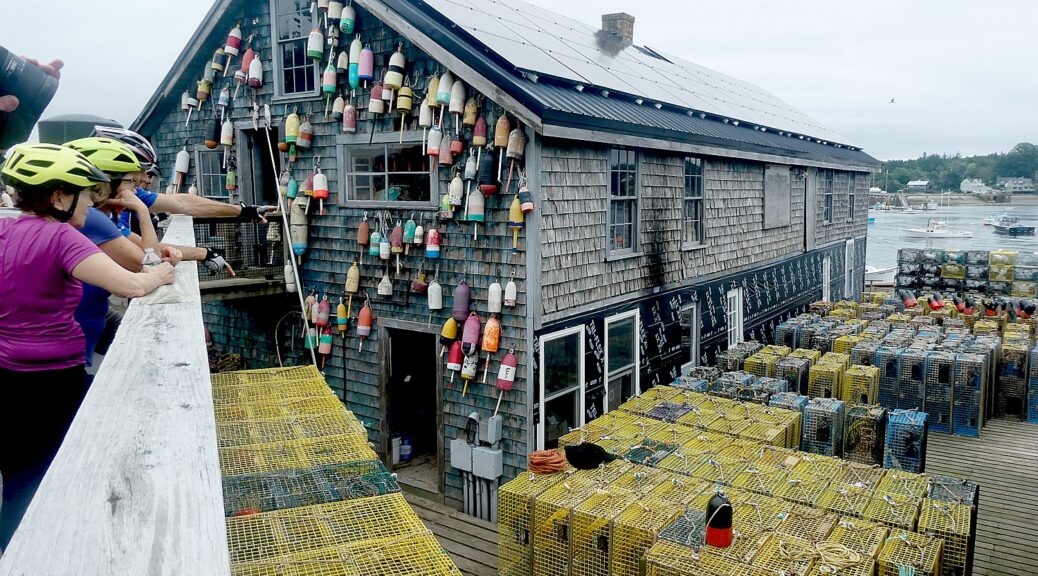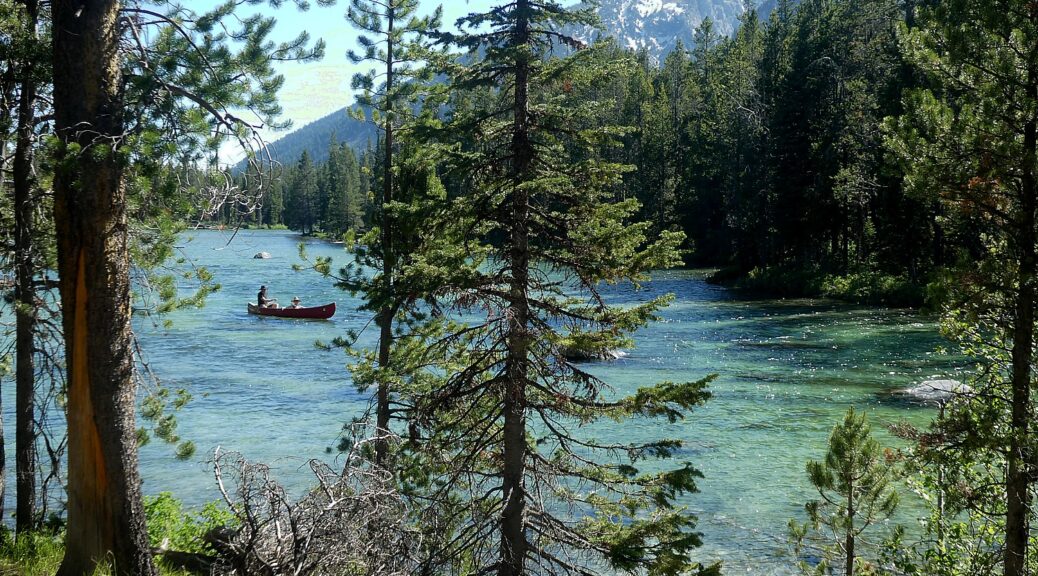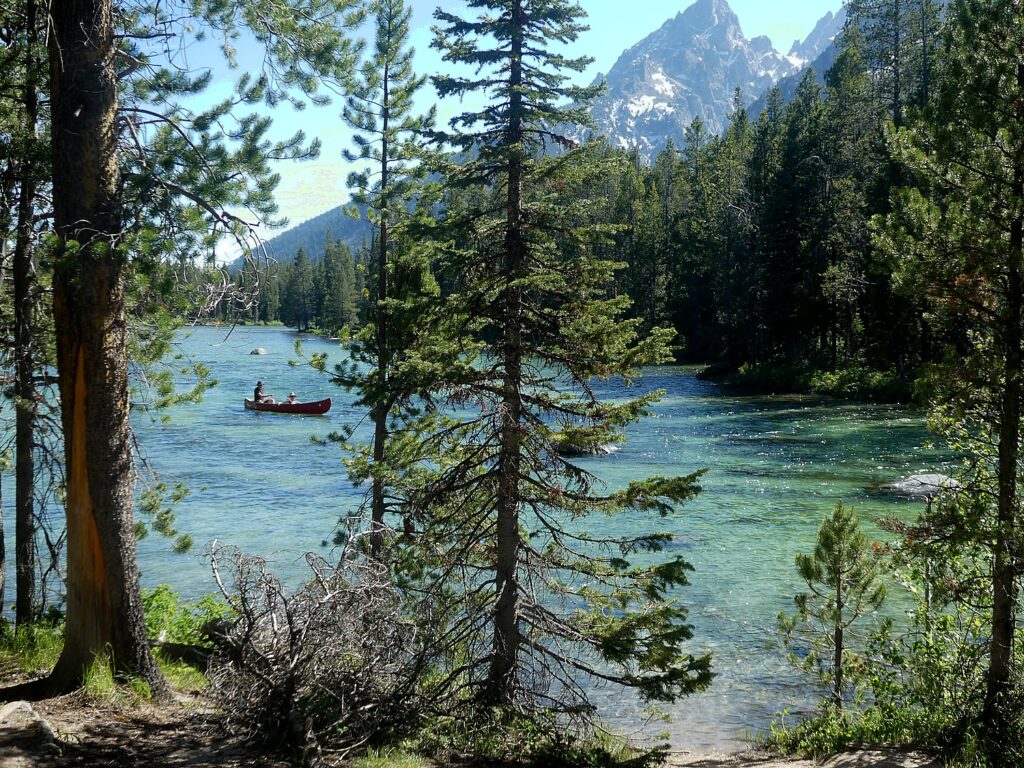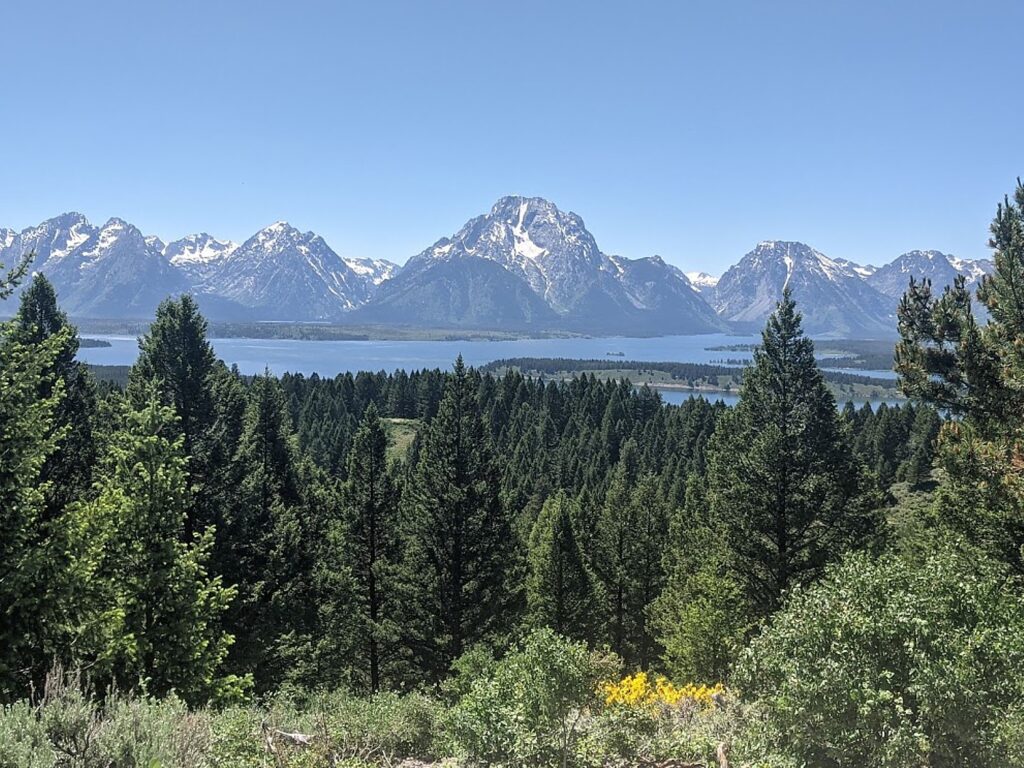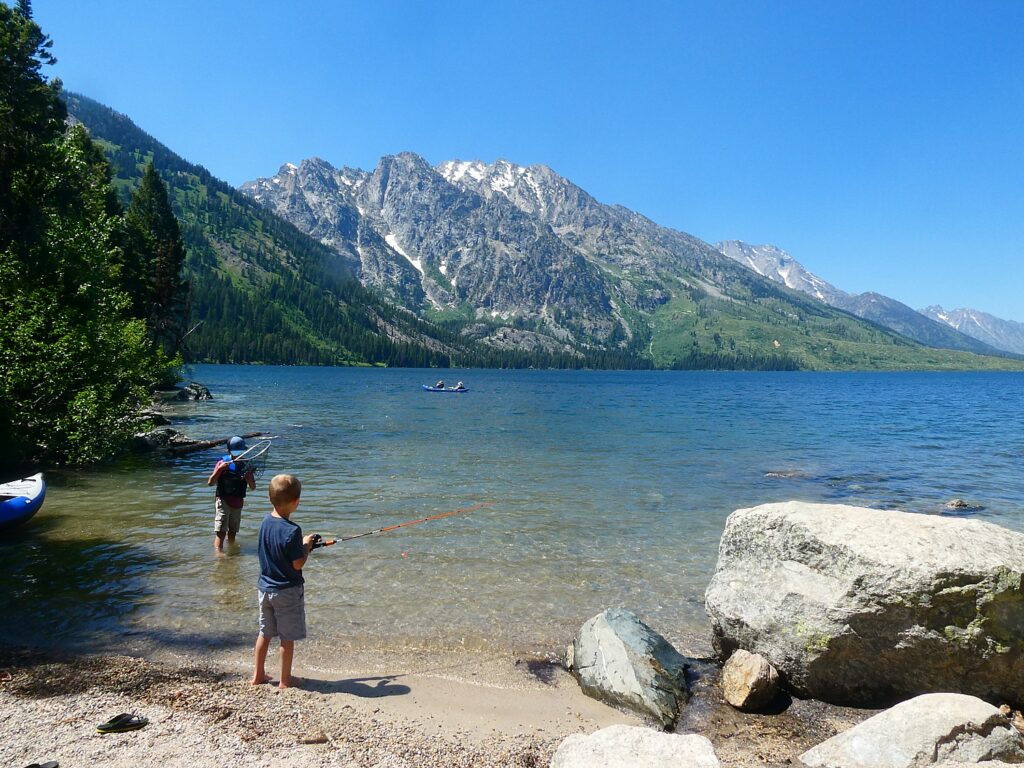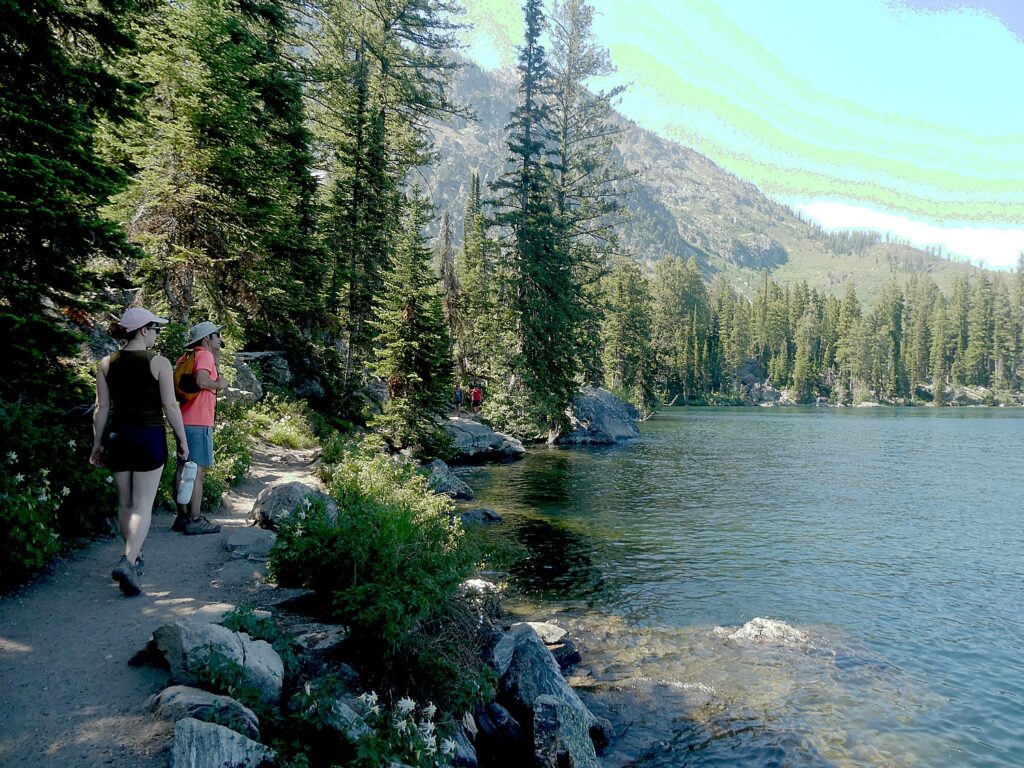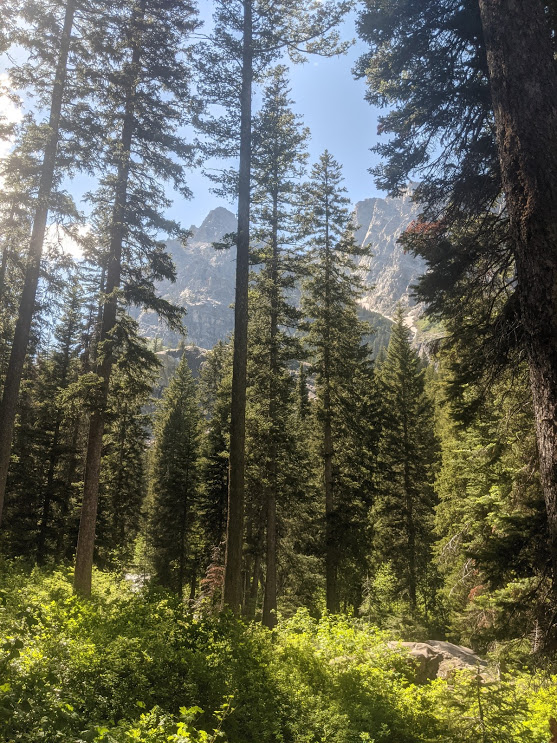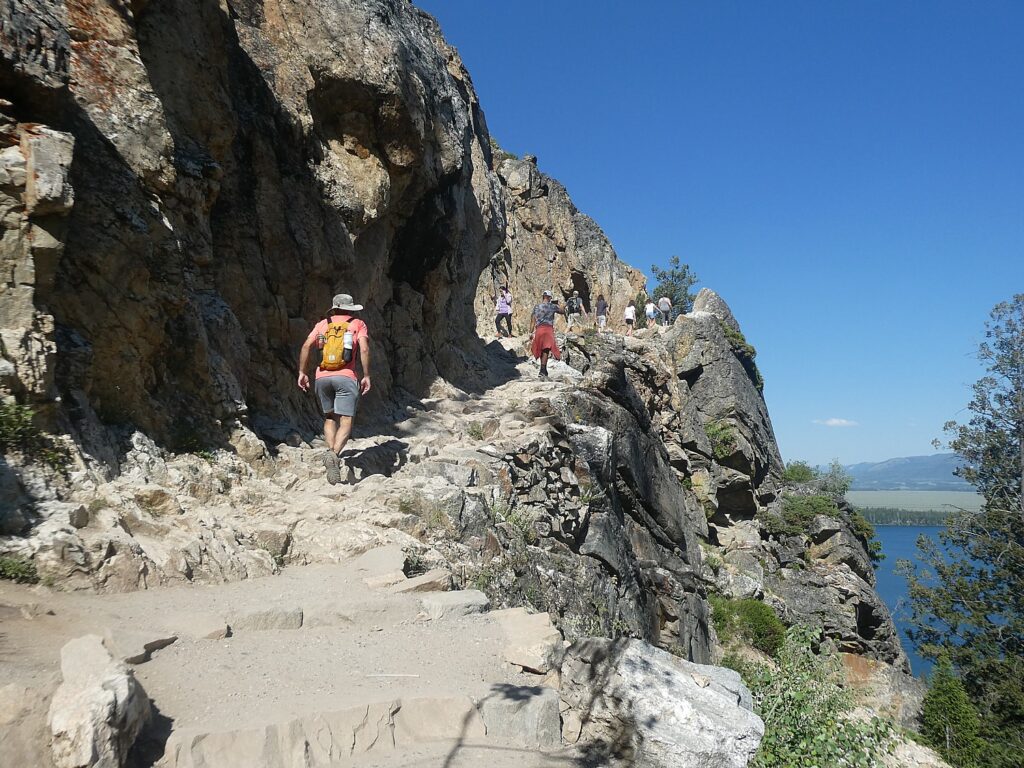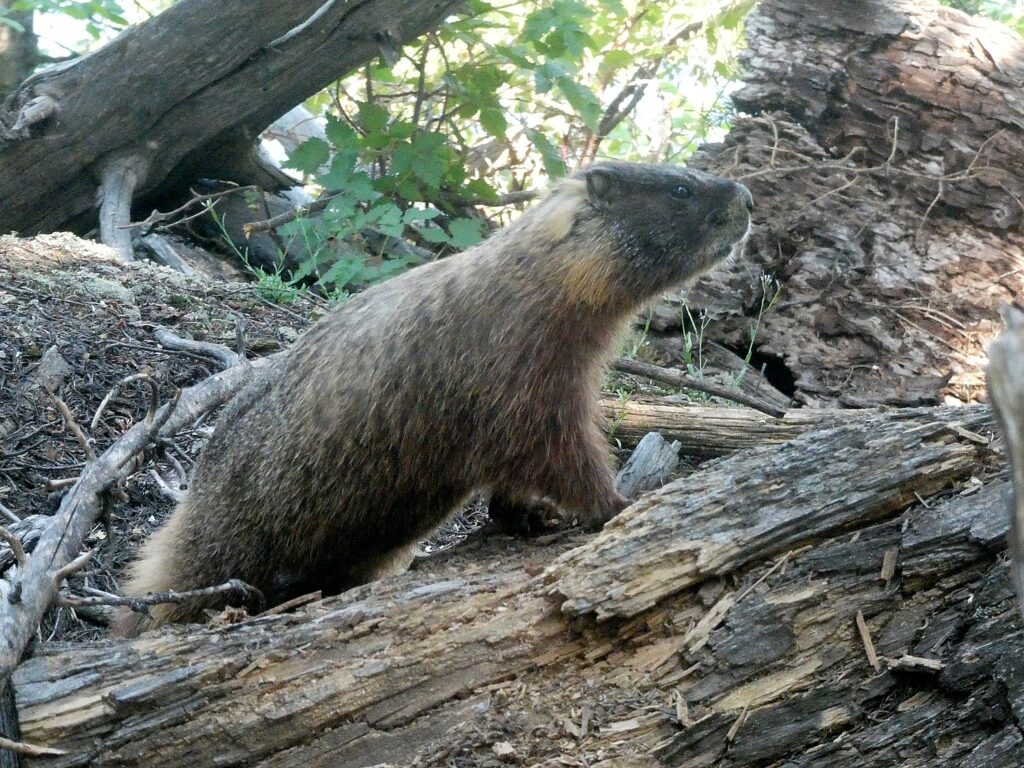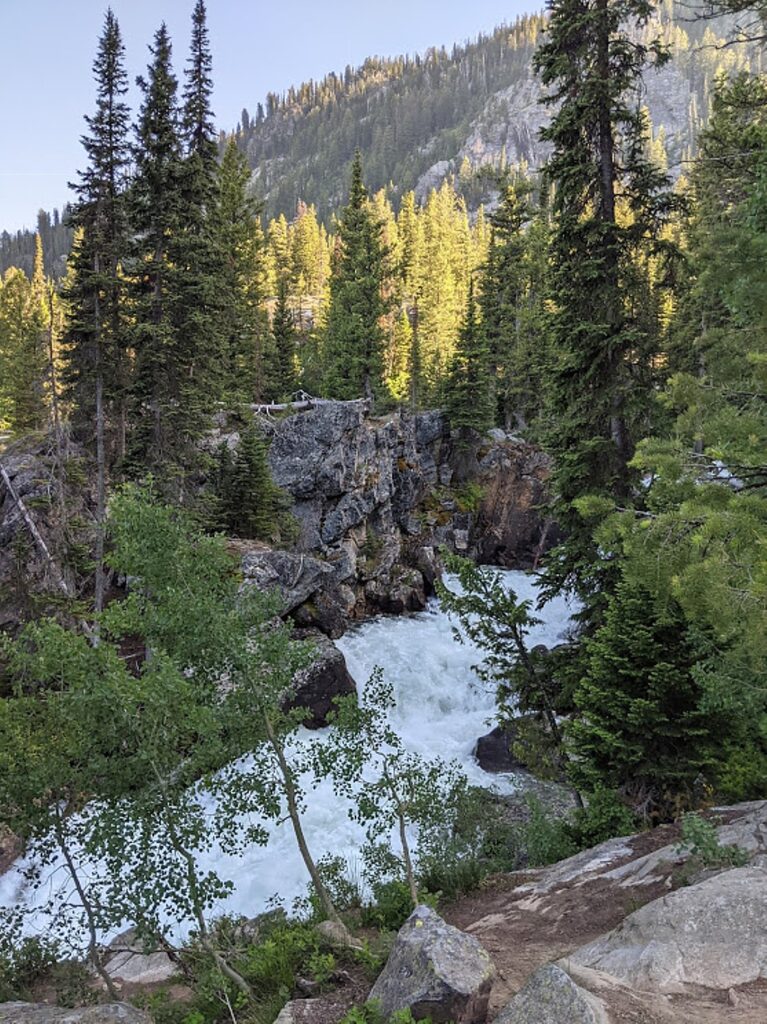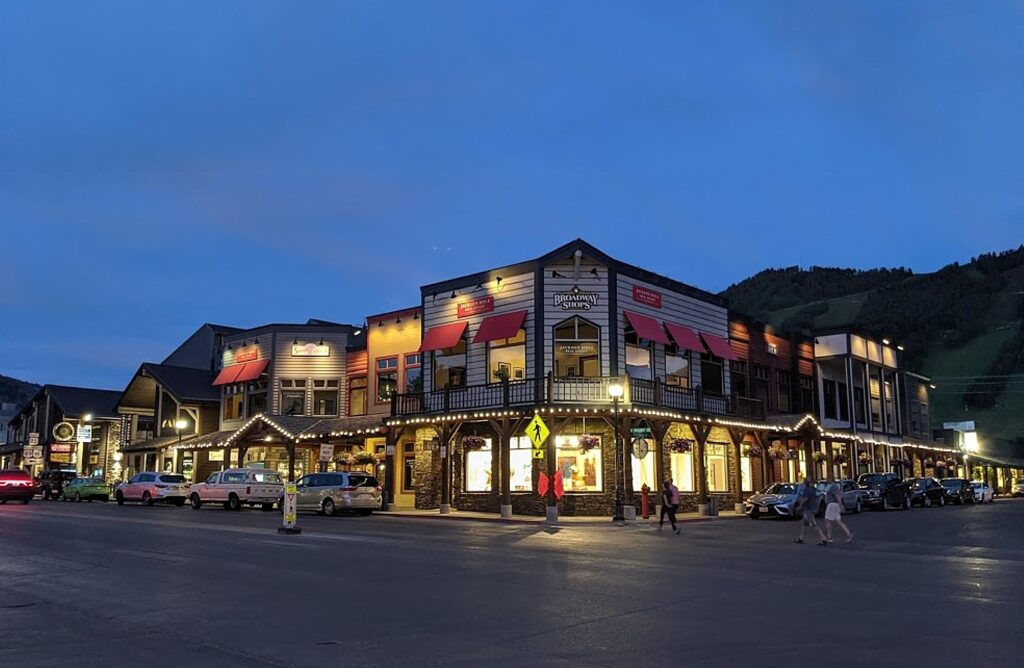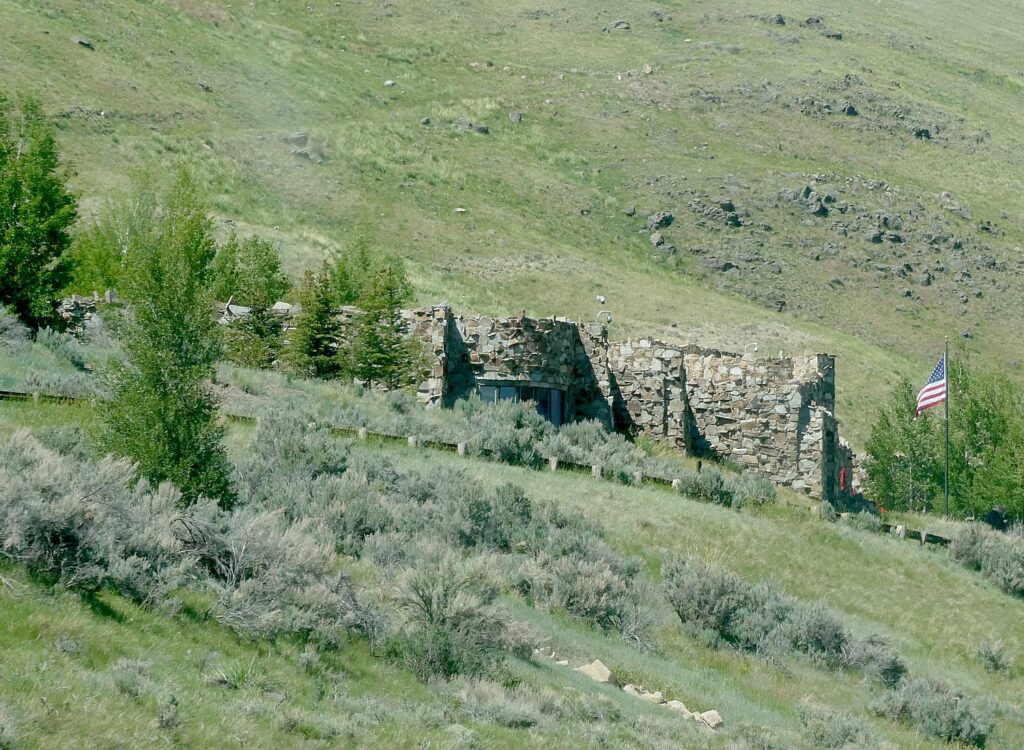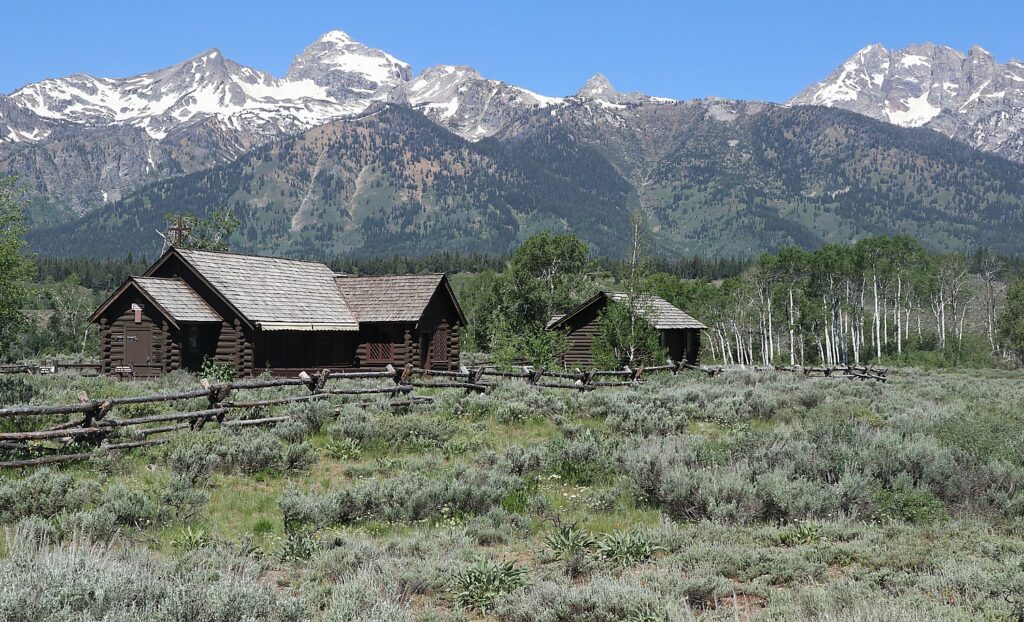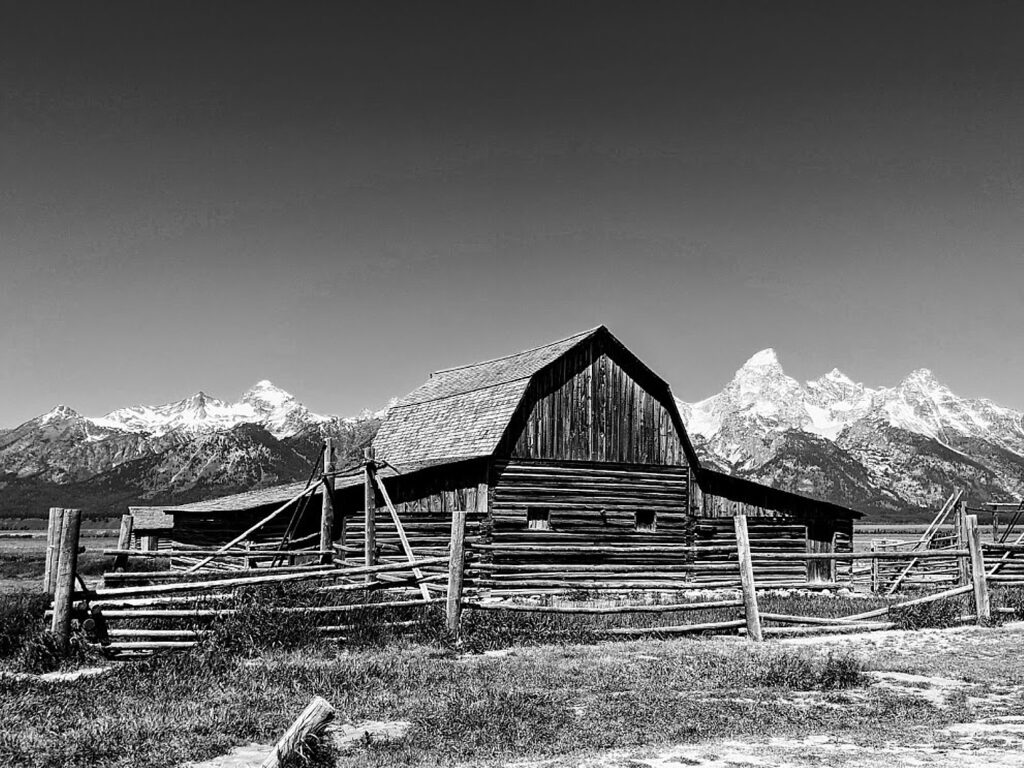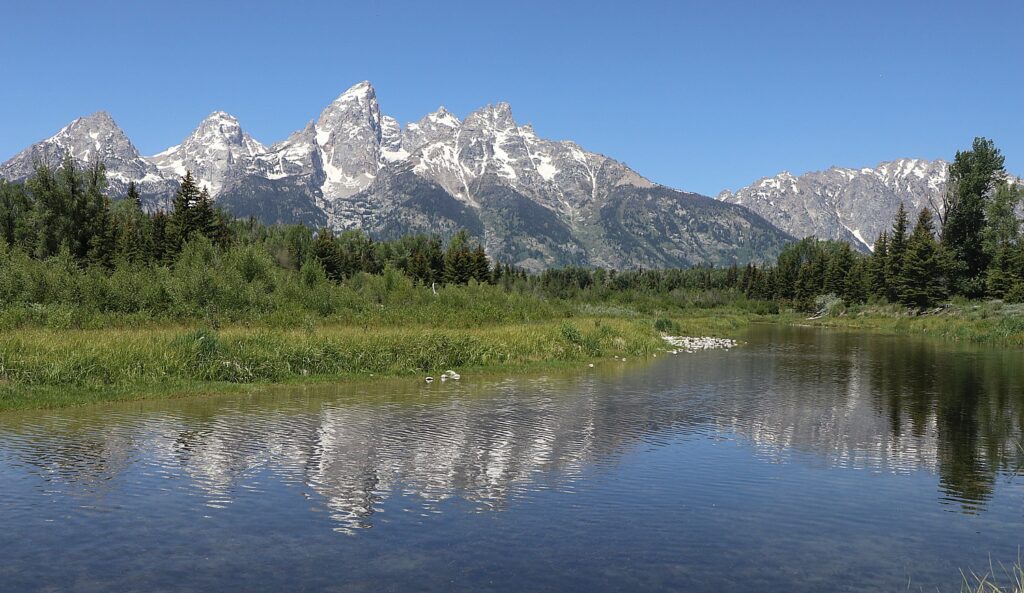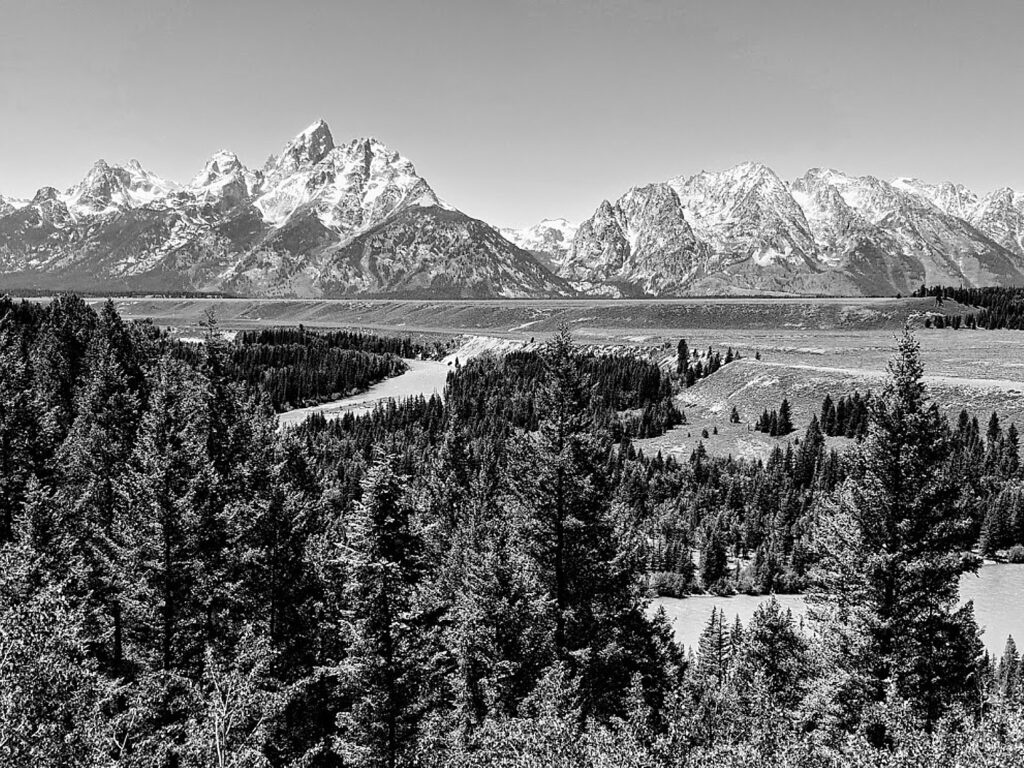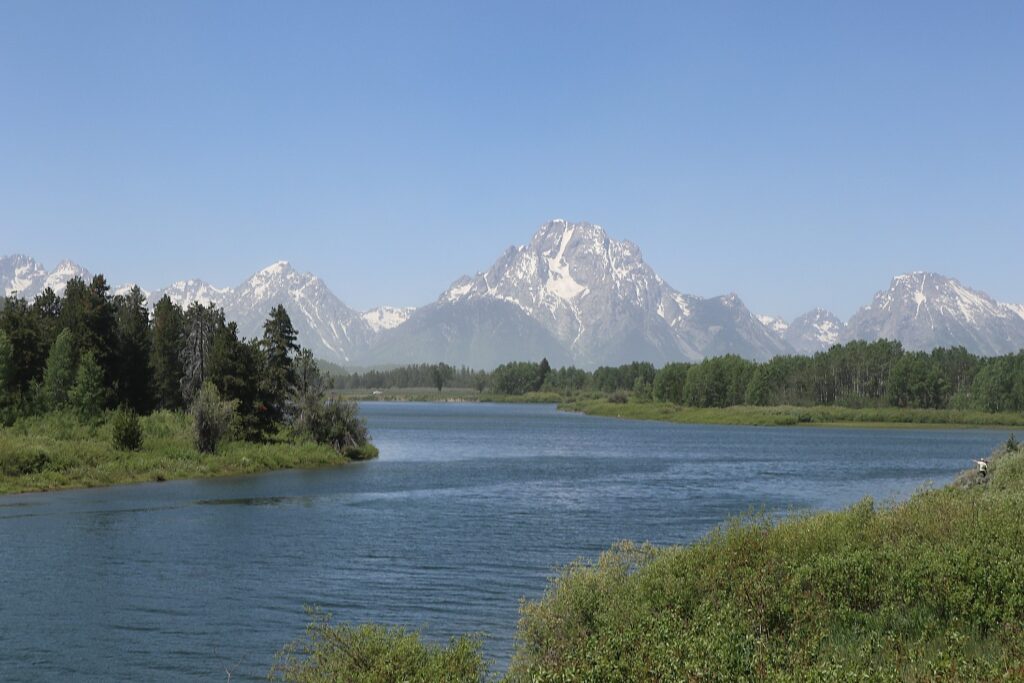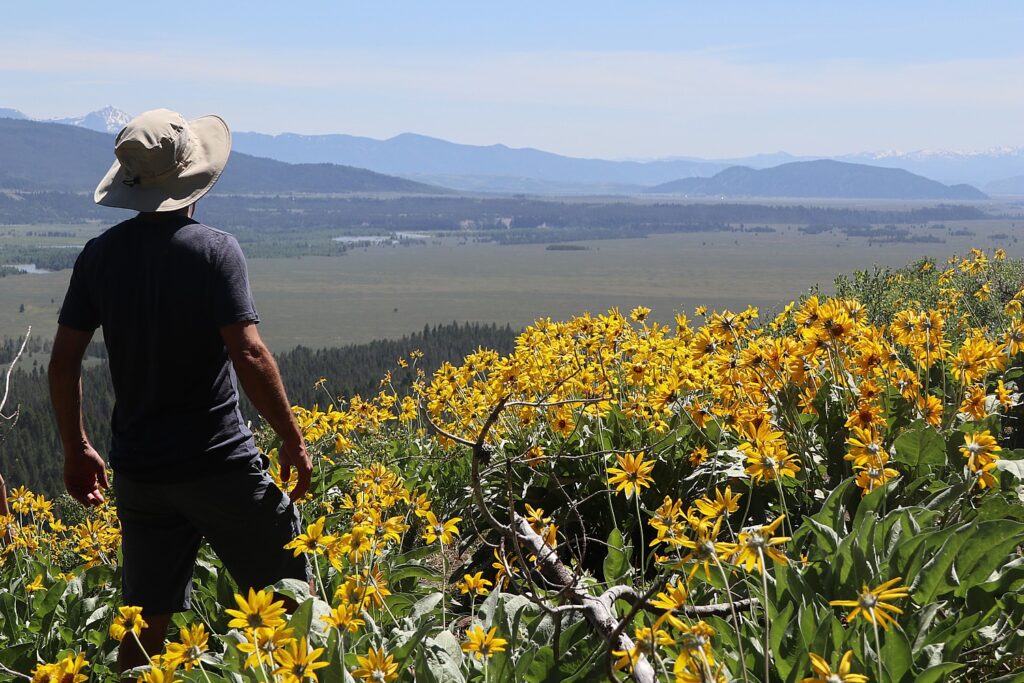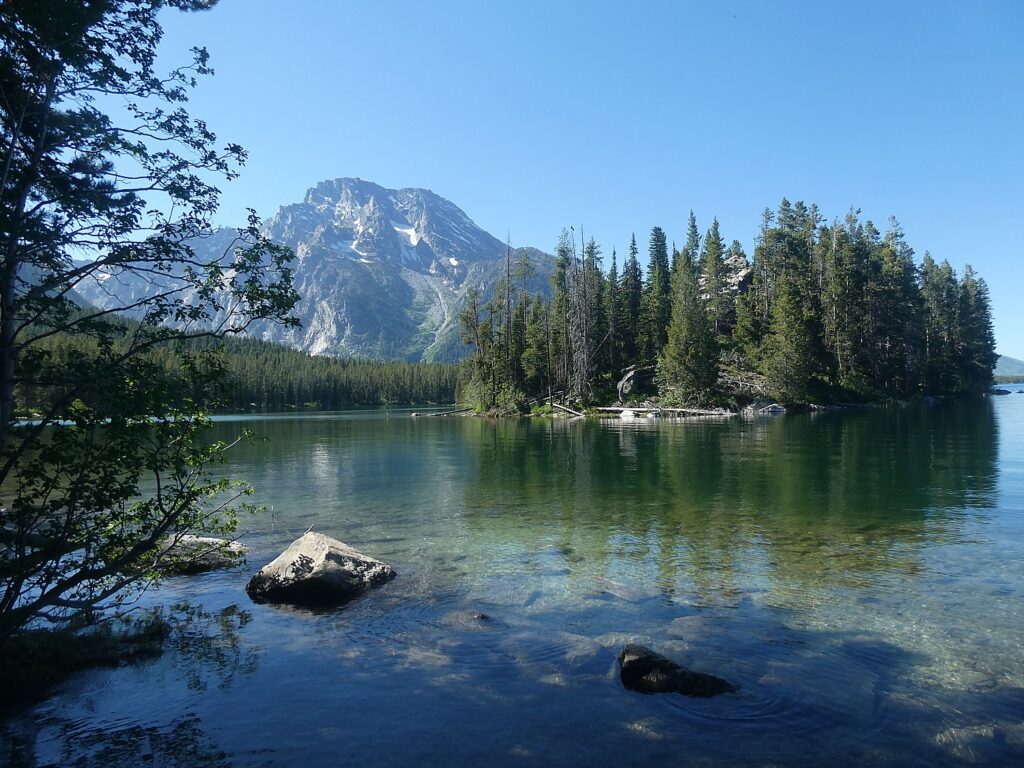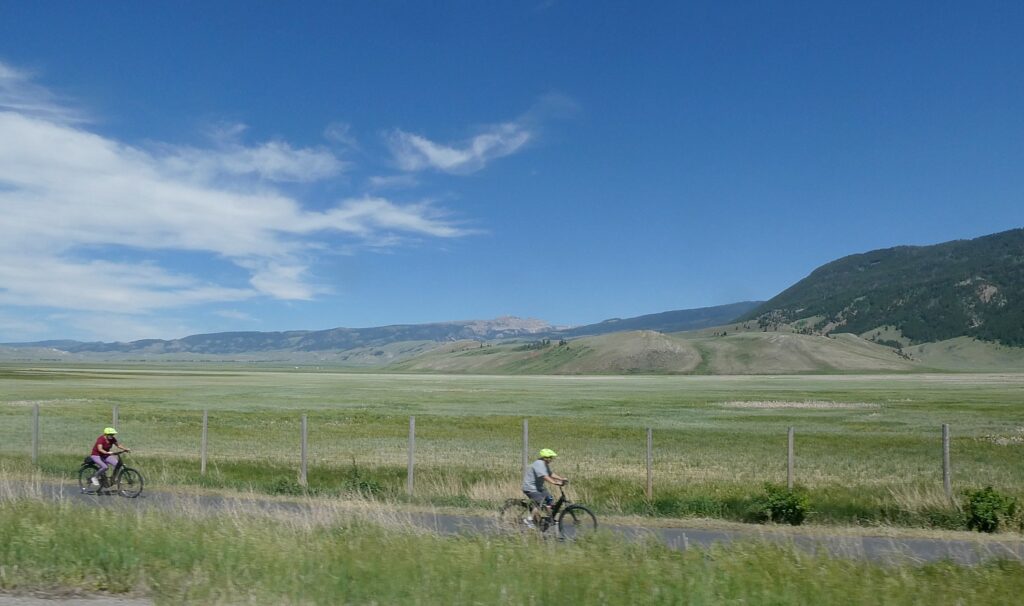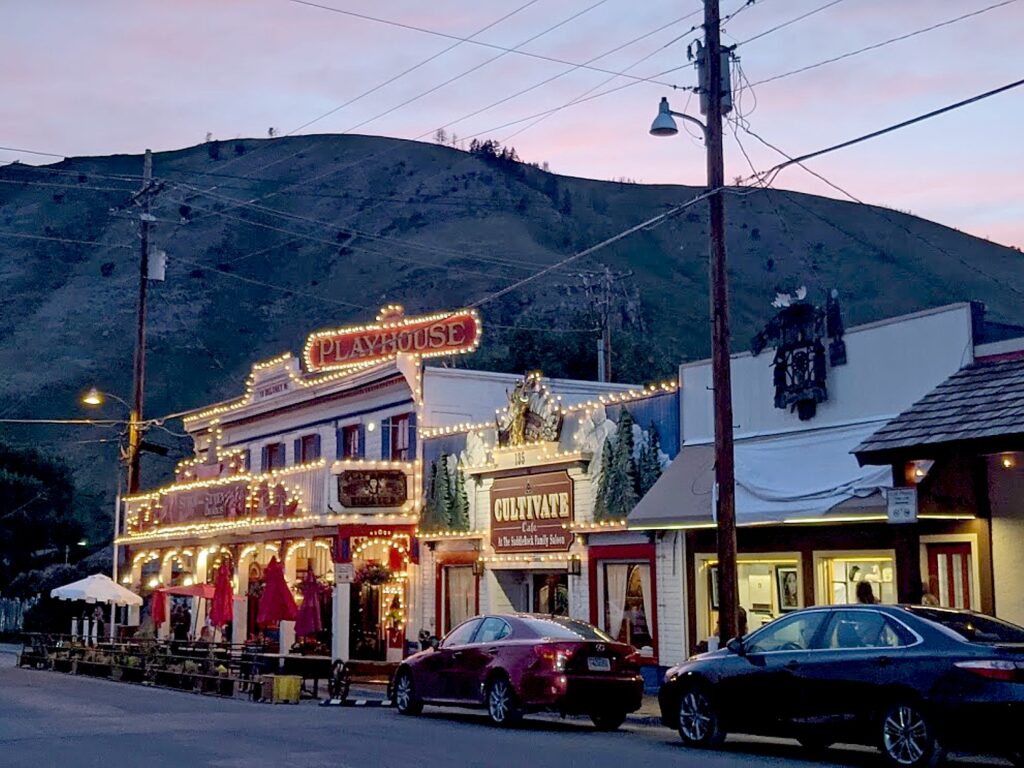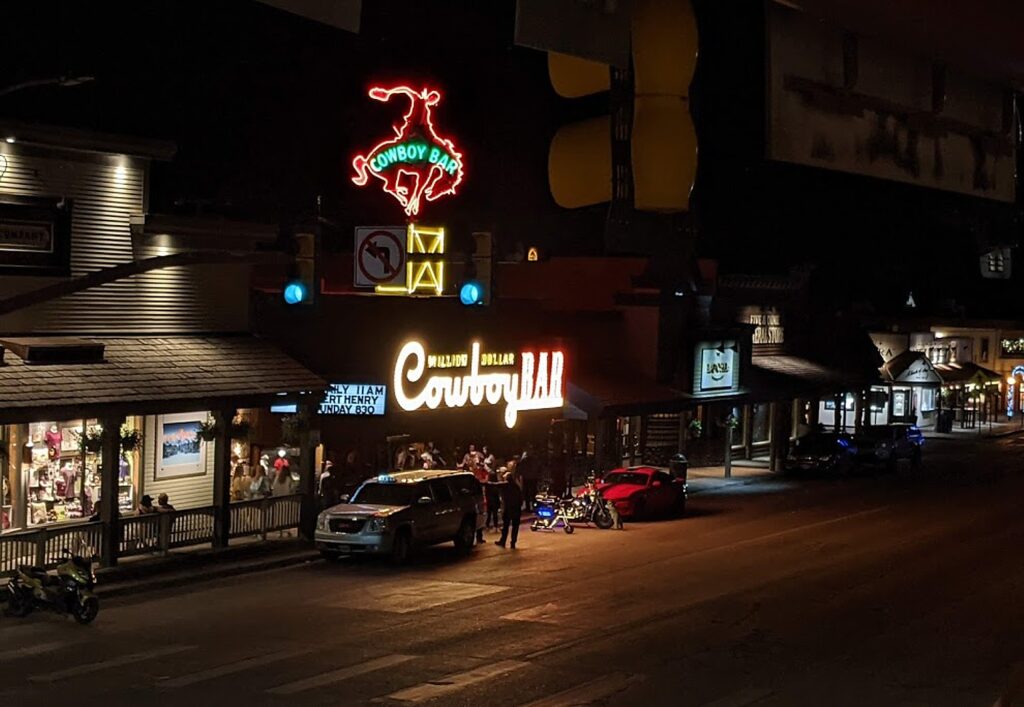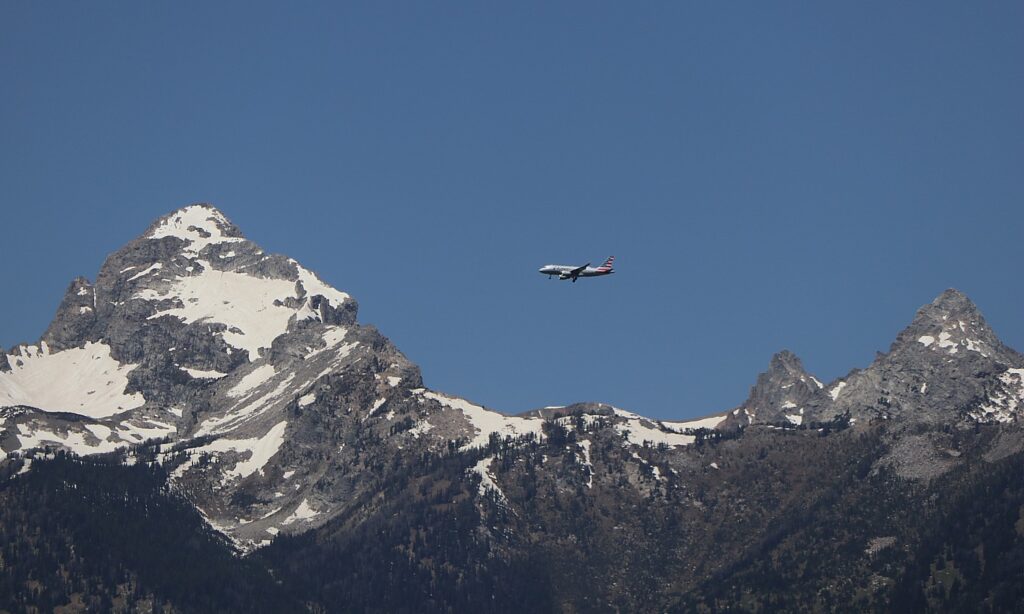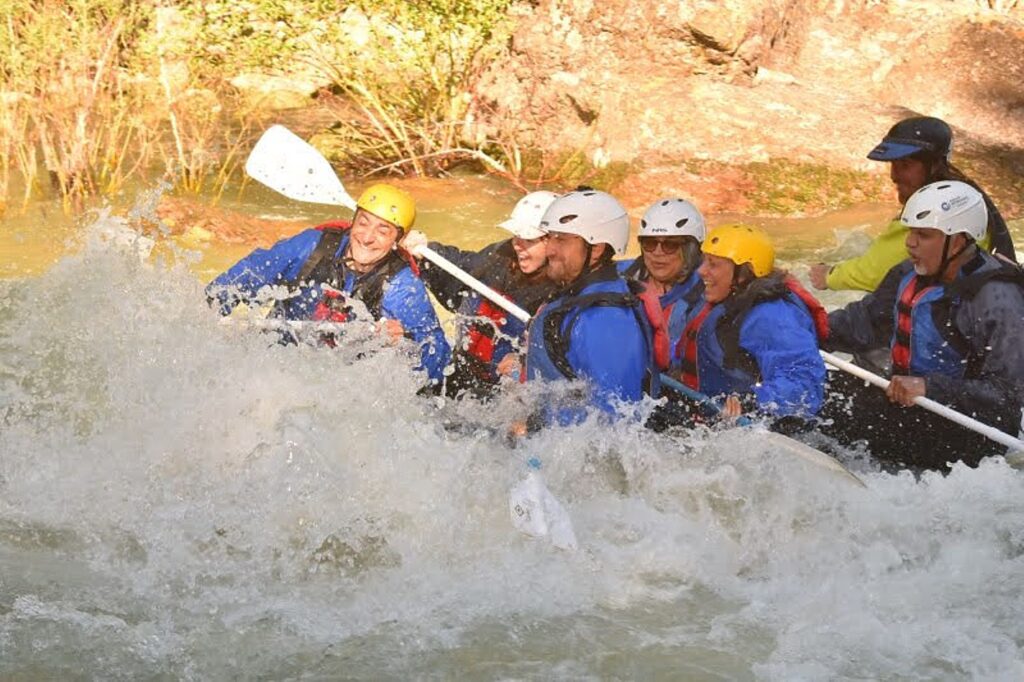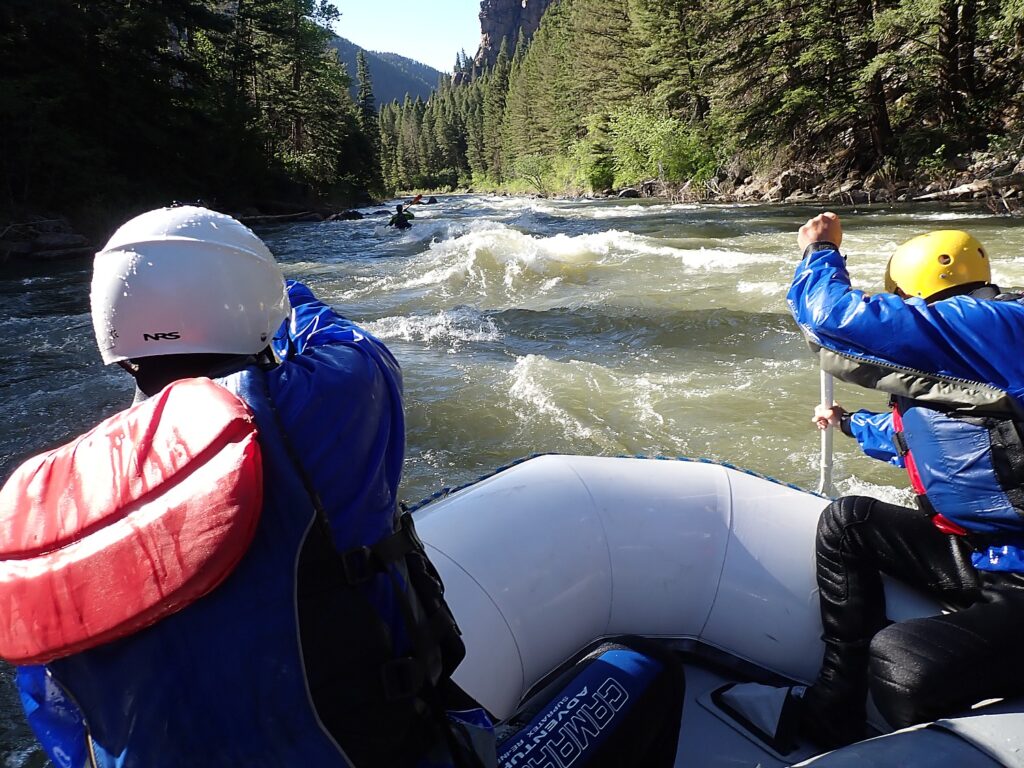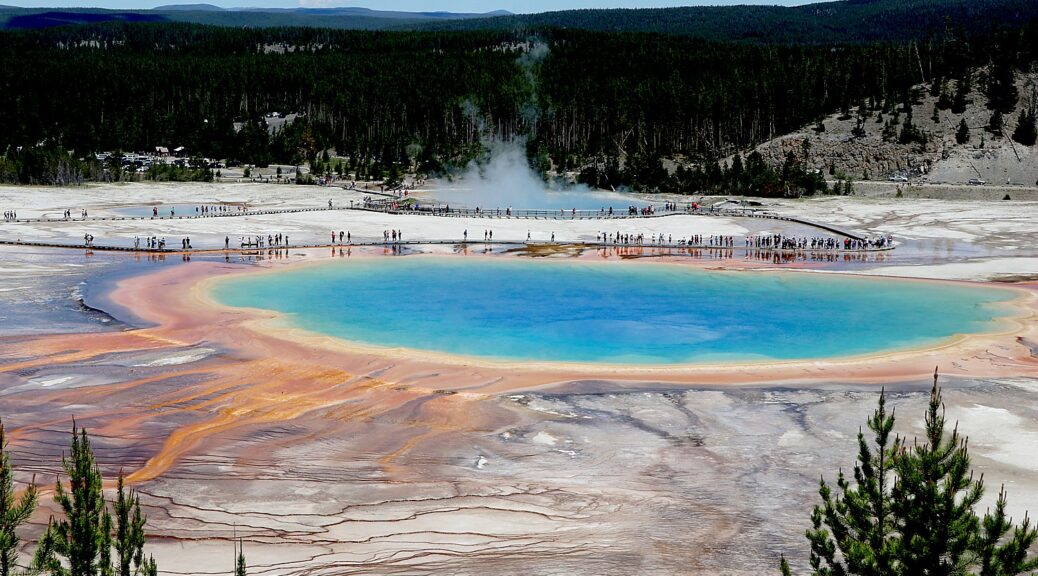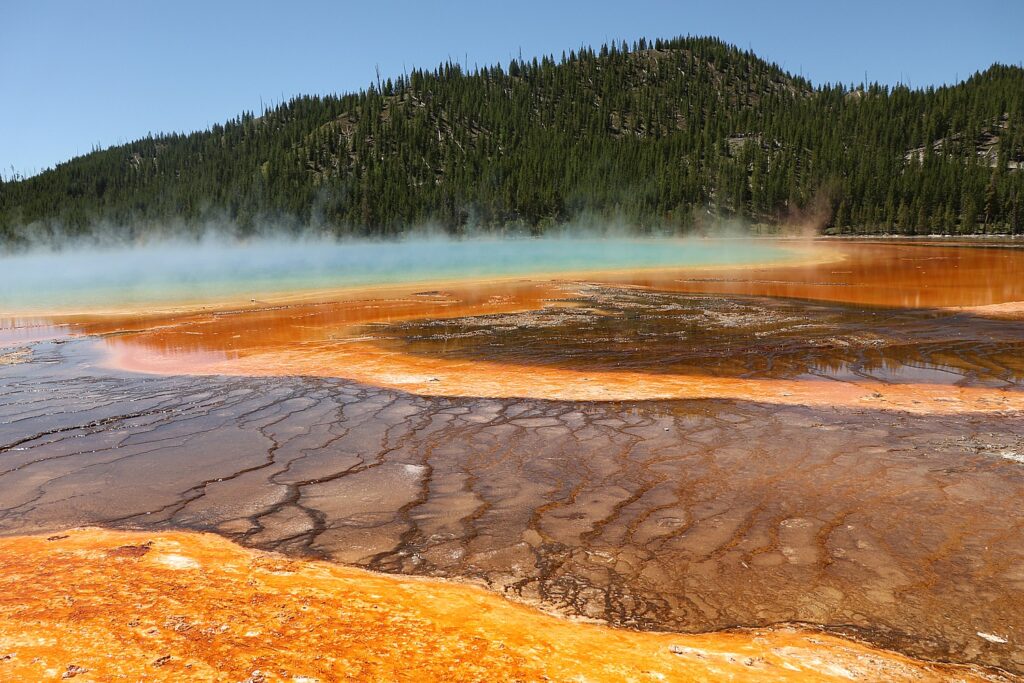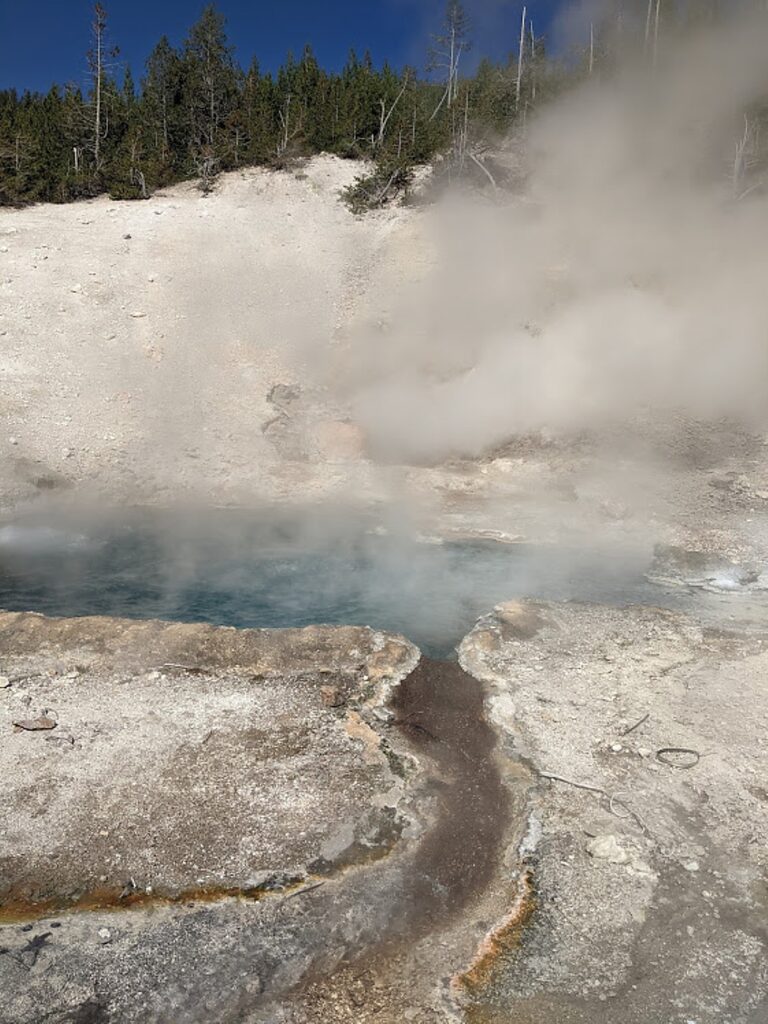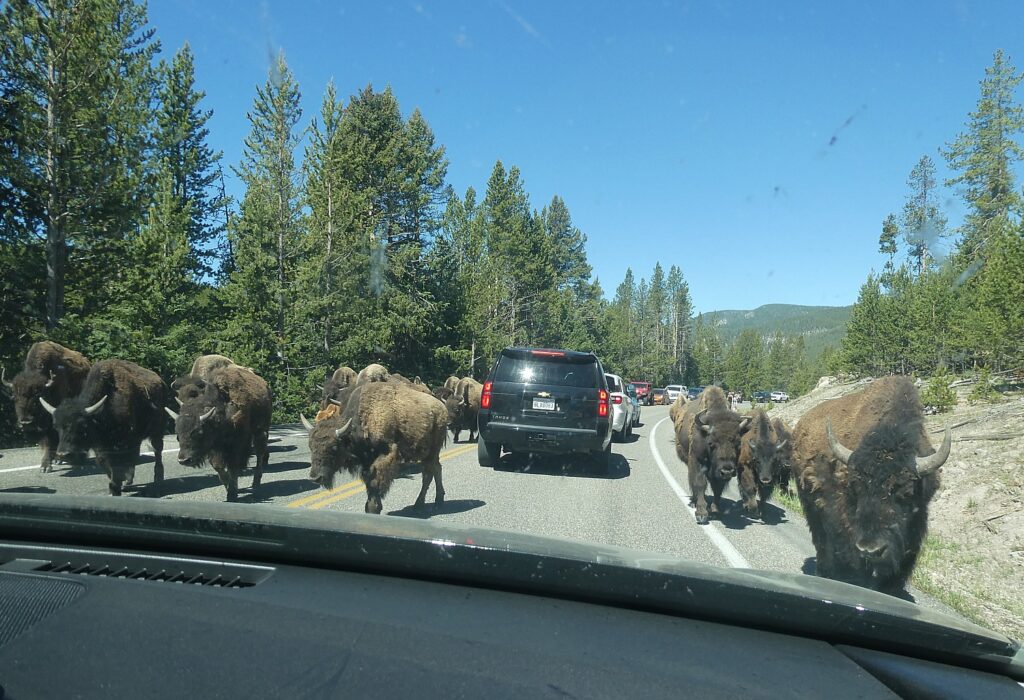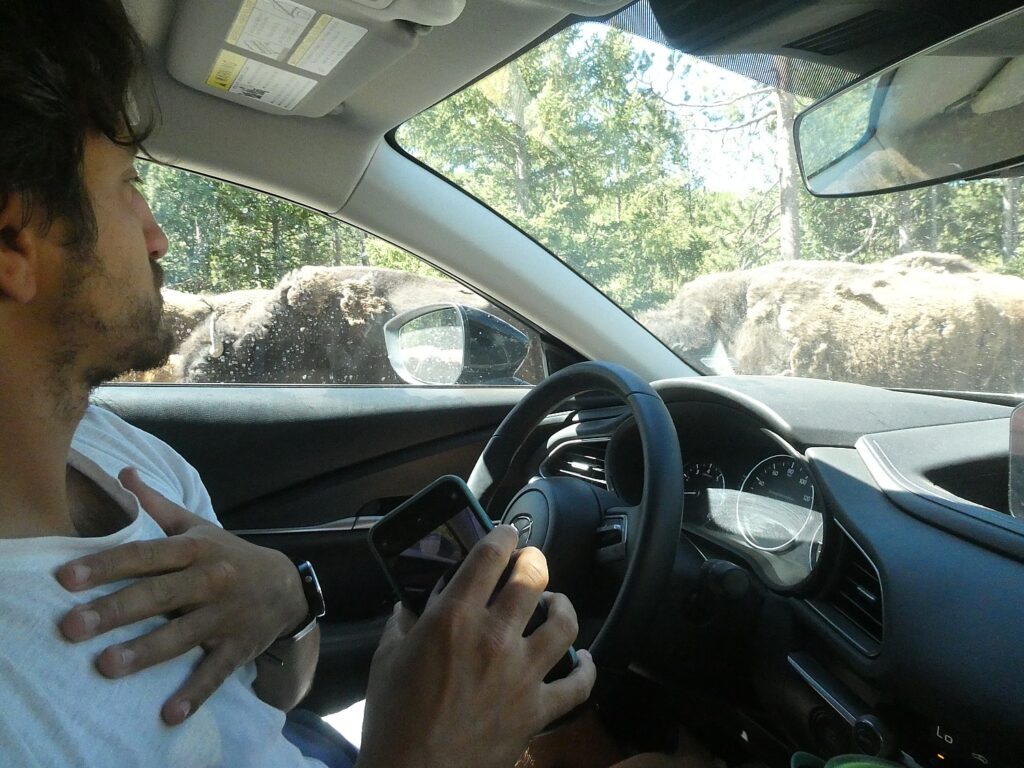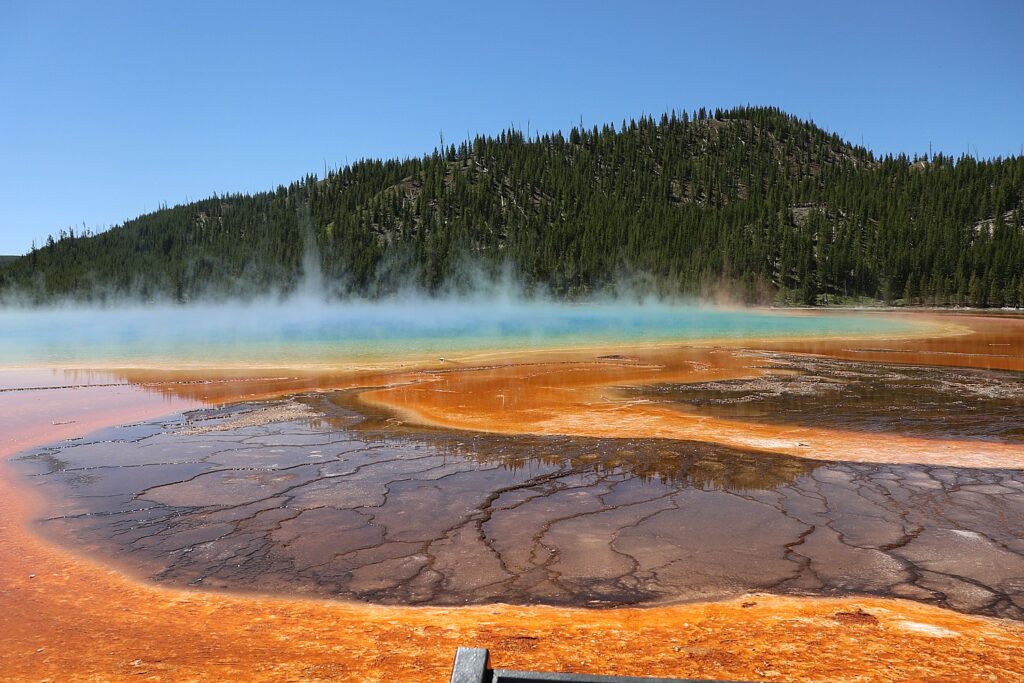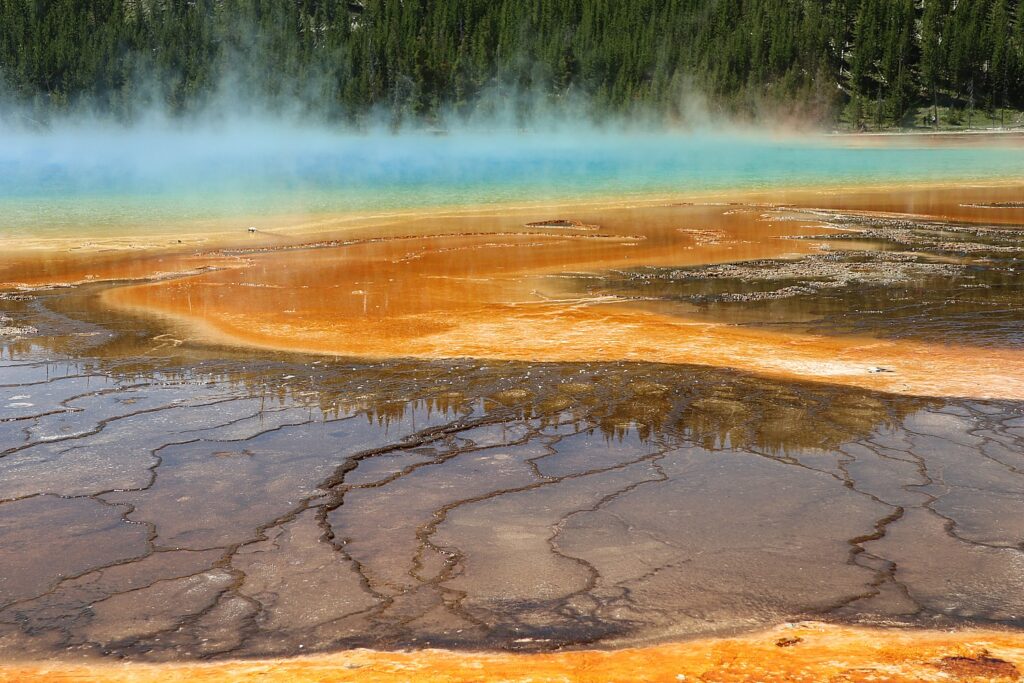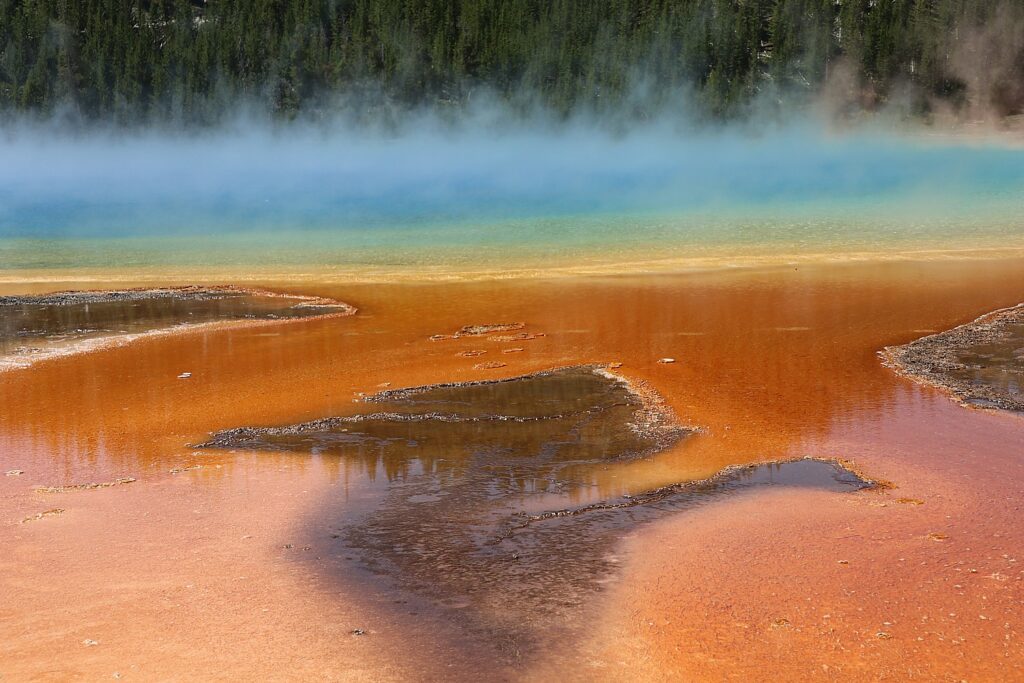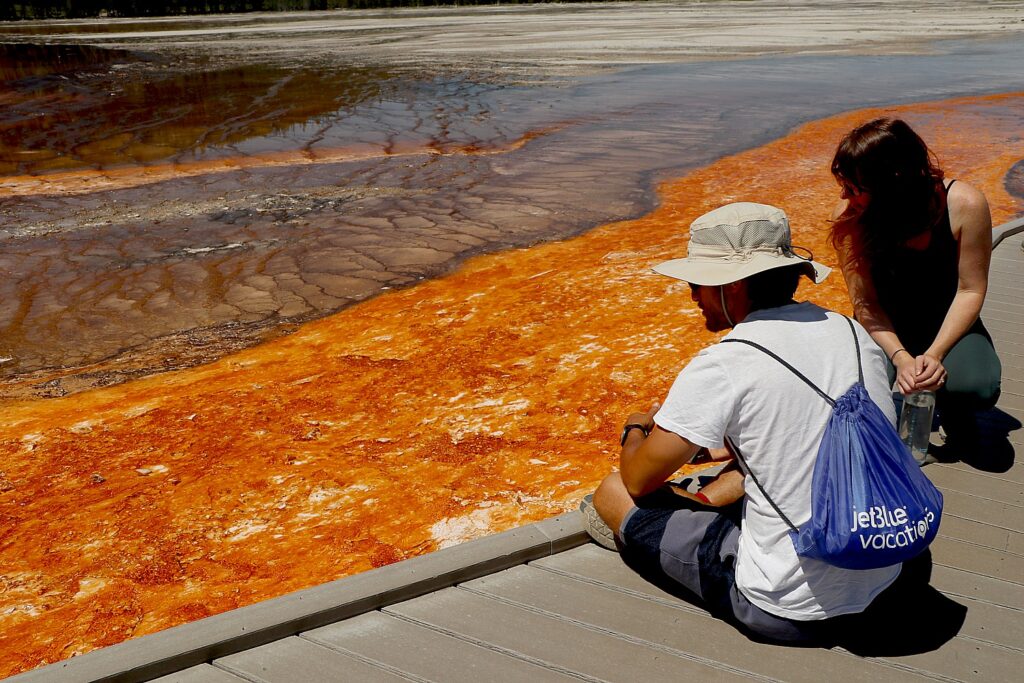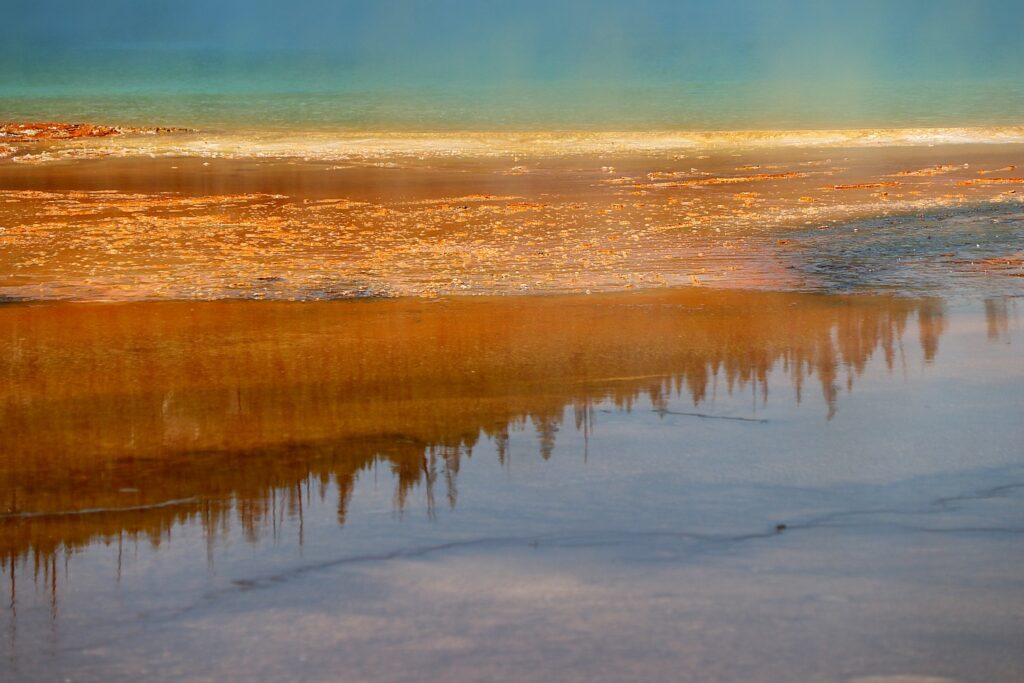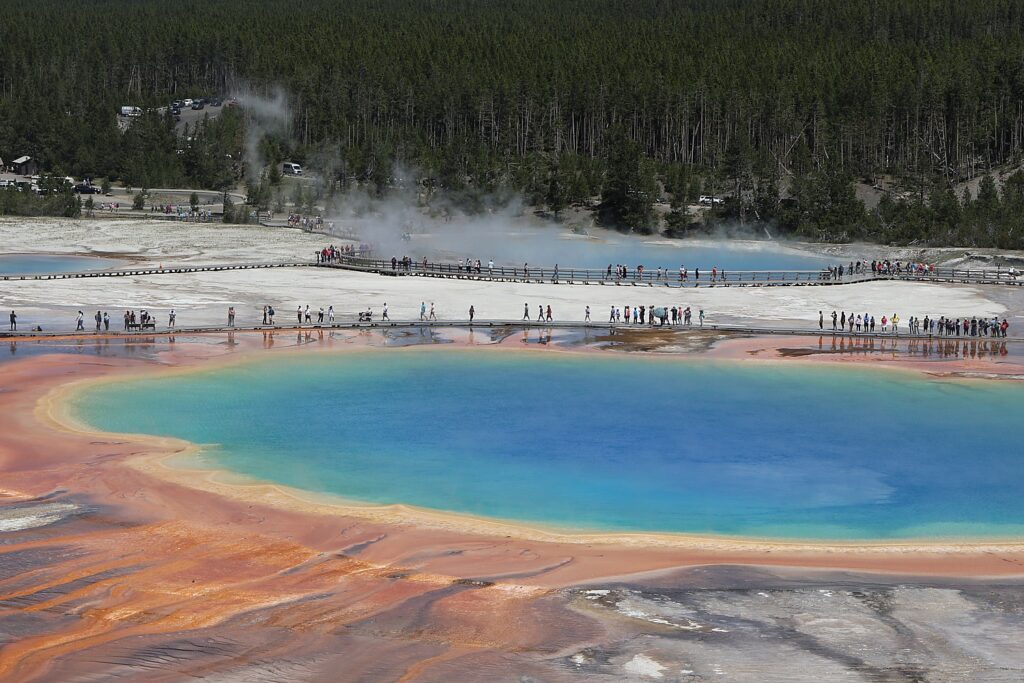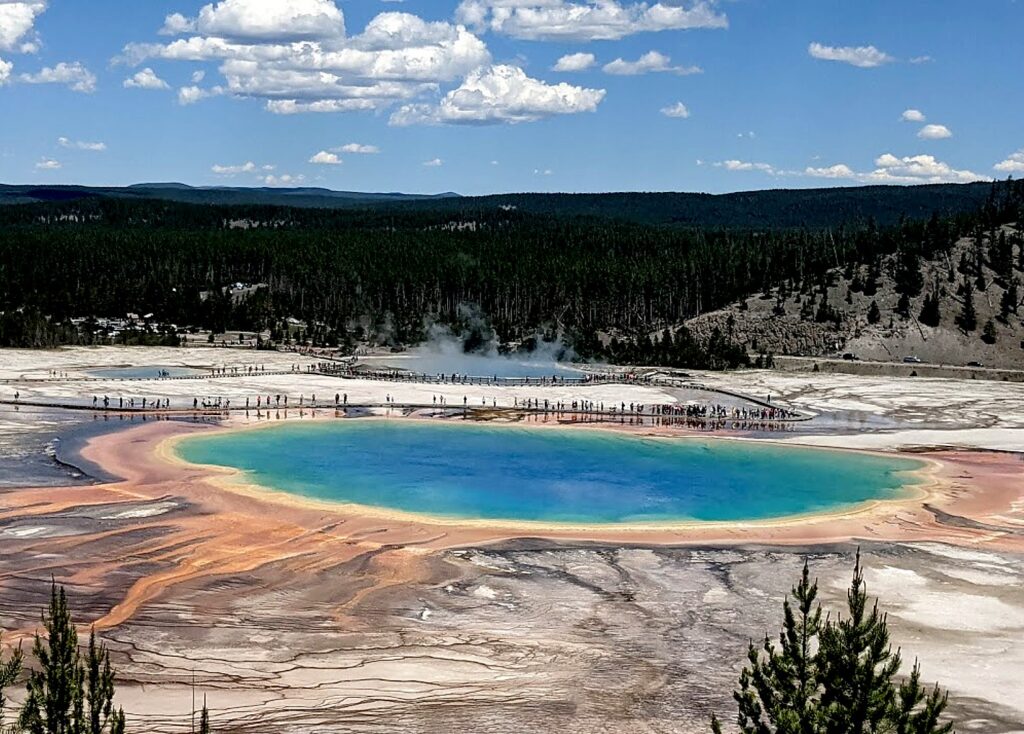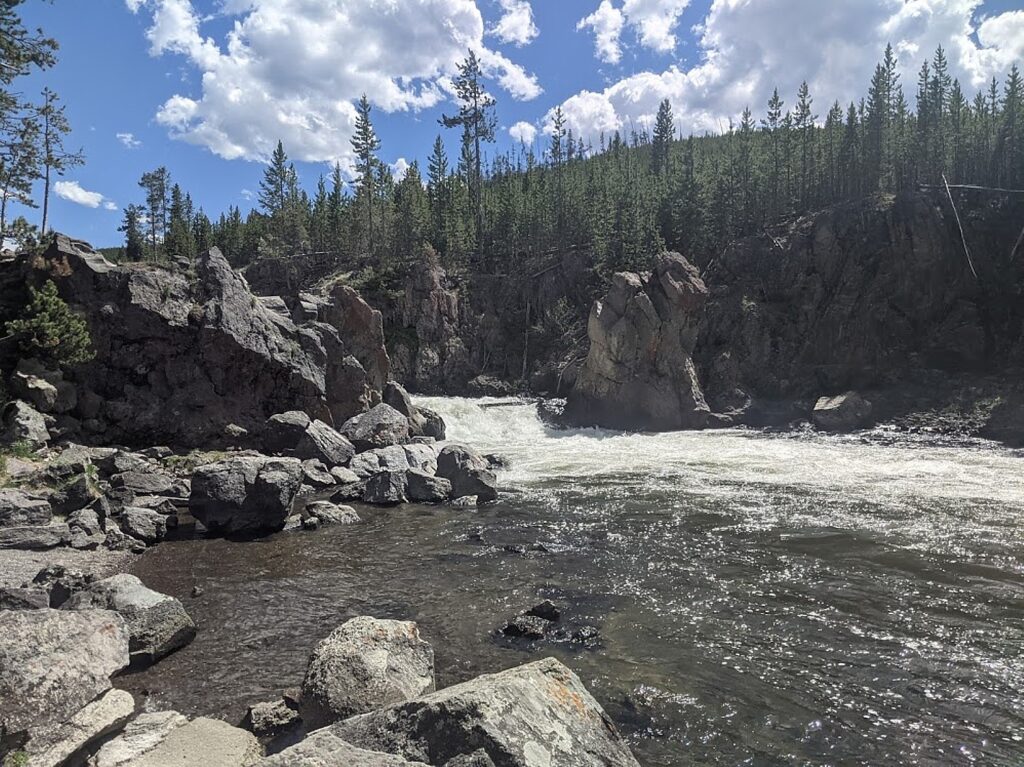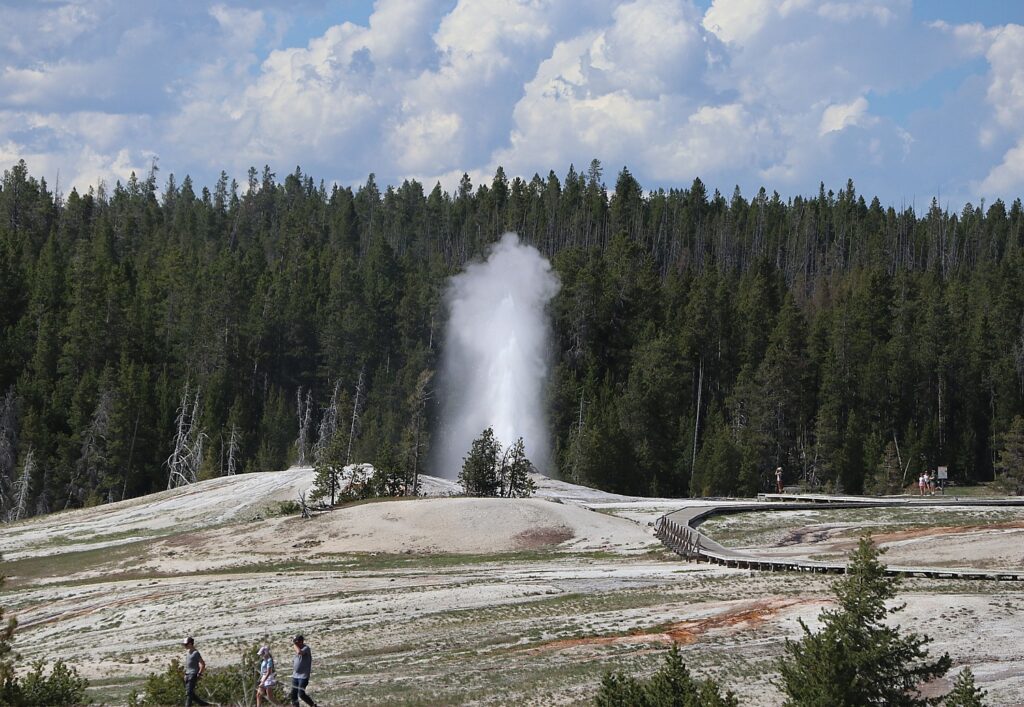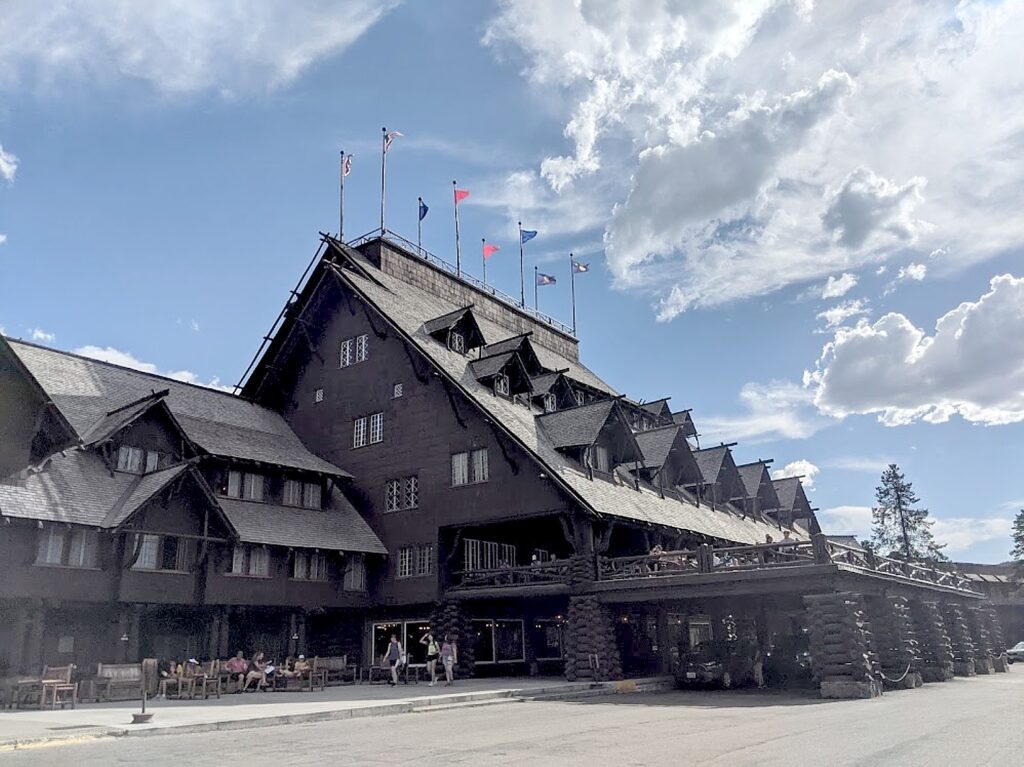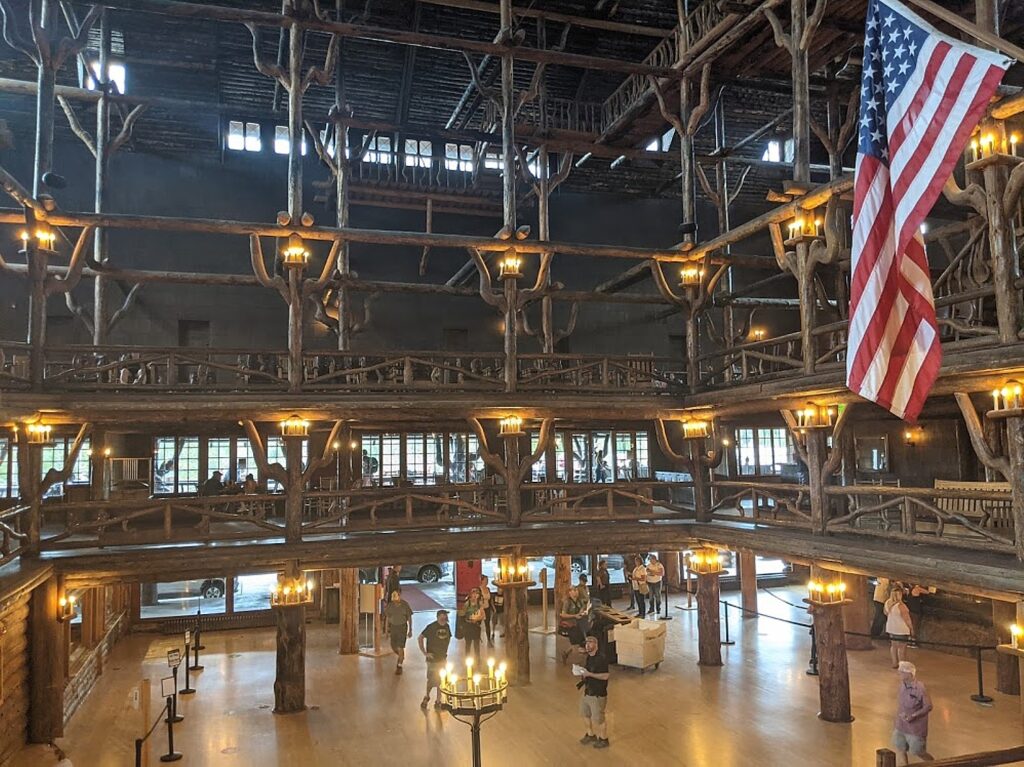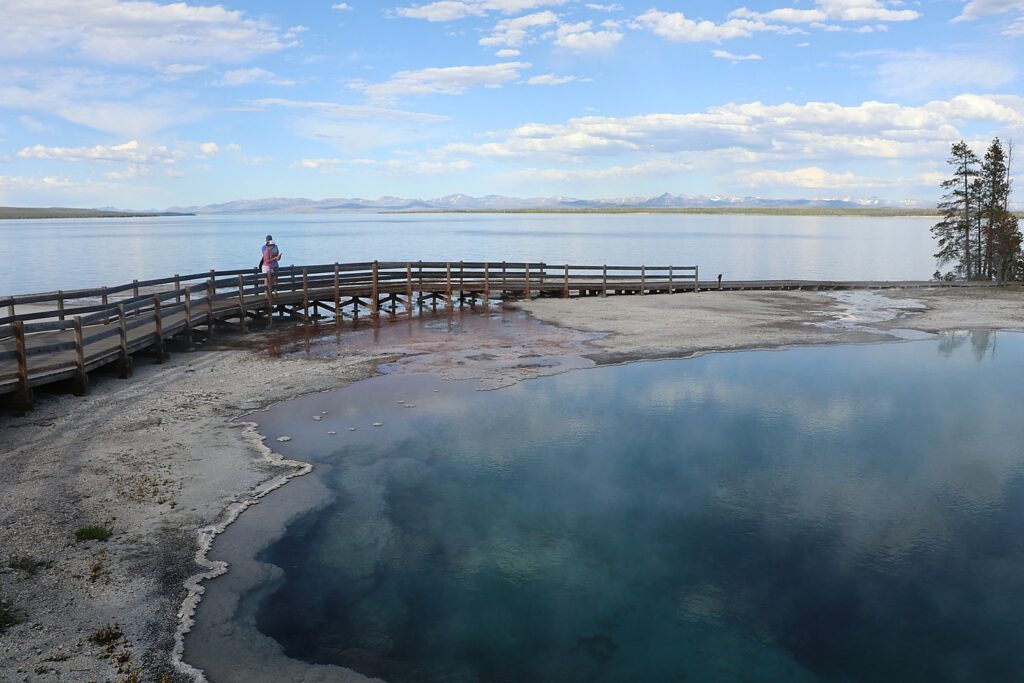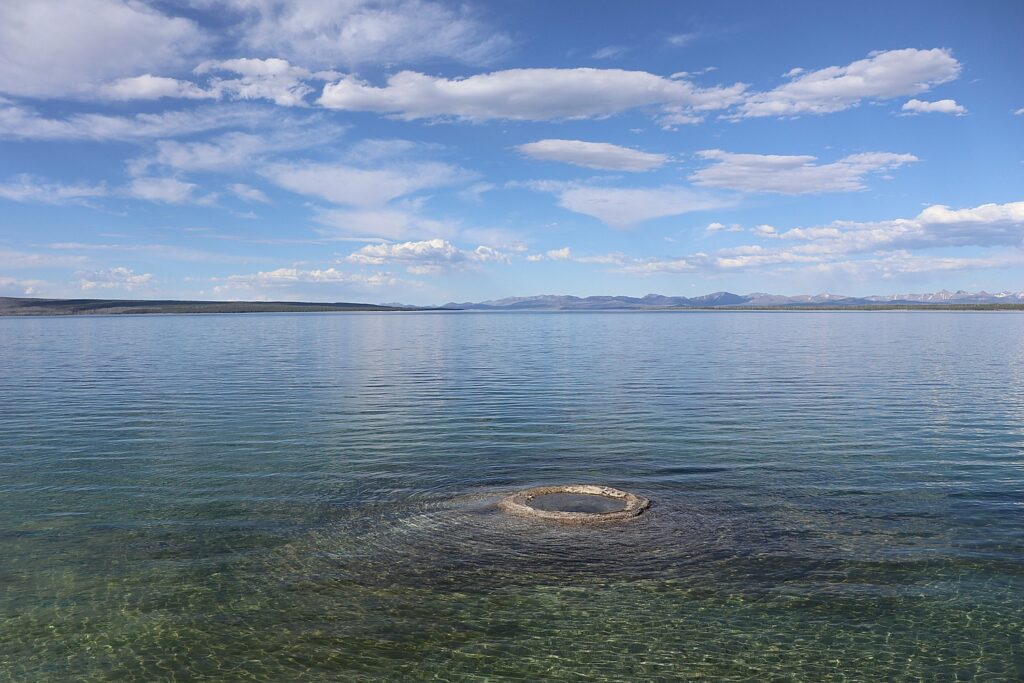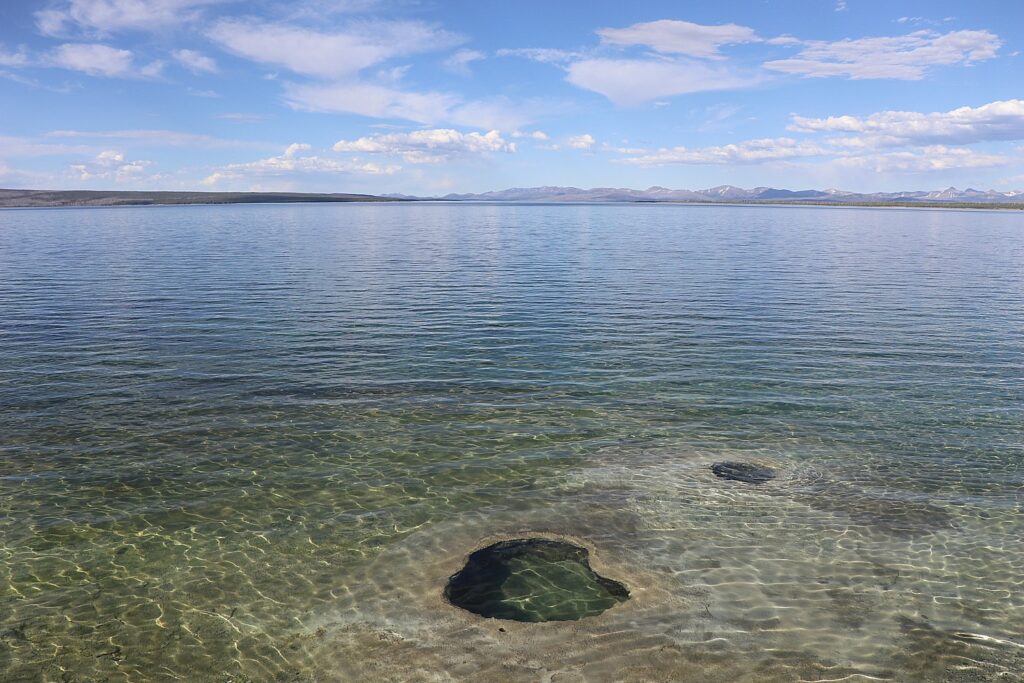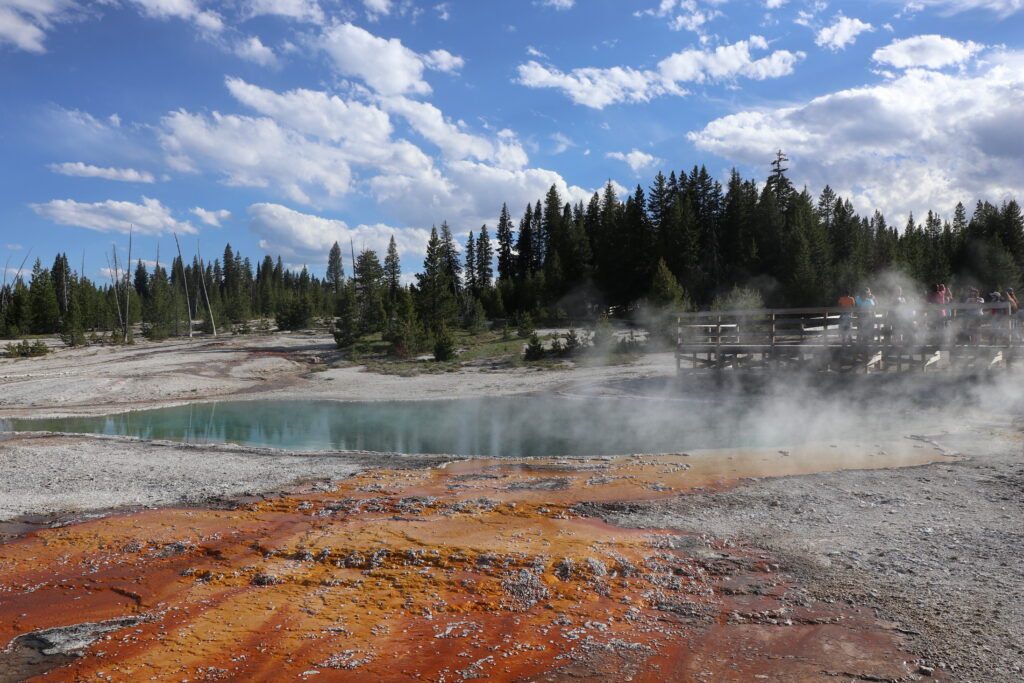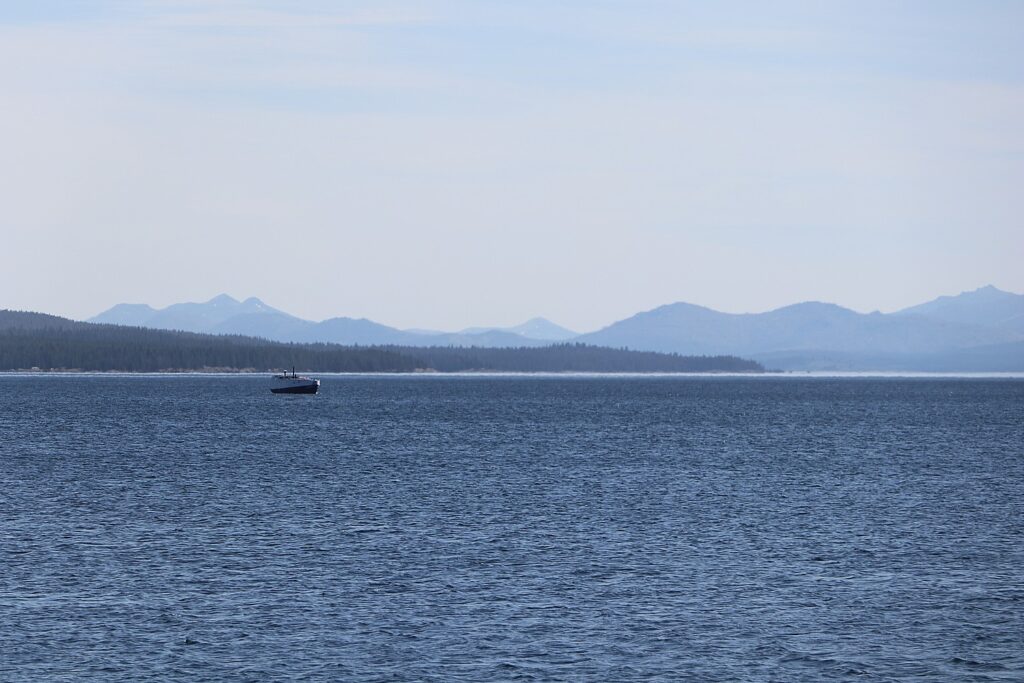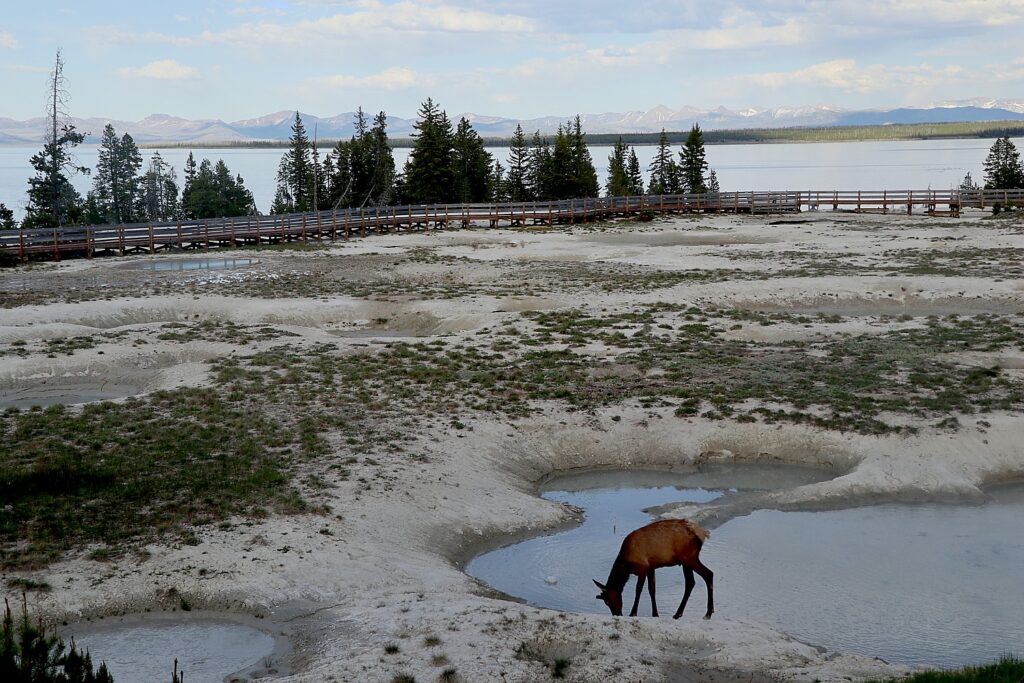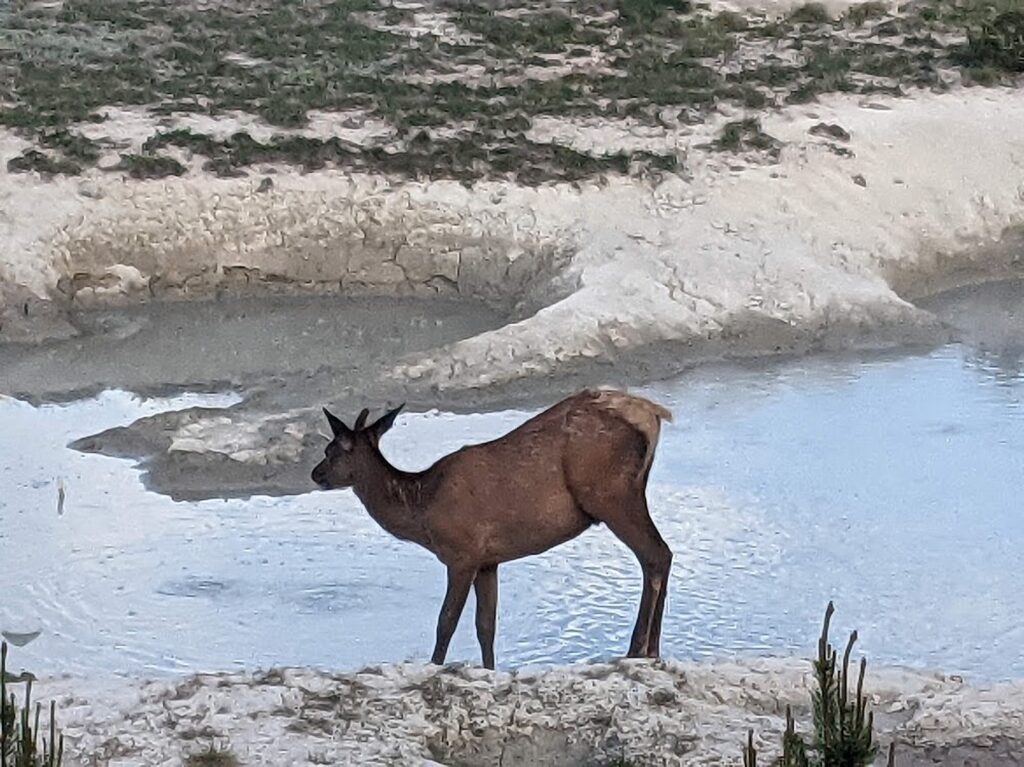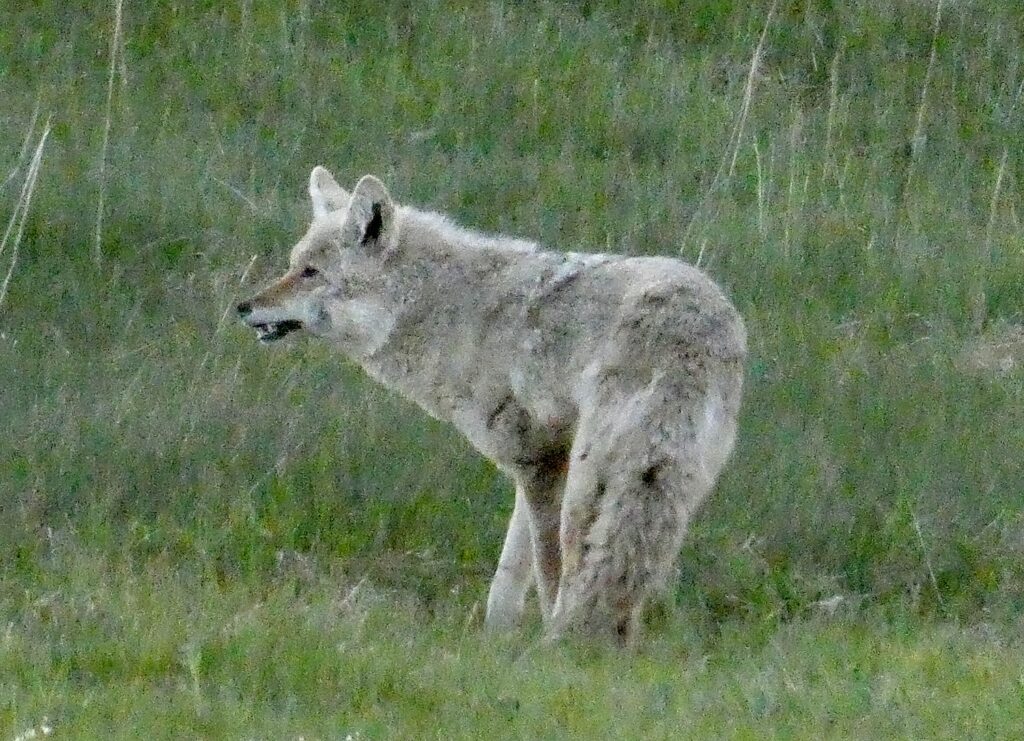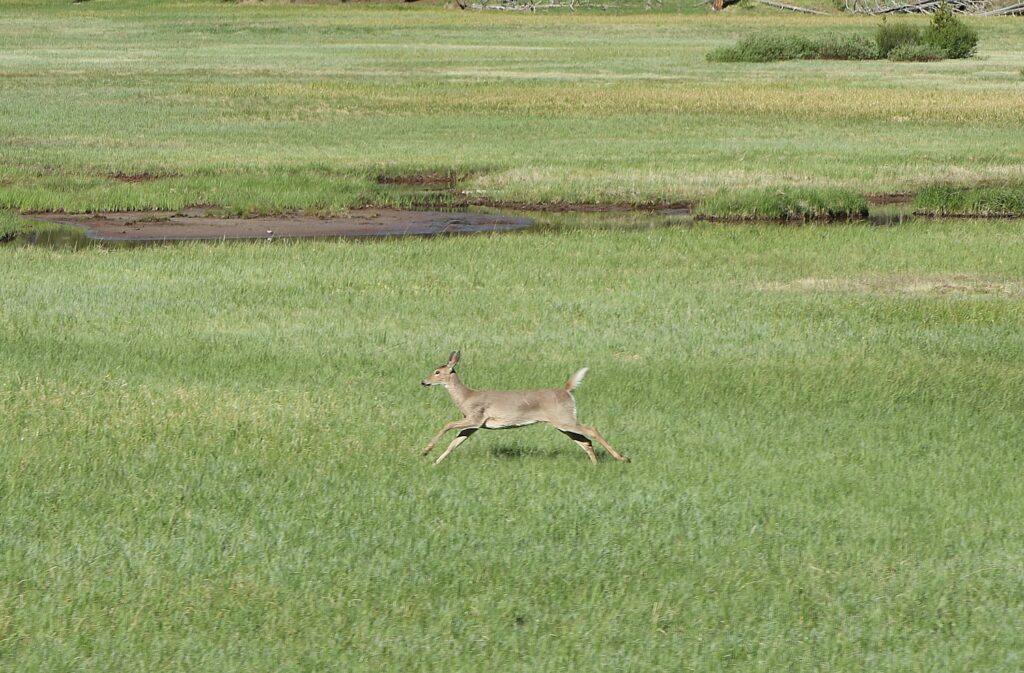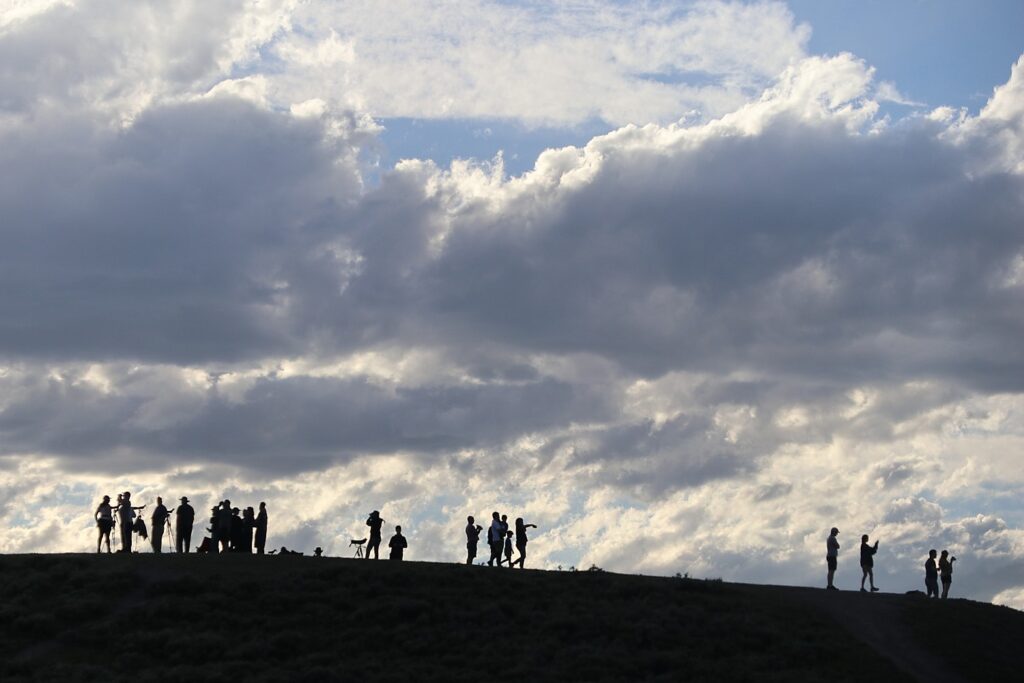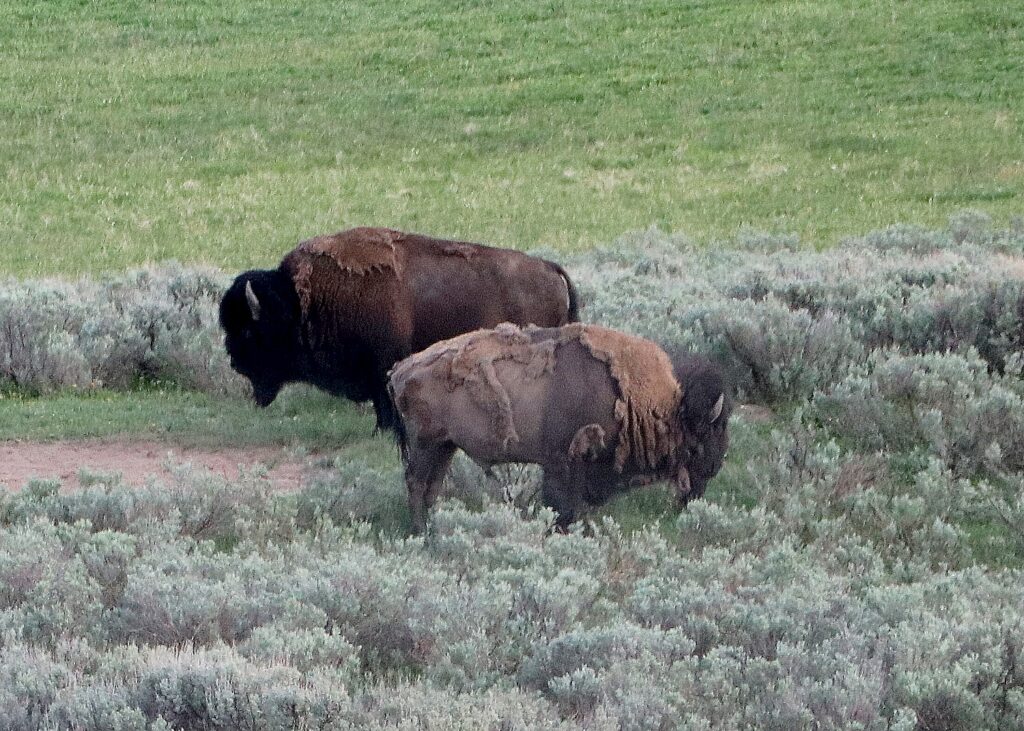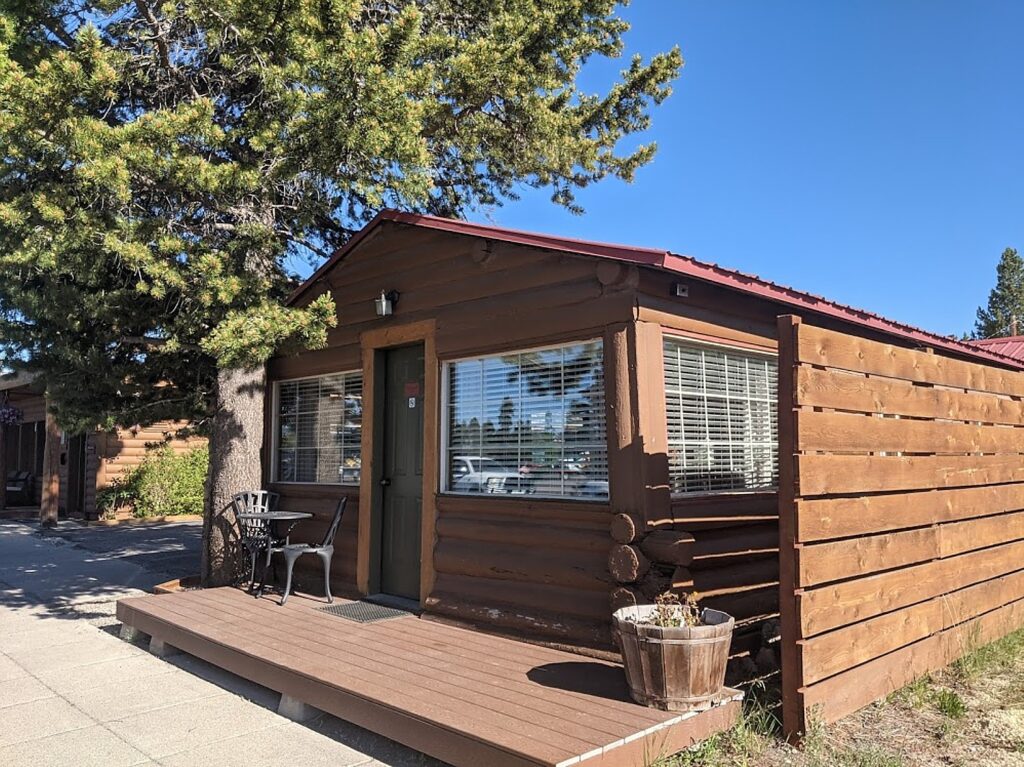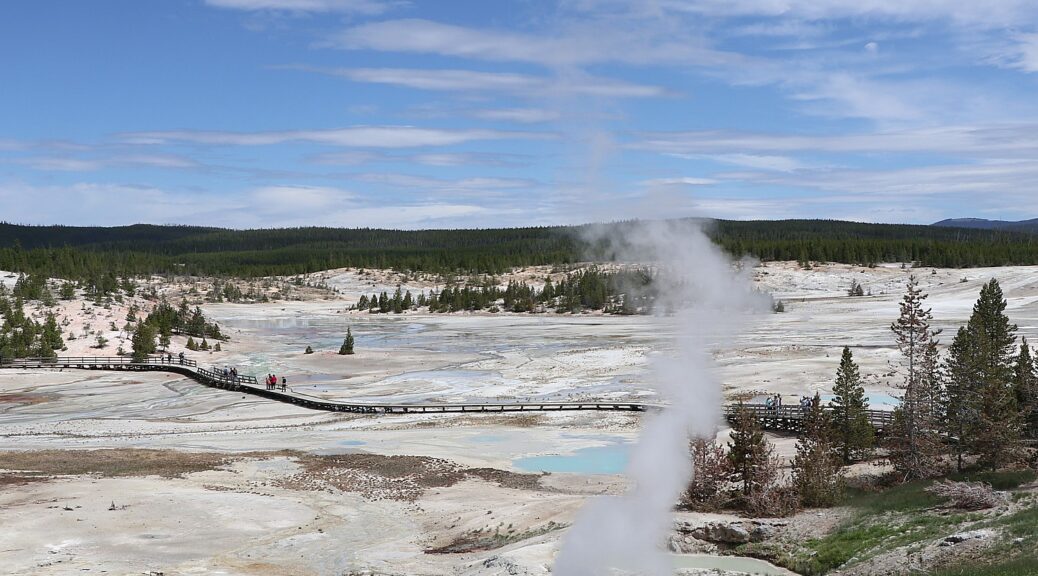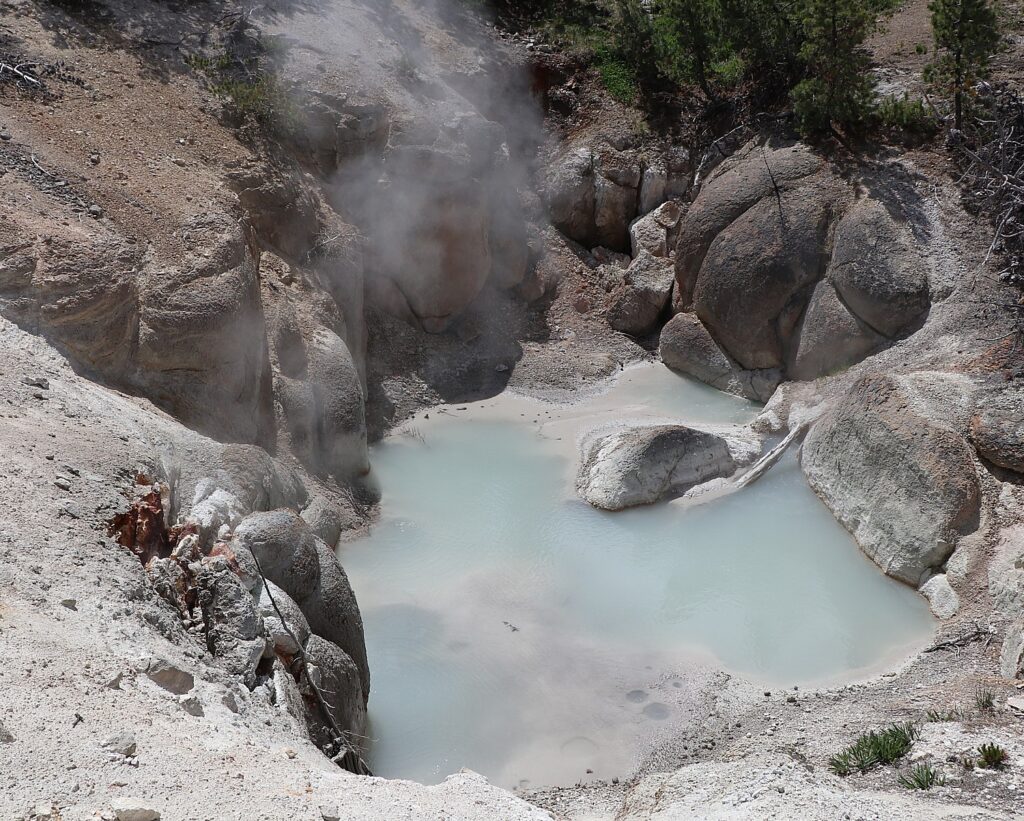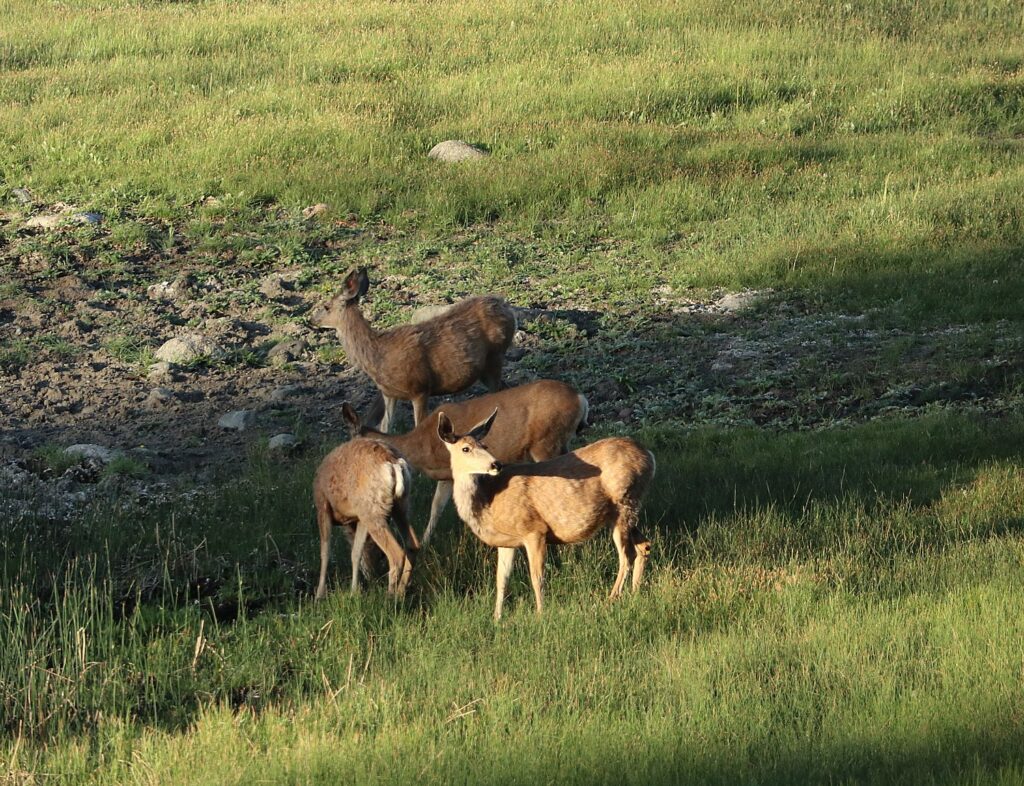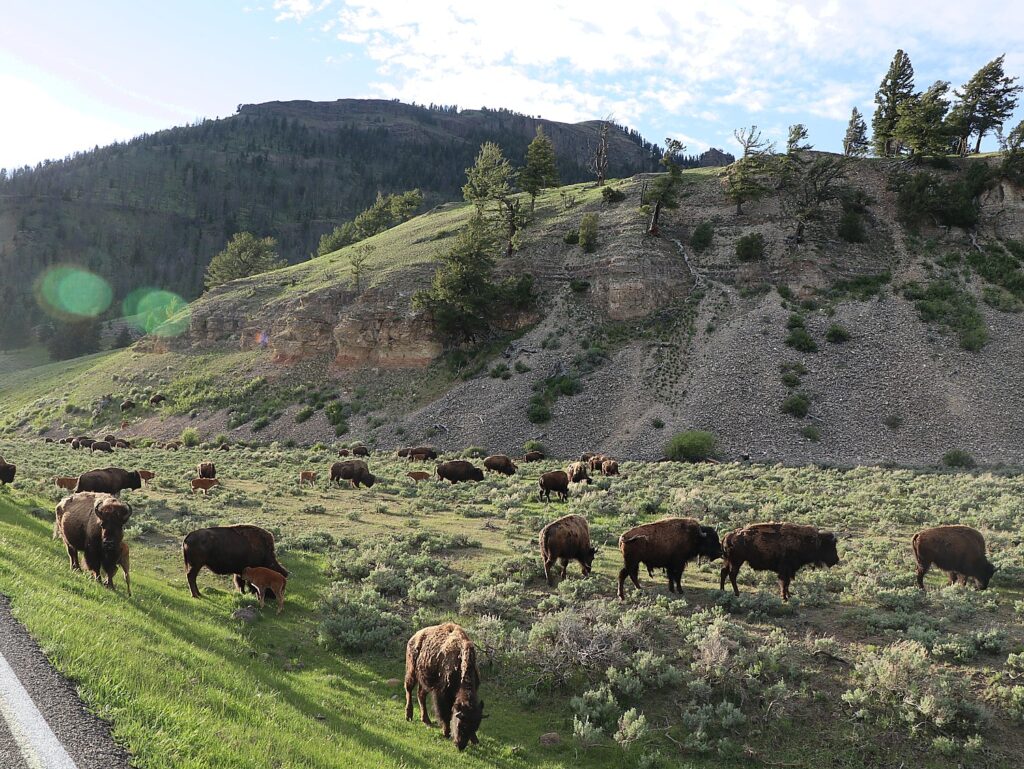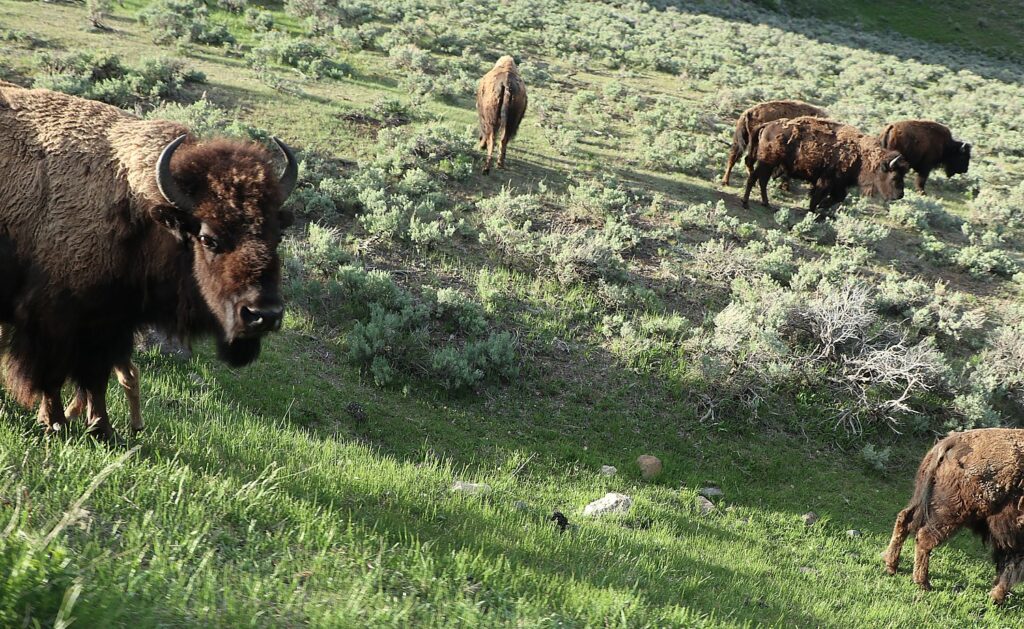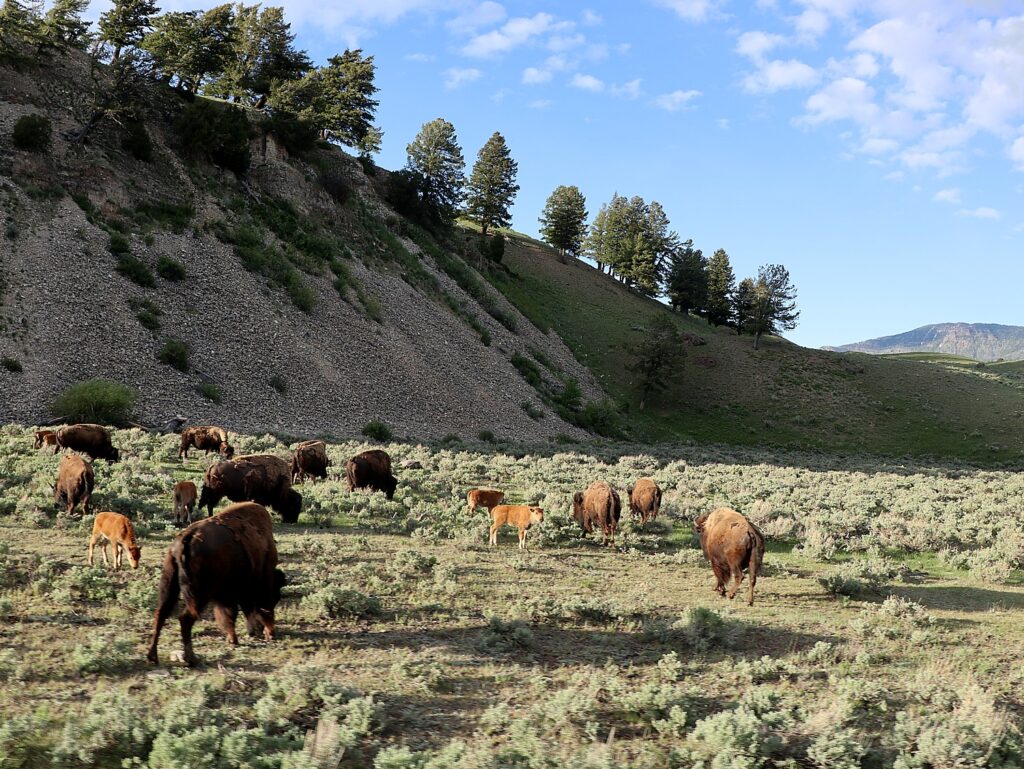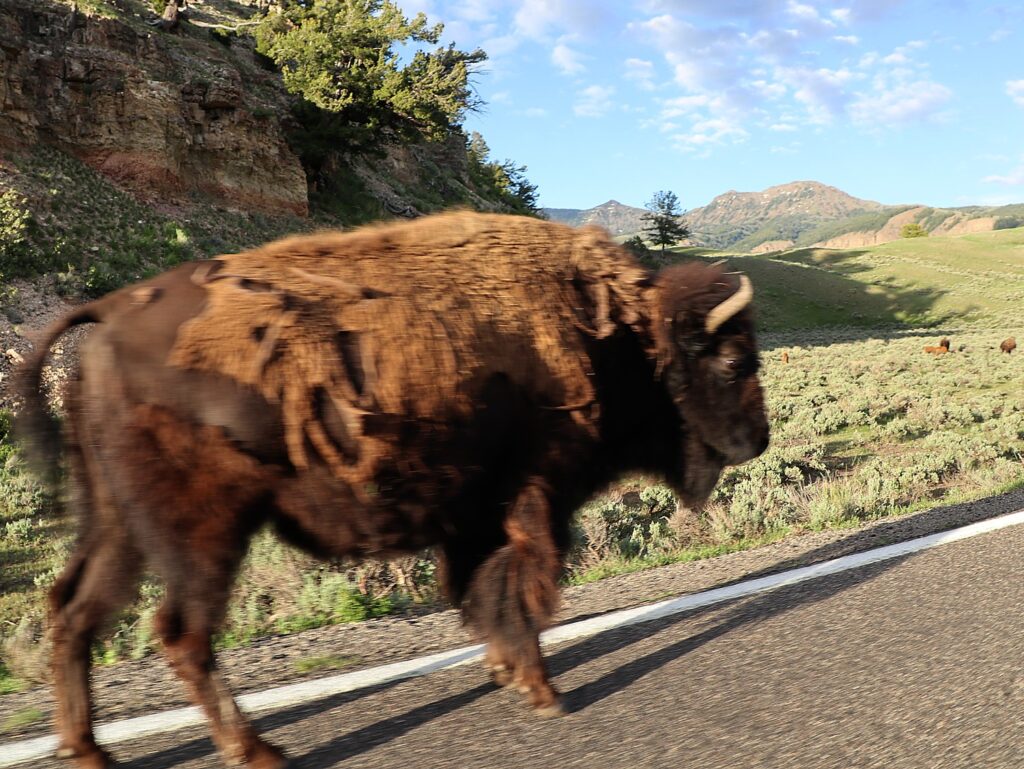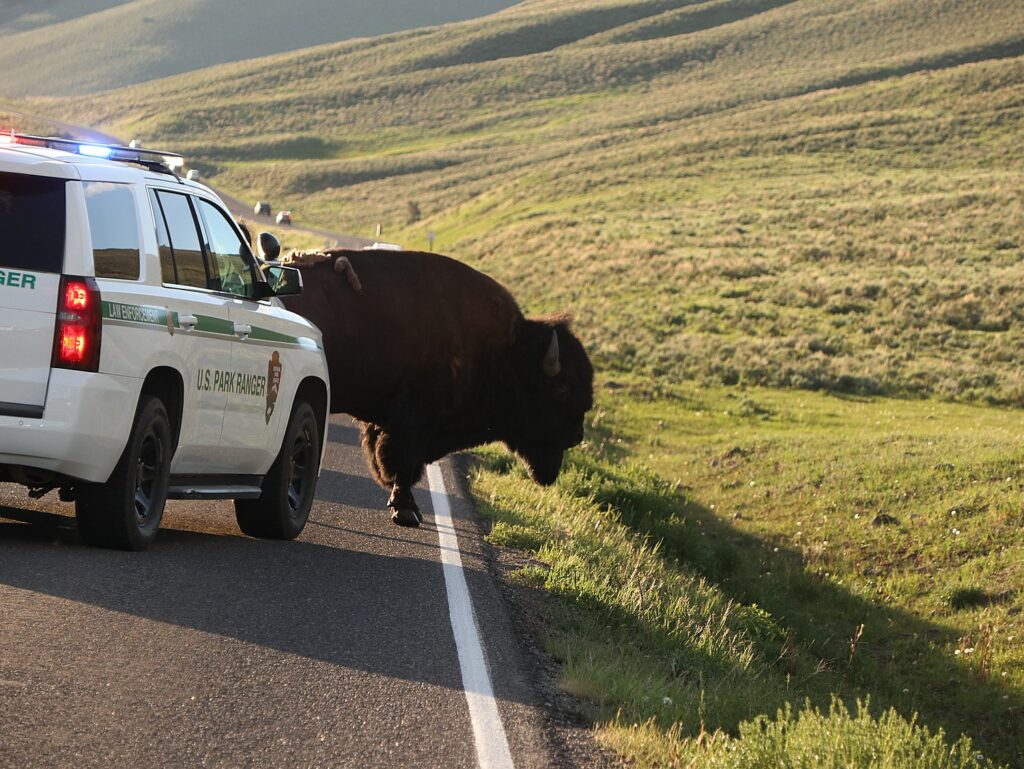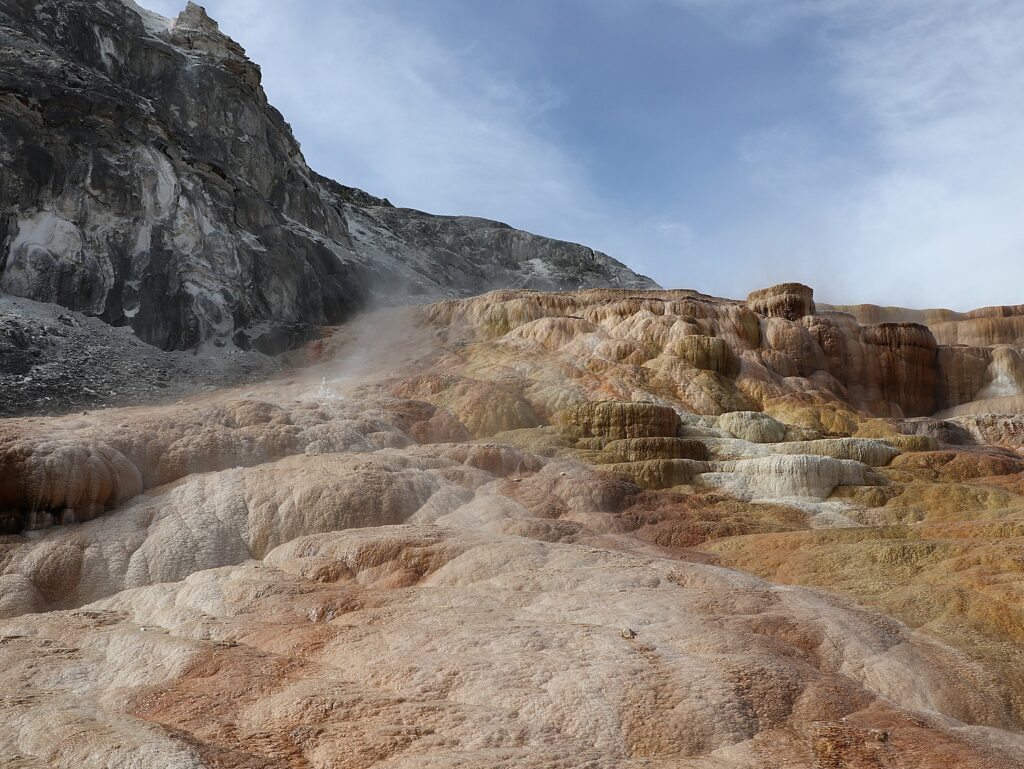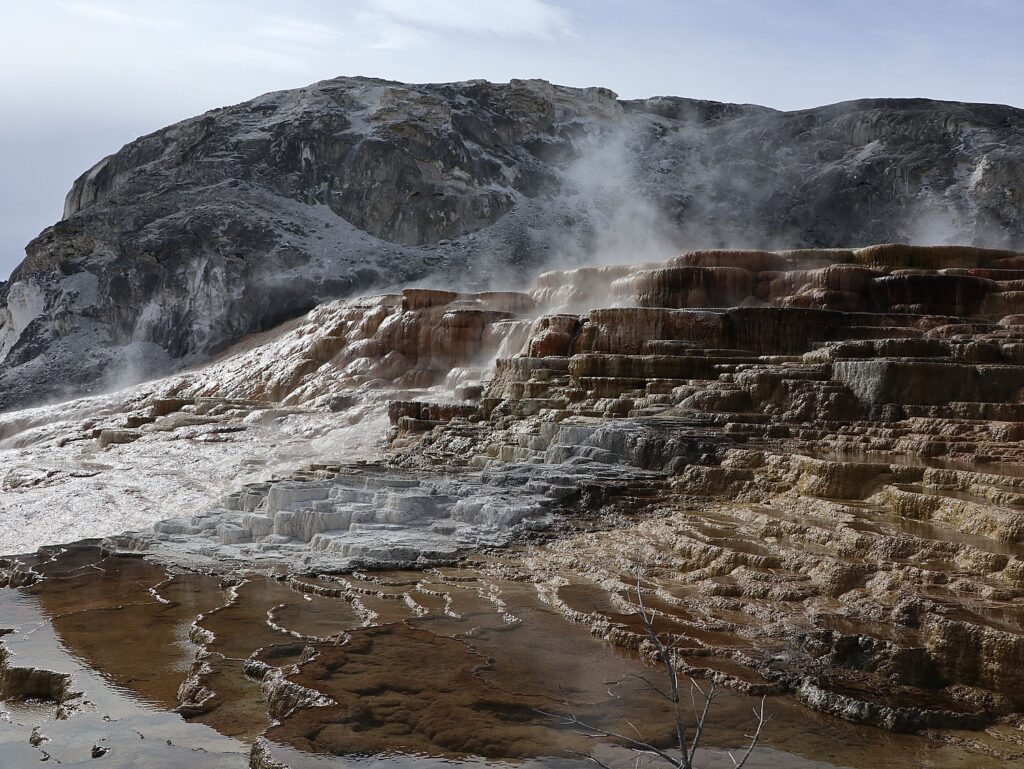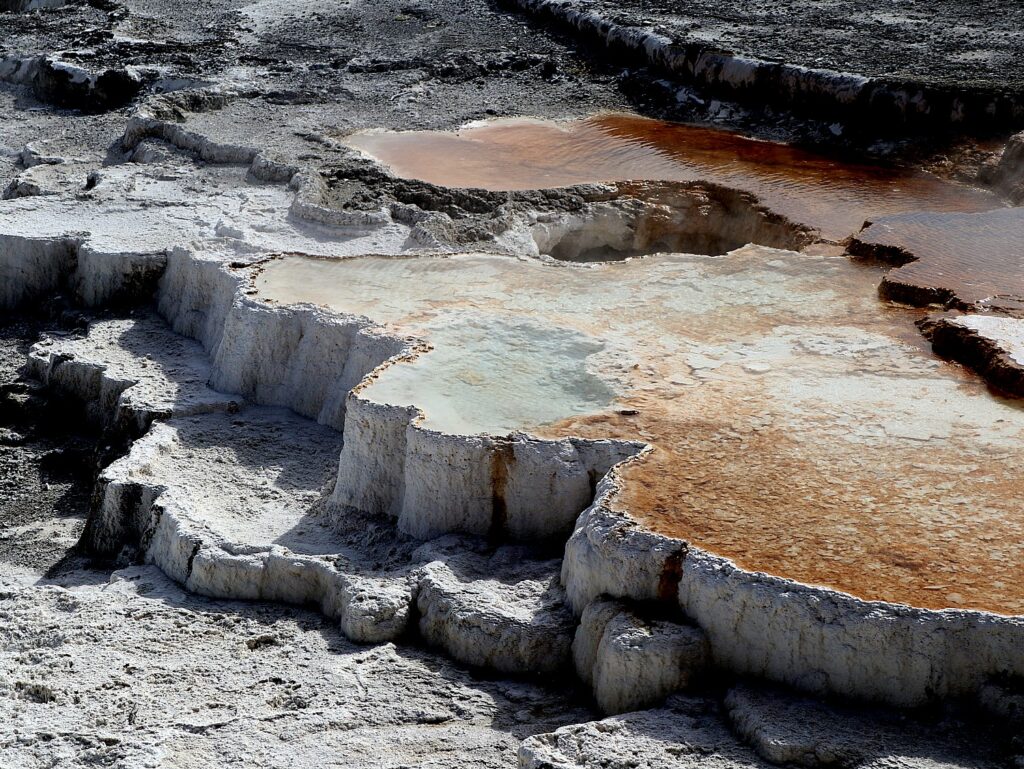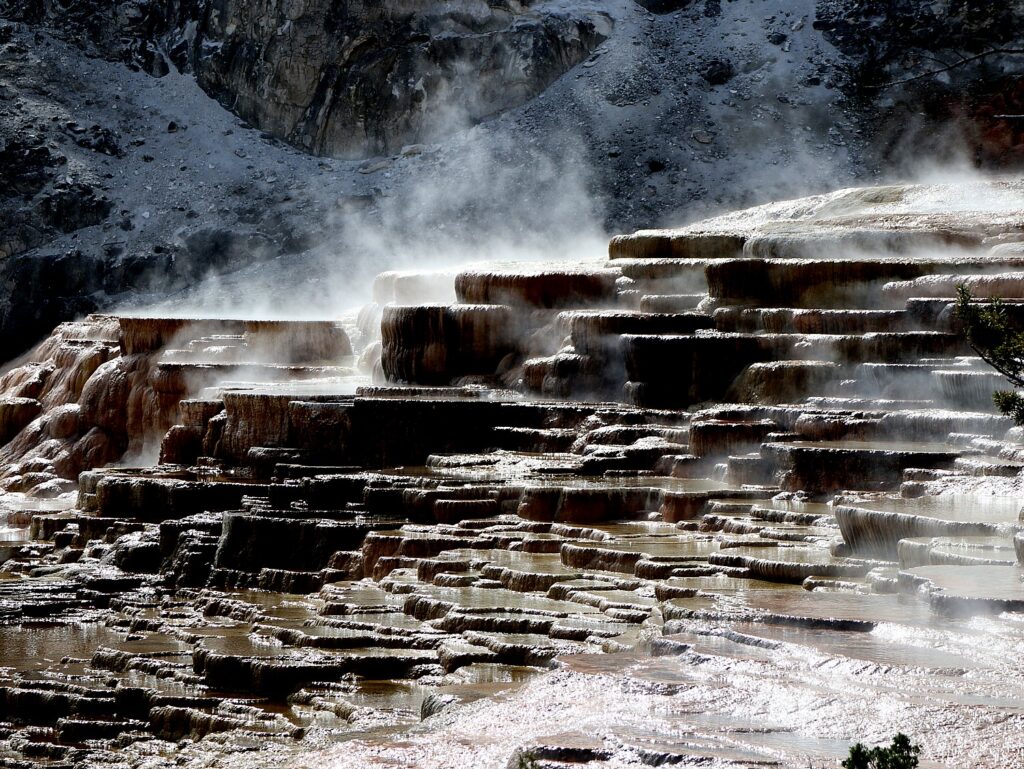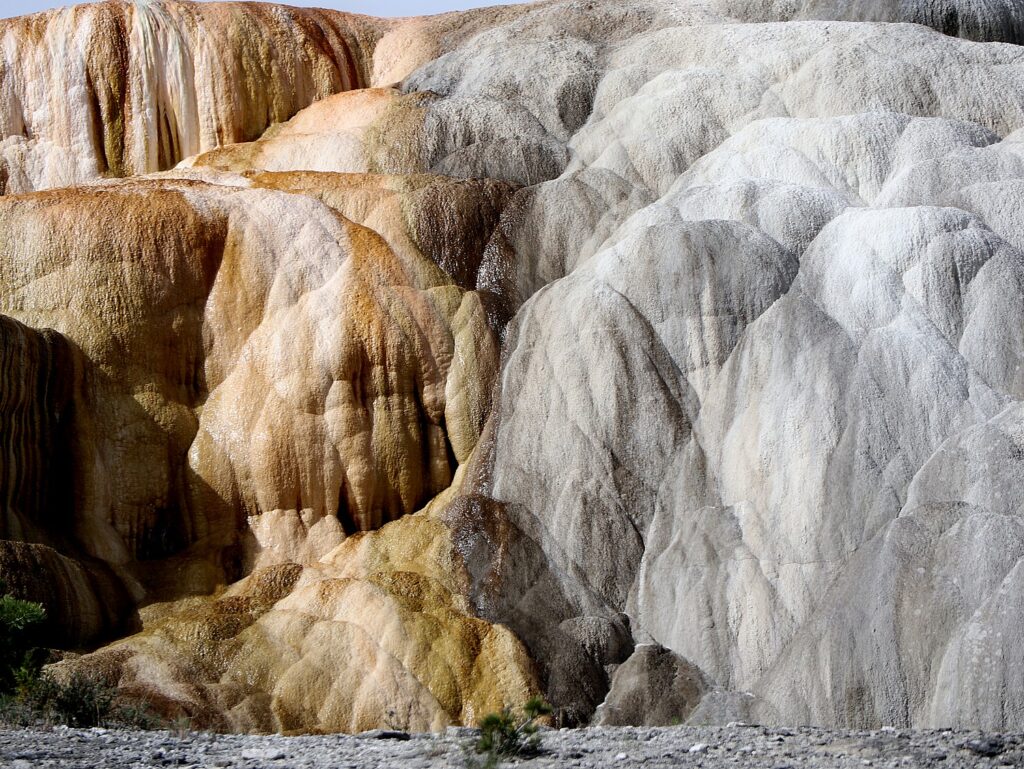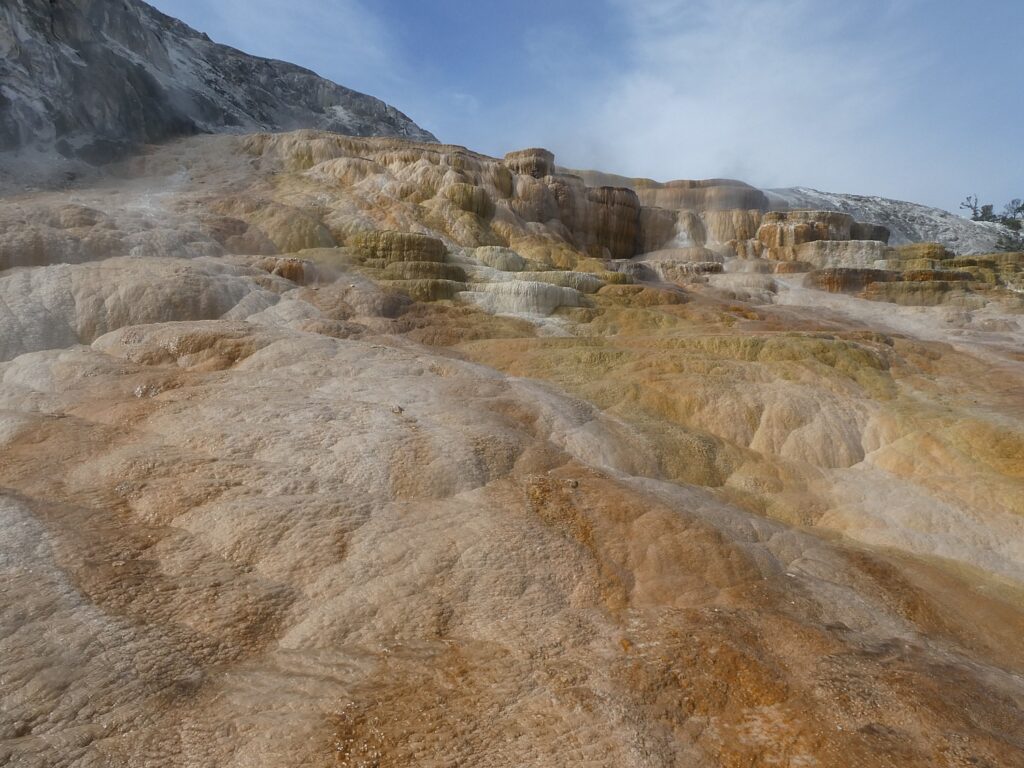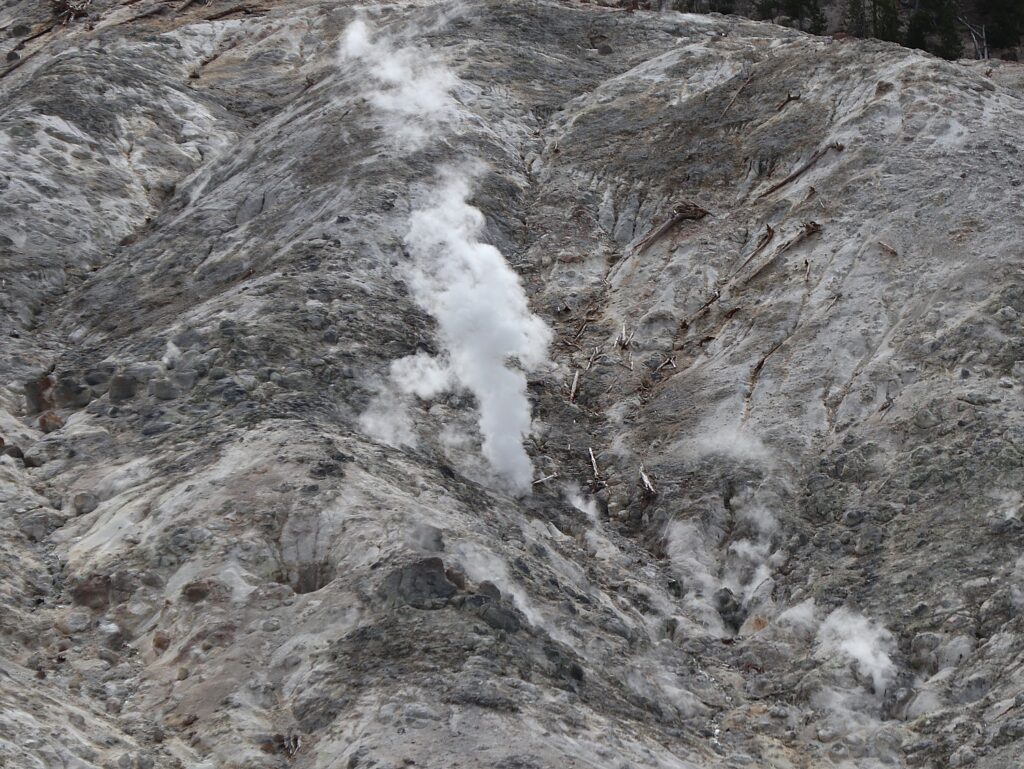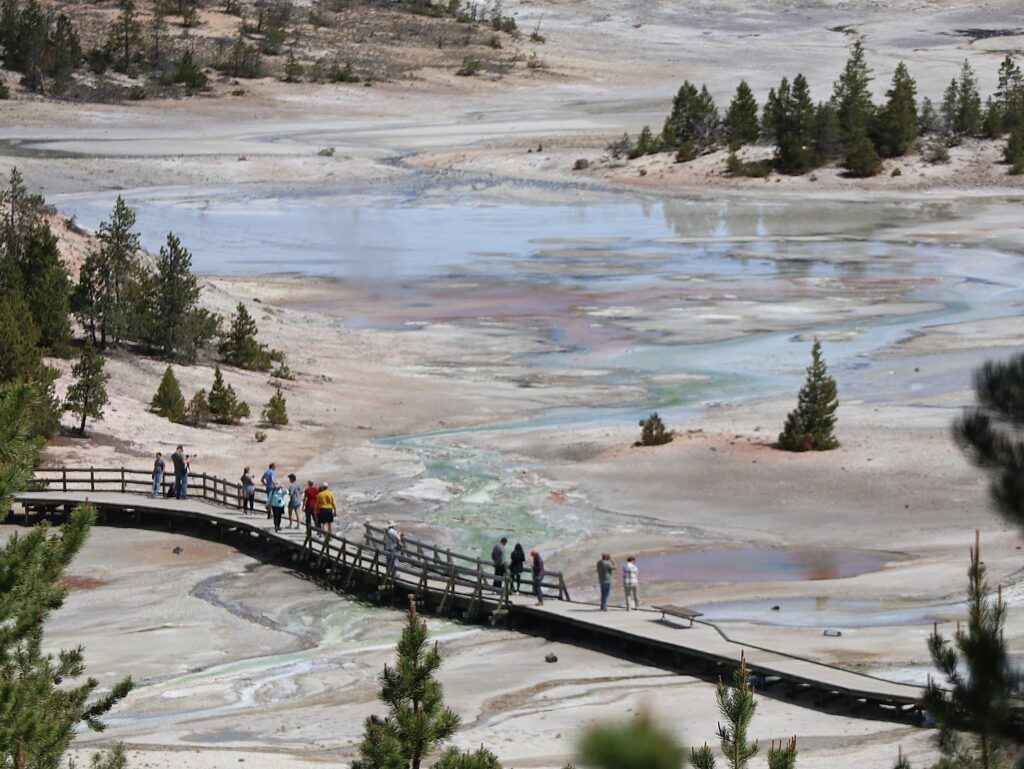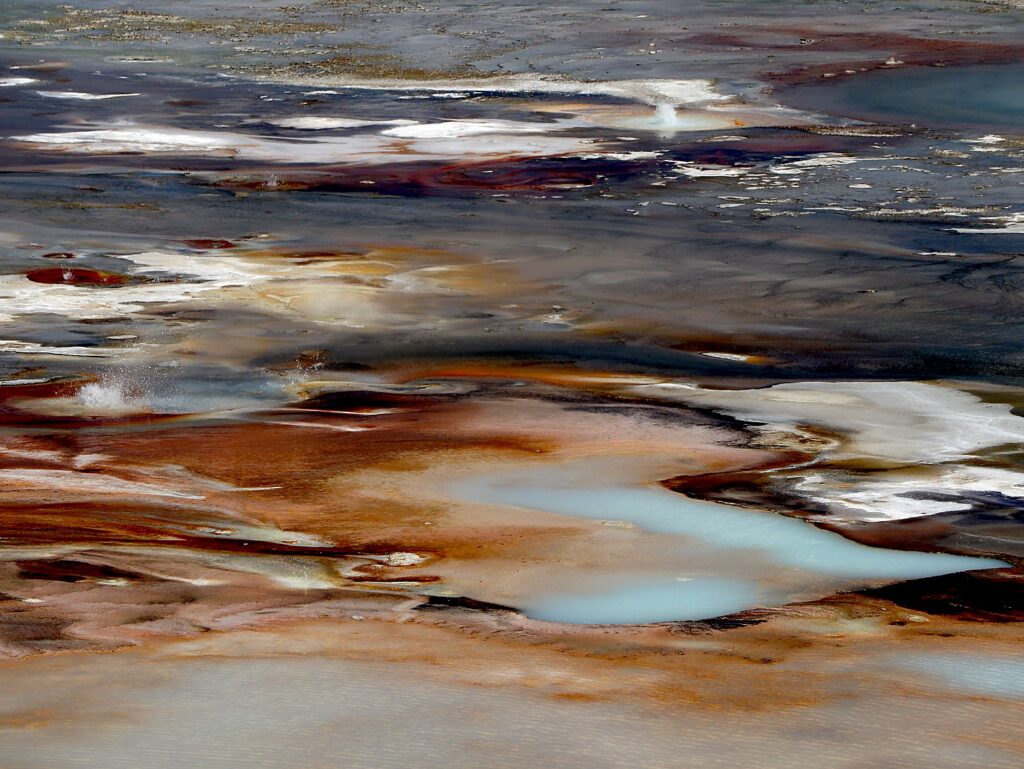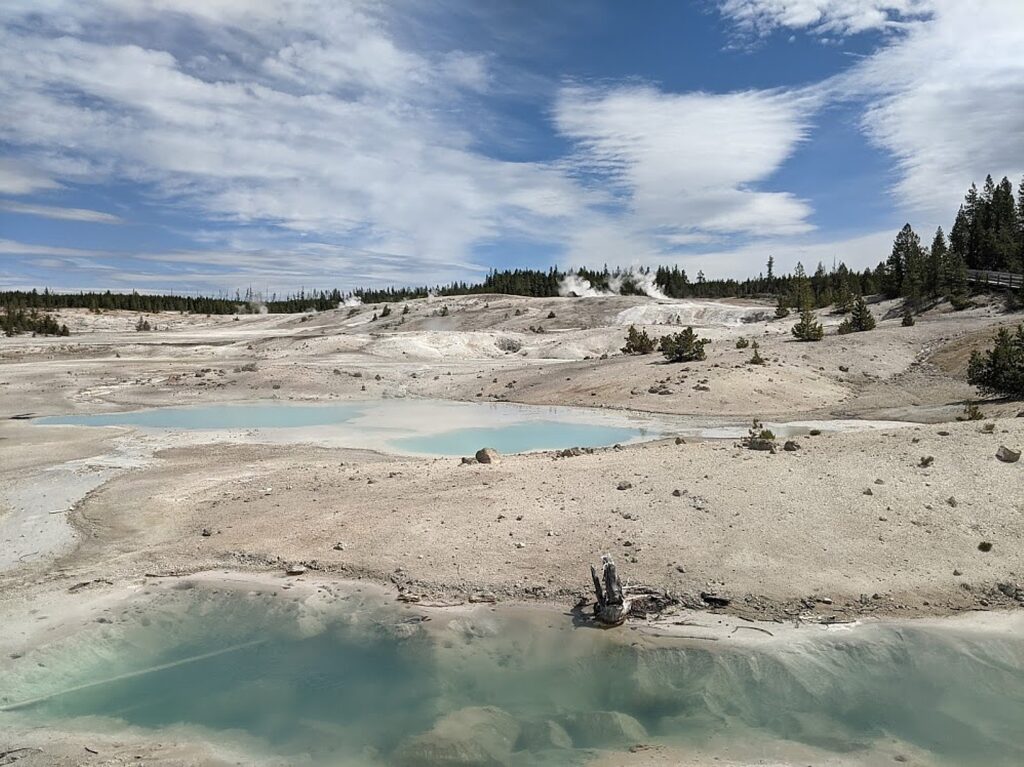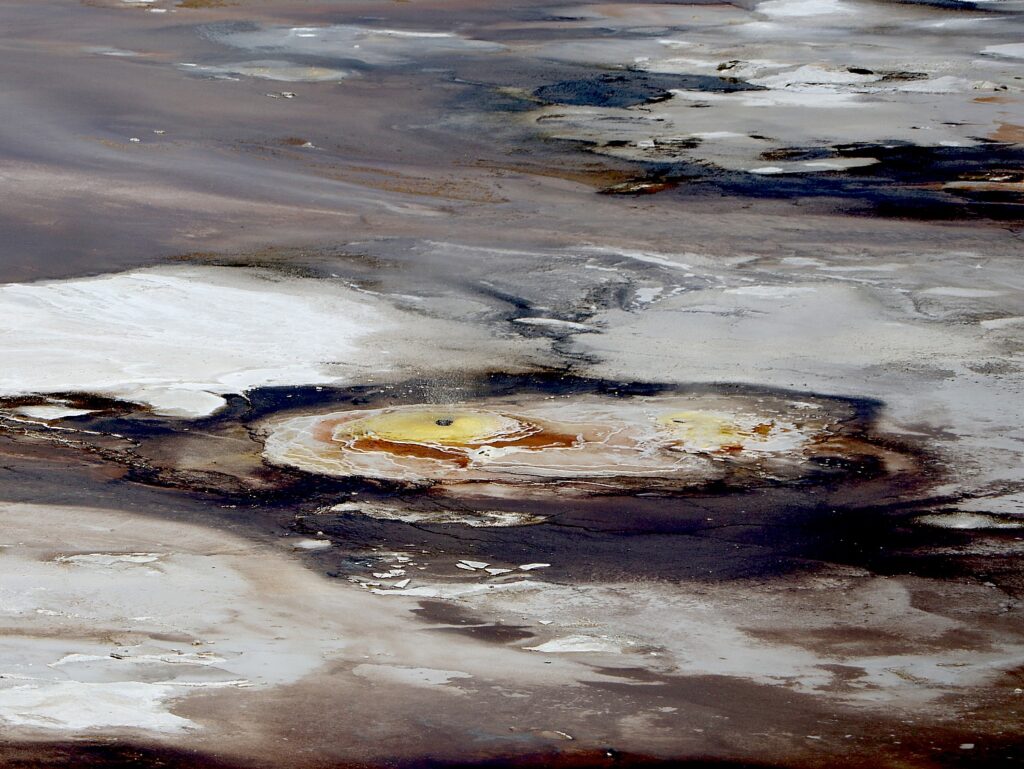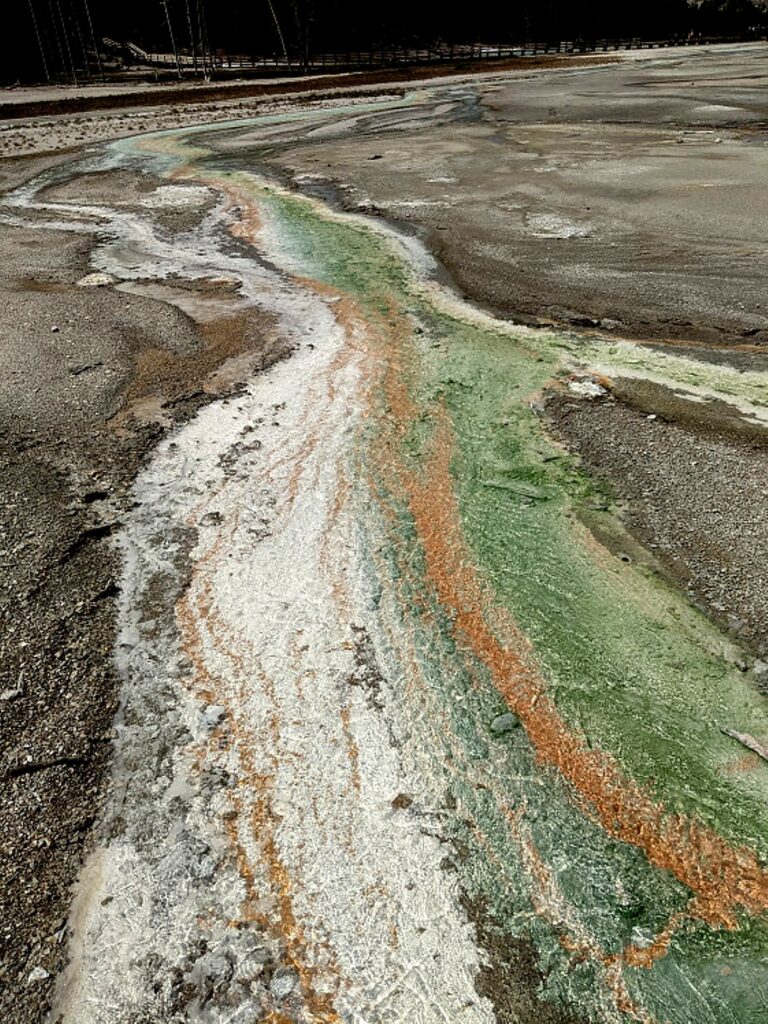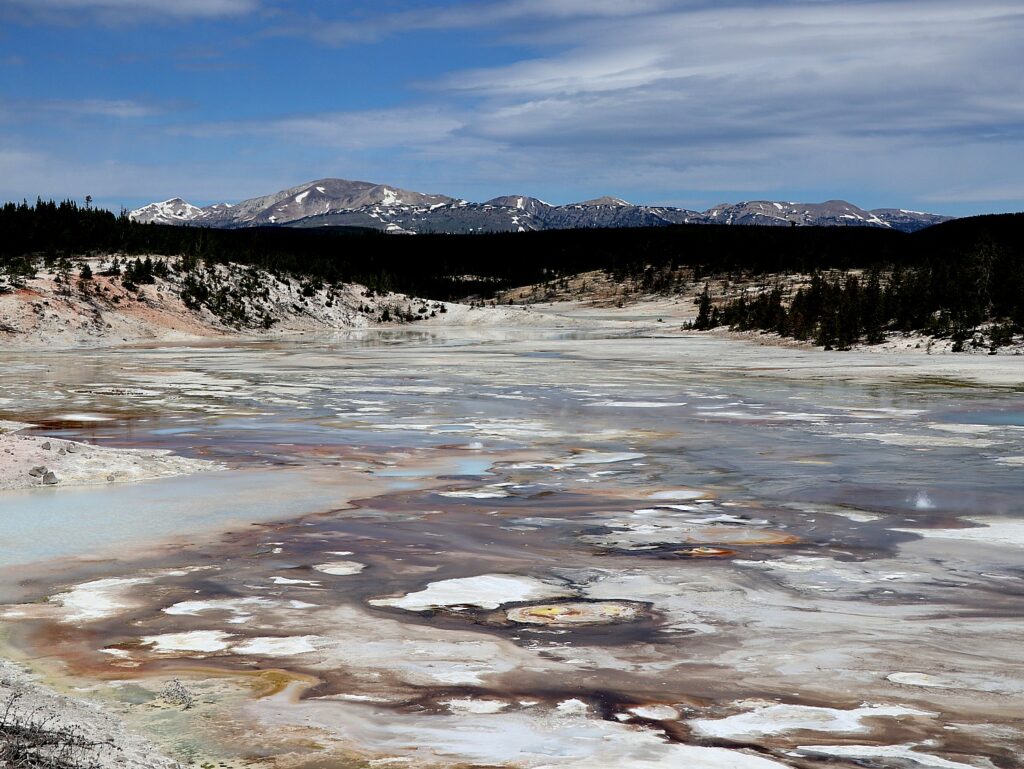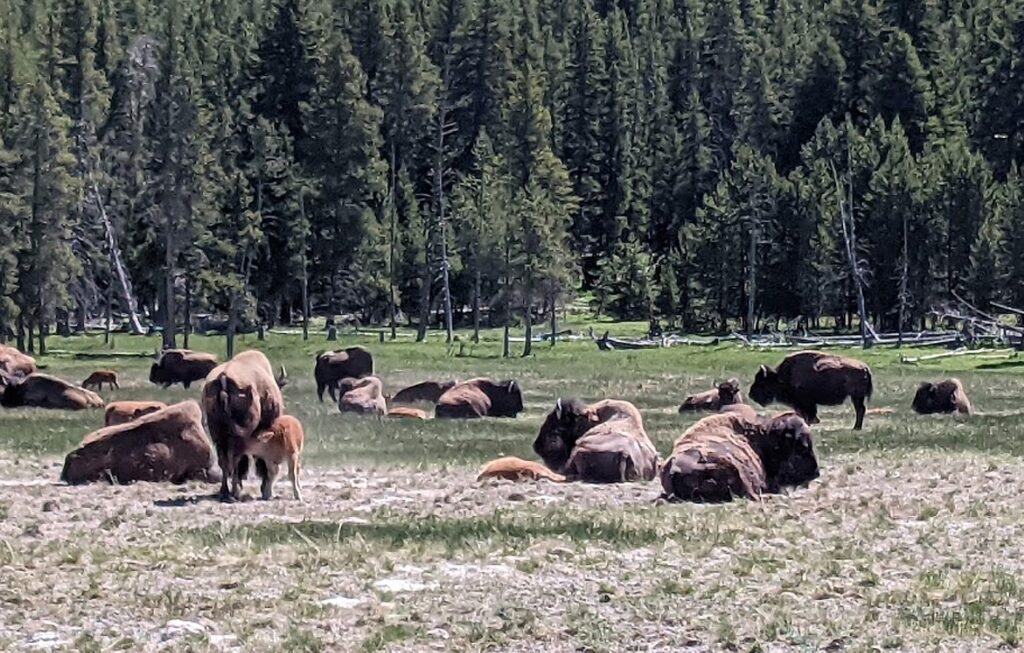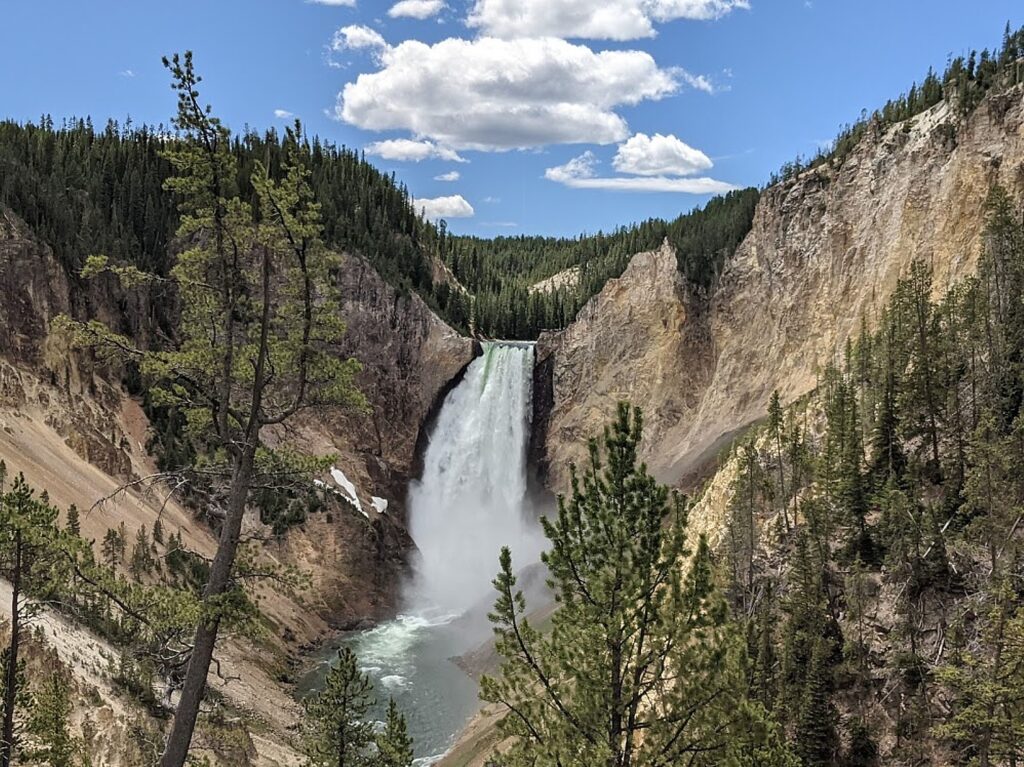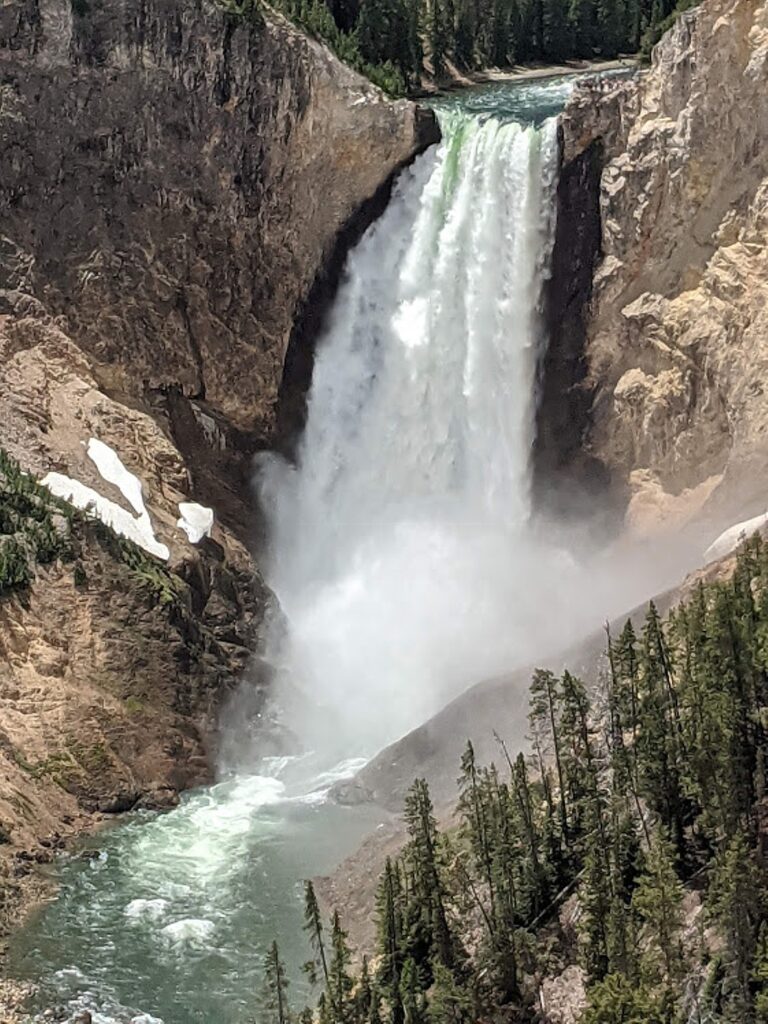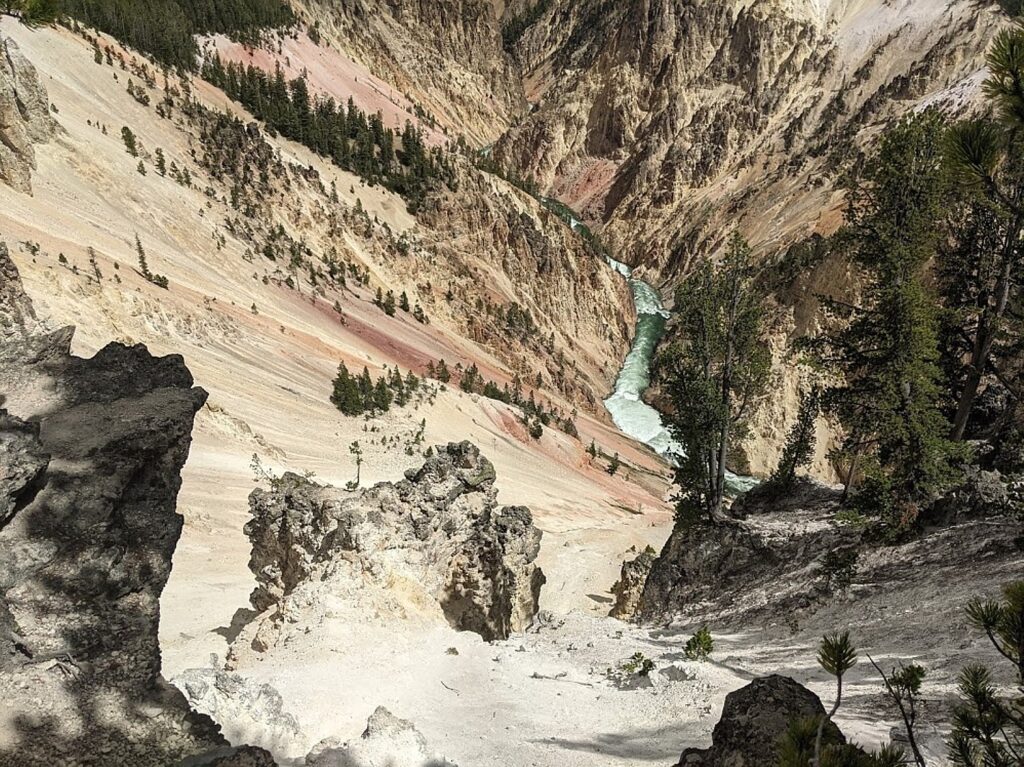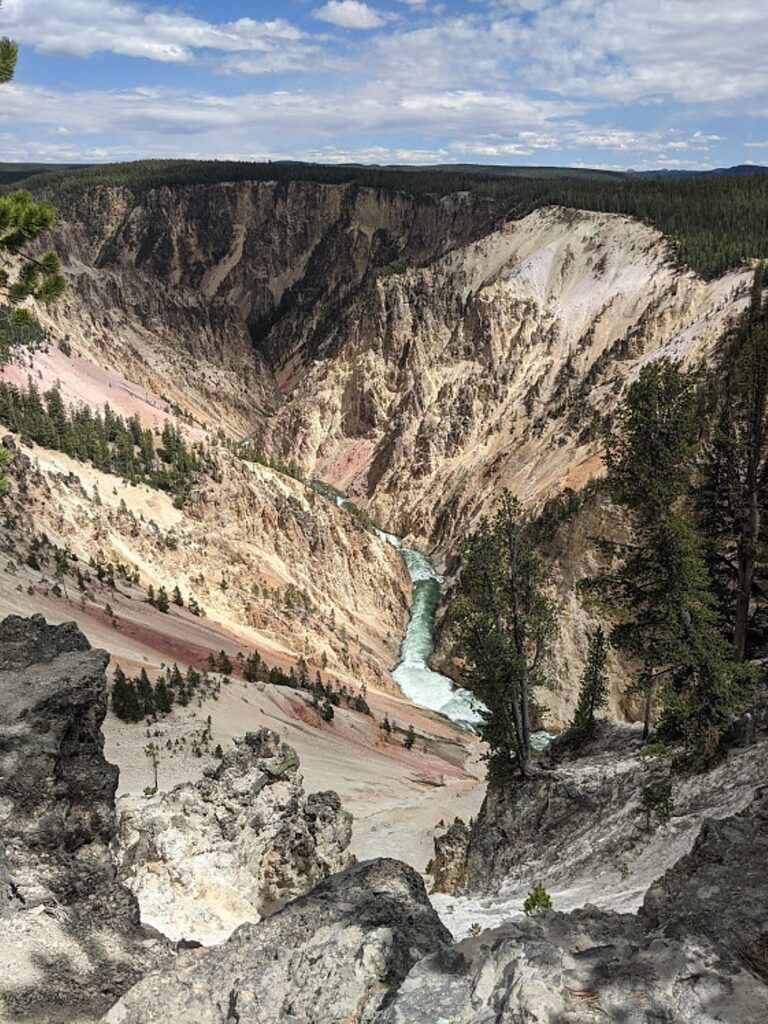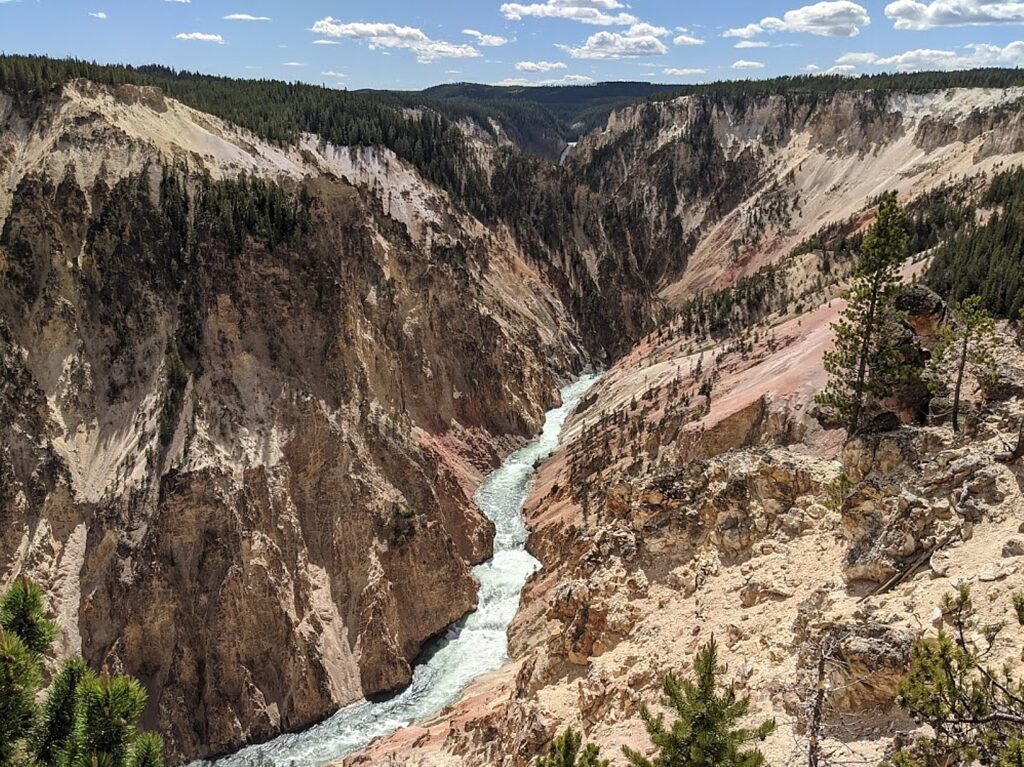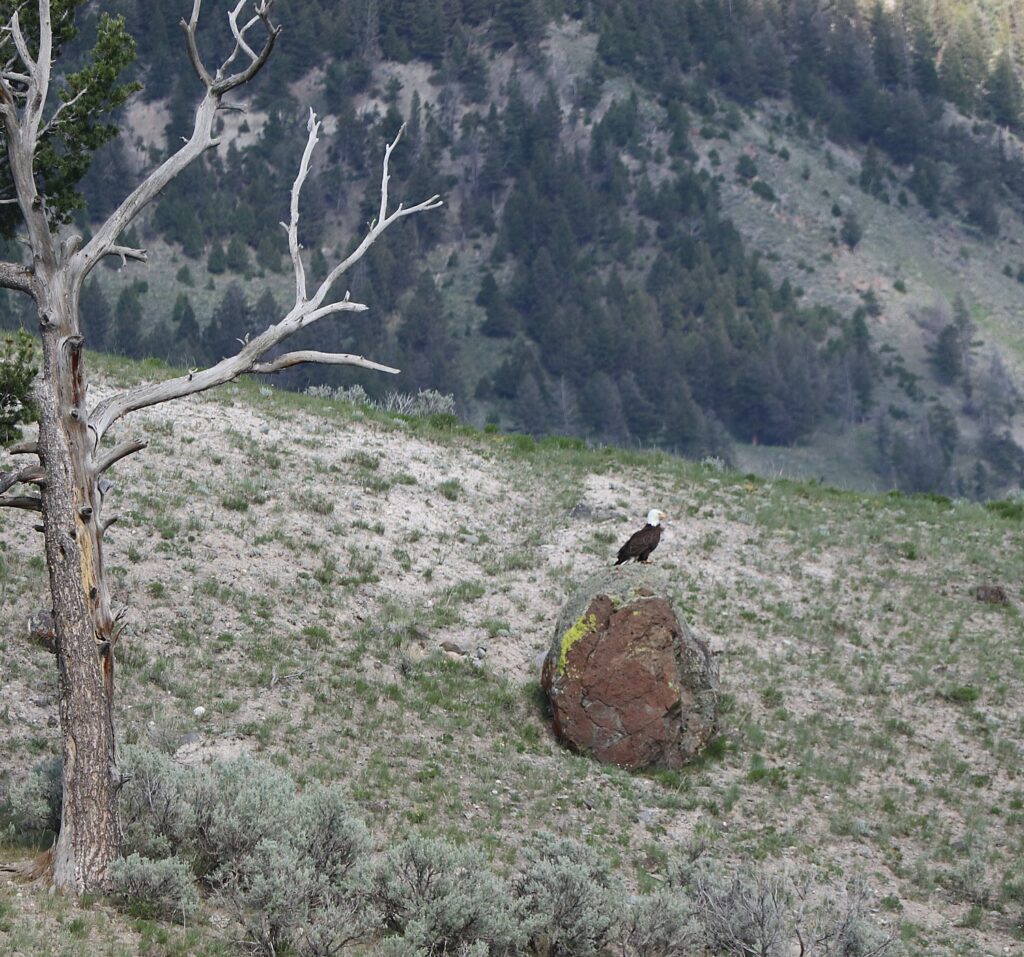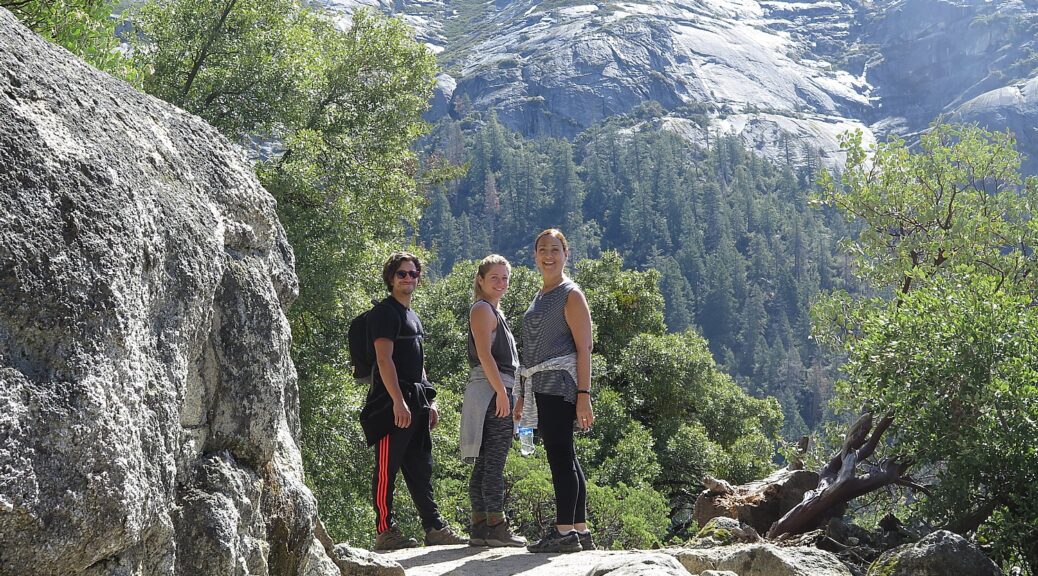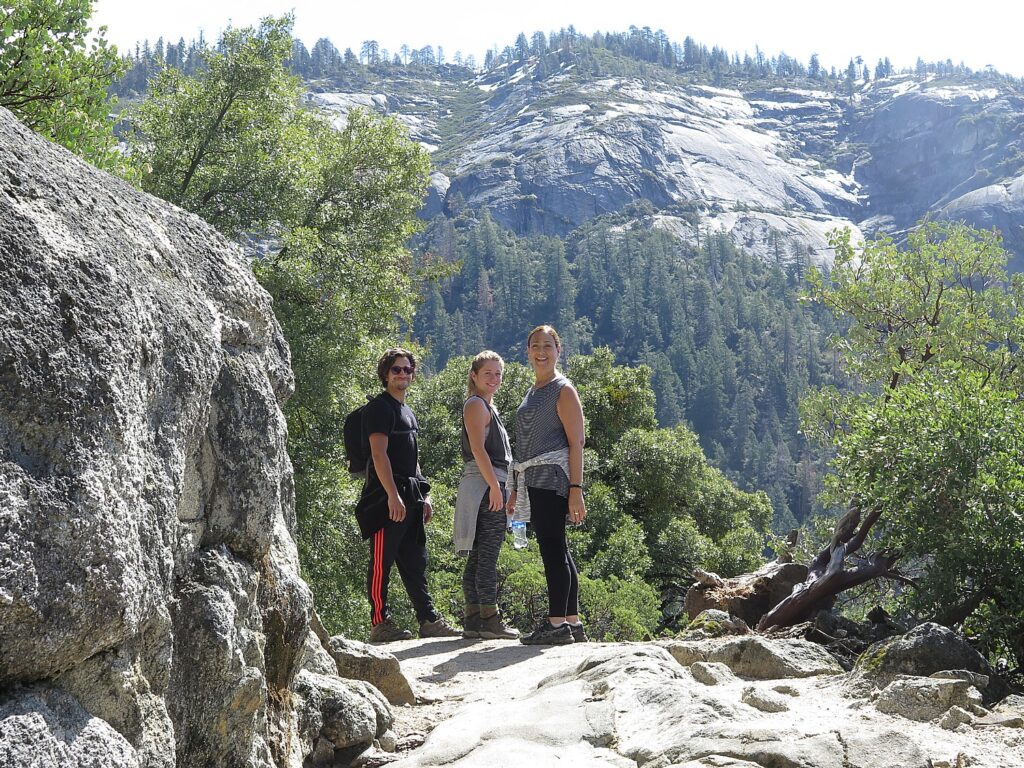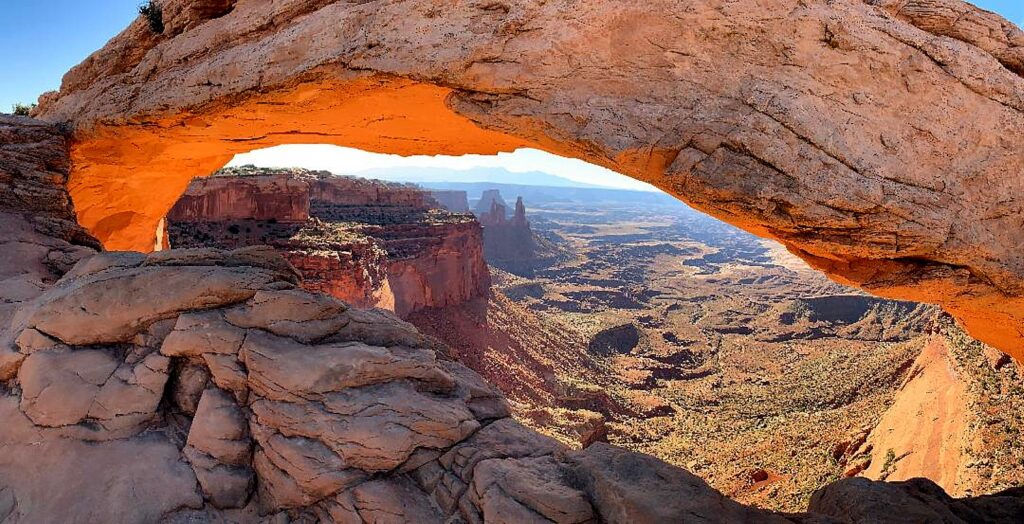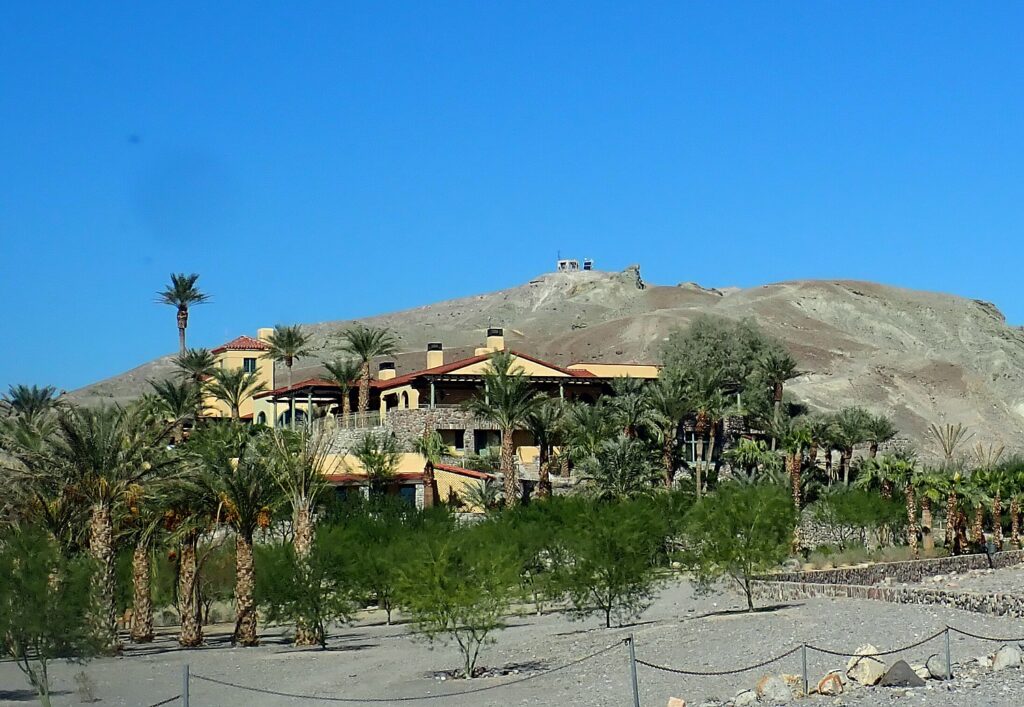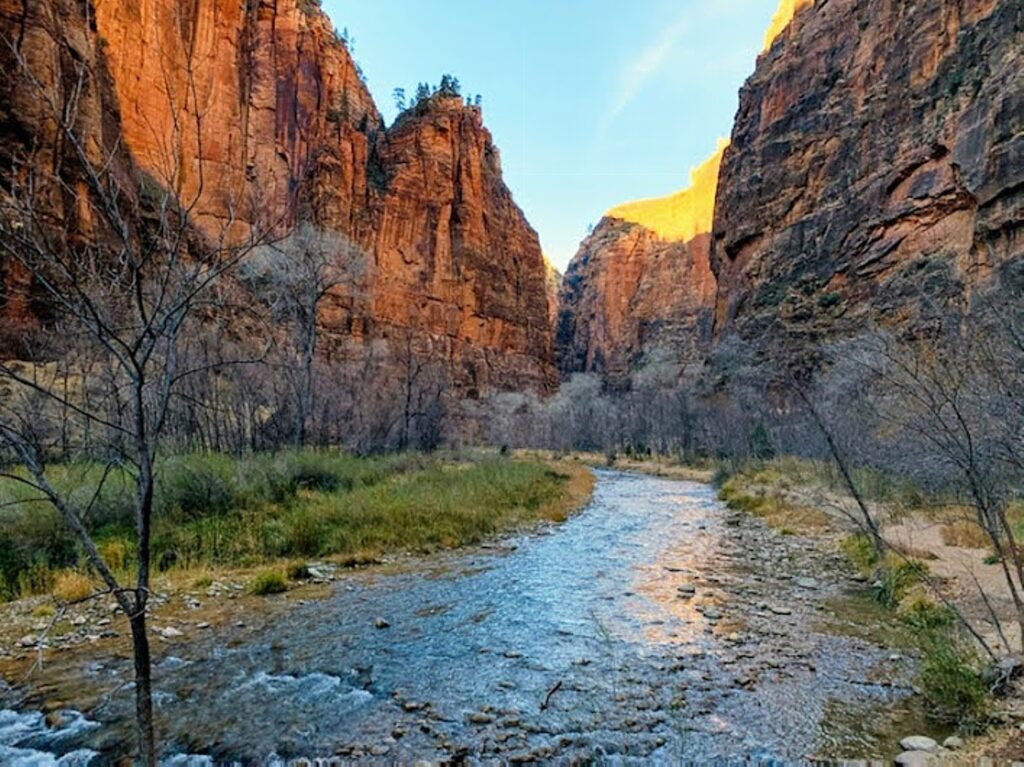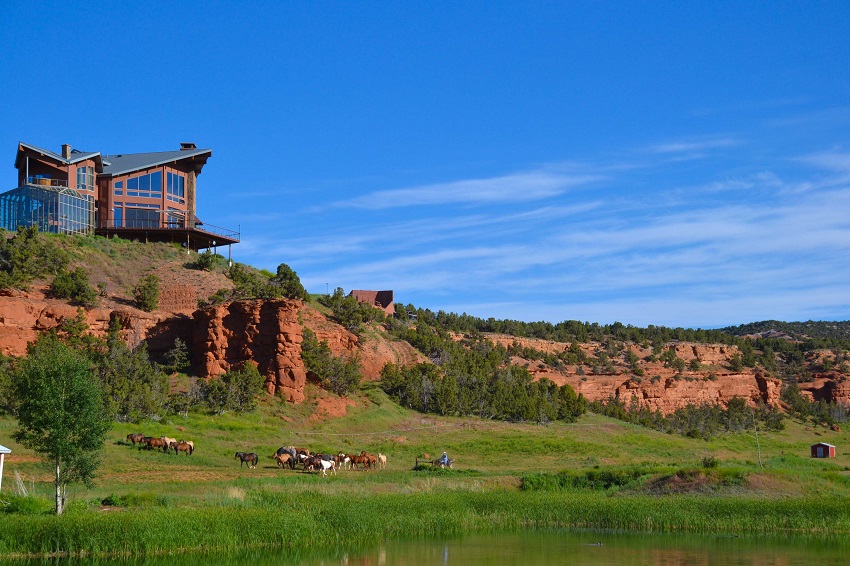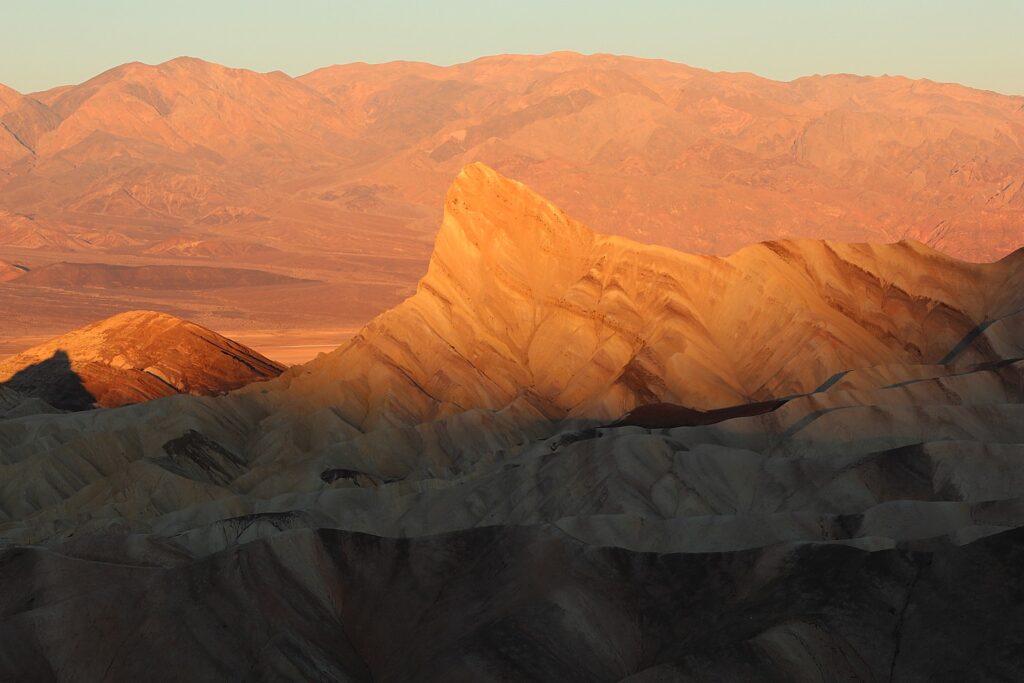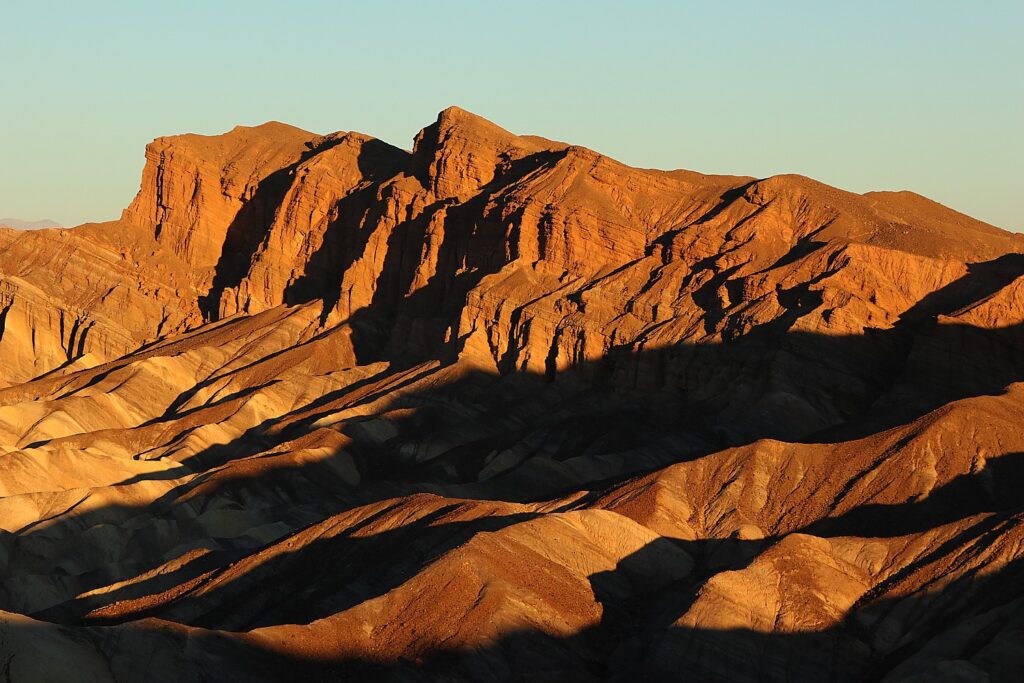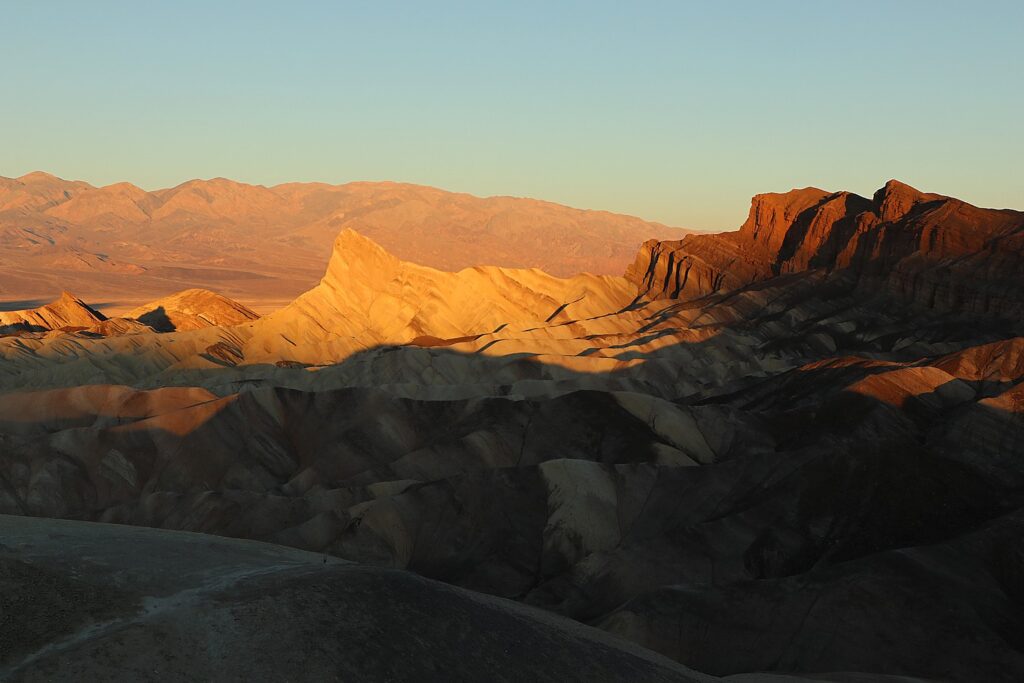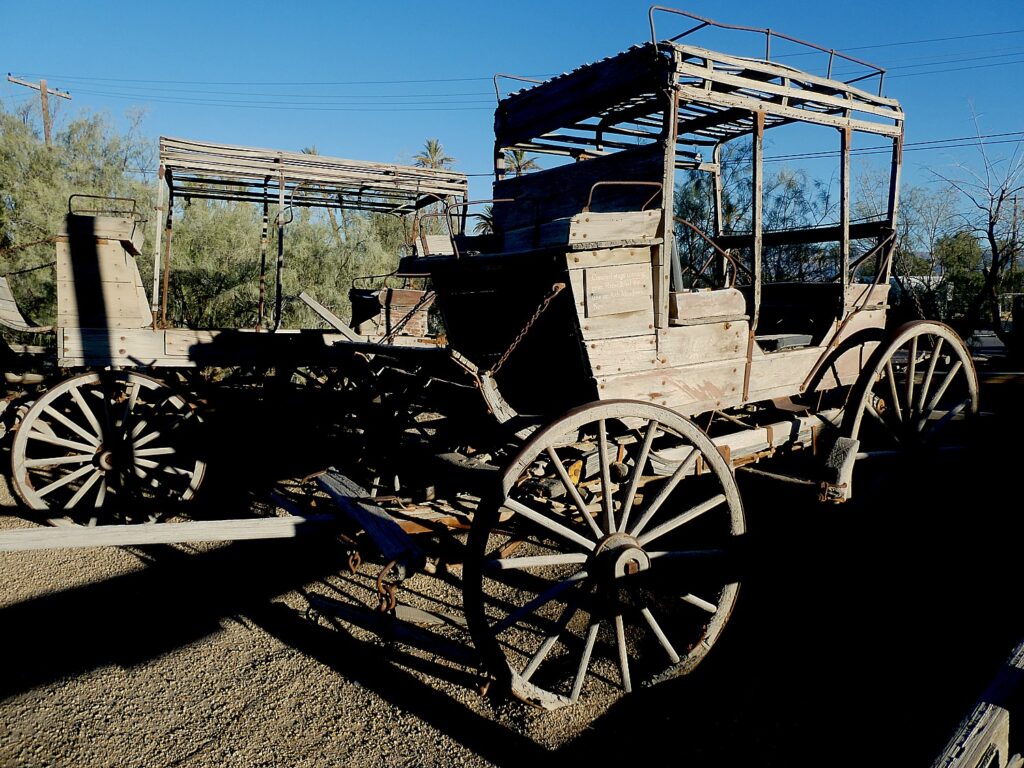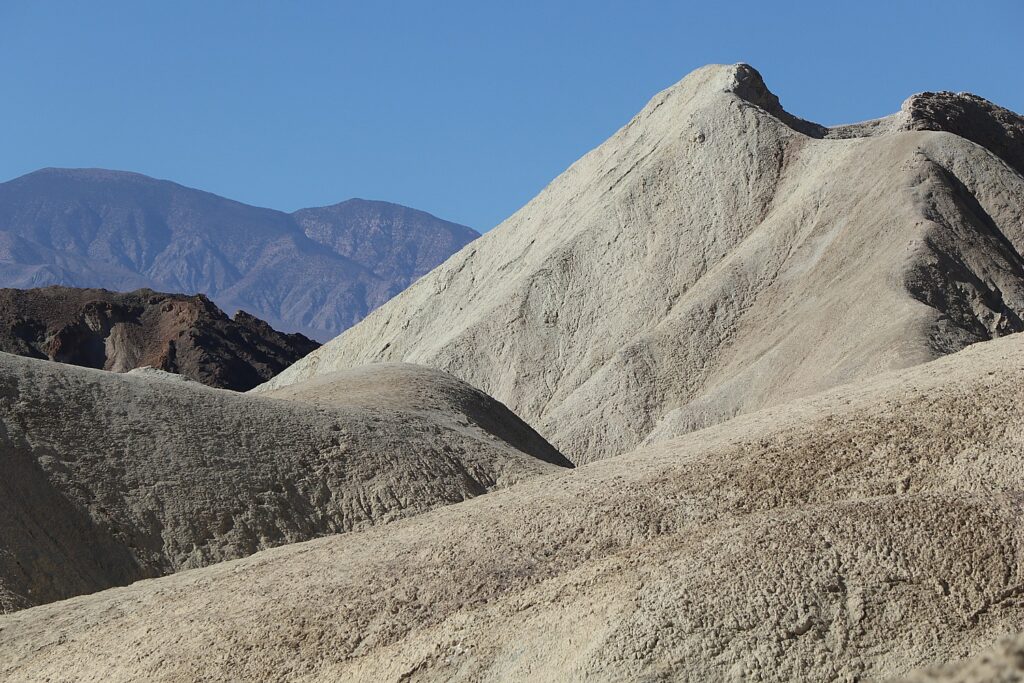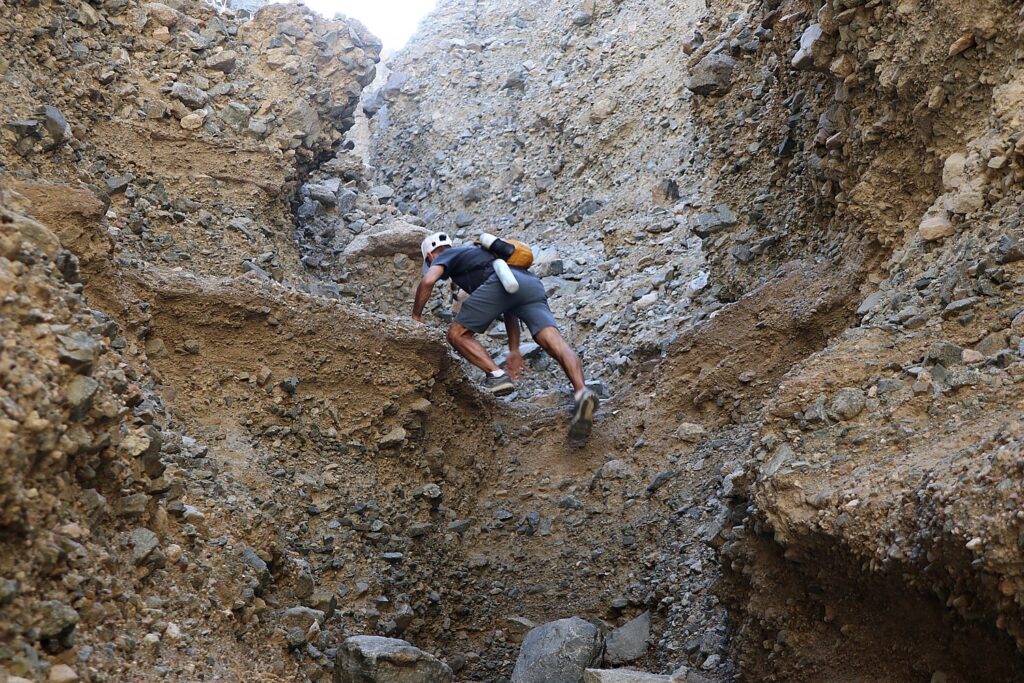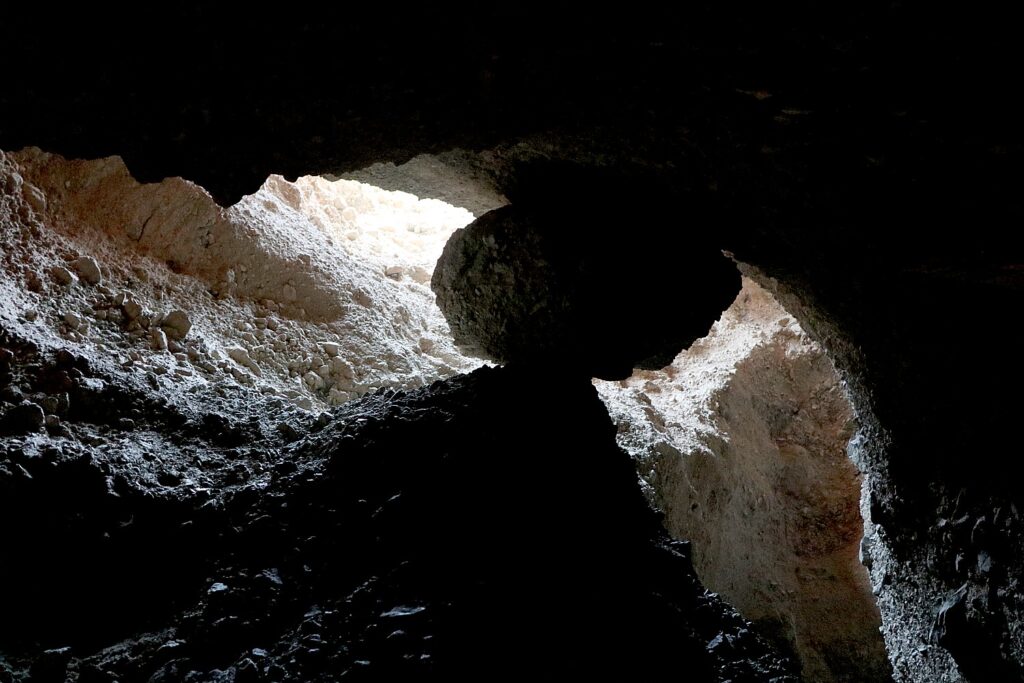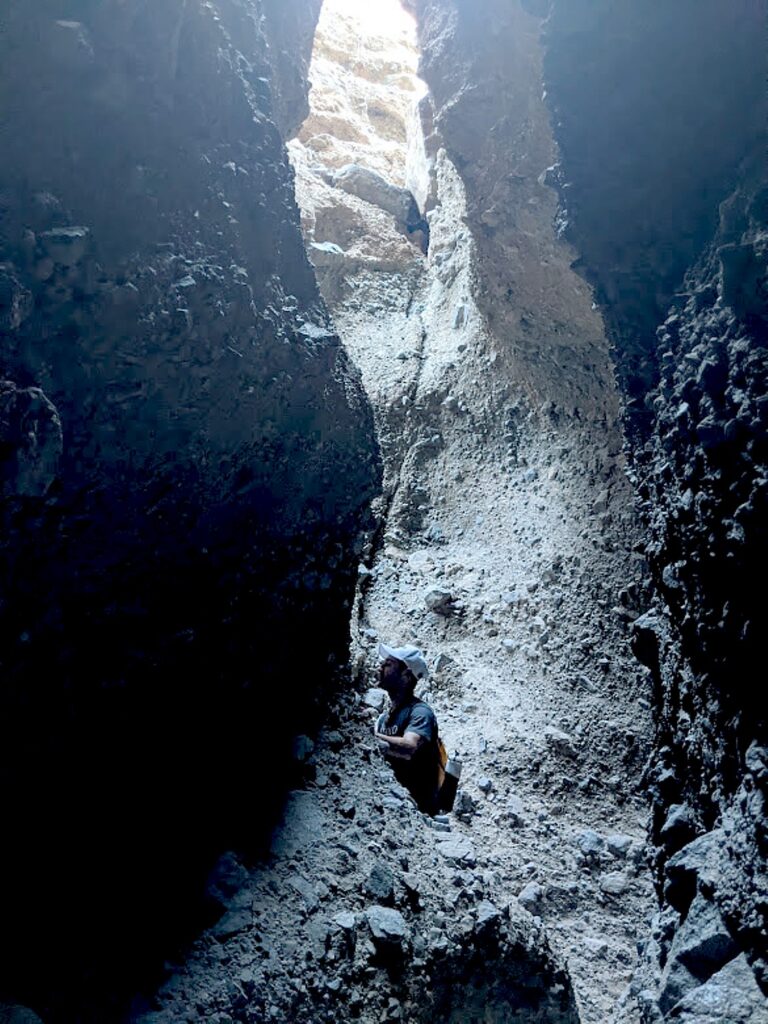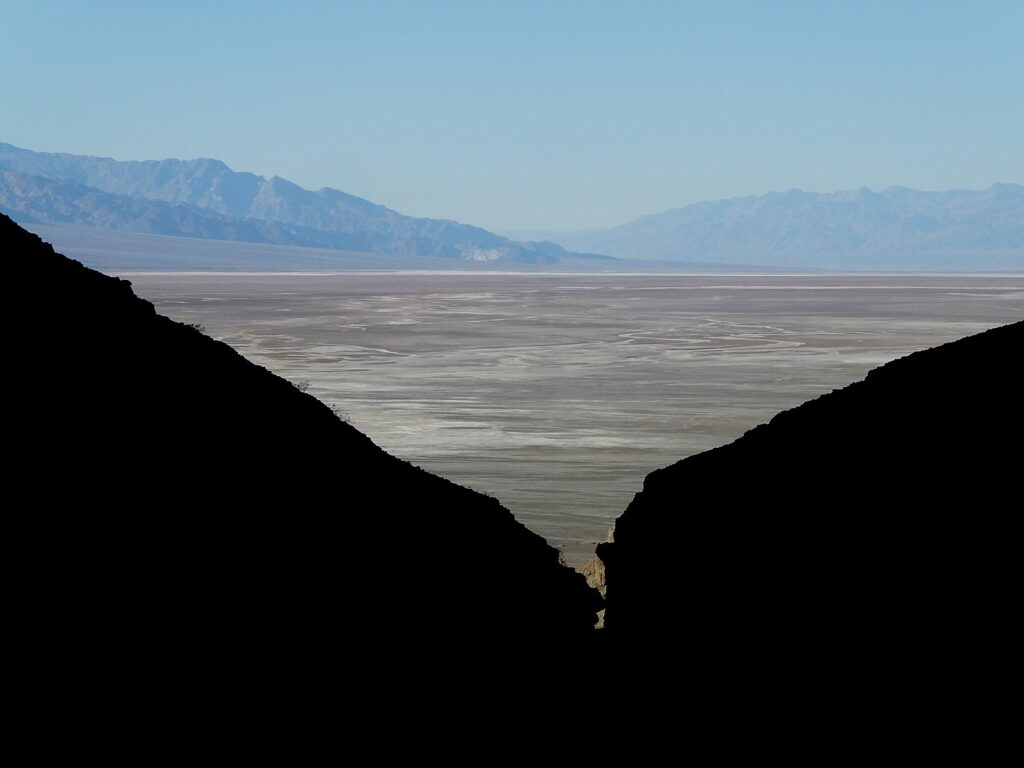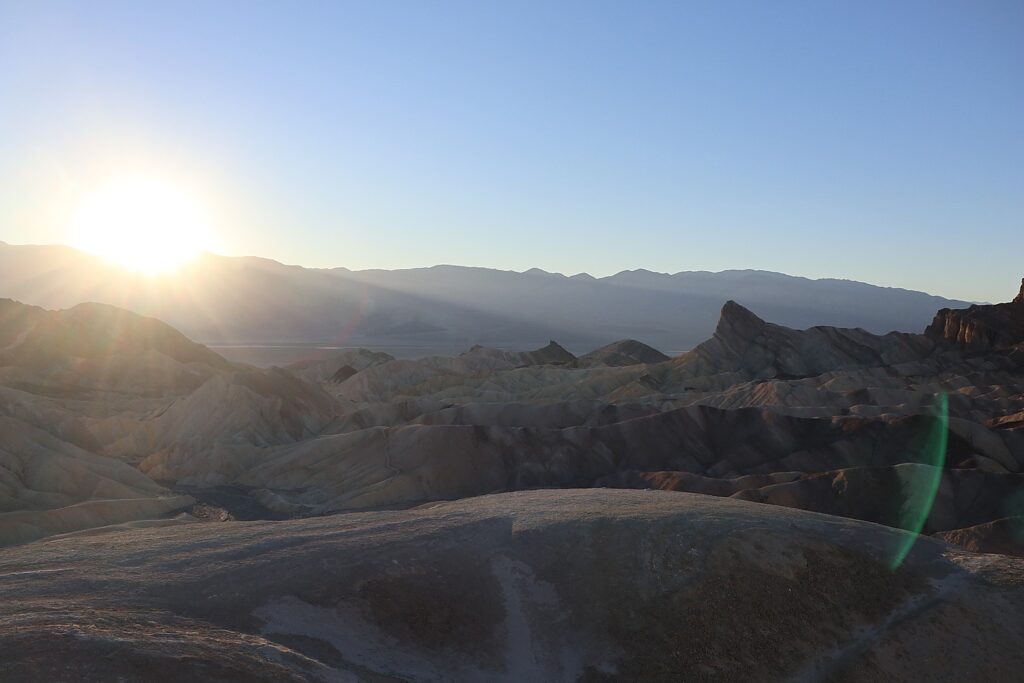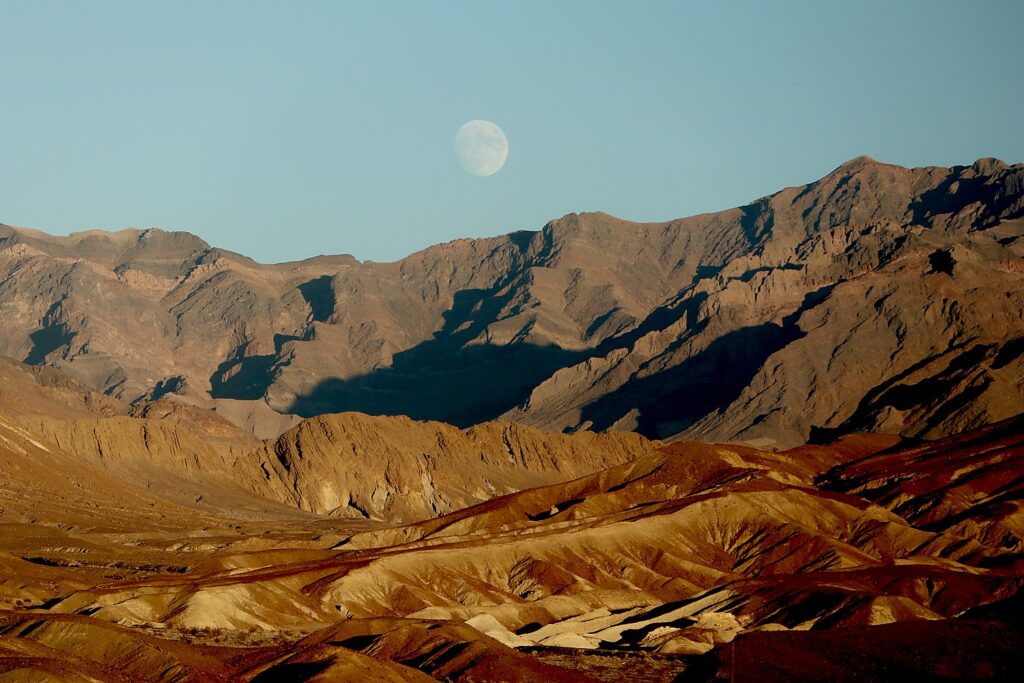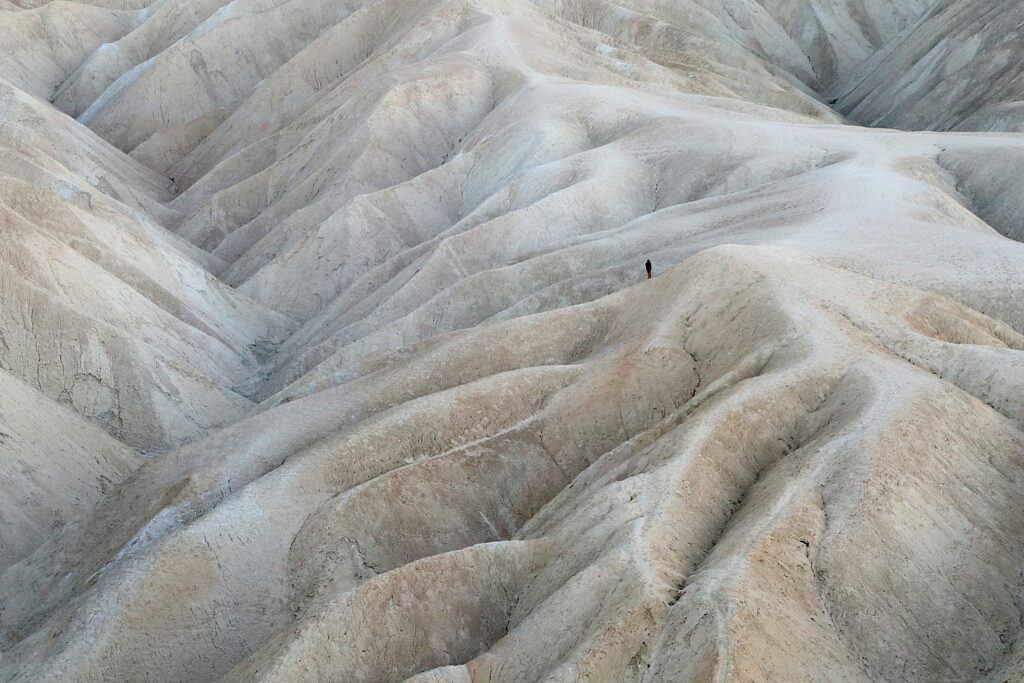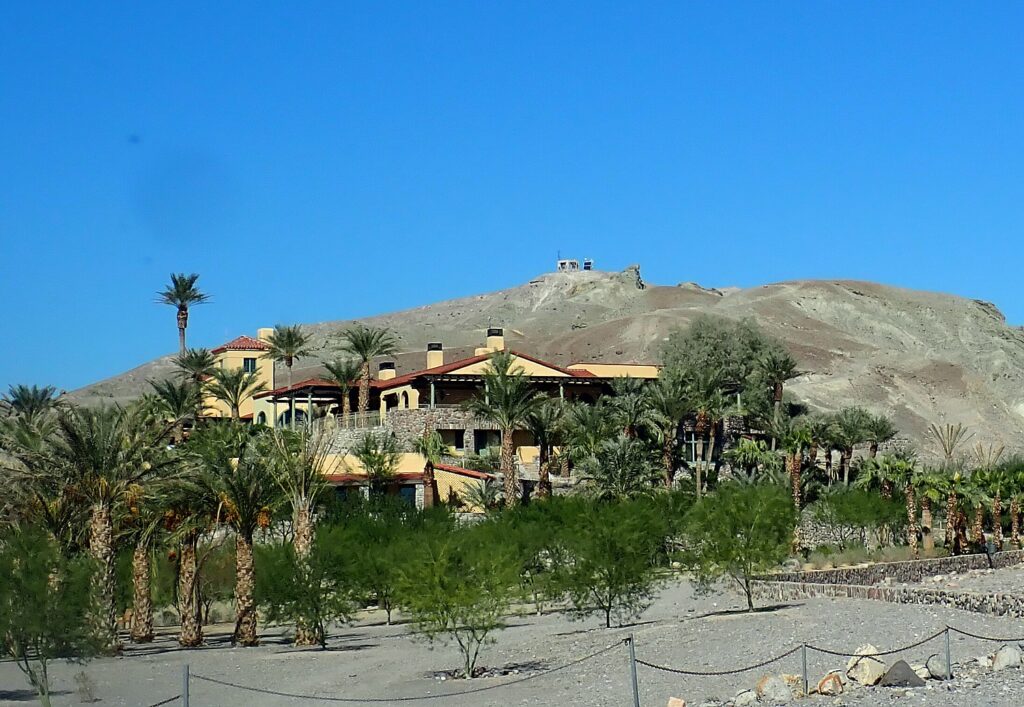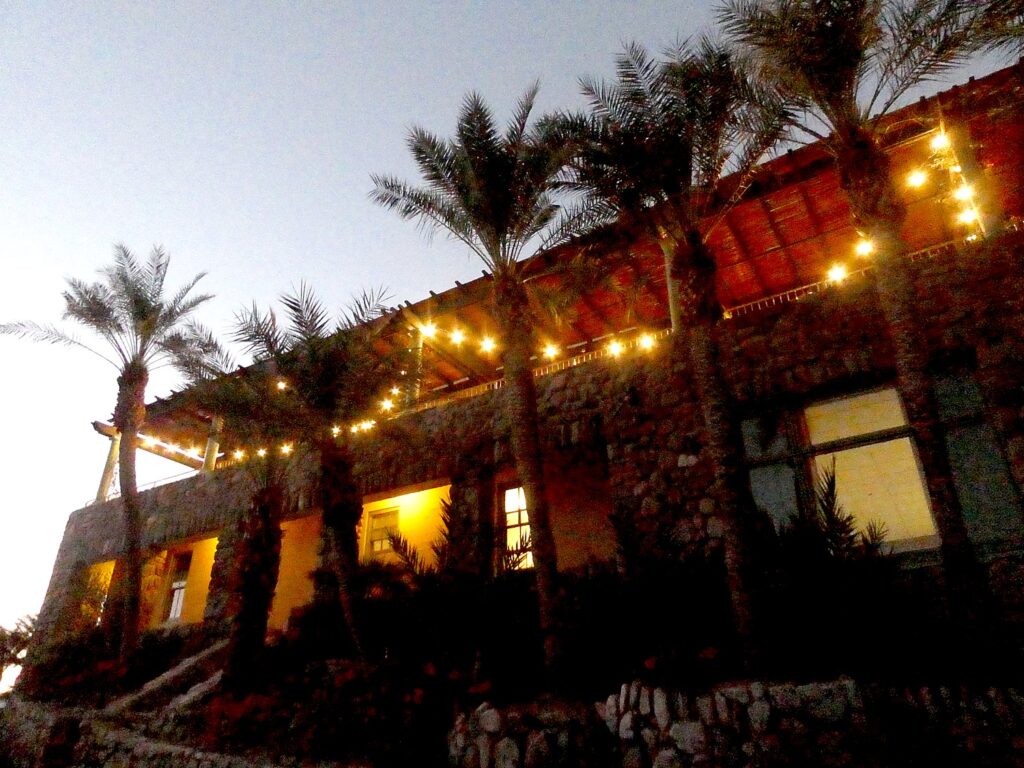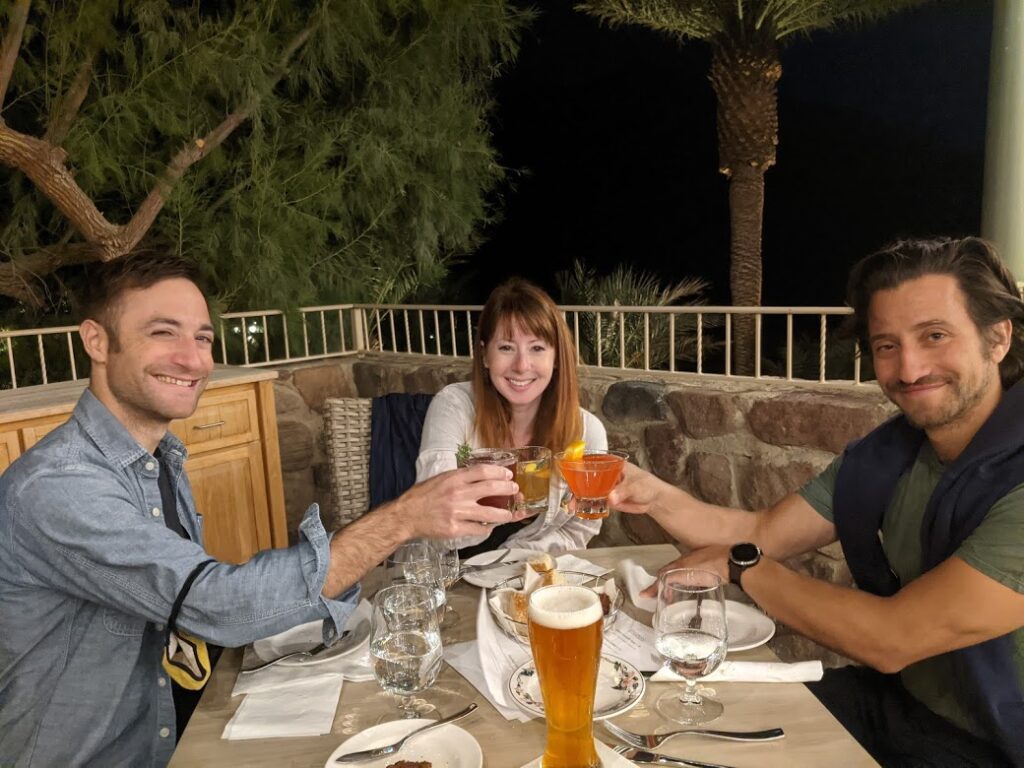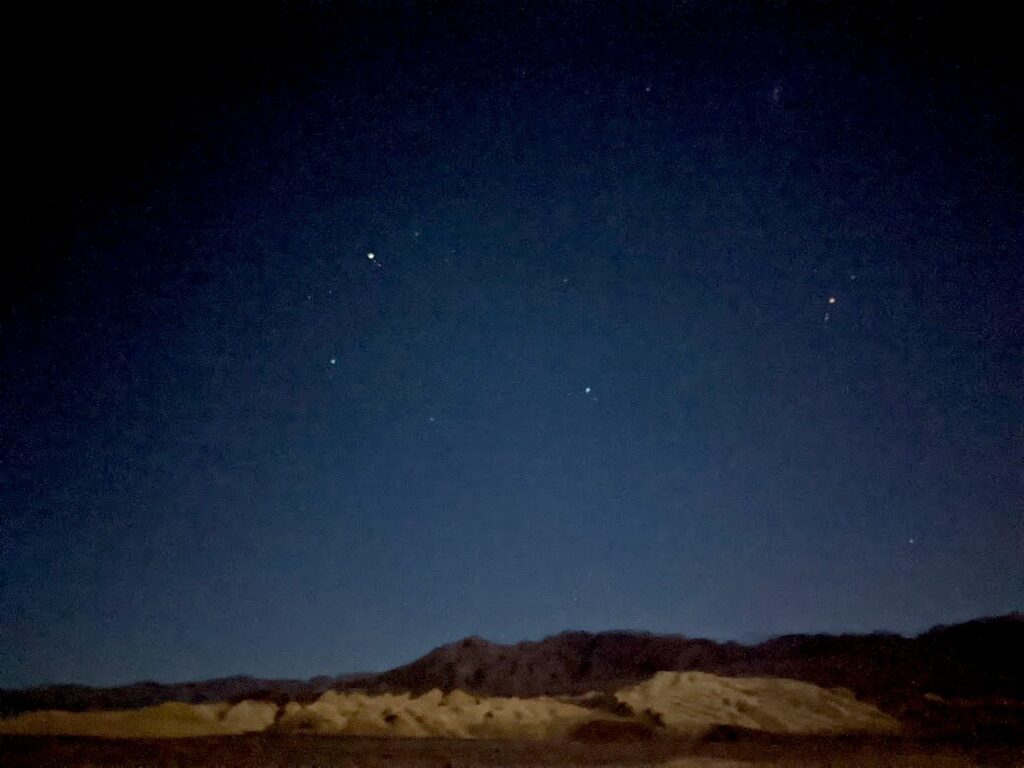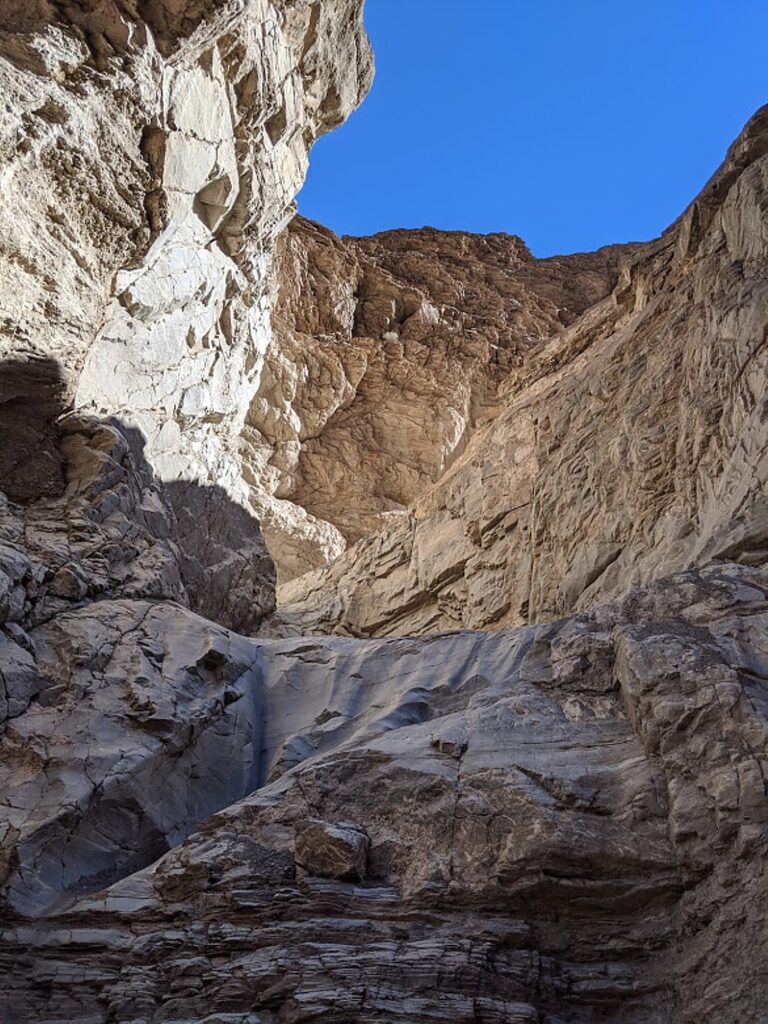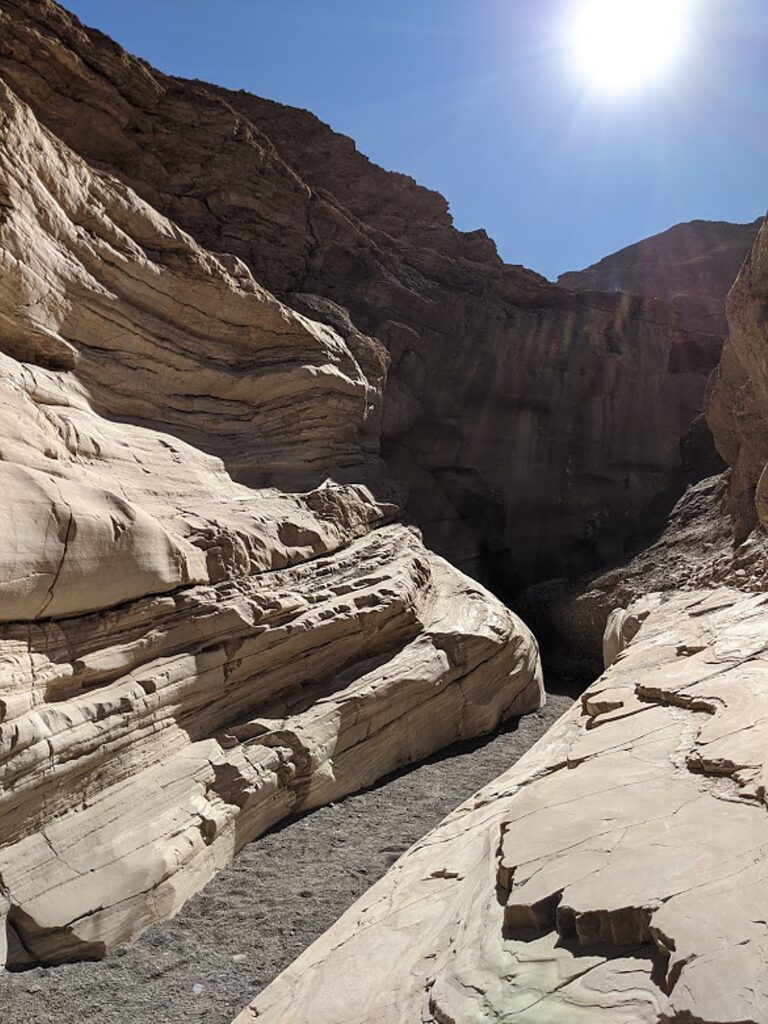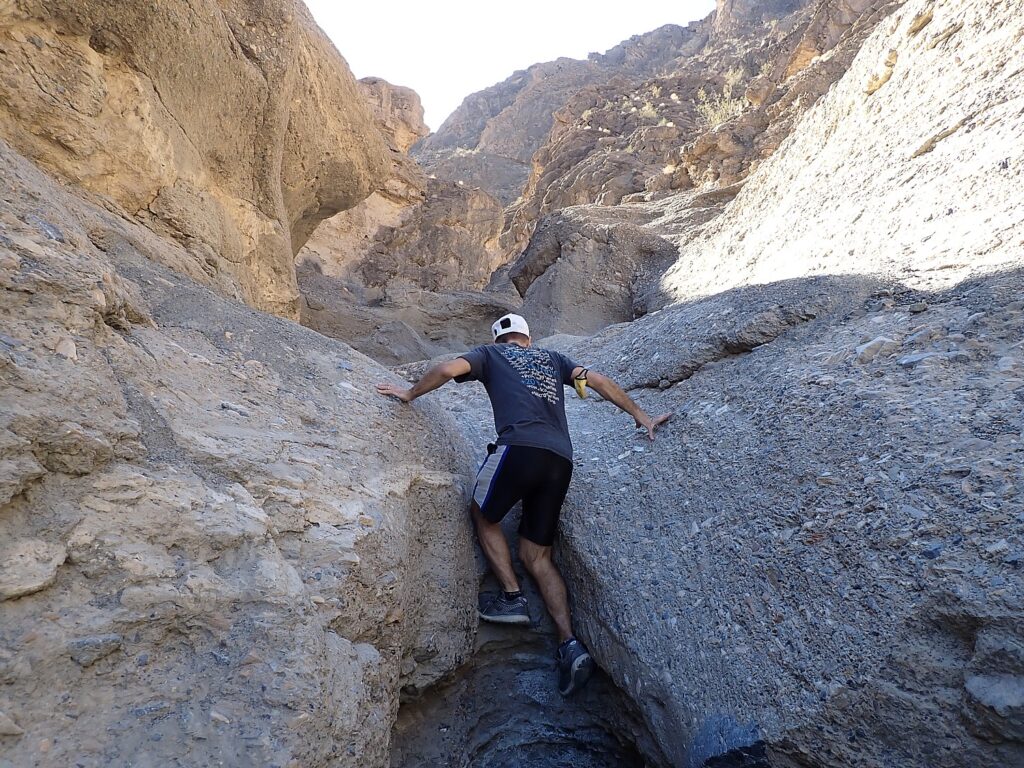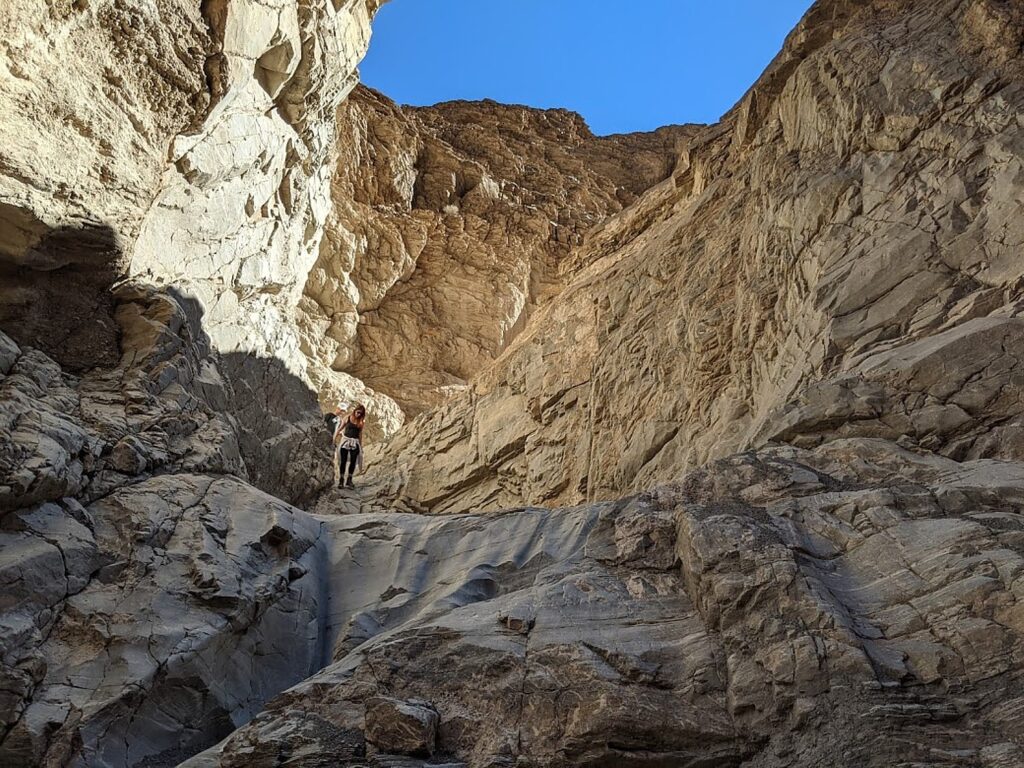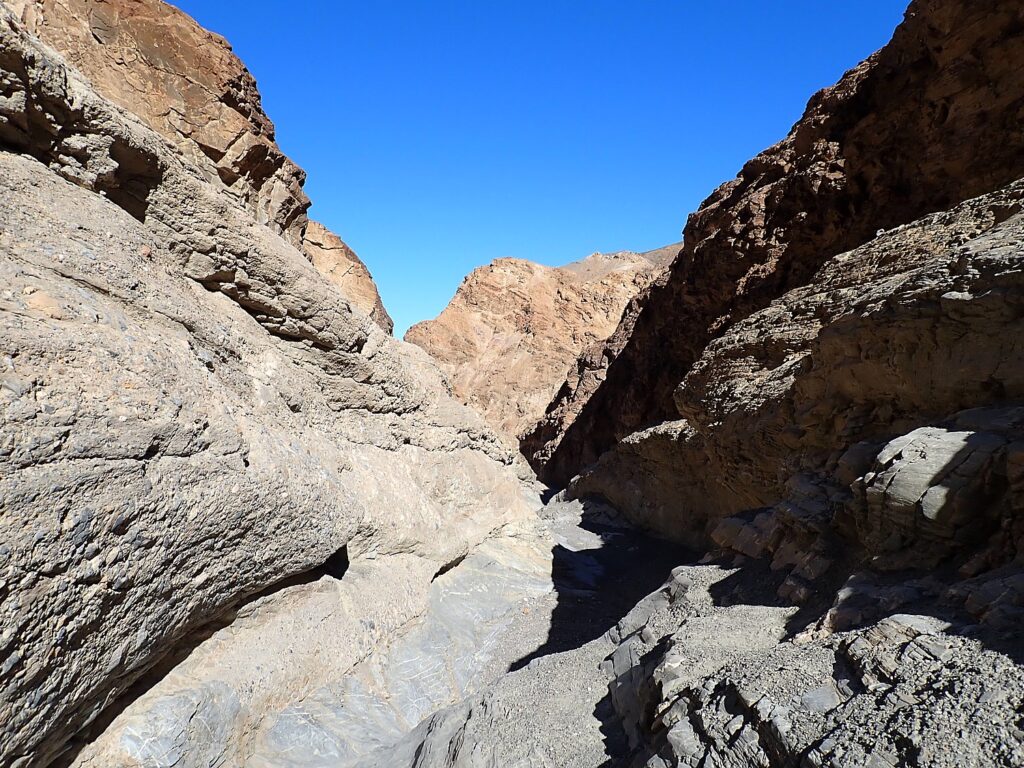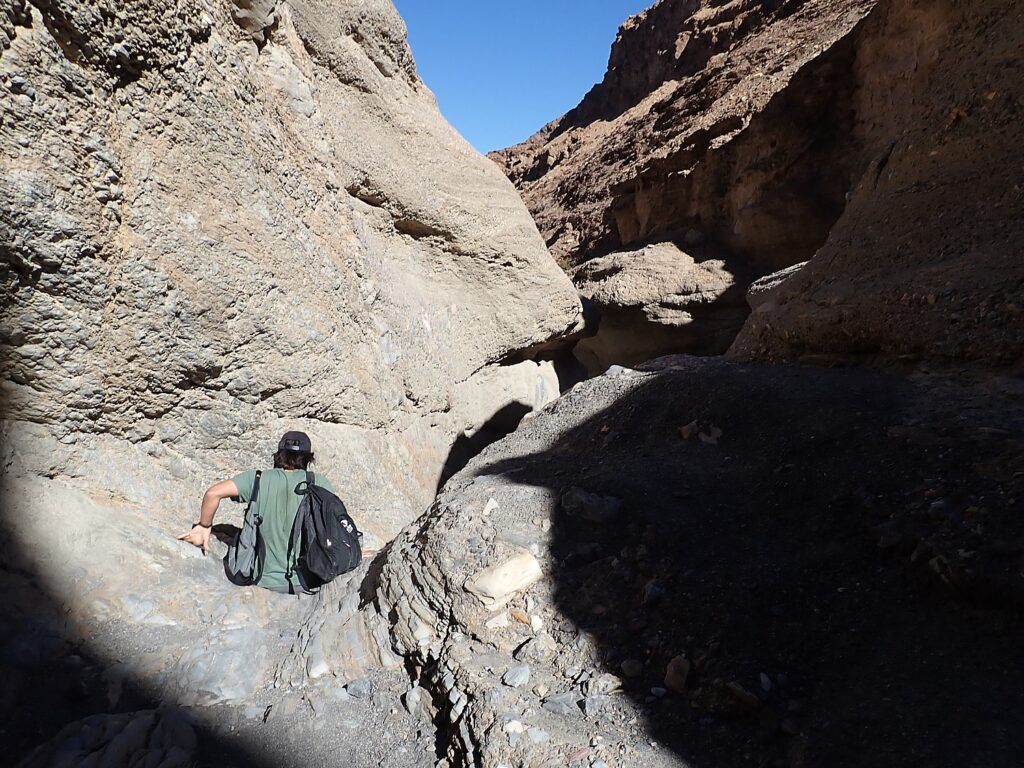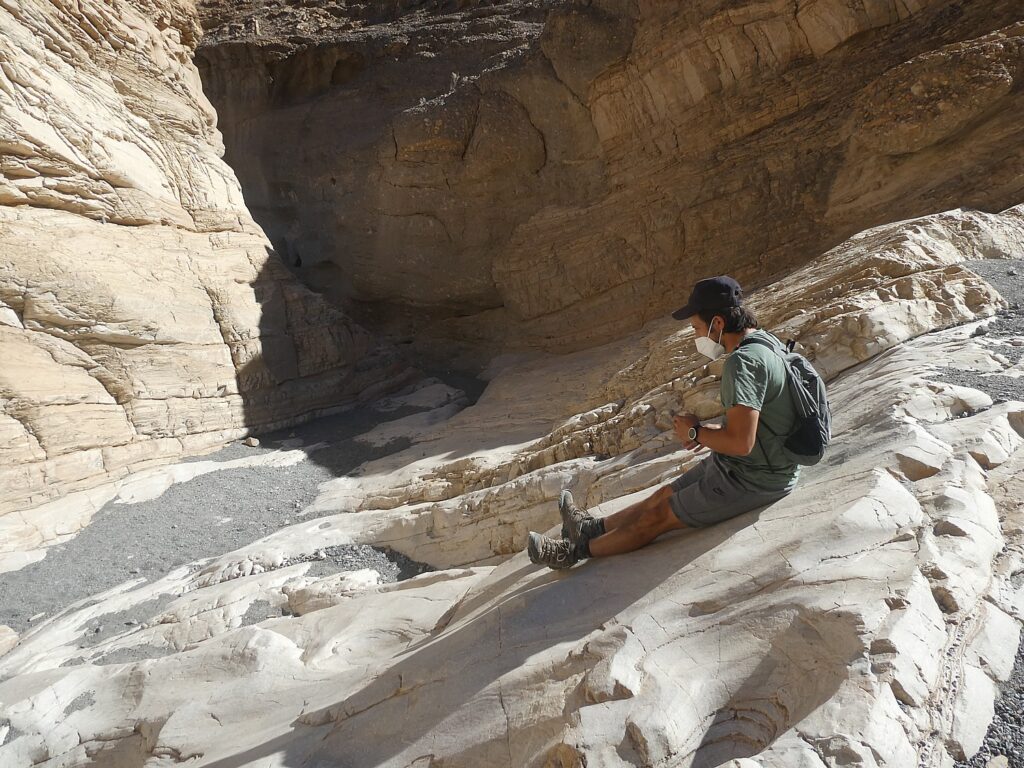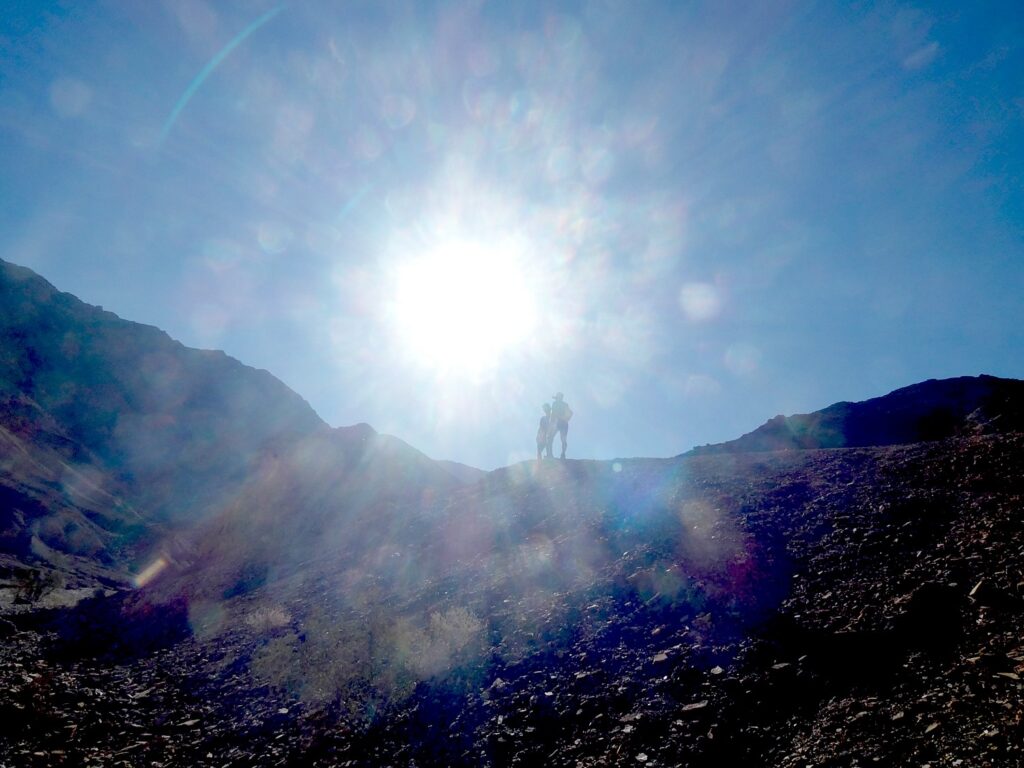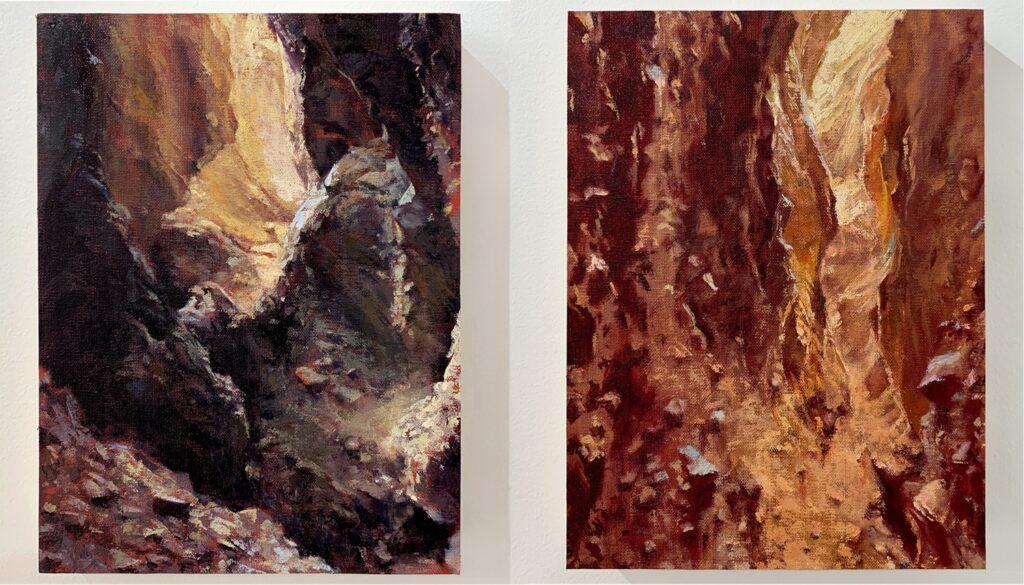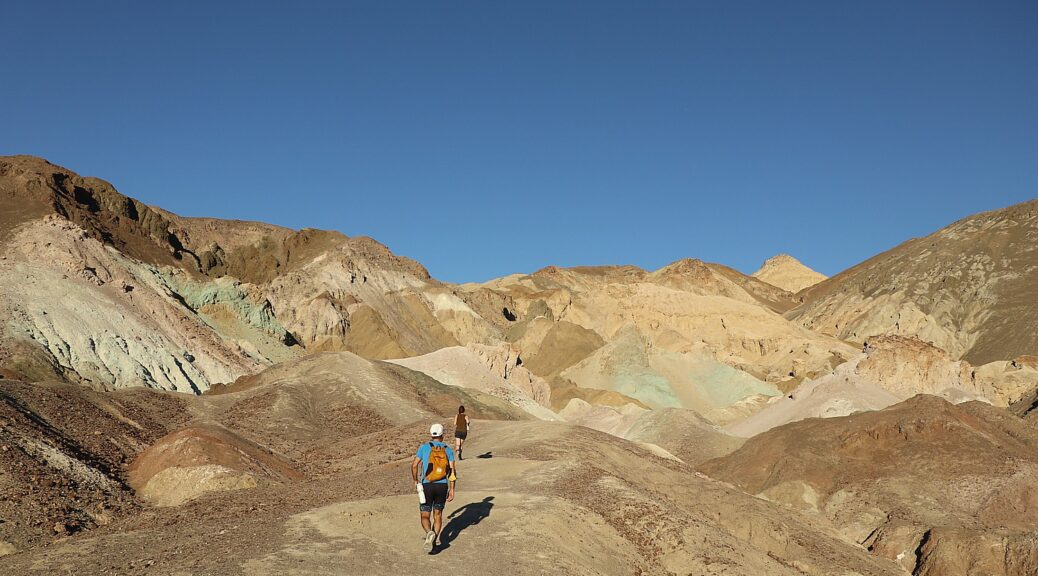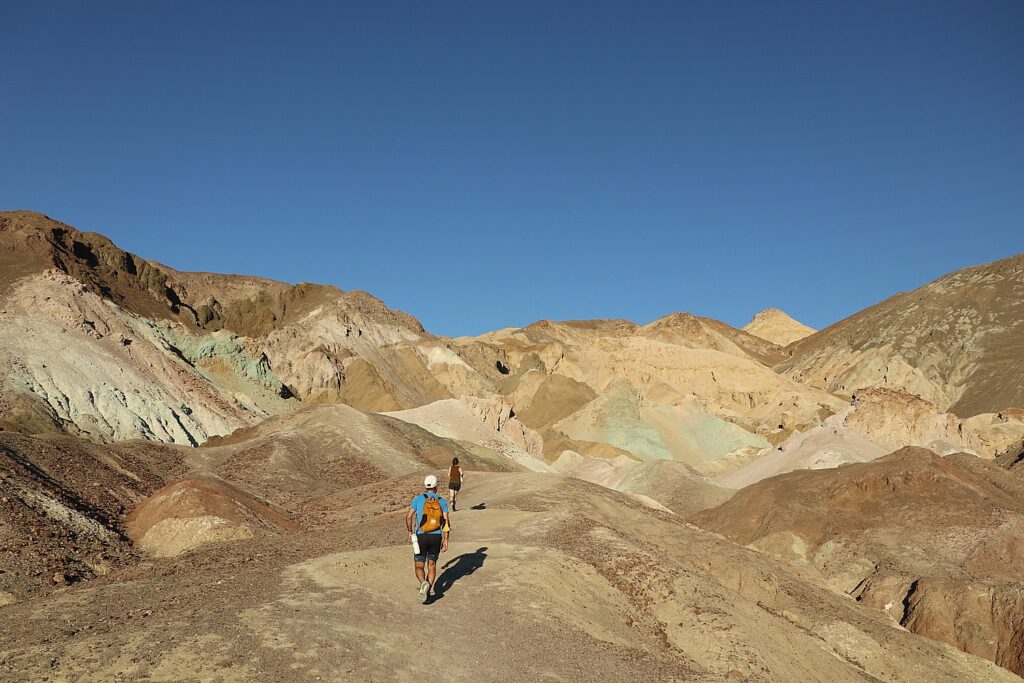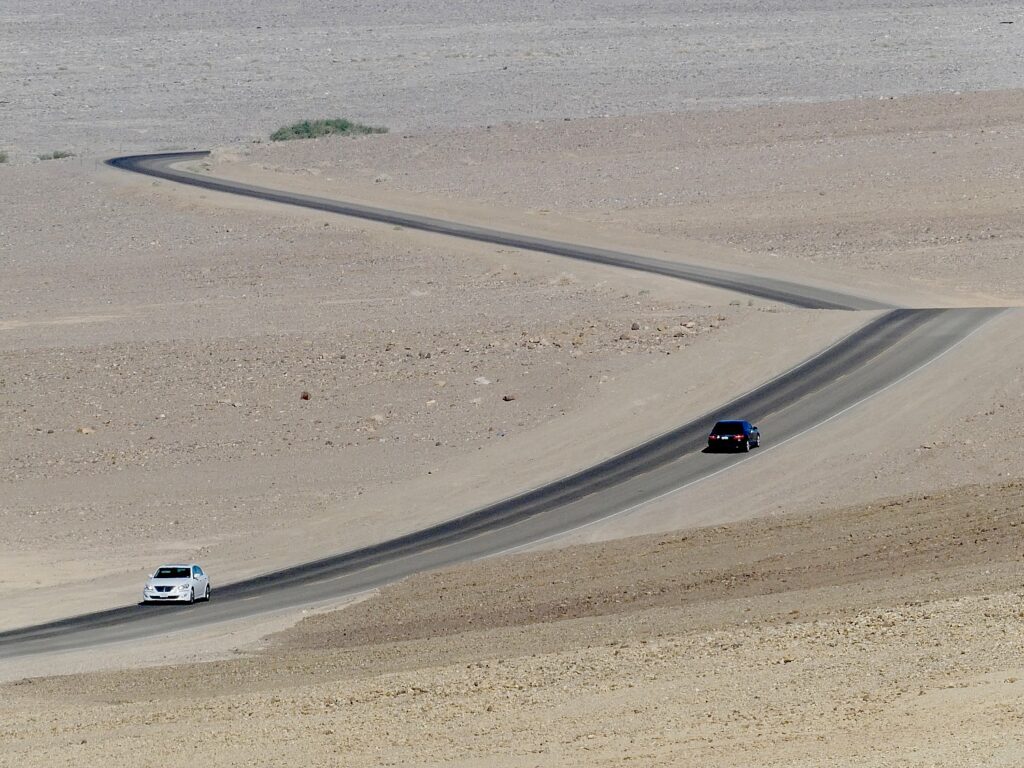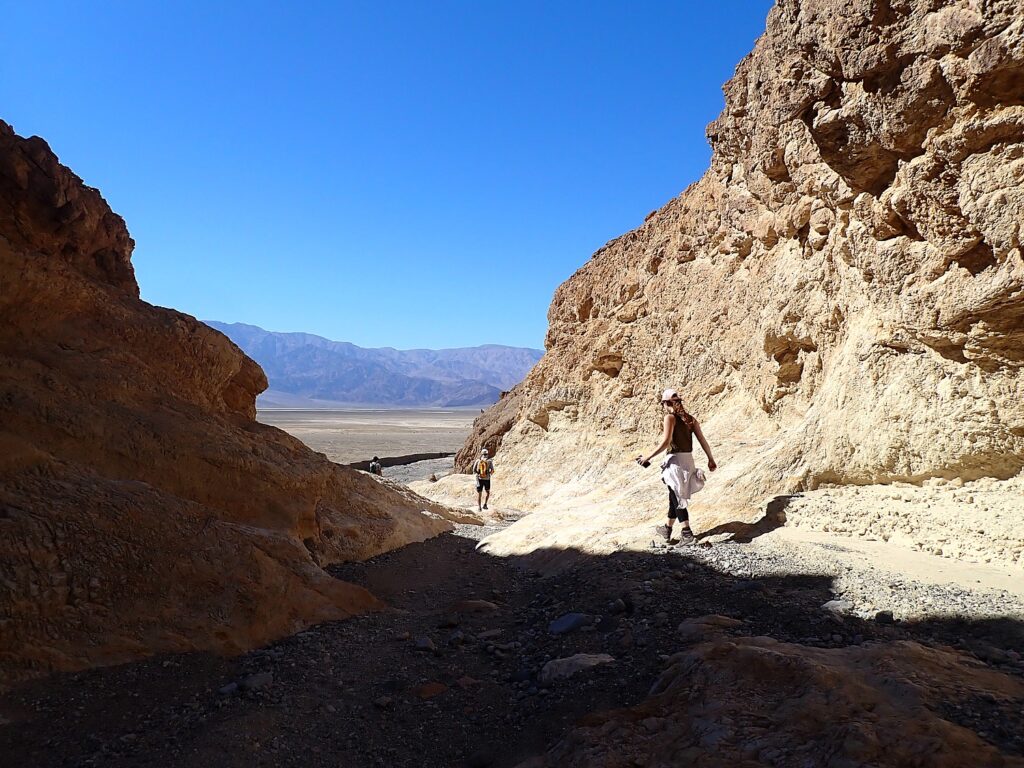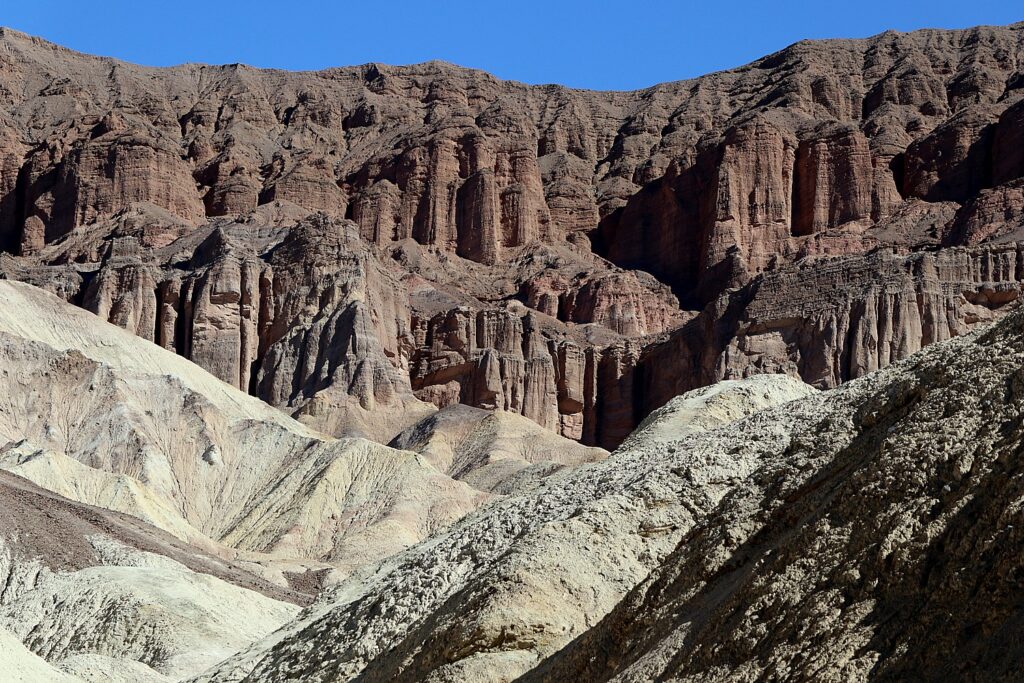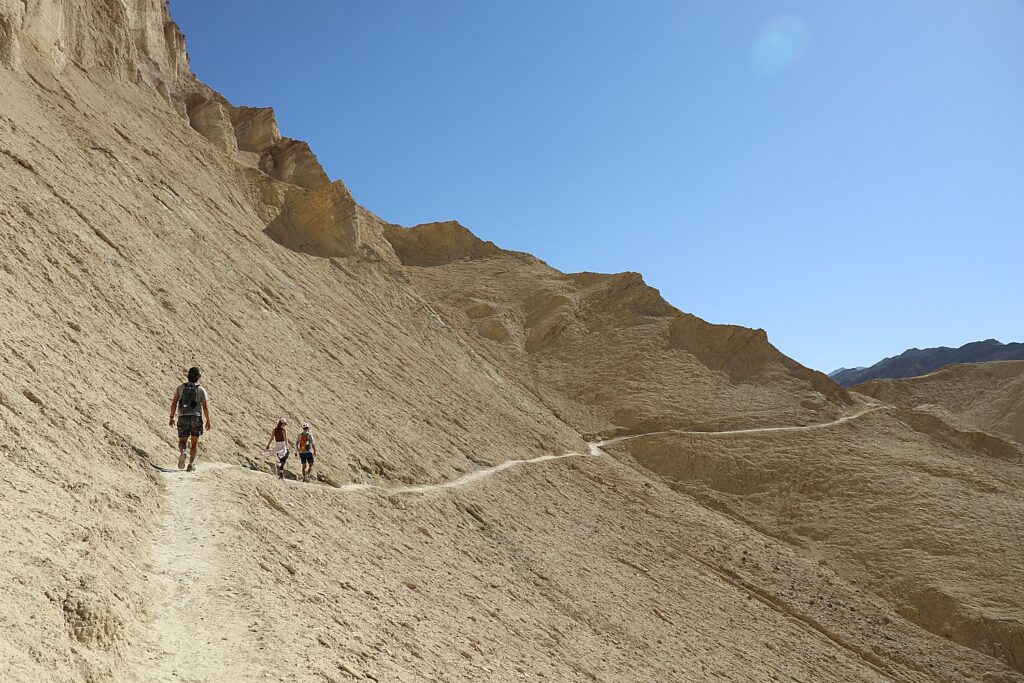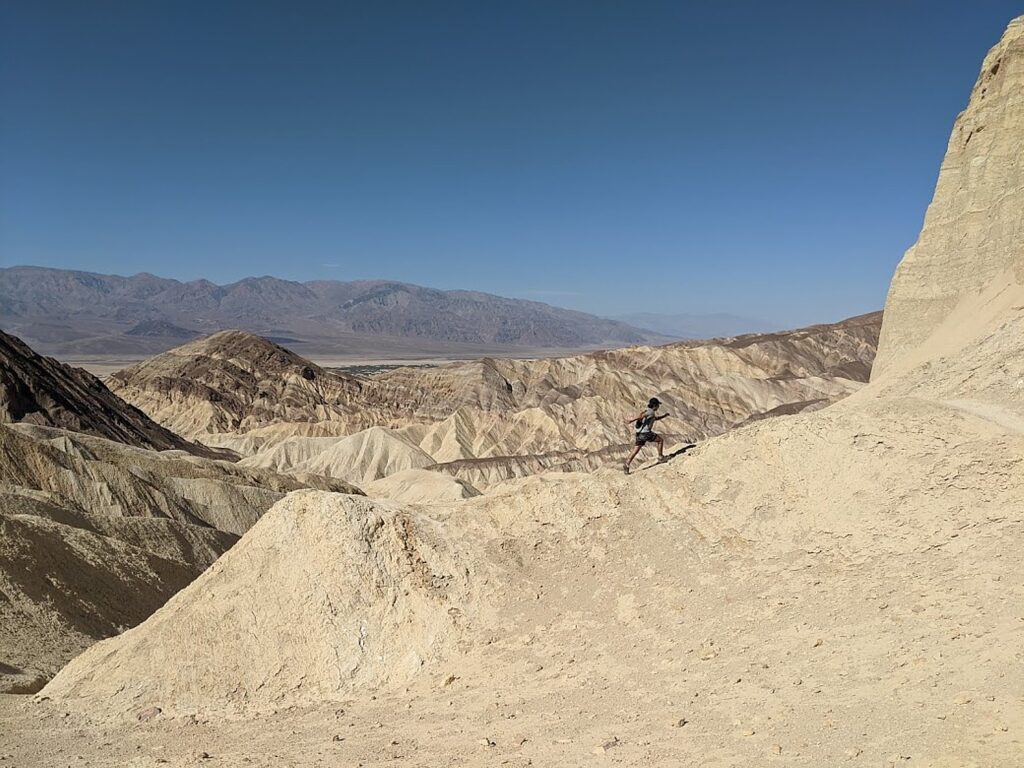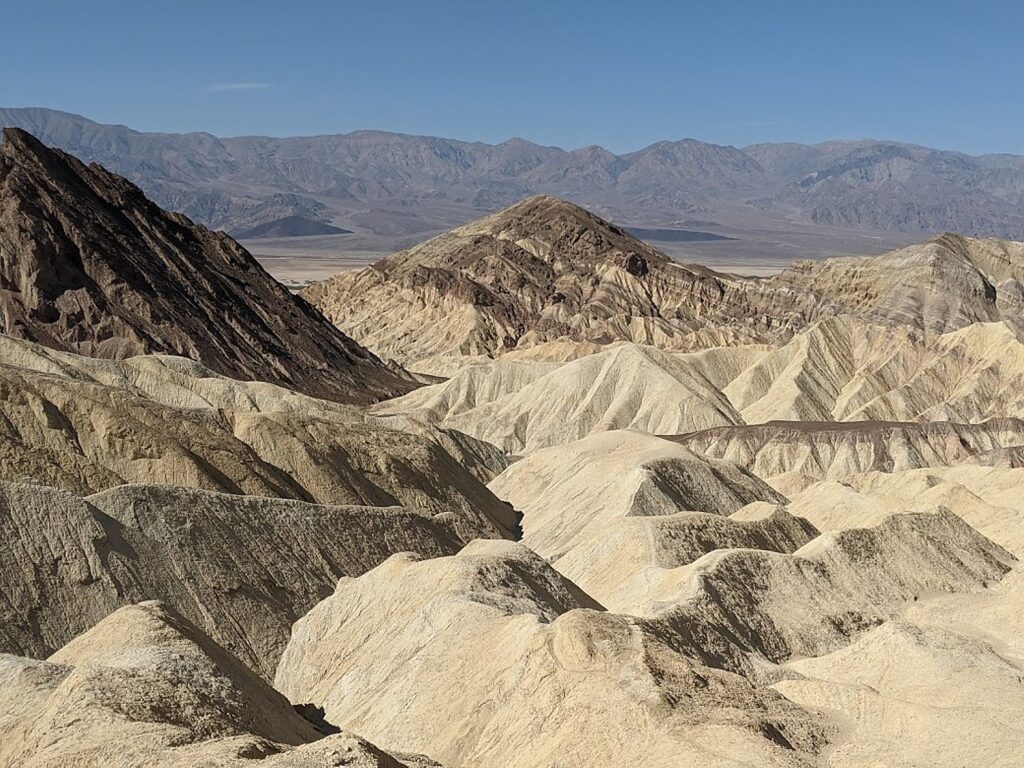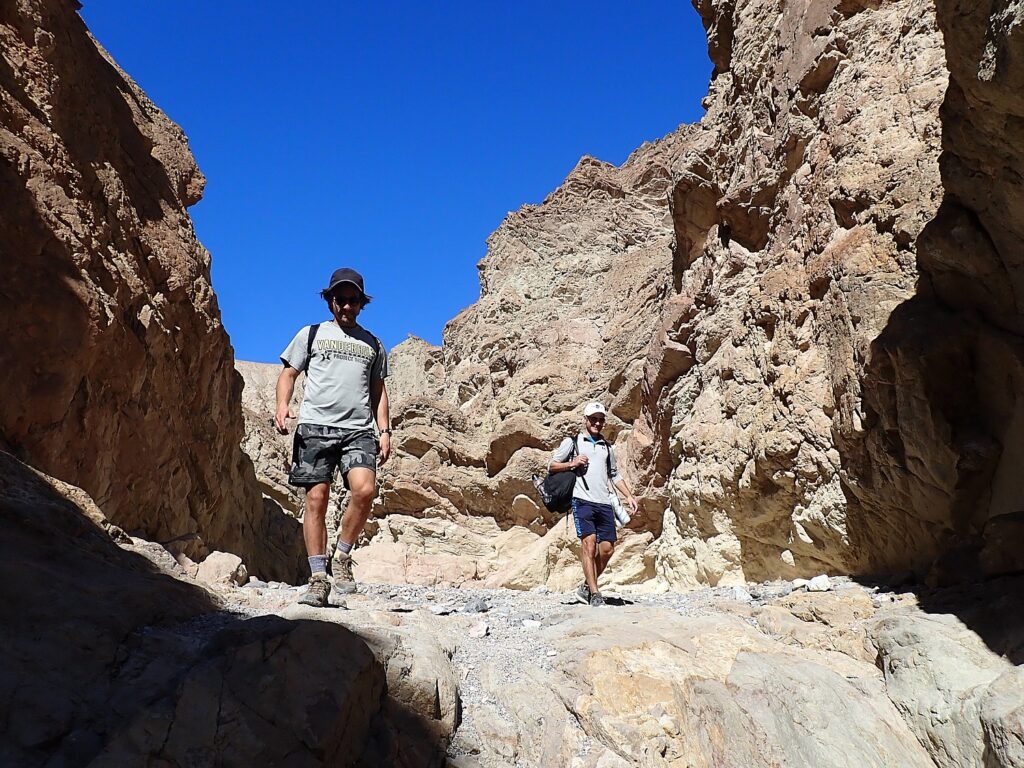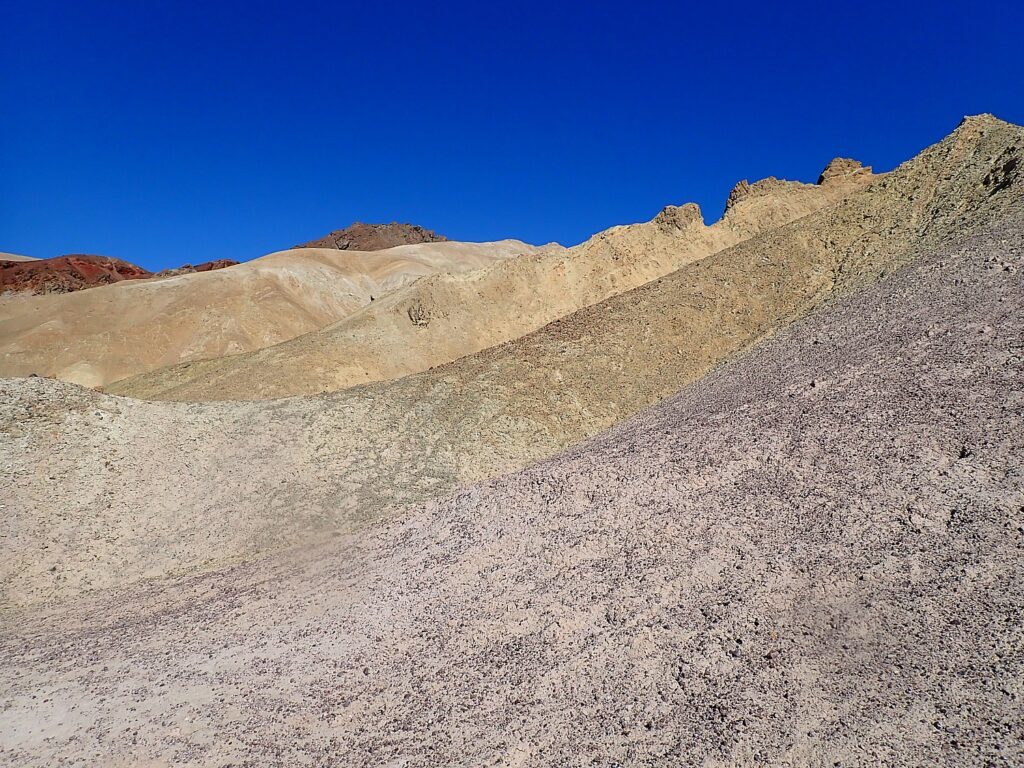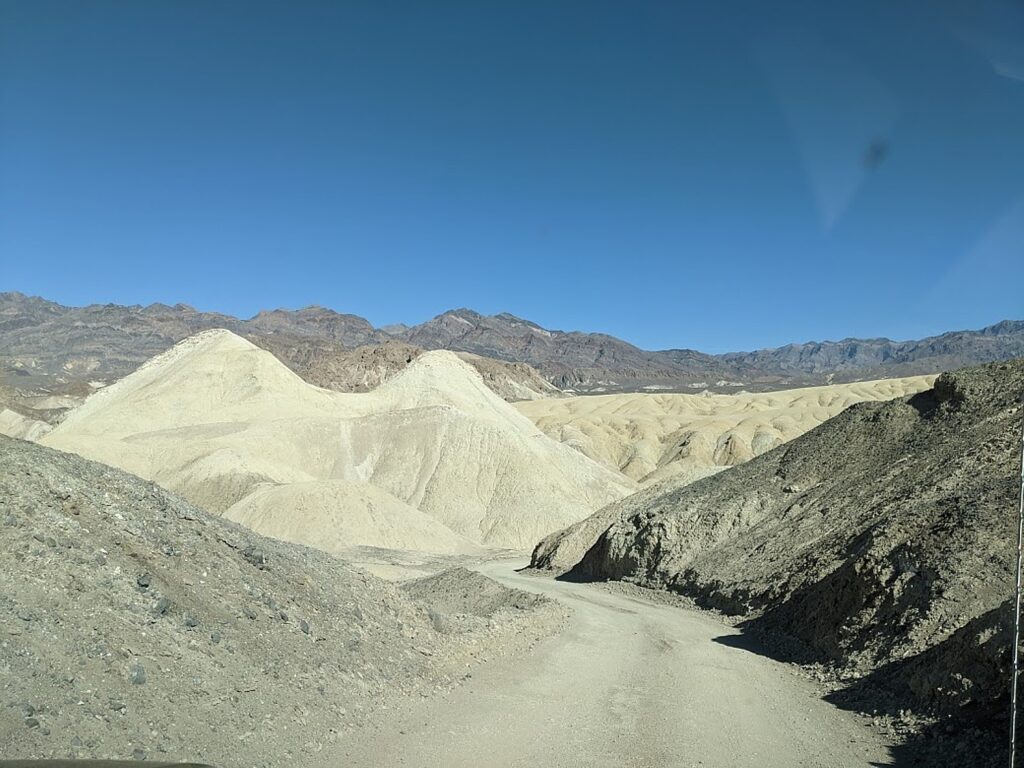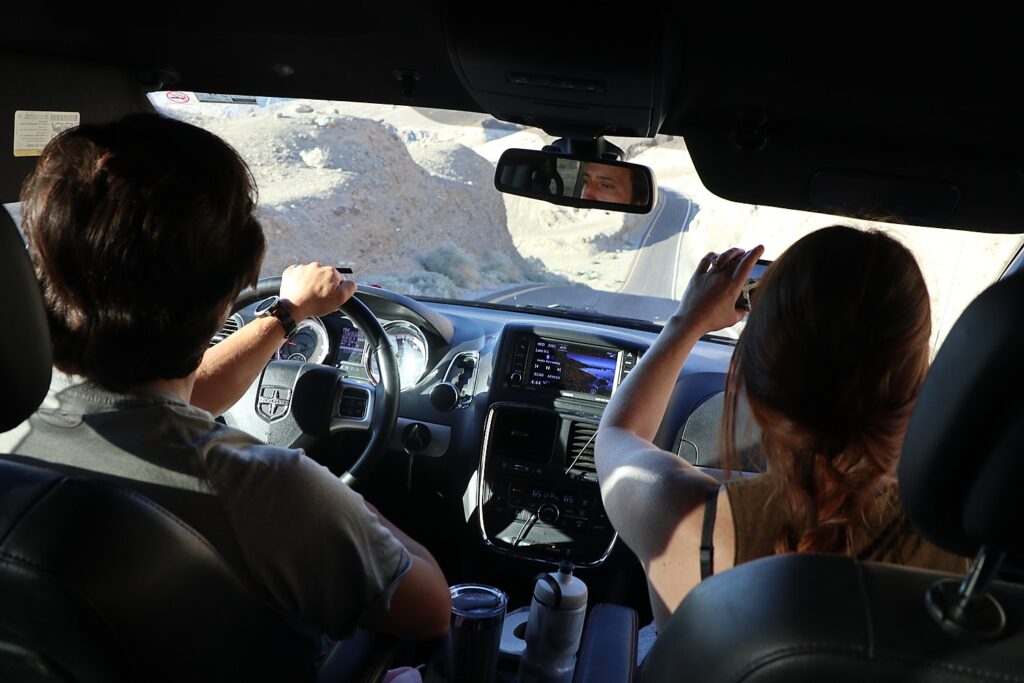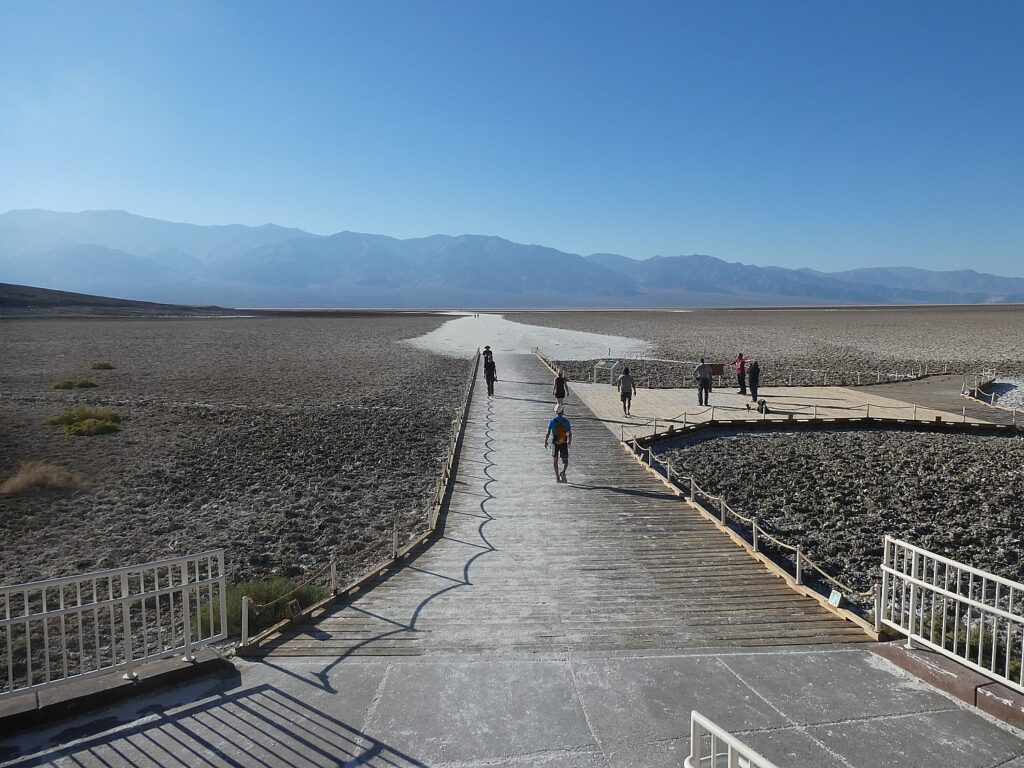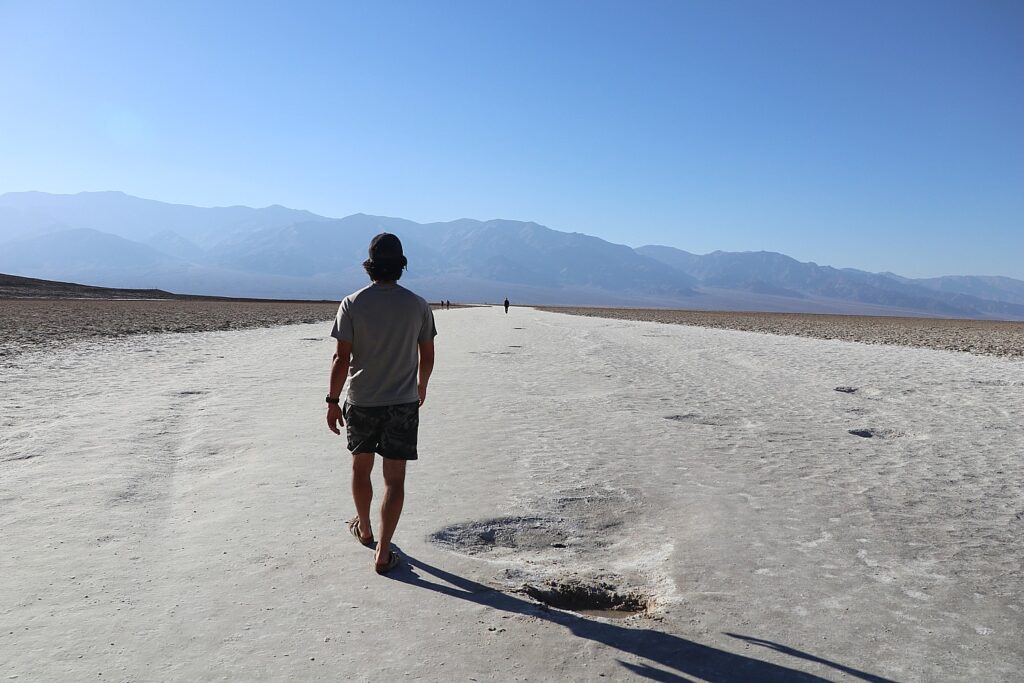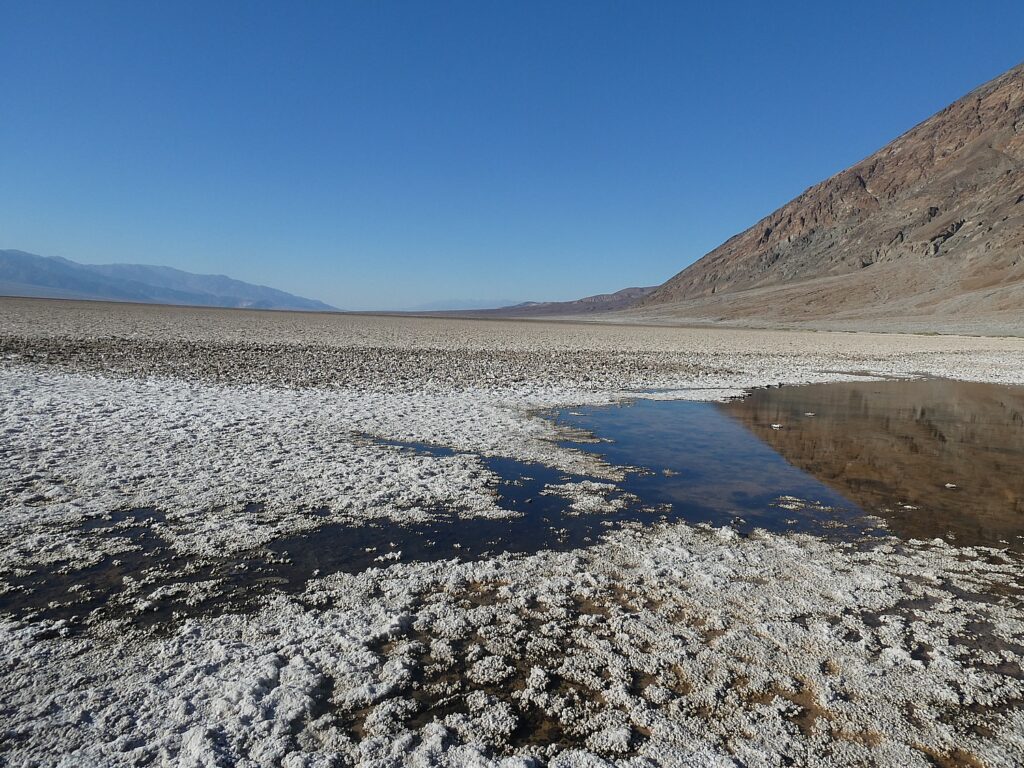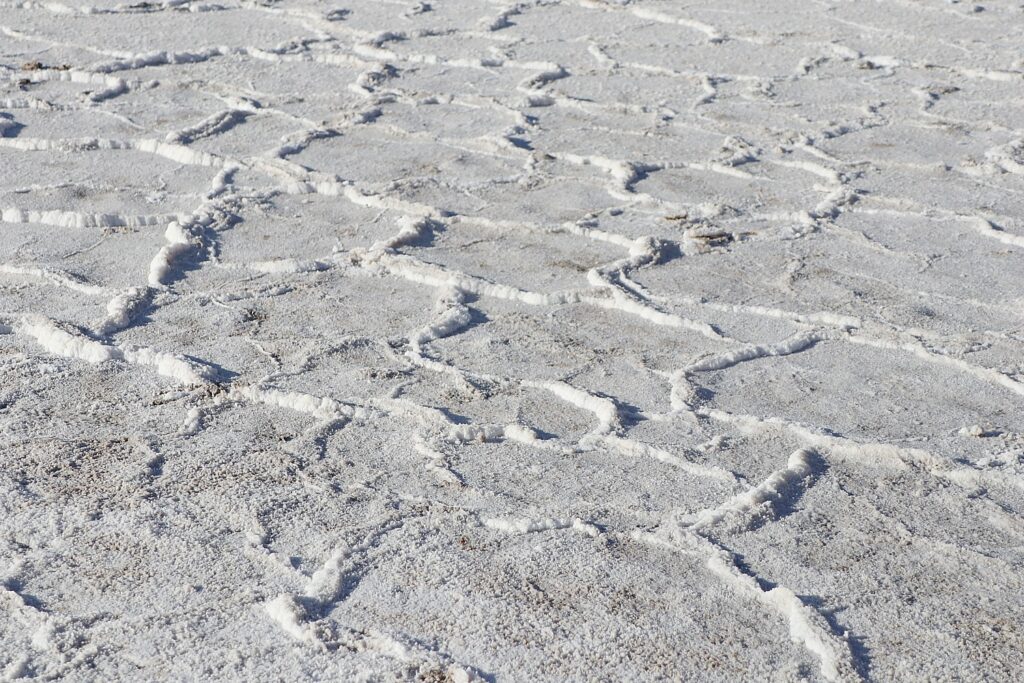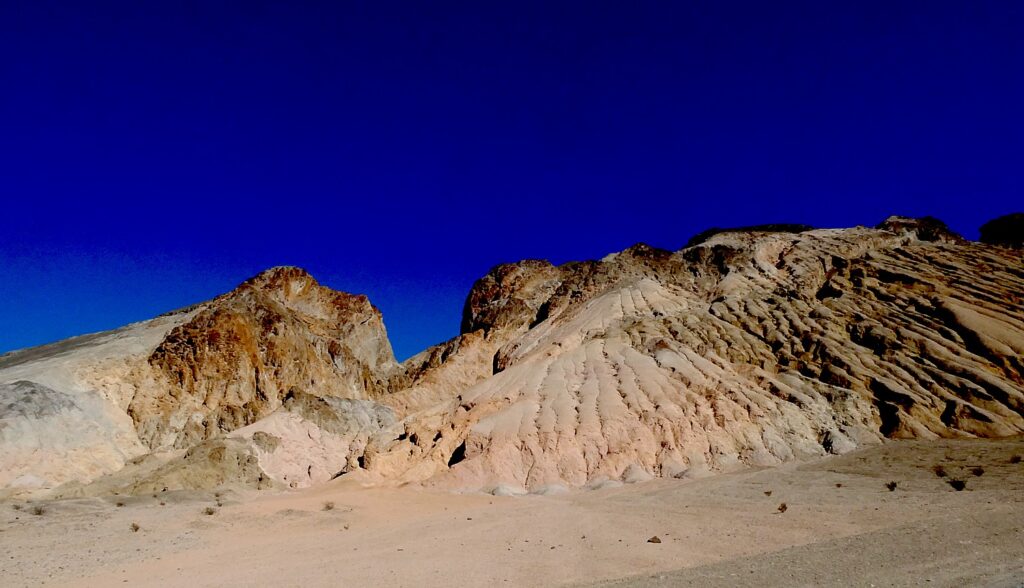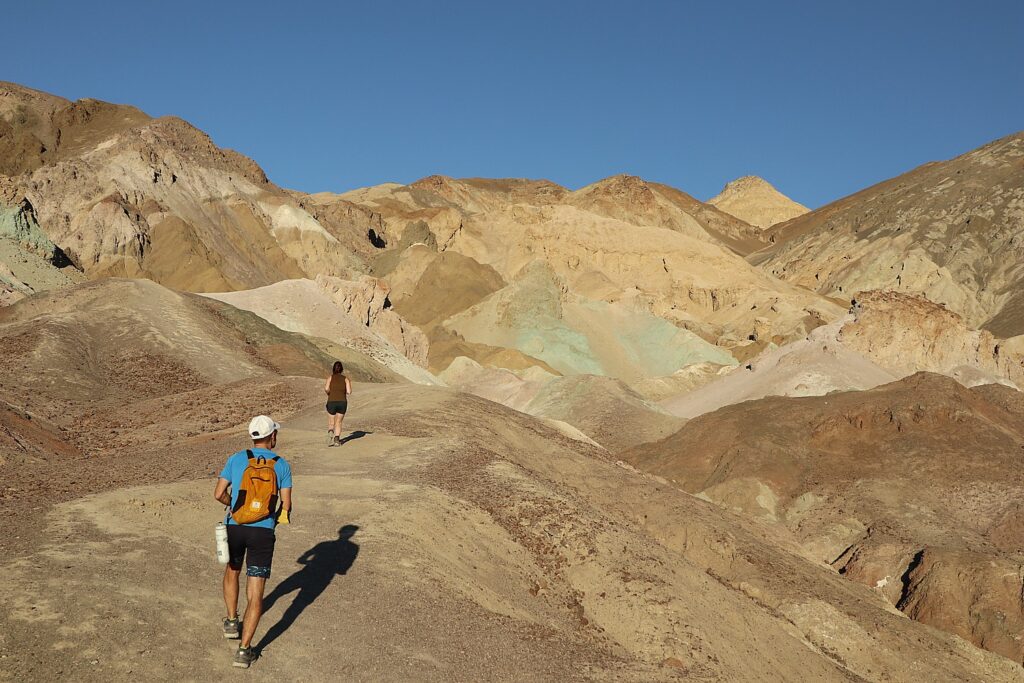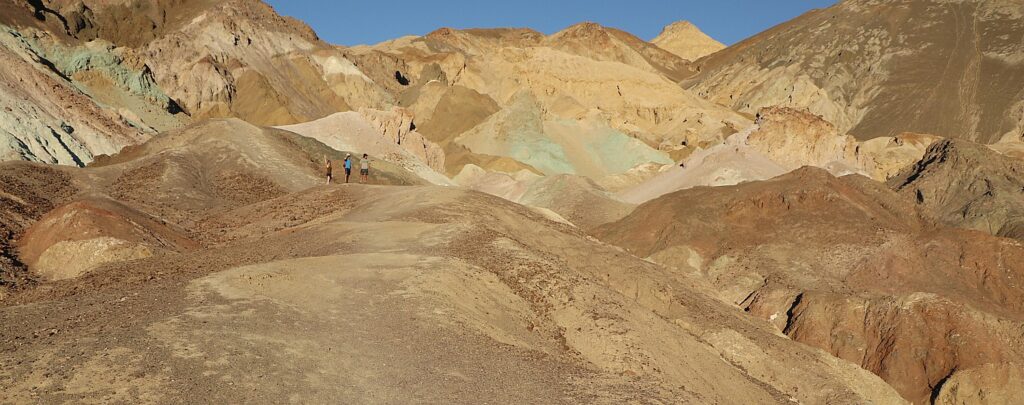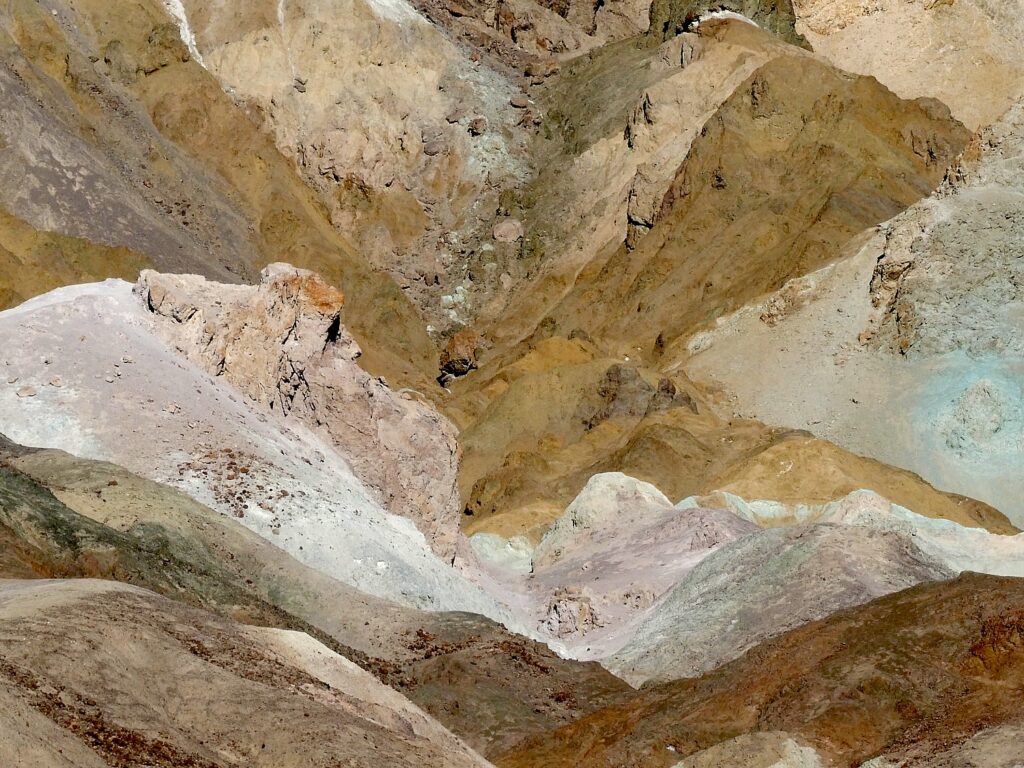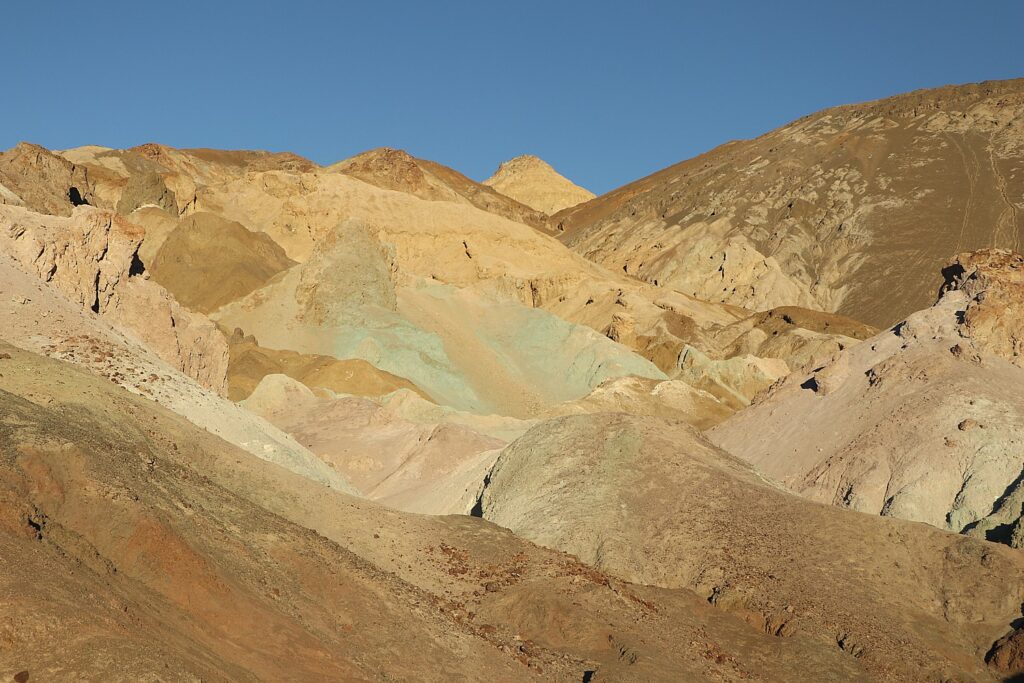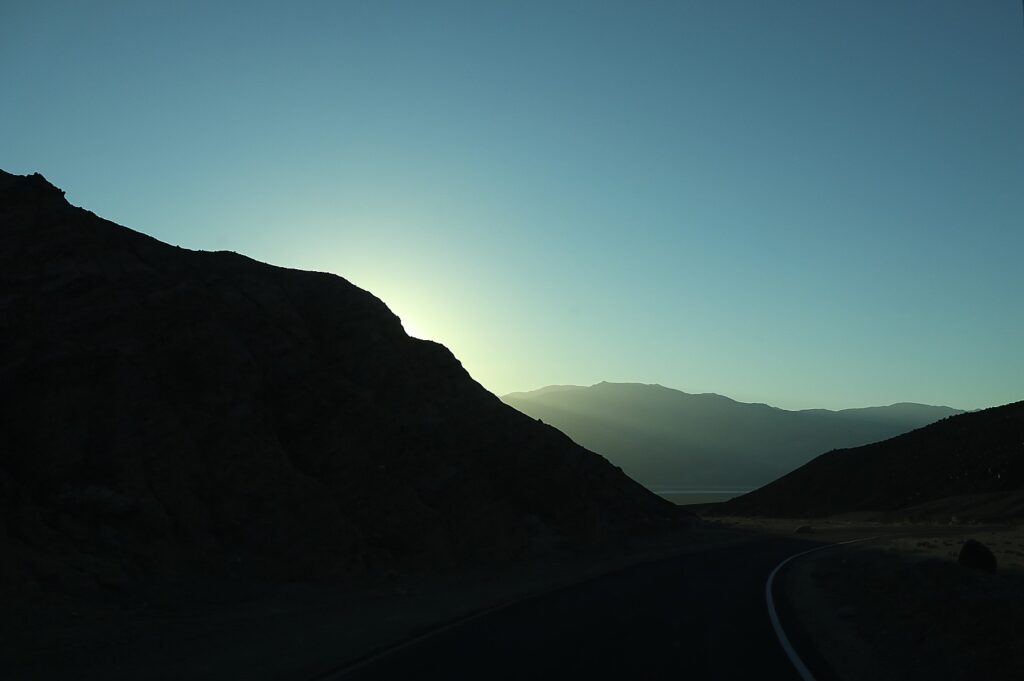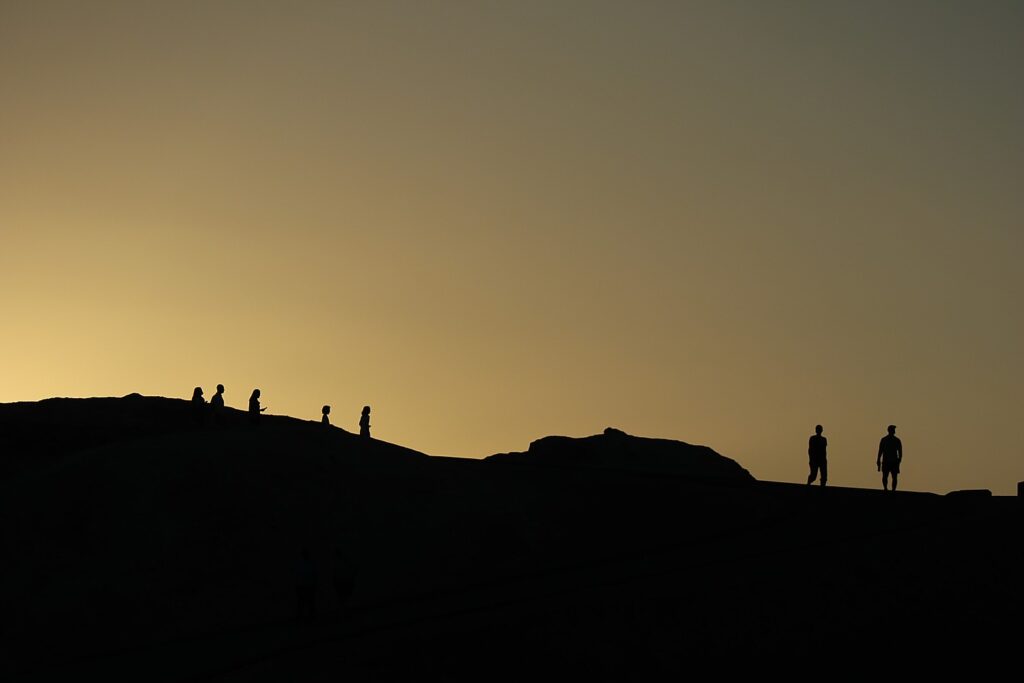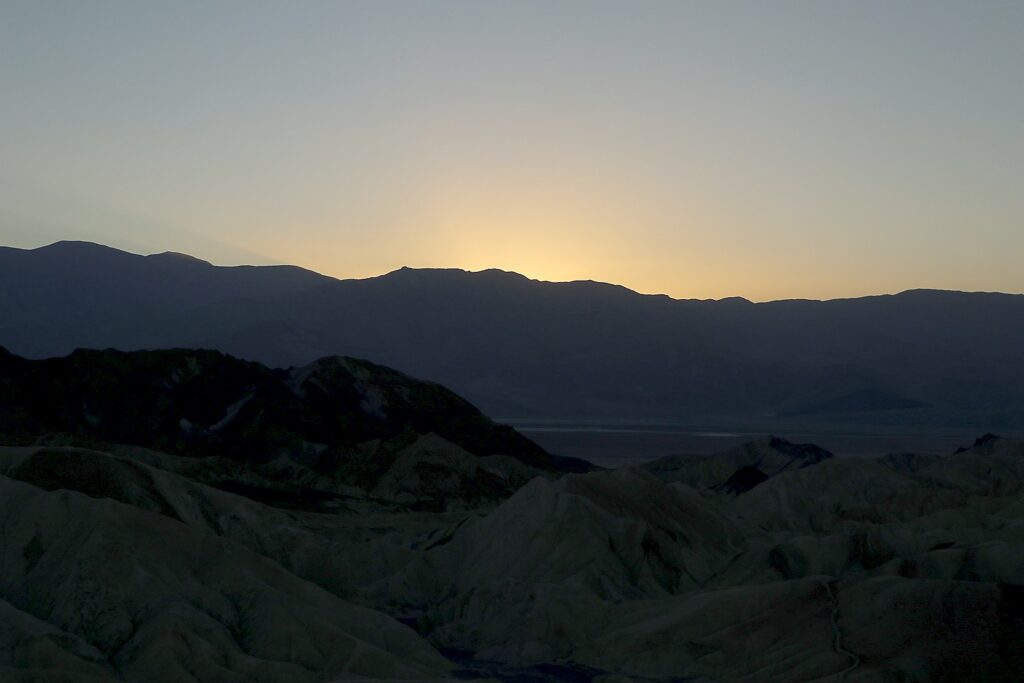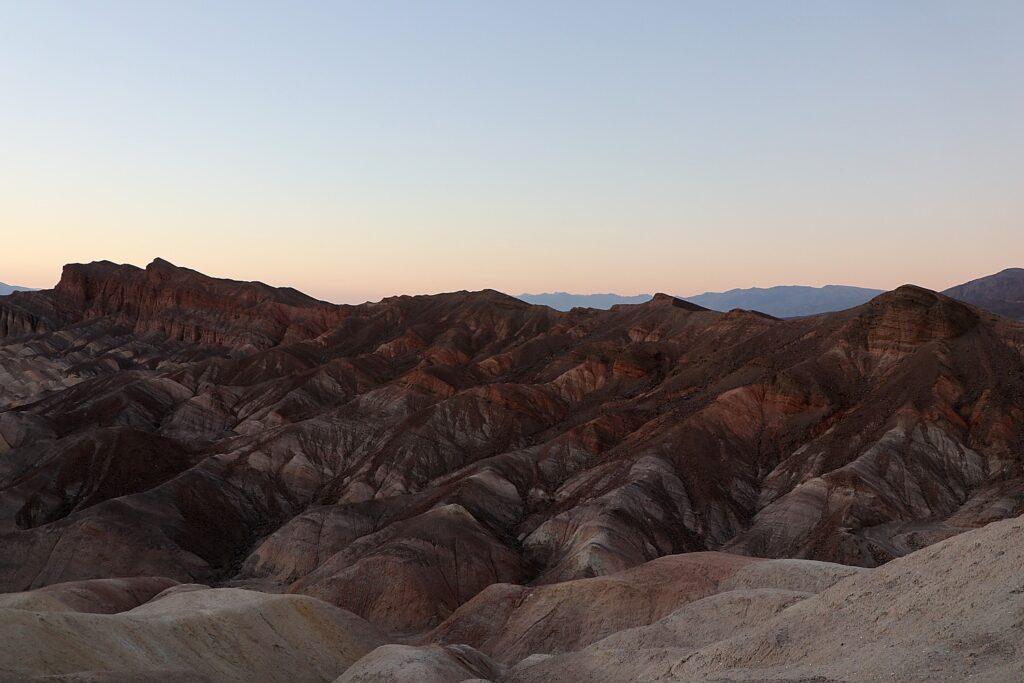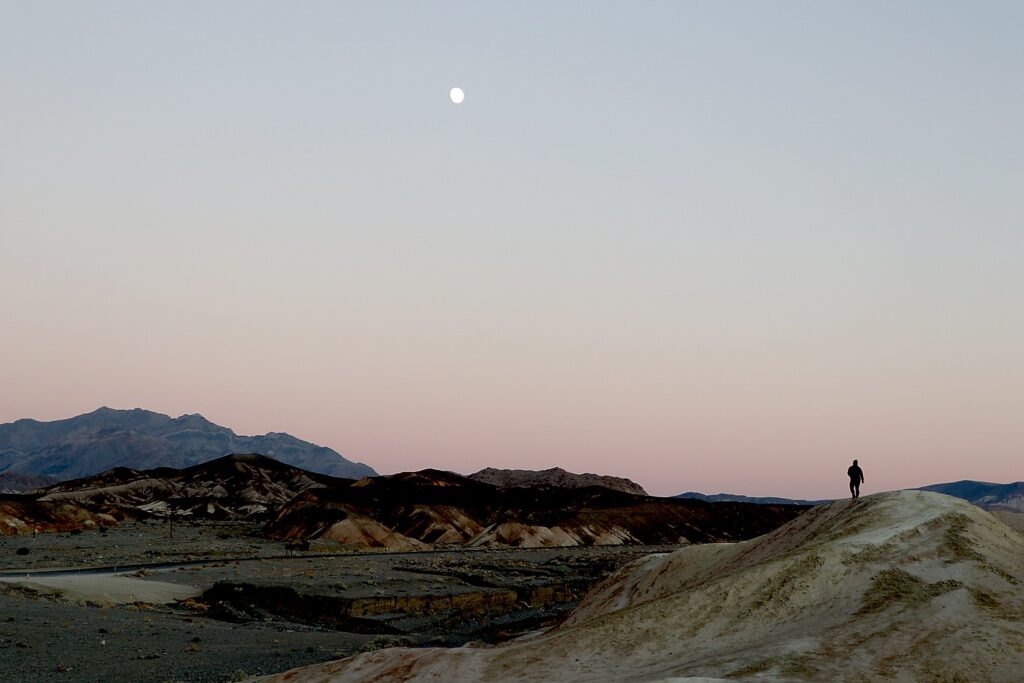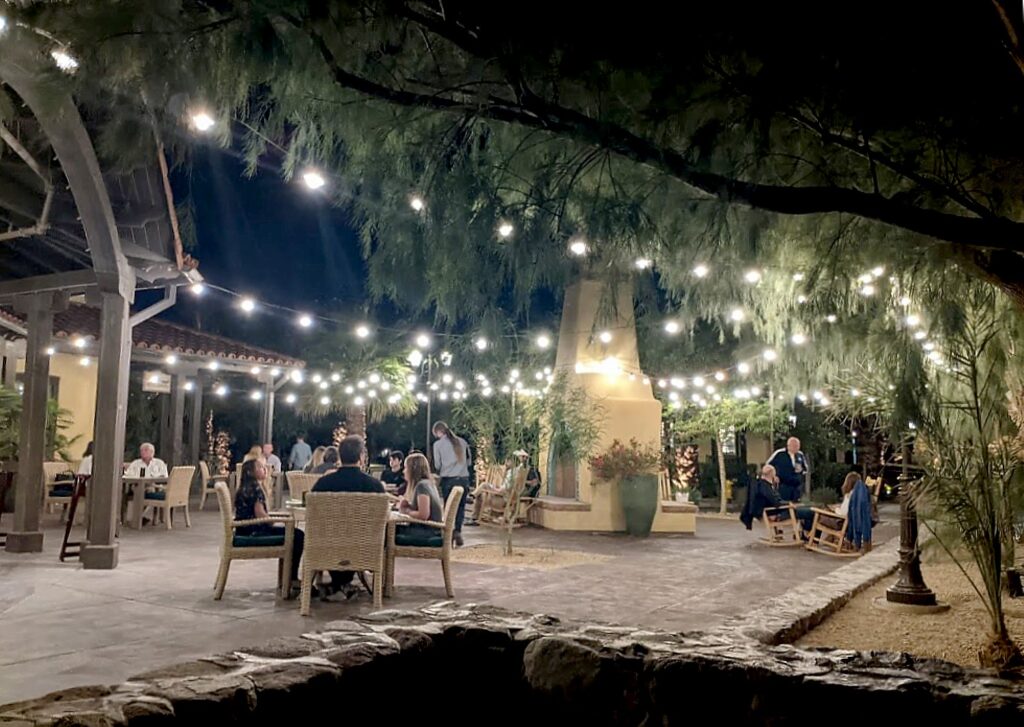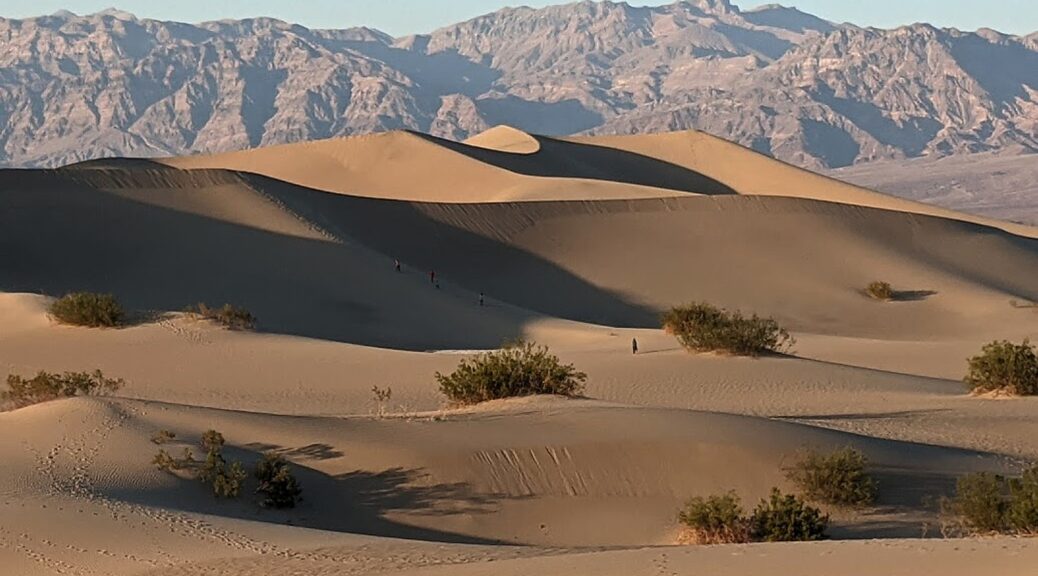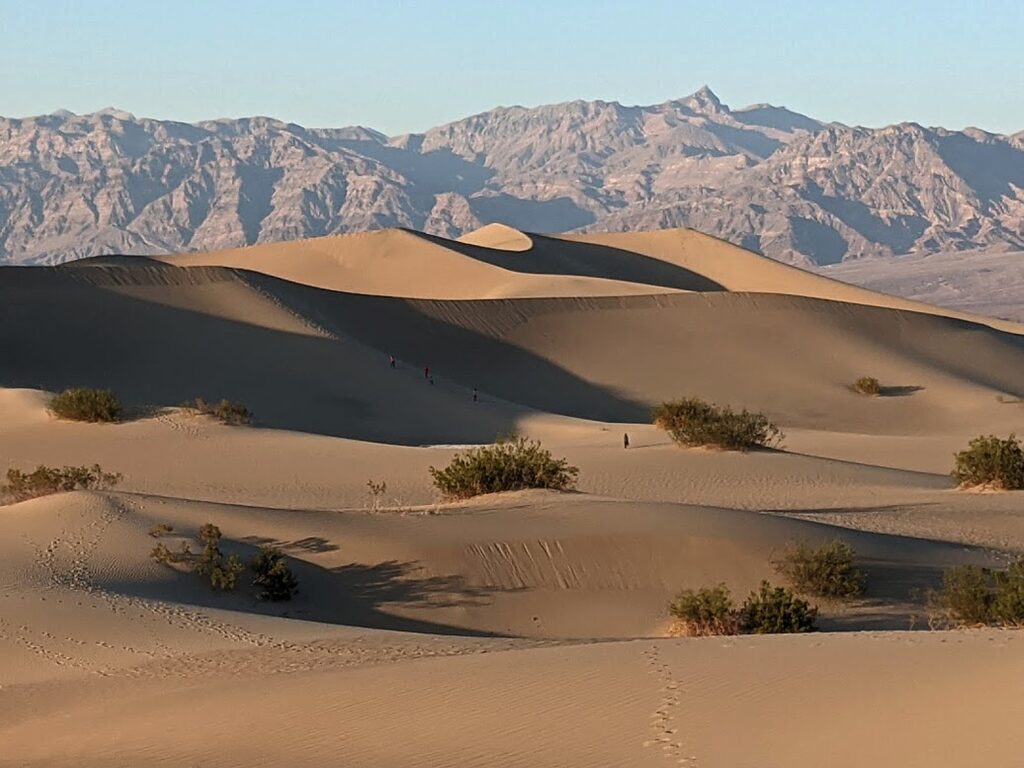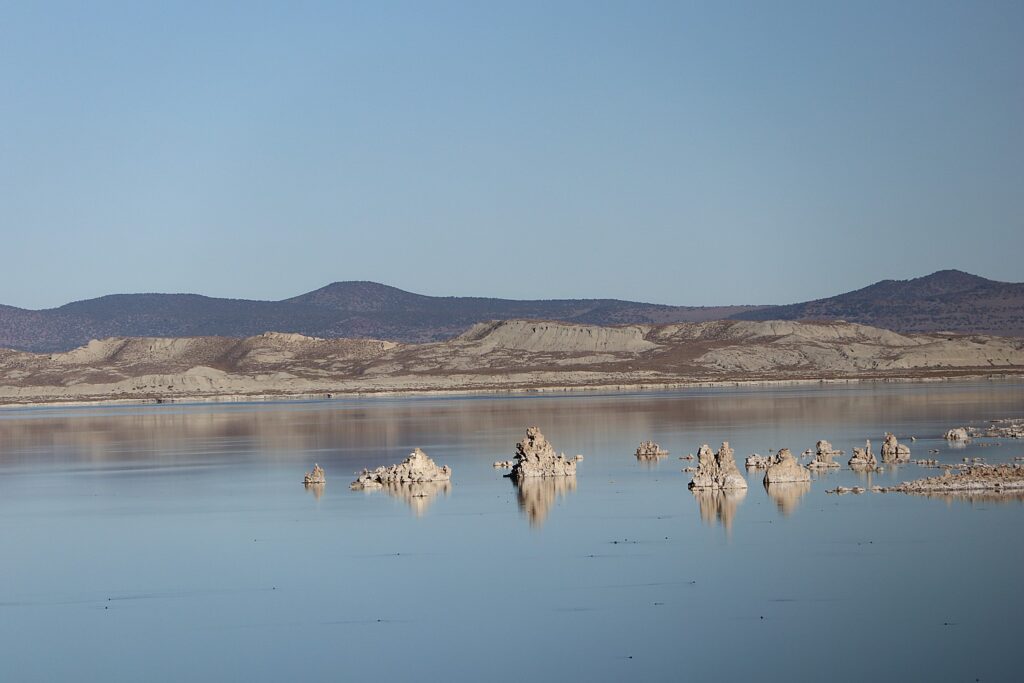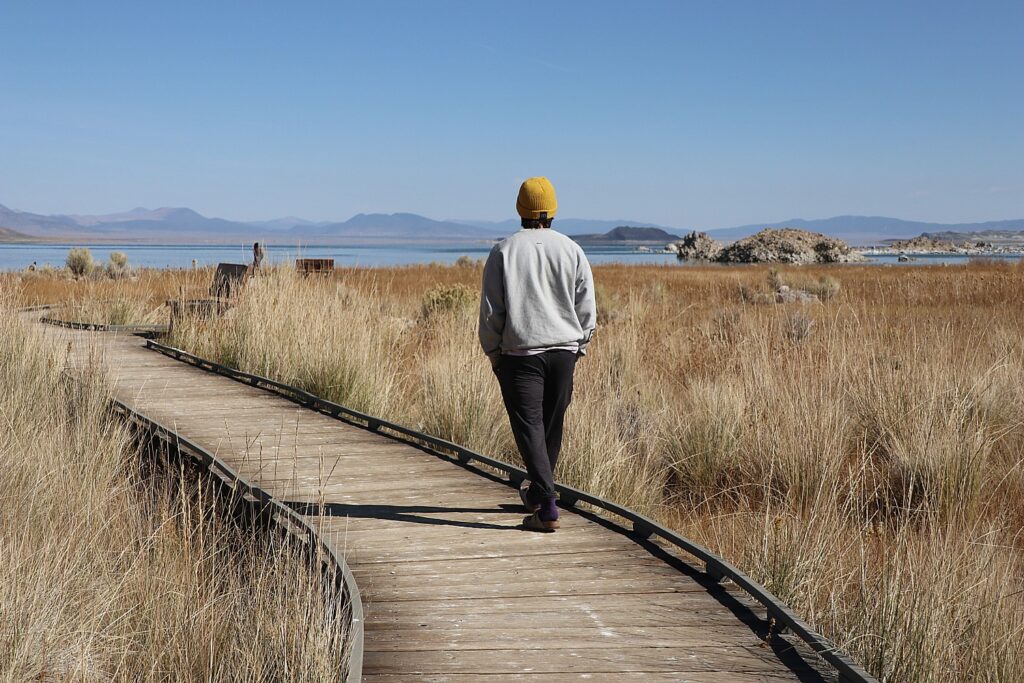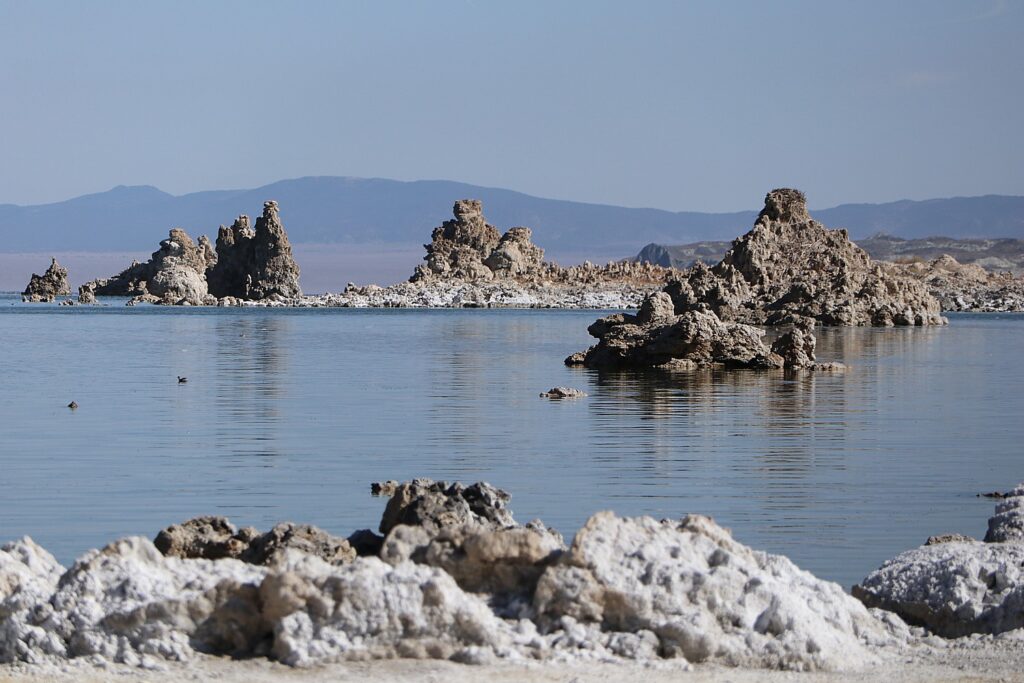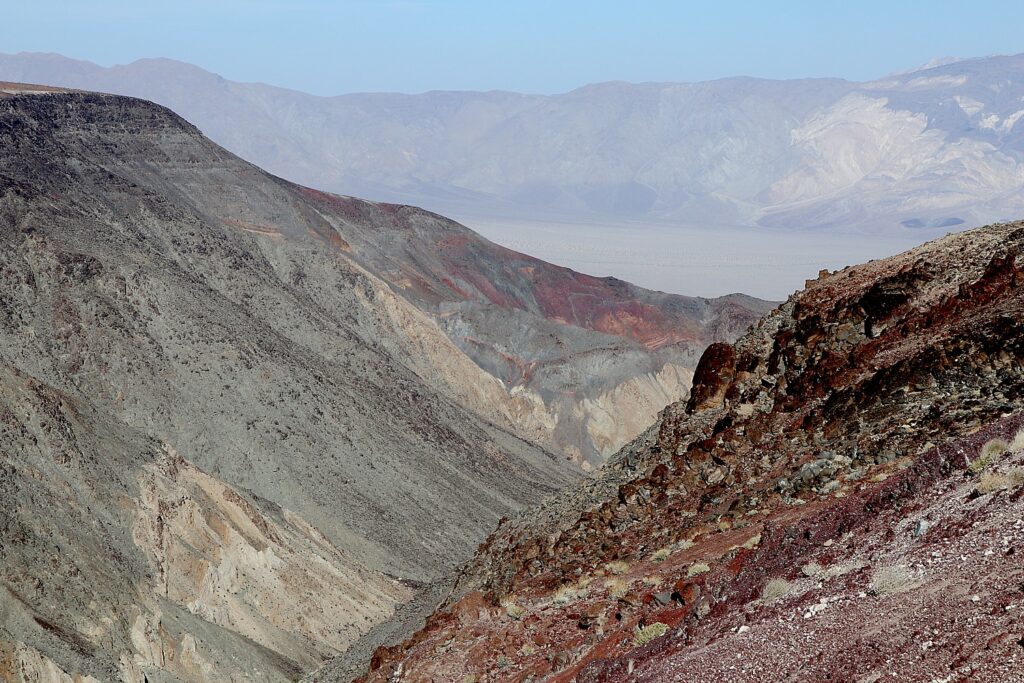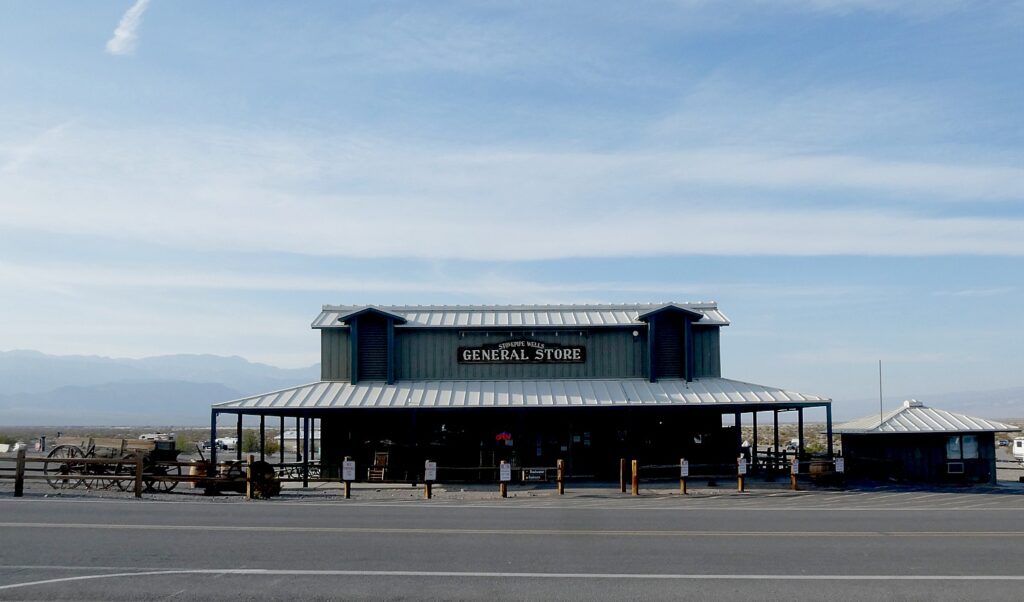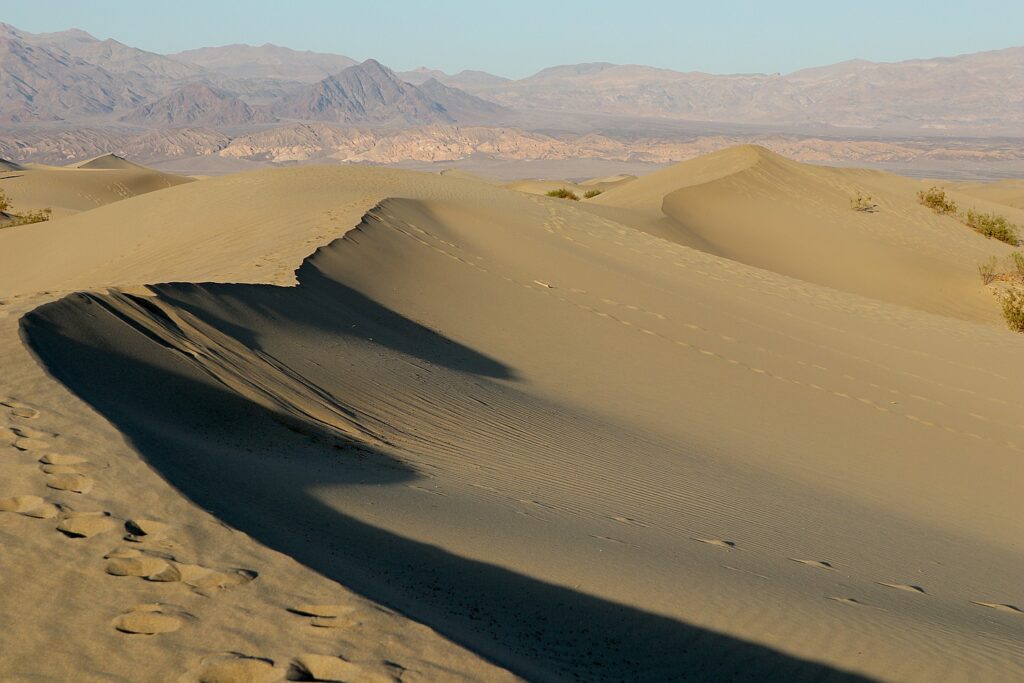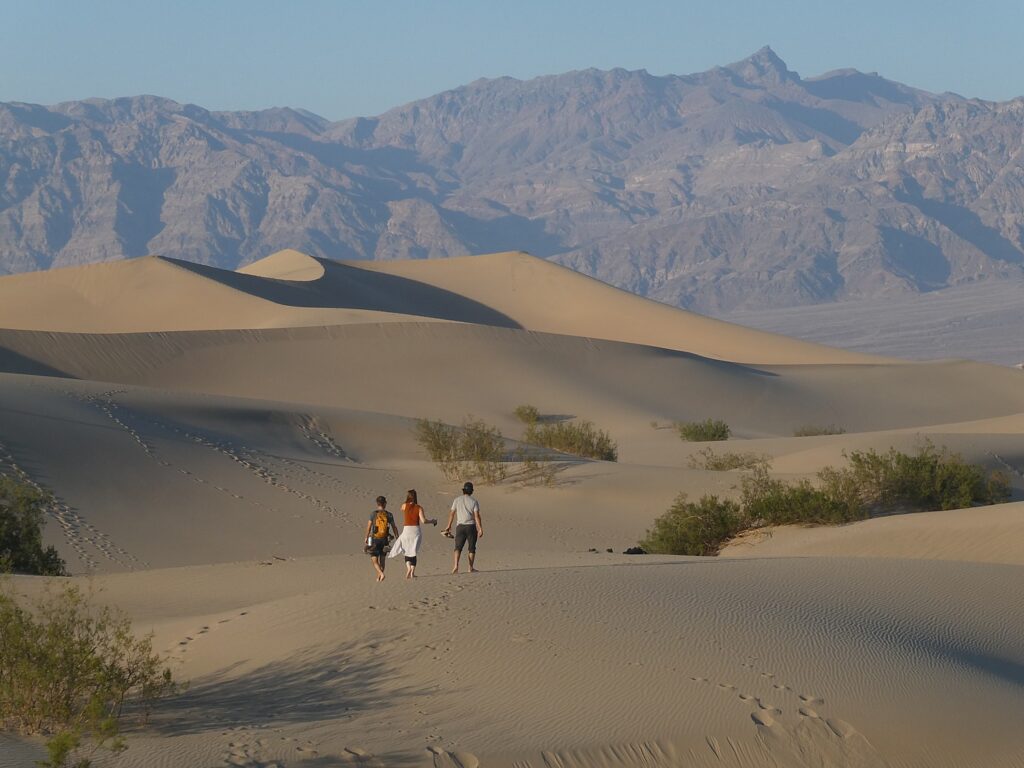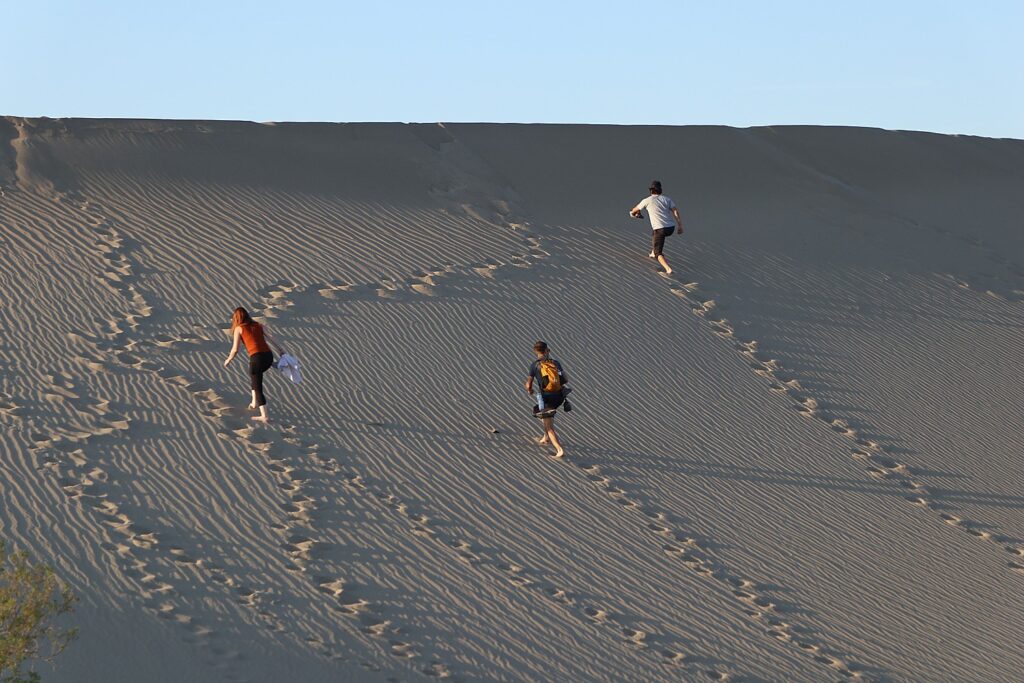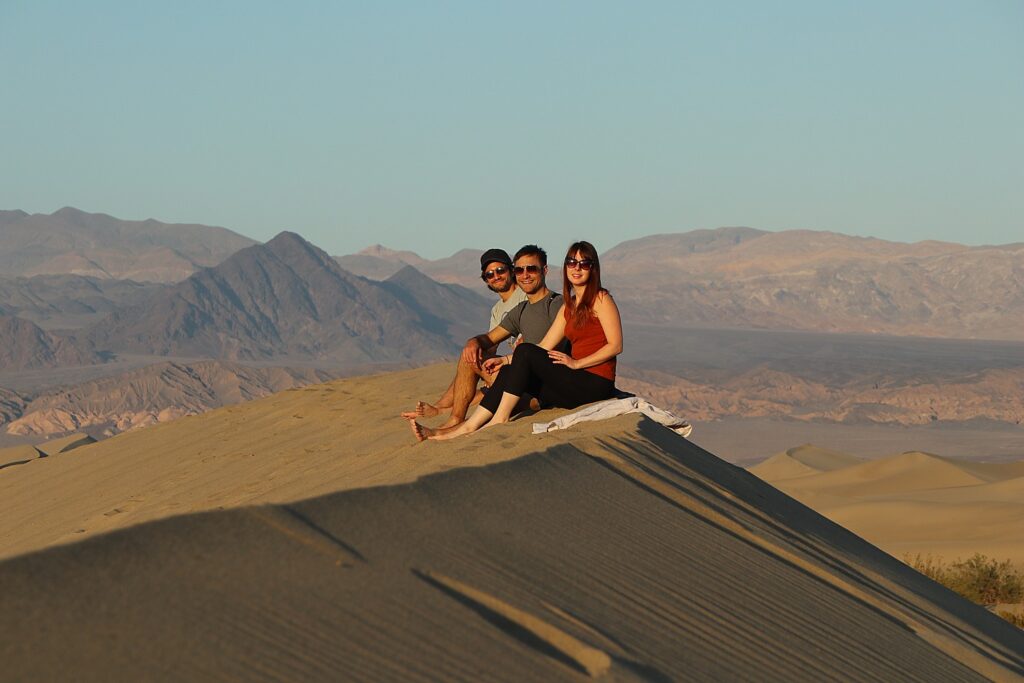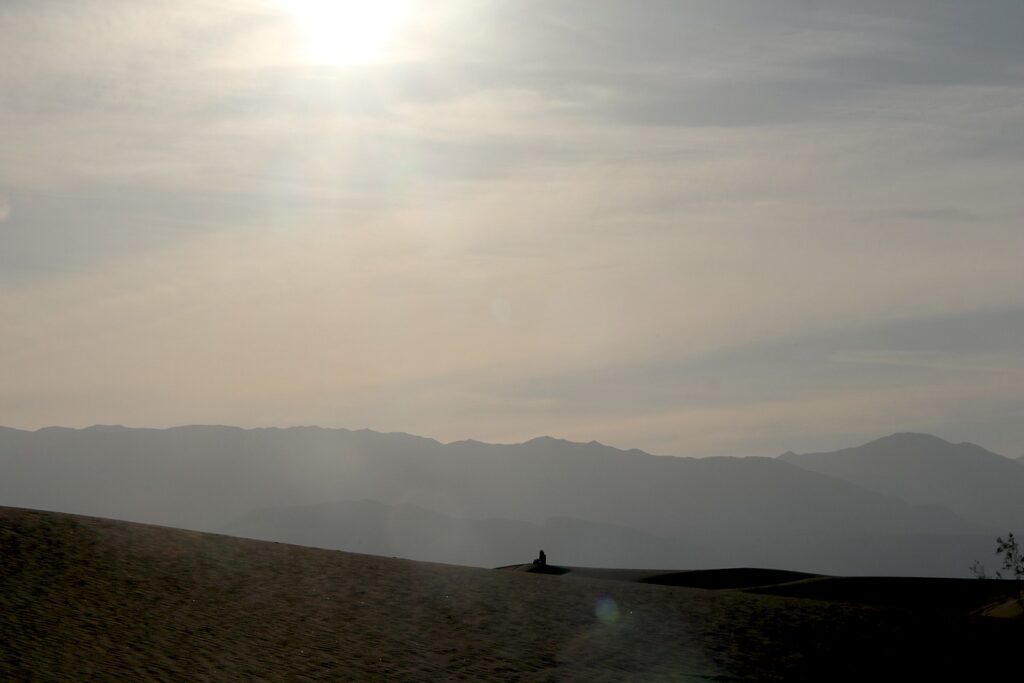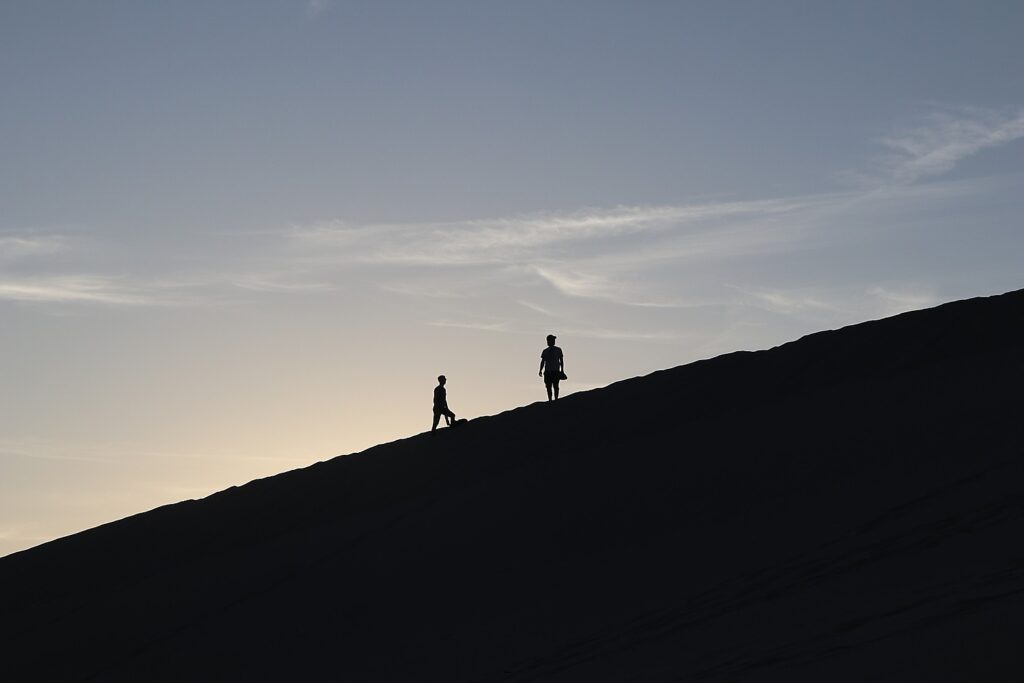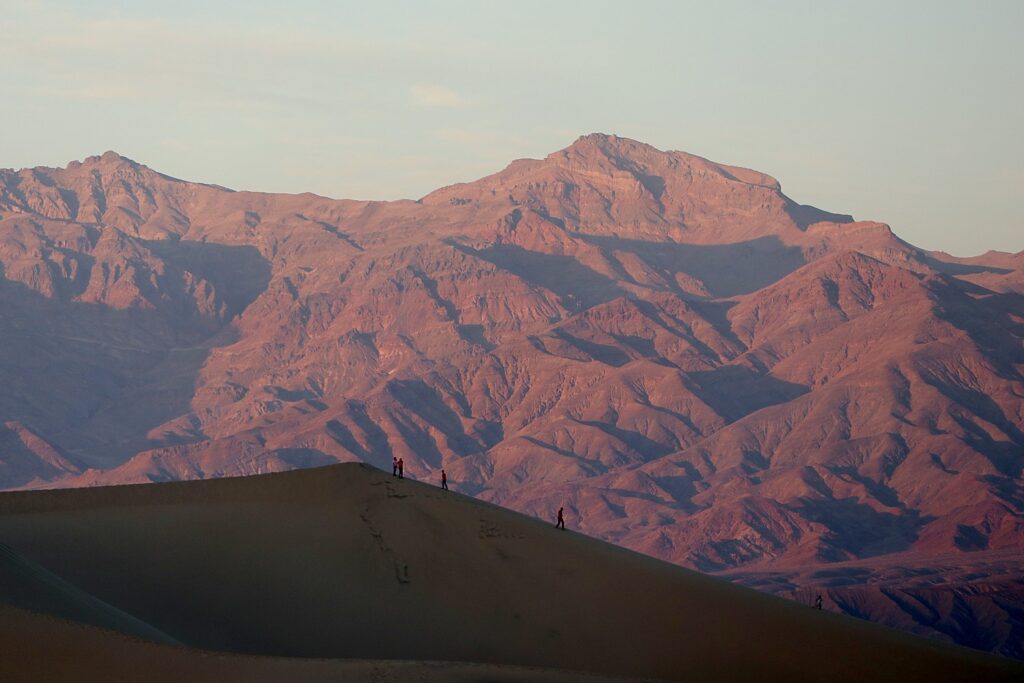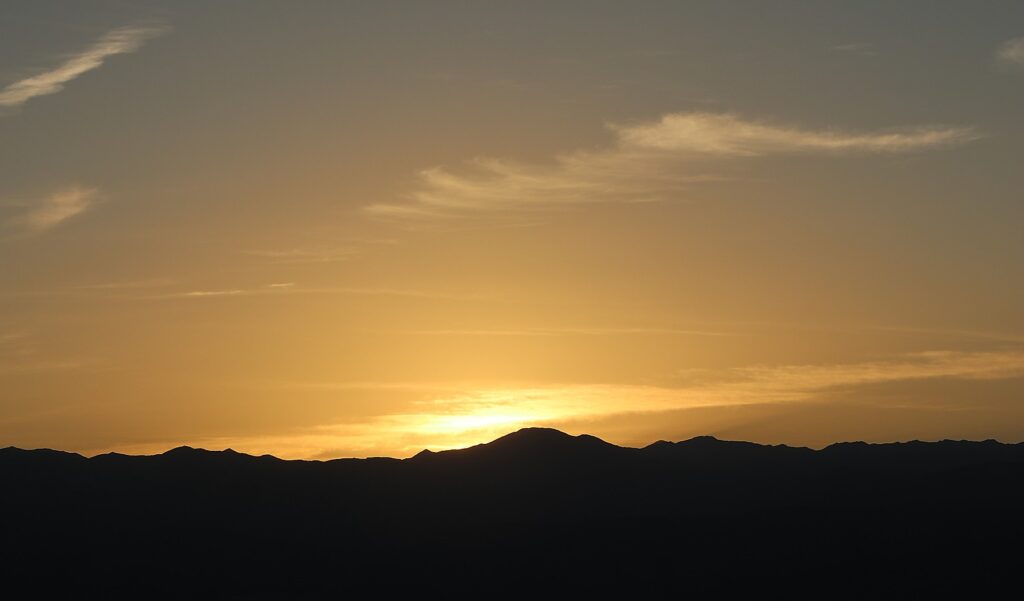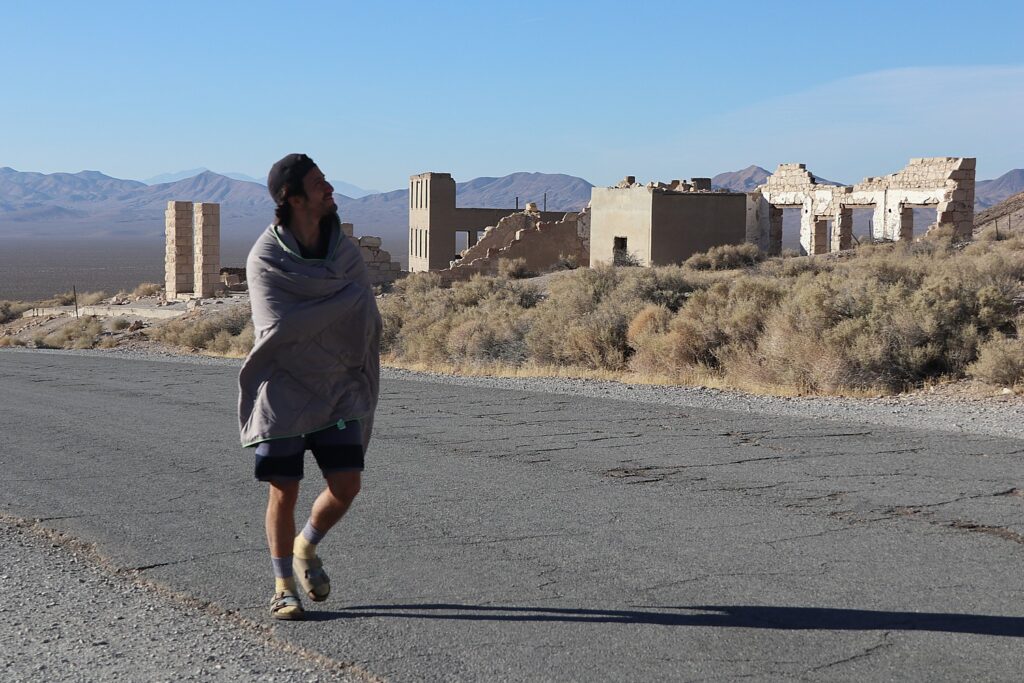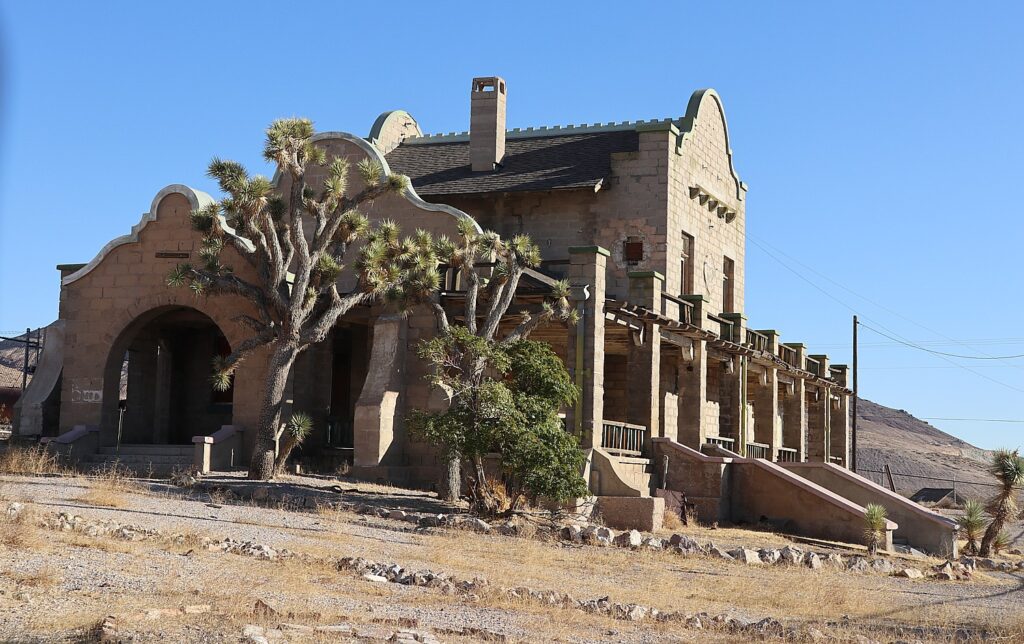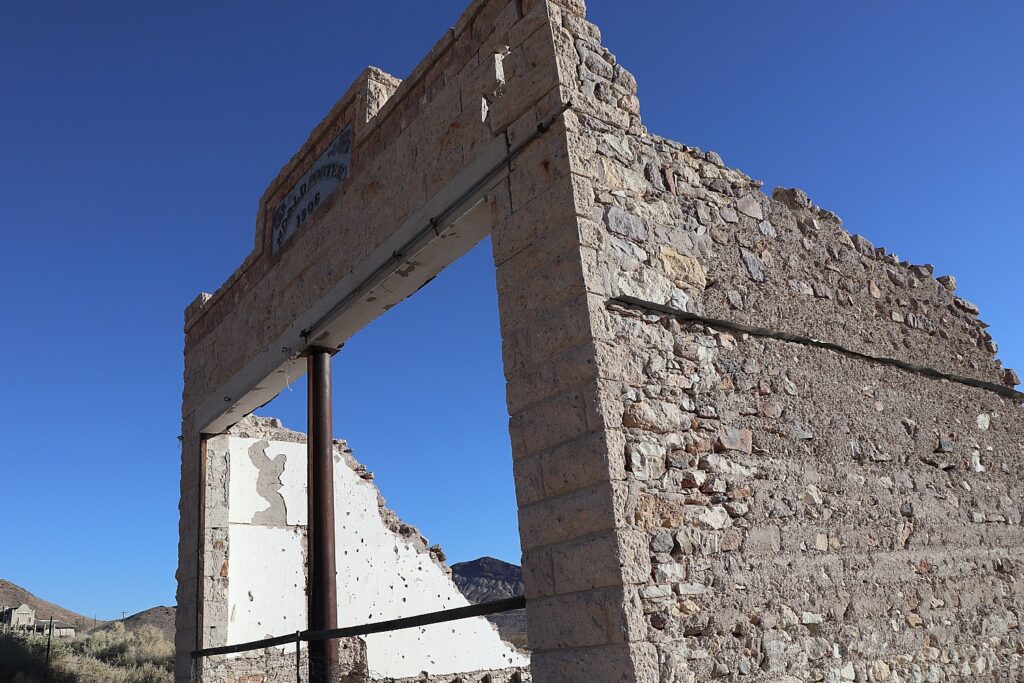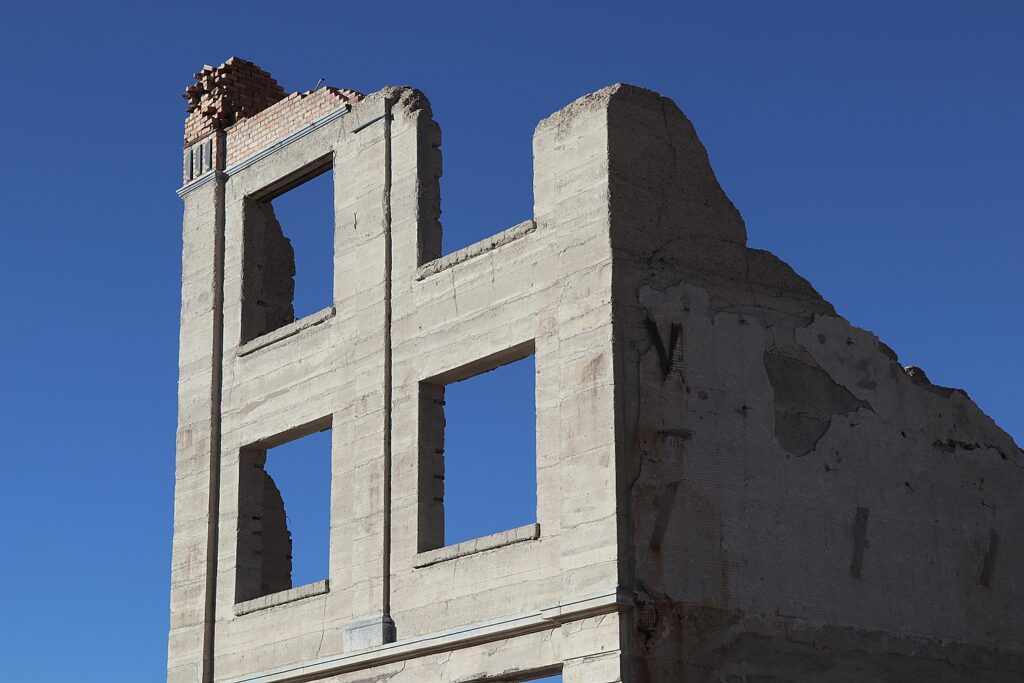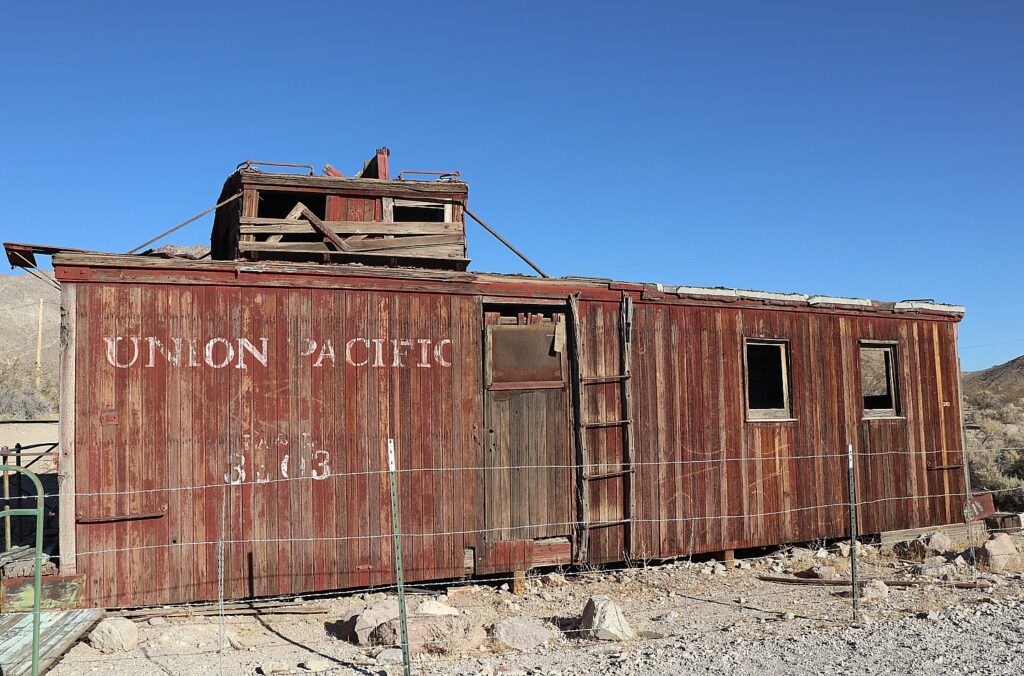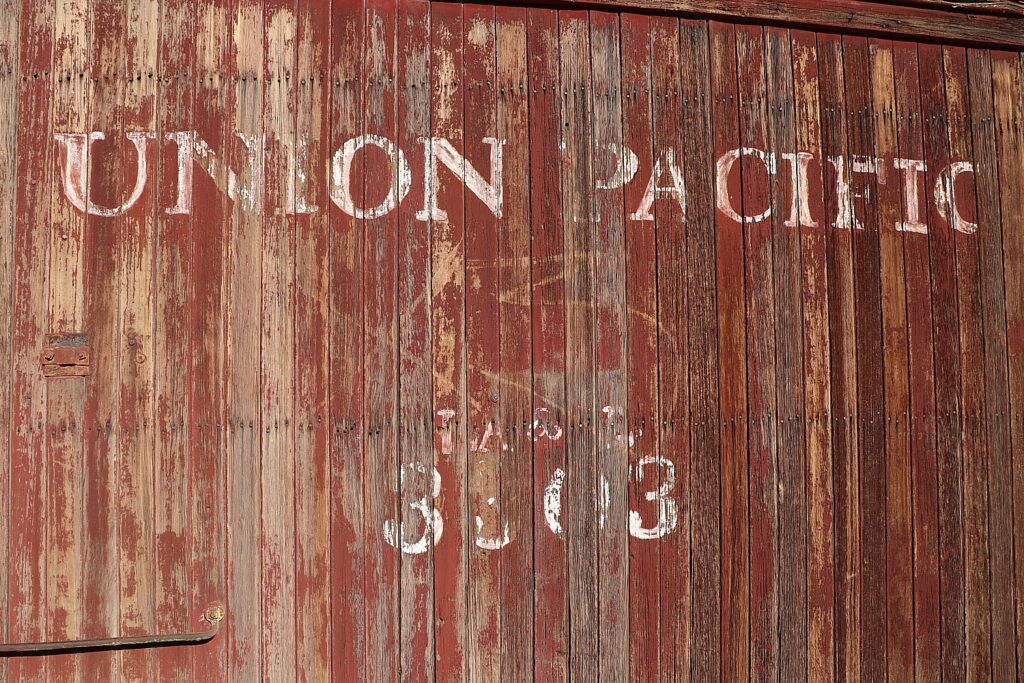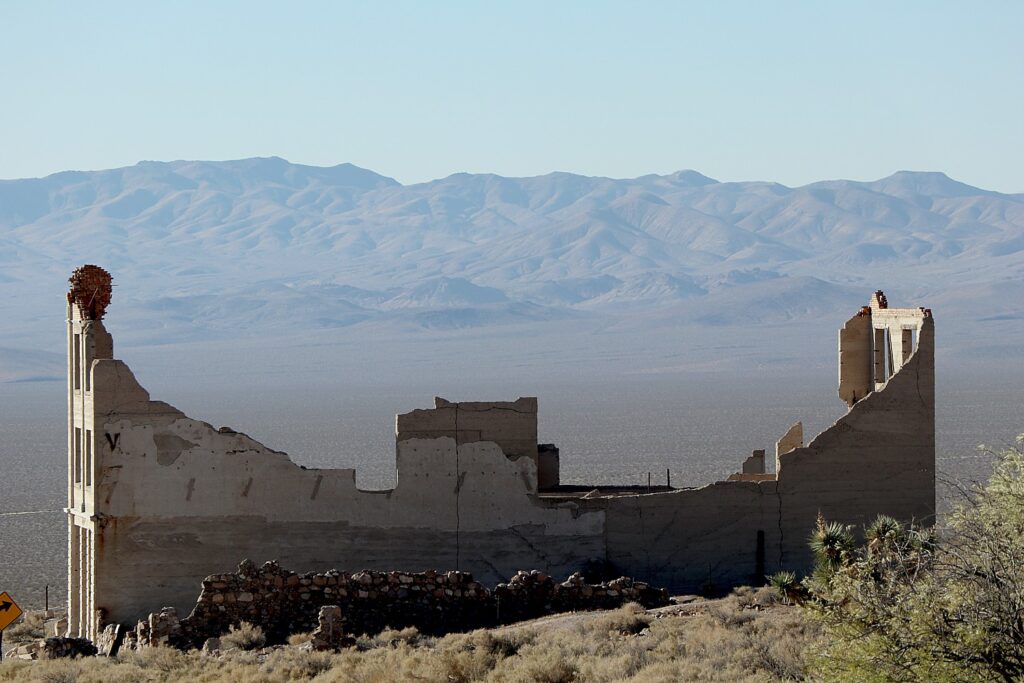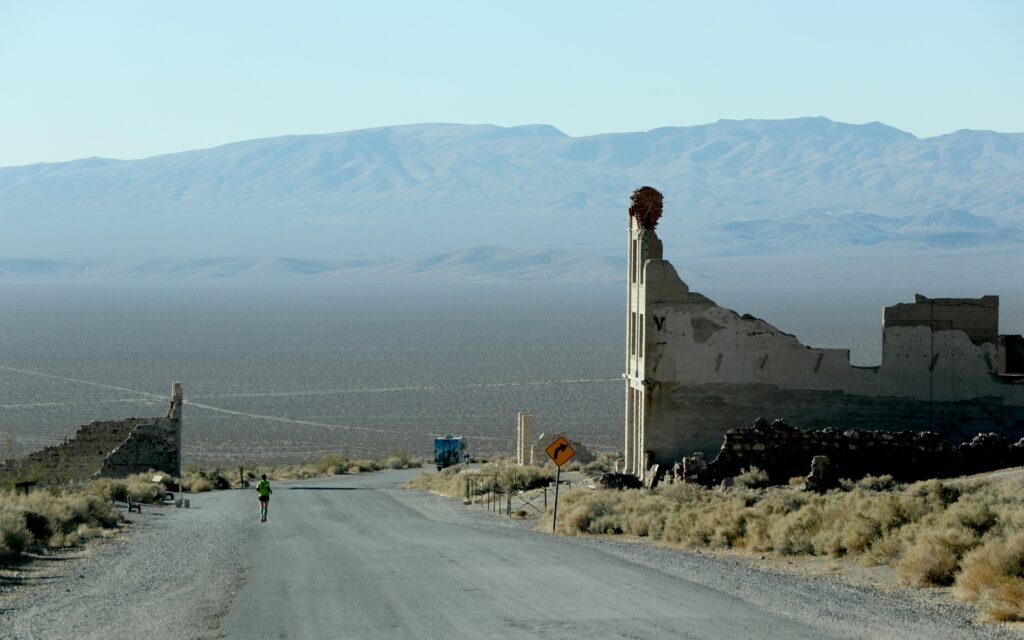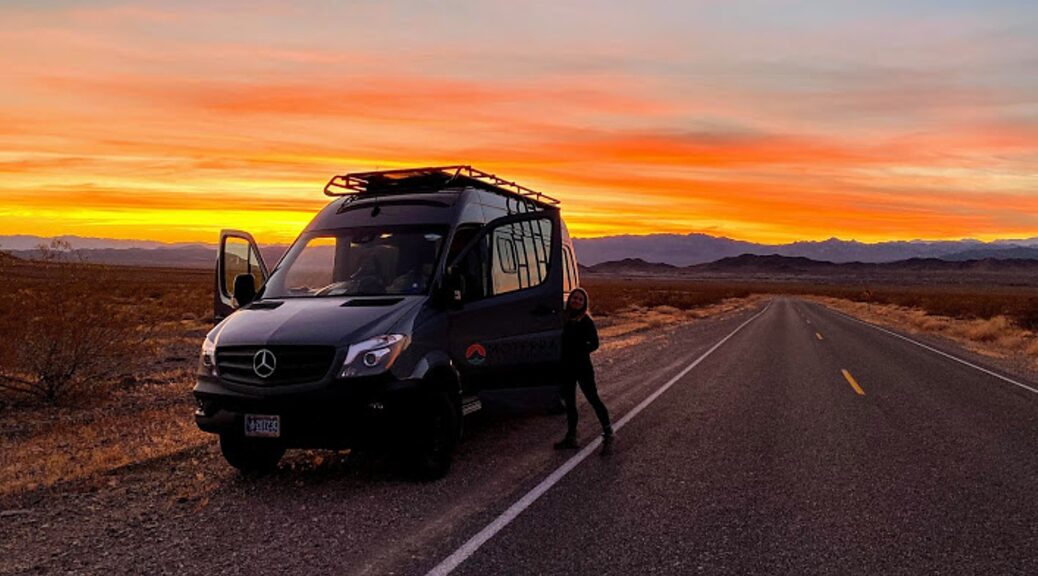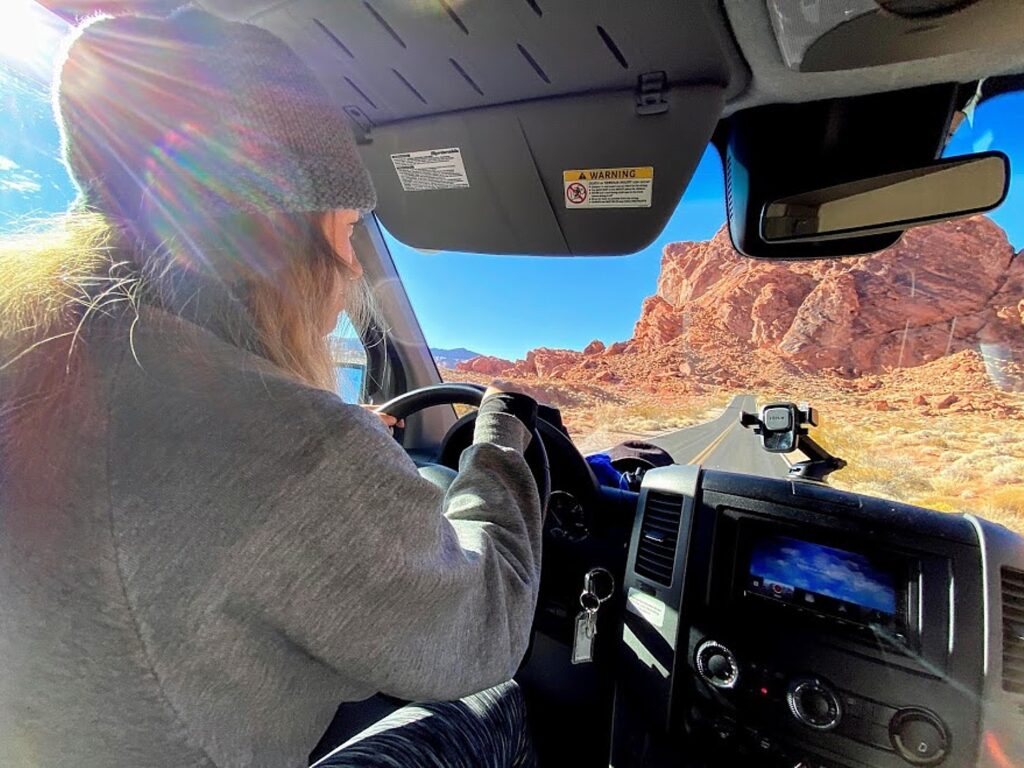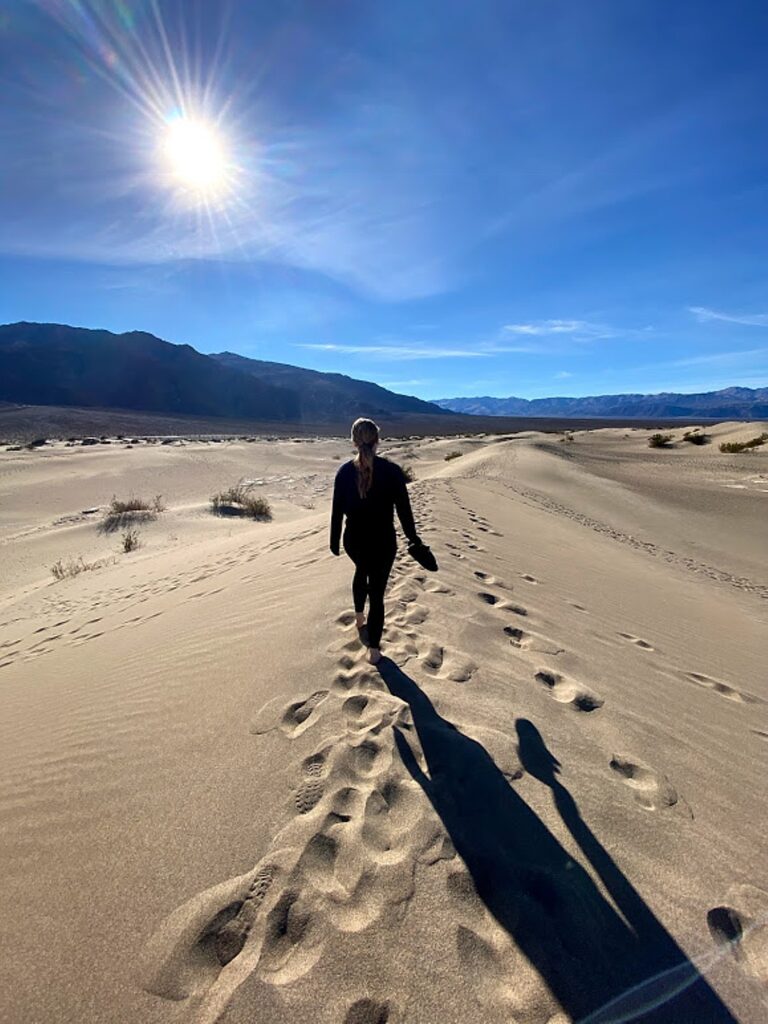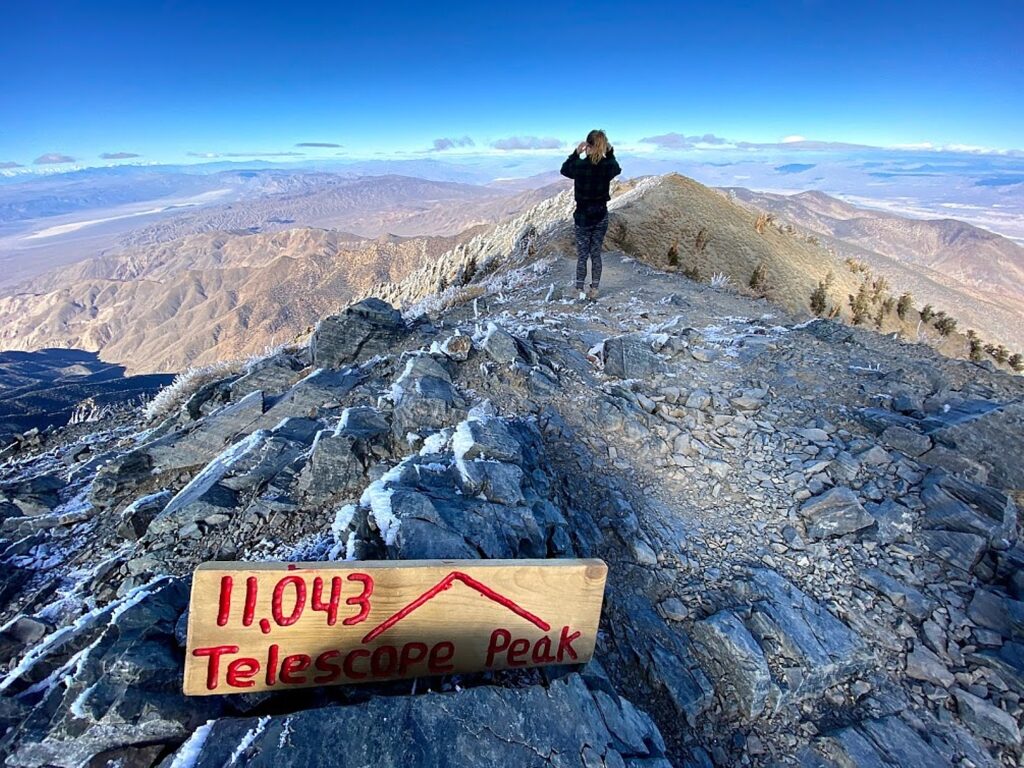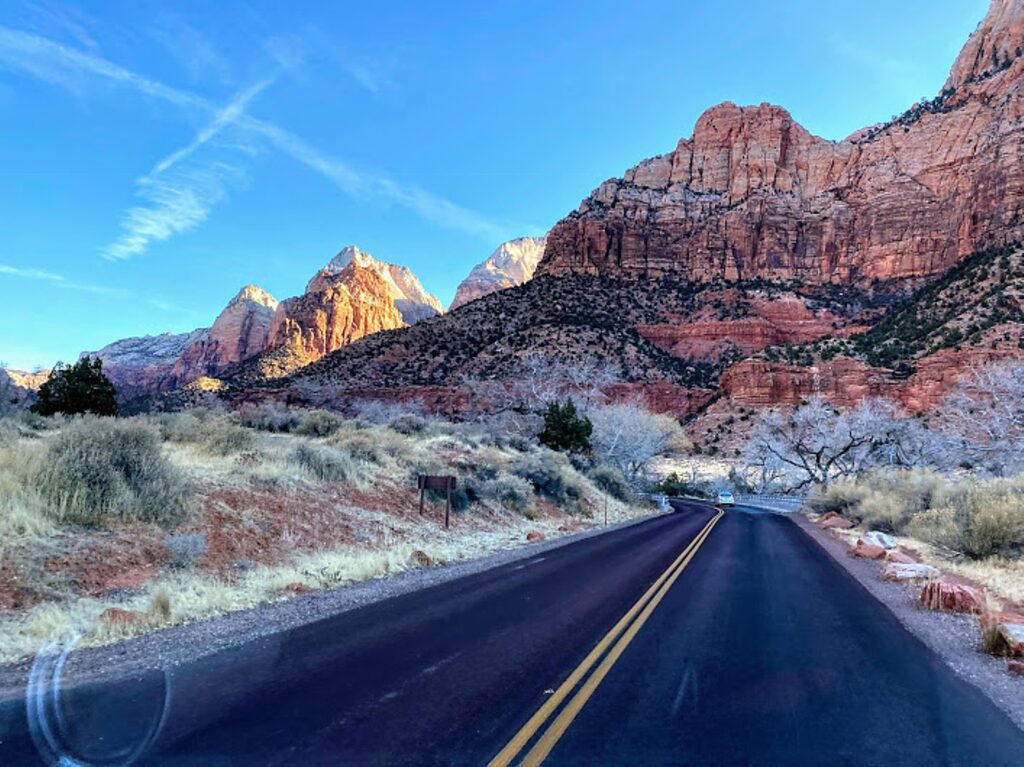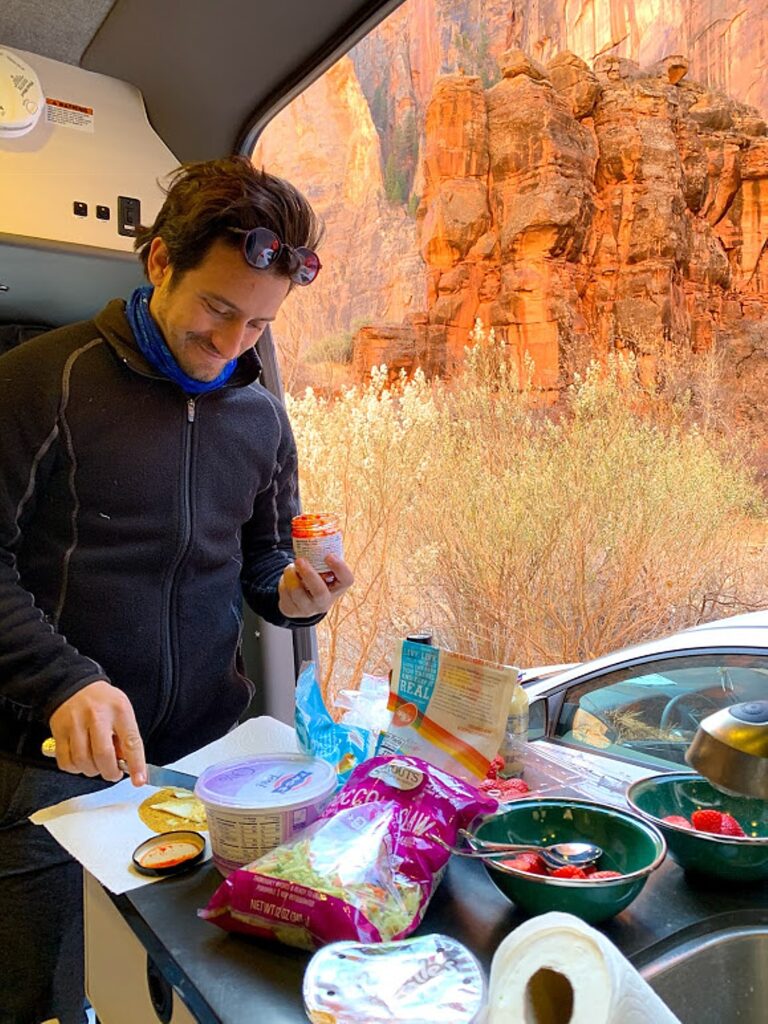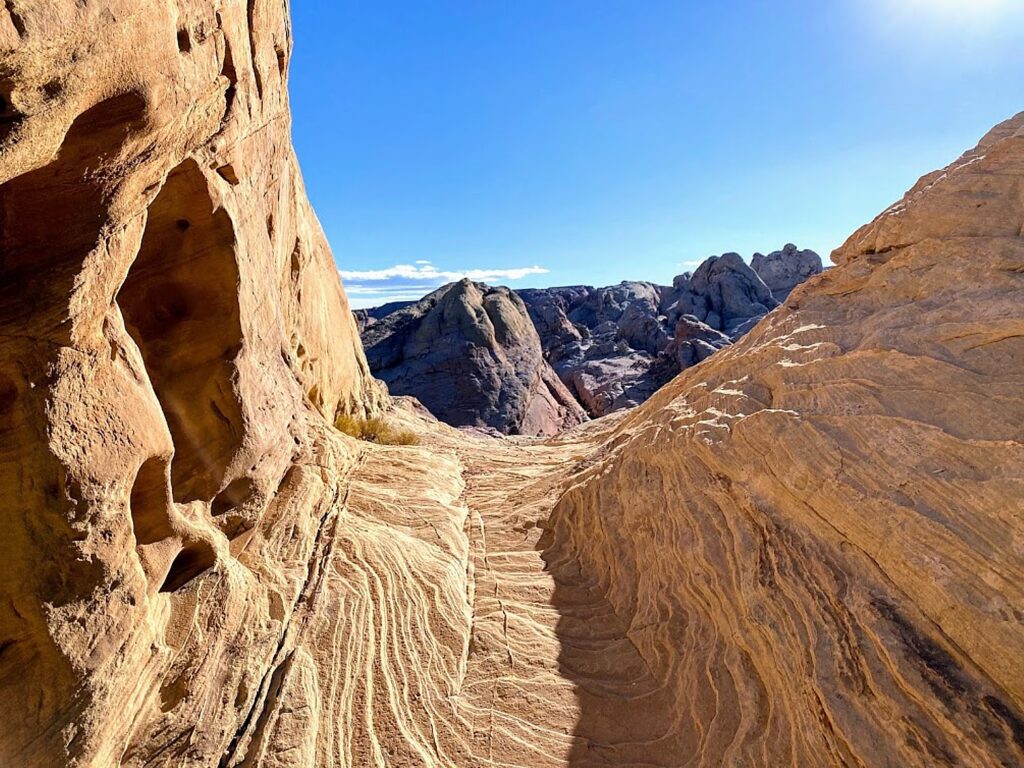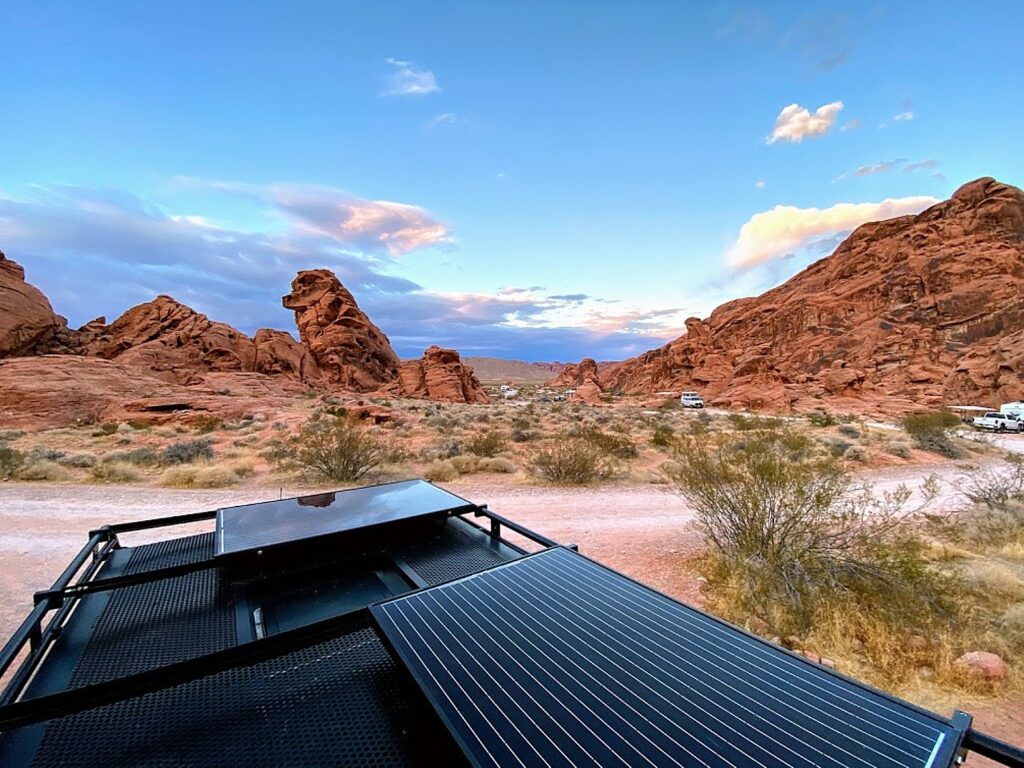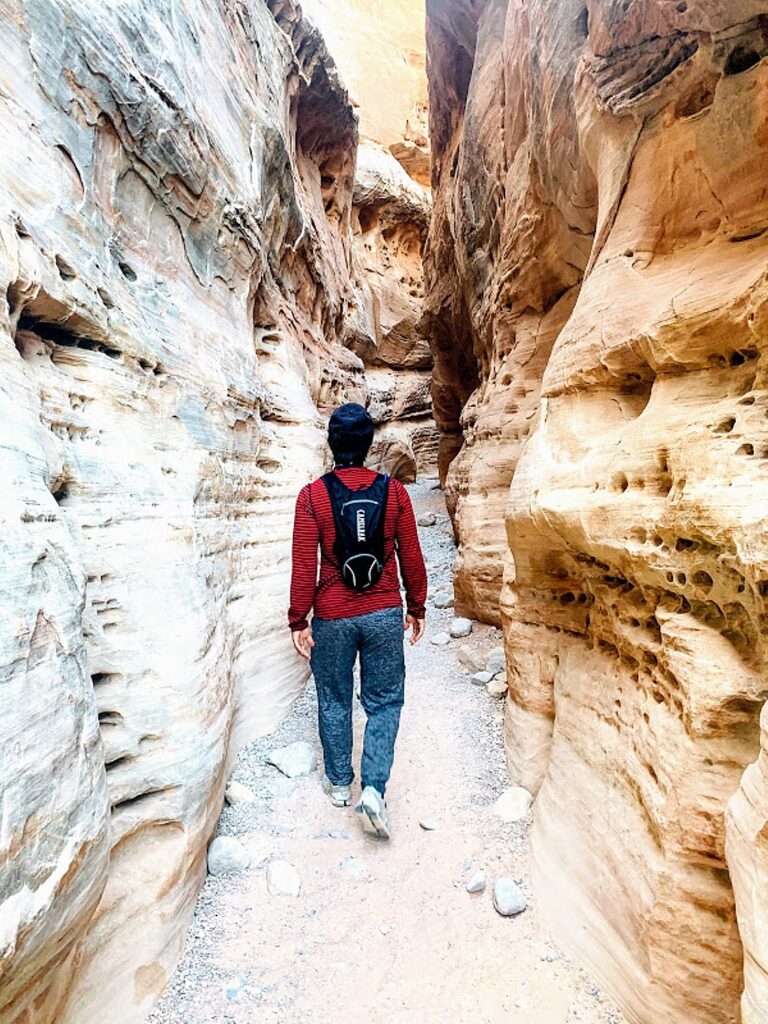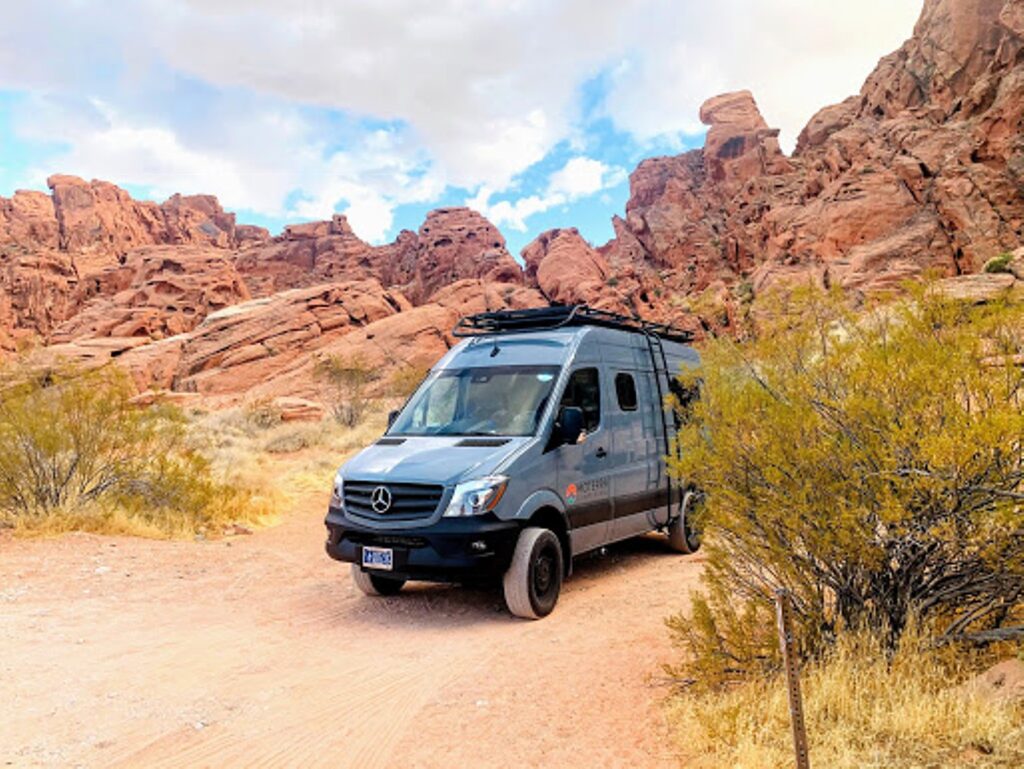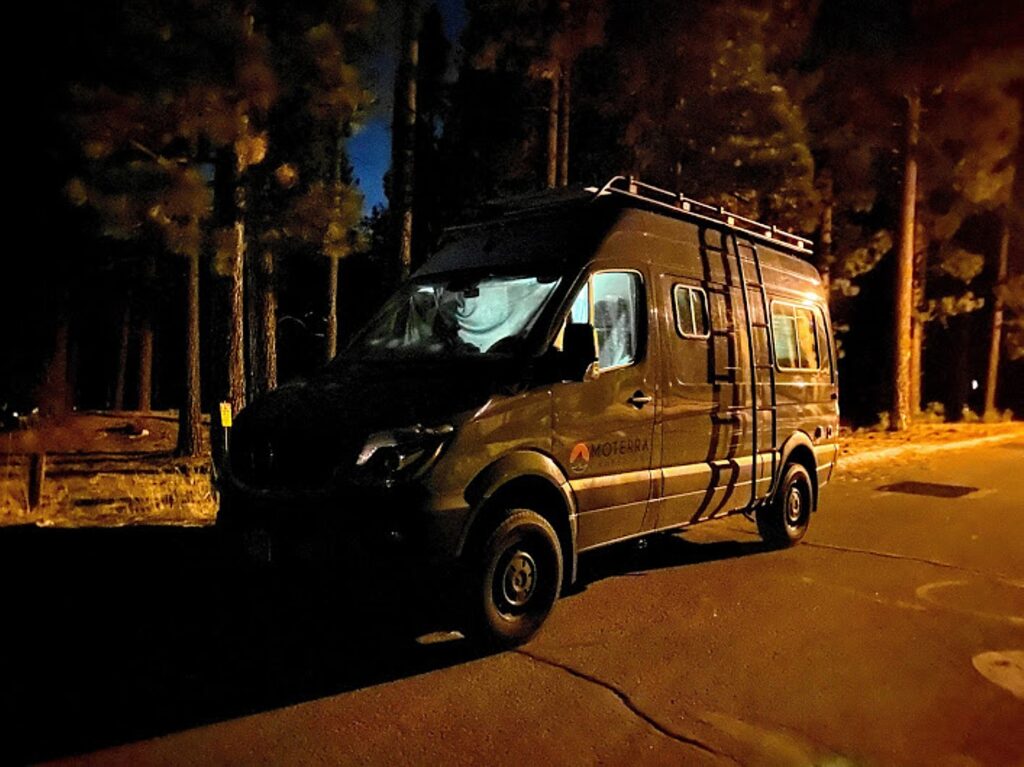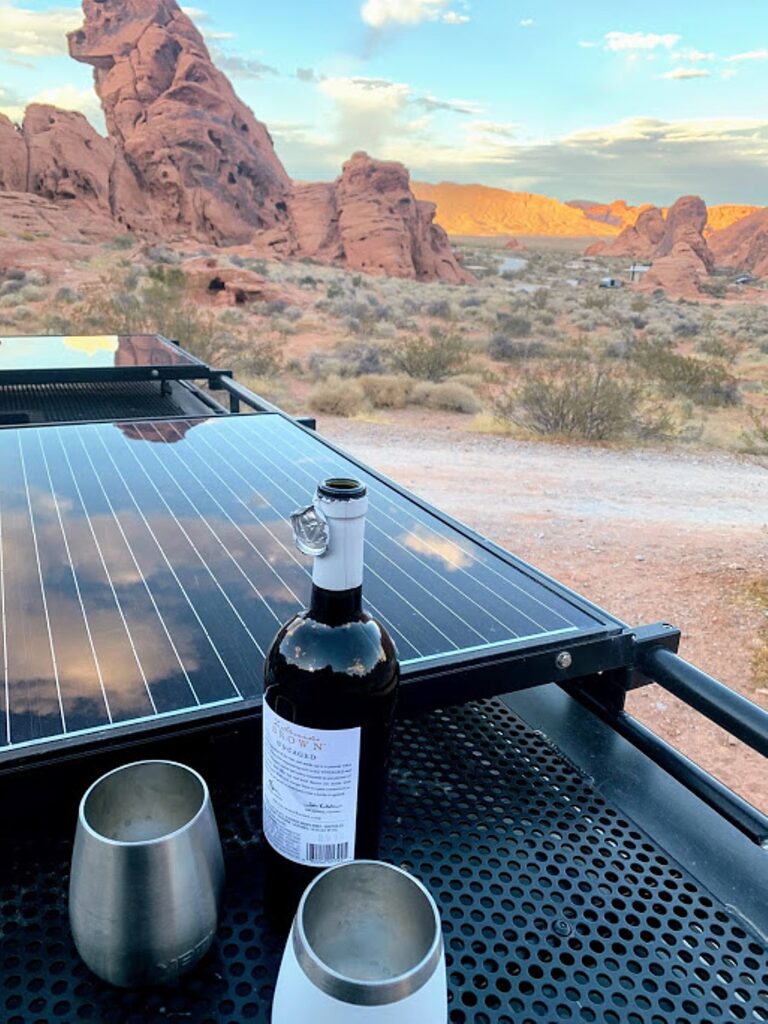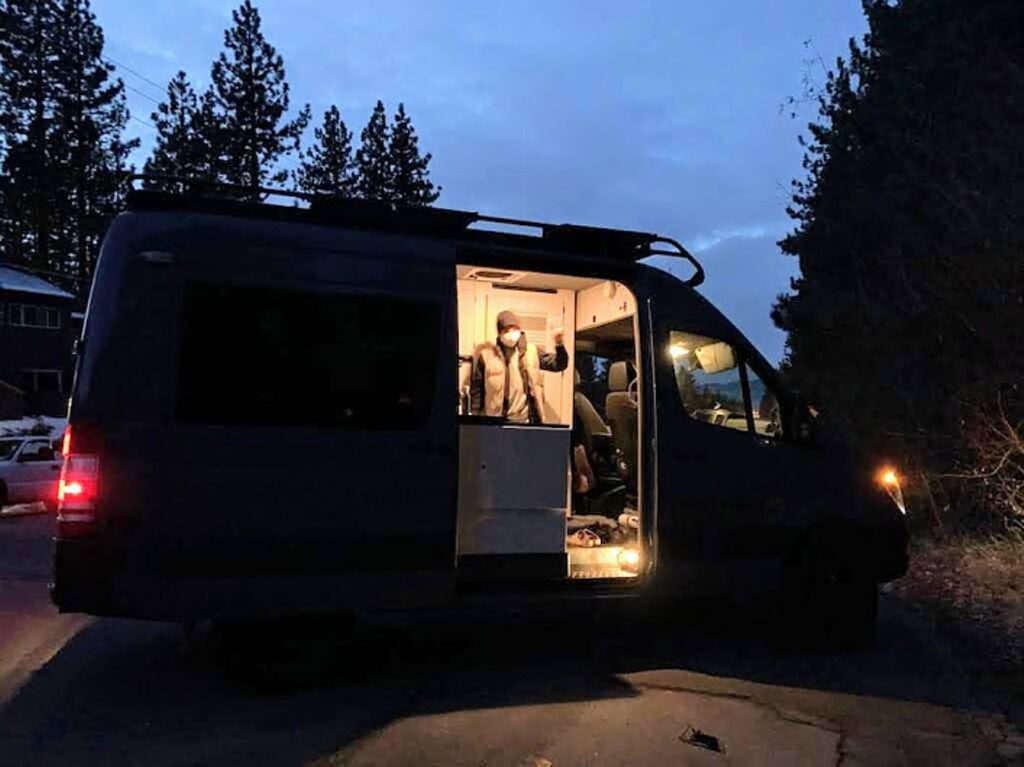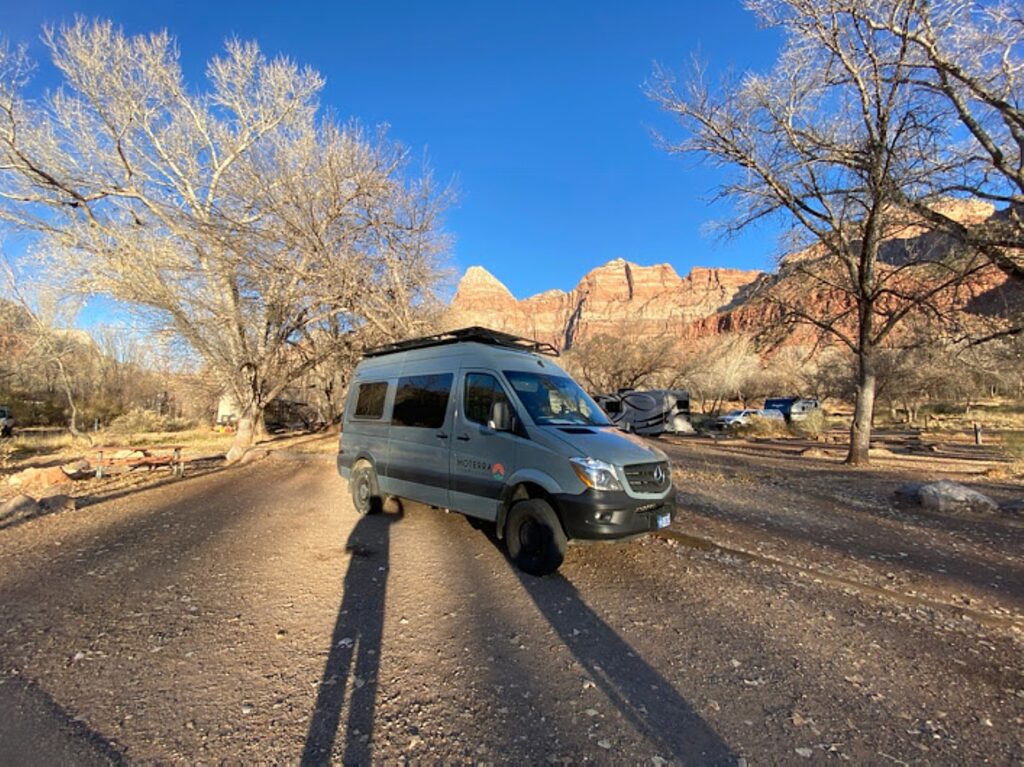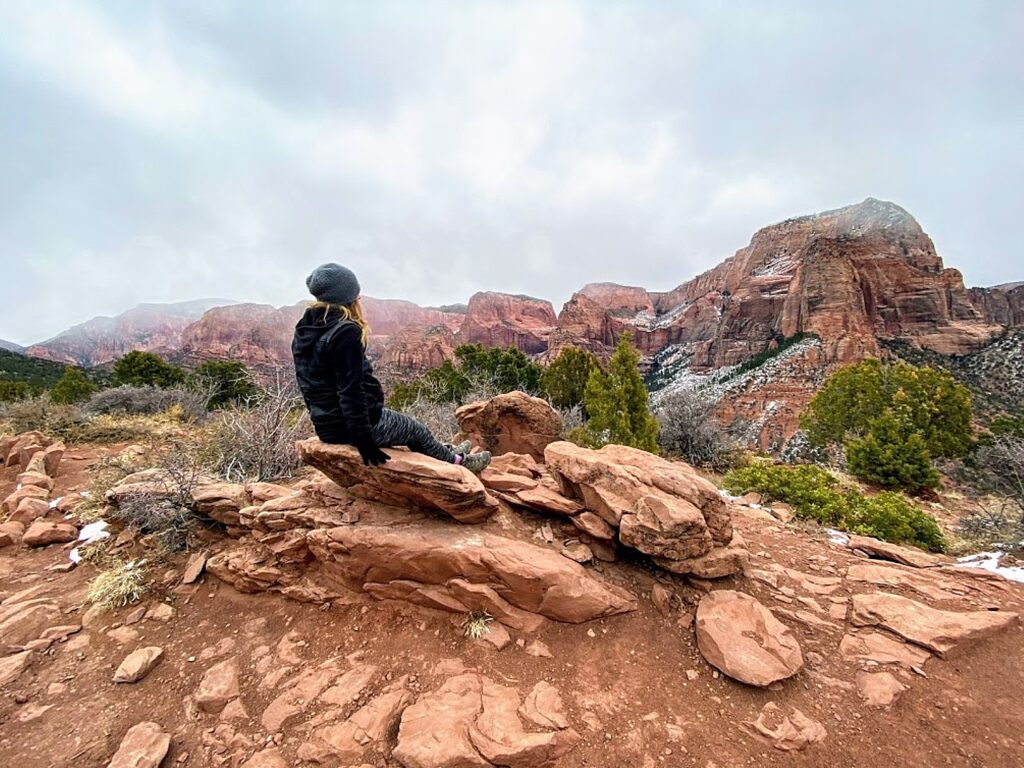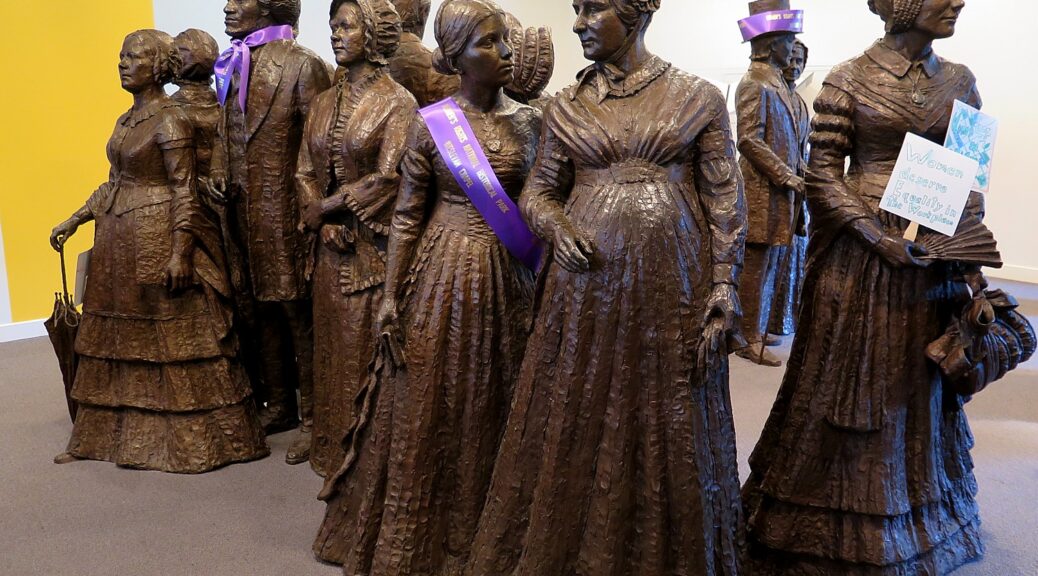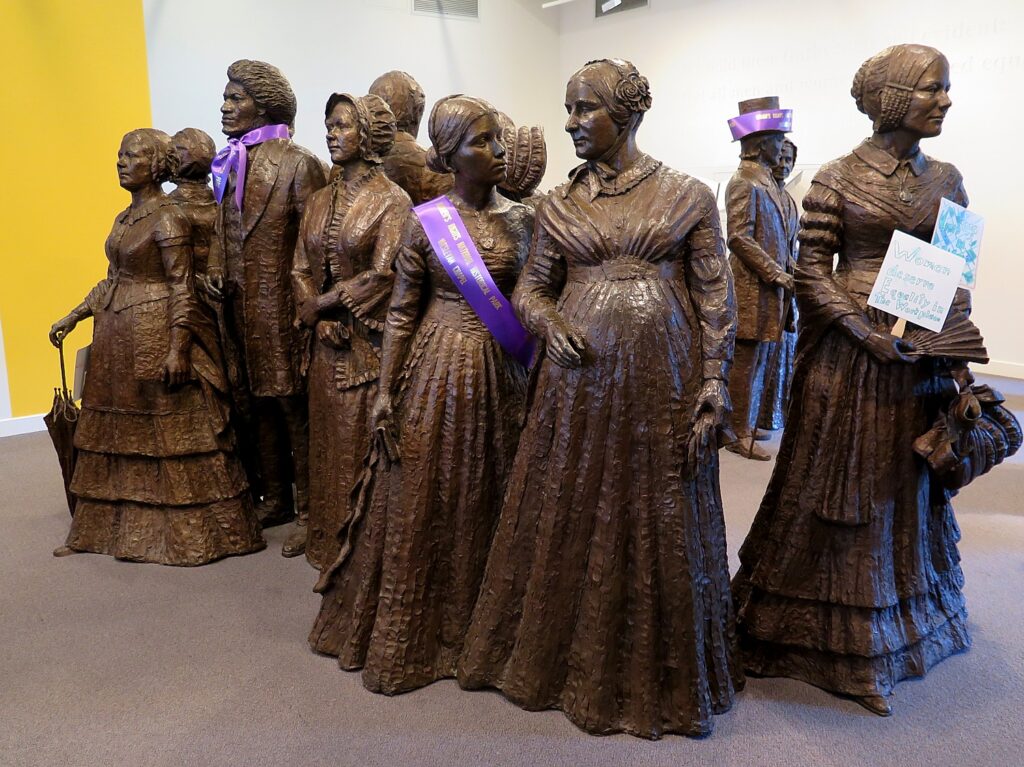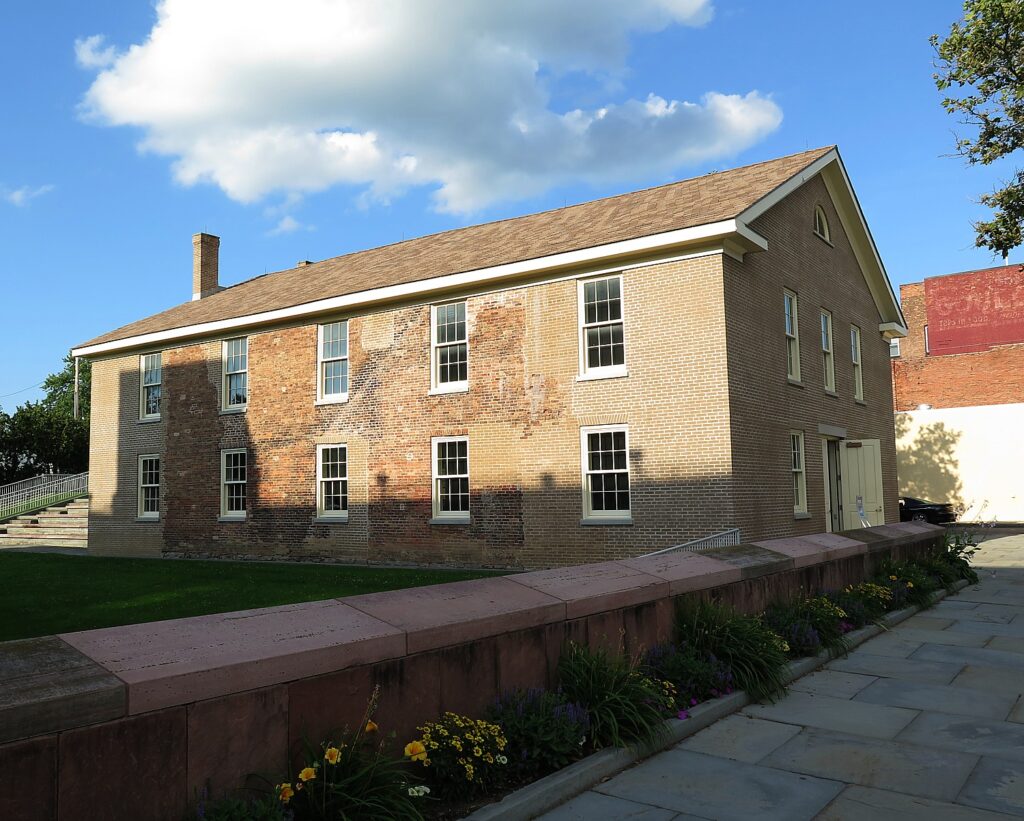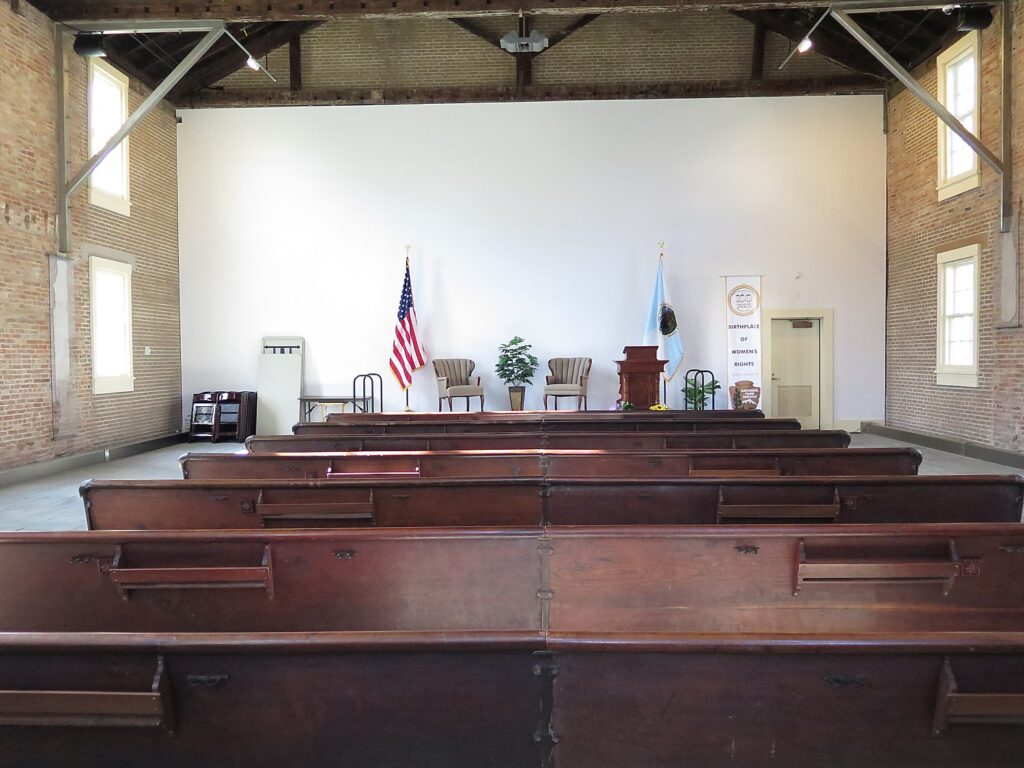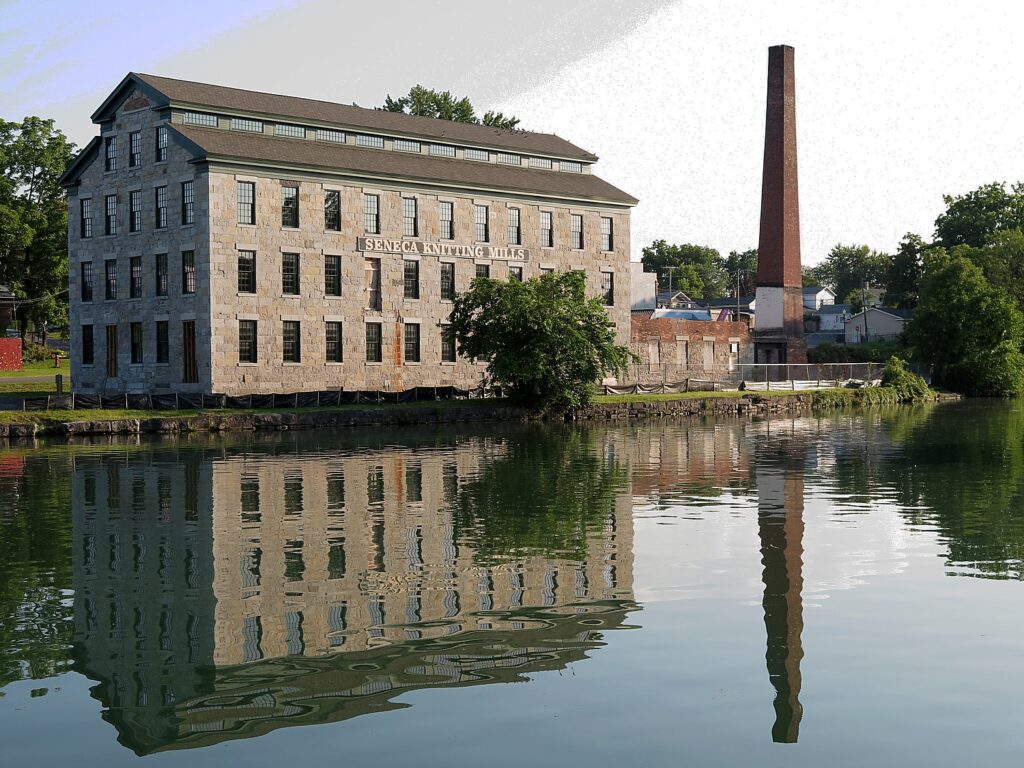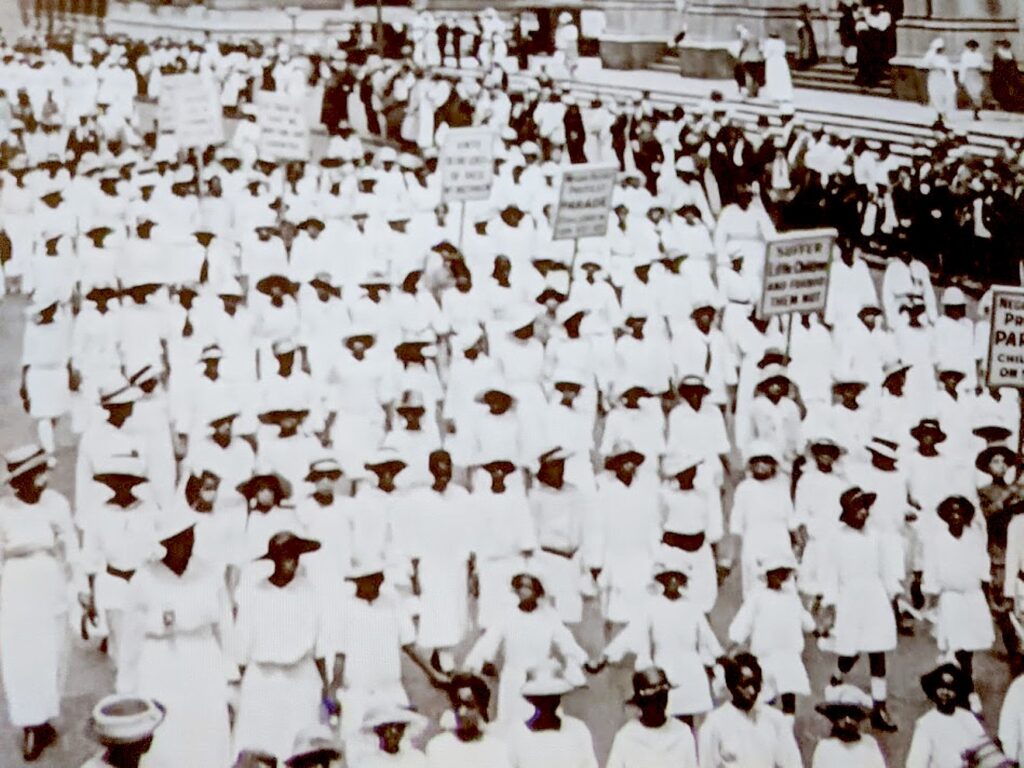
By Karen Rubin
Travel Features Syndicate, goingplacesfarandnear.com
When I finally reach the summit of Cadillac Mountain, Acadia National Park’s highest point at 1500 ft., having huffed, puffed and sweated my way by bike up the 3.5 mile long, ever-rising winding road, little kids come up with amazement. “We passed you on the road. You rode up here!” I must confess to beam with pride while also taking in the view. Looking down to the ocean, Bar Harbor and the Bar Harbor Inn at sea level where we started our ride some 20 miles and several hours earlier, I realize, “Wait a minute, We rode from there!” (In fact, the ride is mostly uphill from mile 12 to 20) The view is amazing, but having that physical, mental achievement is all the more satisfying.
That is what a bike tour is. The scenery, the attractions, the things you see and do are all amazing, but when you bike, there is that added component of being physically and mentally engaged.
Biking up Cadillac Mountain is the pinnacle of Discovery Bicycle Tour’s six-day Coast of Maine bike tour – and a peak of personal accomplishment – but each day presents its own series of highlights and delights. After all, this is Bar Harbor and Acadia National Park on Maine’s Mount Desert Island, with one of the prettiest seacoasts anywhere. The daily itineraries are outstanding – each day’s route so carefully designed for a great ride, interesting attractions, gorgeous scenery.
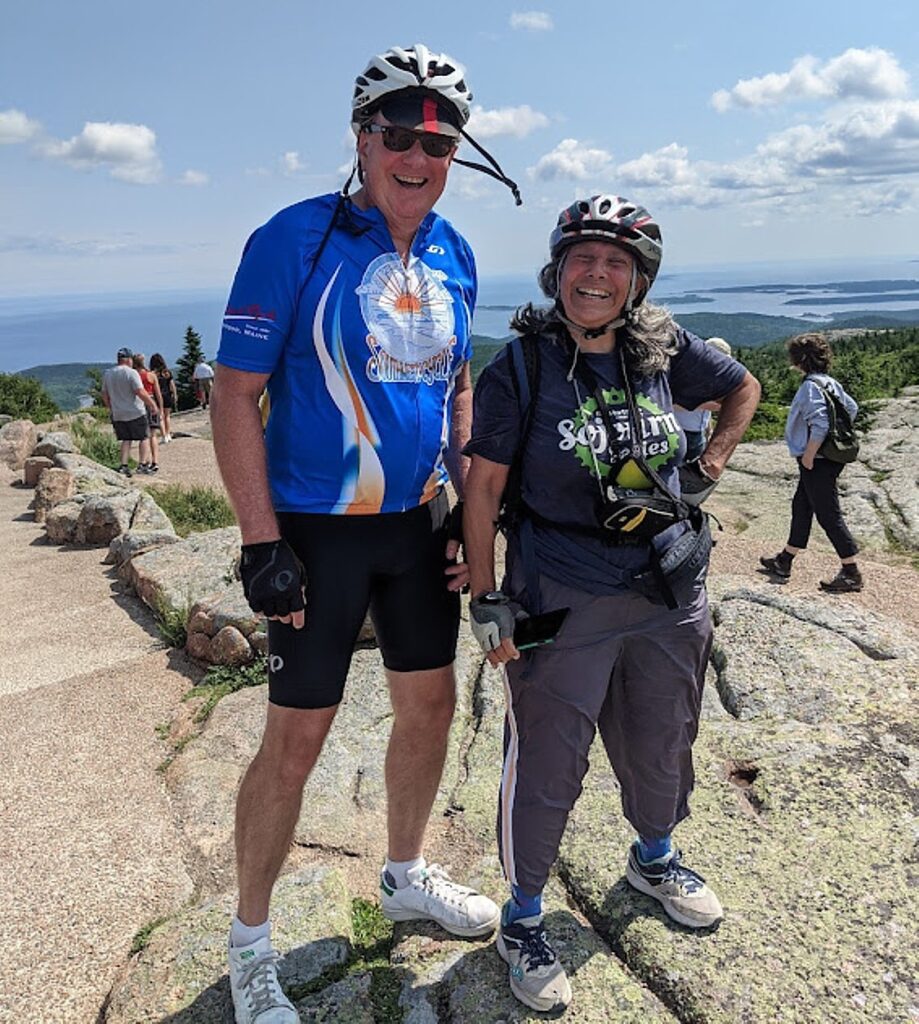
This means we ride at our own pace, stop for photos or take a breath, take in the view, hike a trail, or just smell the roses. The guides never pressure you to keep with the group or finish the ride at a certain time. One of the two guides rides sweep to make sure everyone is okay, and the other drives the van along the route (where possible). They make every accommodation for riders, so when feasible, even shuttling some to the top of a slope, or on one day, starting three miles further. The two toughest climbs – Day Mountain and Cadillac Mountain are optional.
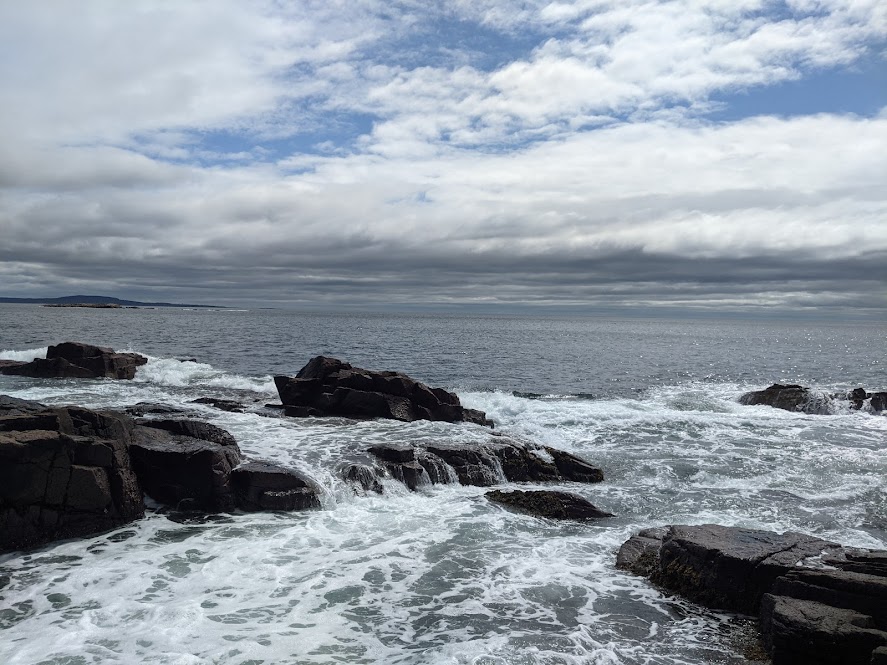
Another aspect of the way Discovery designs its itinerary is that it adds a lovely mix of other activities to round out the experience: a sunset sail on the historic schooner, Mary Todd; sea kayaking, a hike (we choose to walk across the land bridge at low tide to Bar Island) and on our last morning, they arrange a 4:30 a.m. drive up Cadillac Mountain in the van (you have to get a reservation to drive up Cadillac) for the sunrise, considered one of the primo-supremo experiences in Acadia. (Unfortunately for me, I miss out when my phone dies and I miss the alarm, but I awake just as the sun is rising out my window and dash down to the Shore Path.)
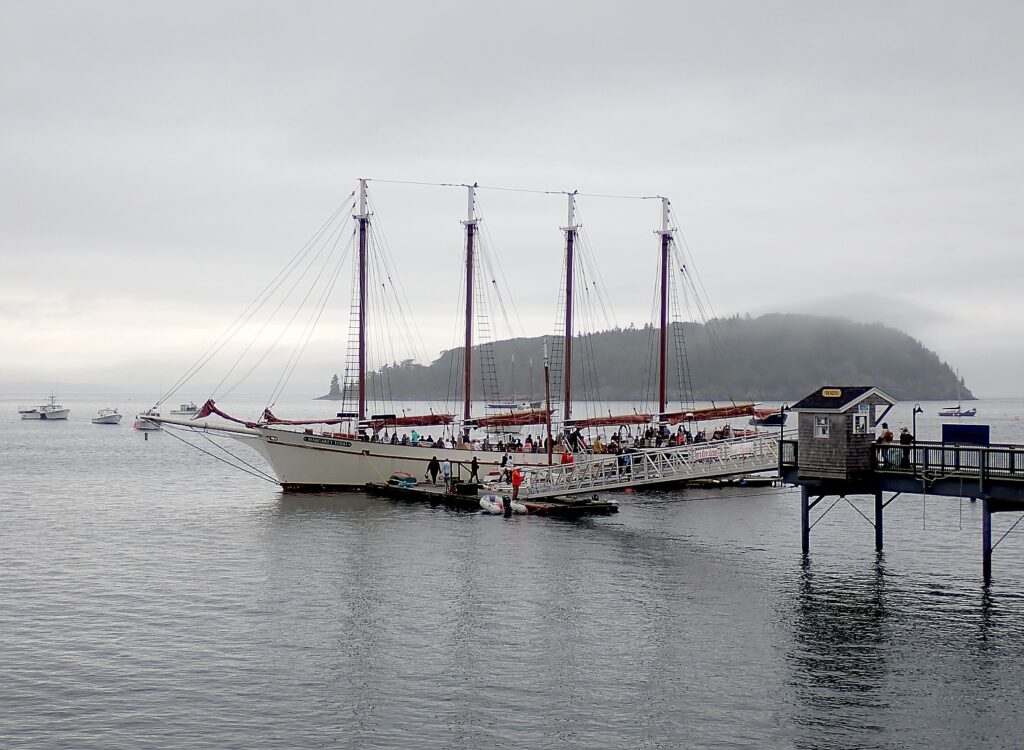
Both our guides, Cindy Burke and Tom Walsh are long-time veterans and particularly of this Coast of Maine itinerary, and filled us with marvelous insights into the history and people of the island, as well as point out specific parts of that day’s ride. And they have a particular challenge, having to re-jigger the rides inside Acadia after June storms forced the closure of the Eagle Lake carriage roads.
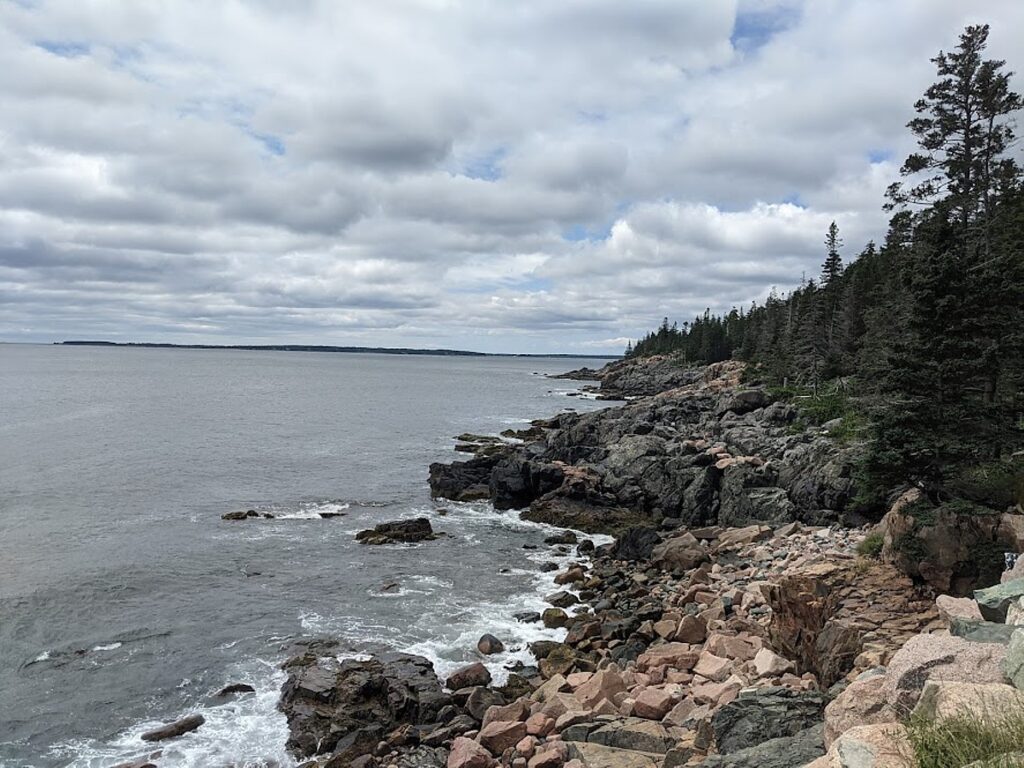
Being able to ride at our own pace is key. At the most popular Acadia sights and overlooks – like Sand Beach, Thunder Hole, Bubble Pond, Cadillac Mountain (where cars now need a timed reservation even to drive up), I can just get off my bike and strut over and spend as much time as I like, as when I wait and wait to try to get a photo of a whale’s geyser-like burst of water we spot offshore at Thunder Hole (at high tide, it is said to sound like thunder, but Cindy says most of the time it is a gurgle). Or when I just stop along the road to watch a lobsterman collect the lobsters, throwing back the ones that did not meet the rigid bigger-than-3.5-inches-and-smaller-than-5-inches regulations, and when I just want to get a better image of the stacks of lobster traps and realize Tom is waiting patiently (no judgment!) on the road until I continue the ride.
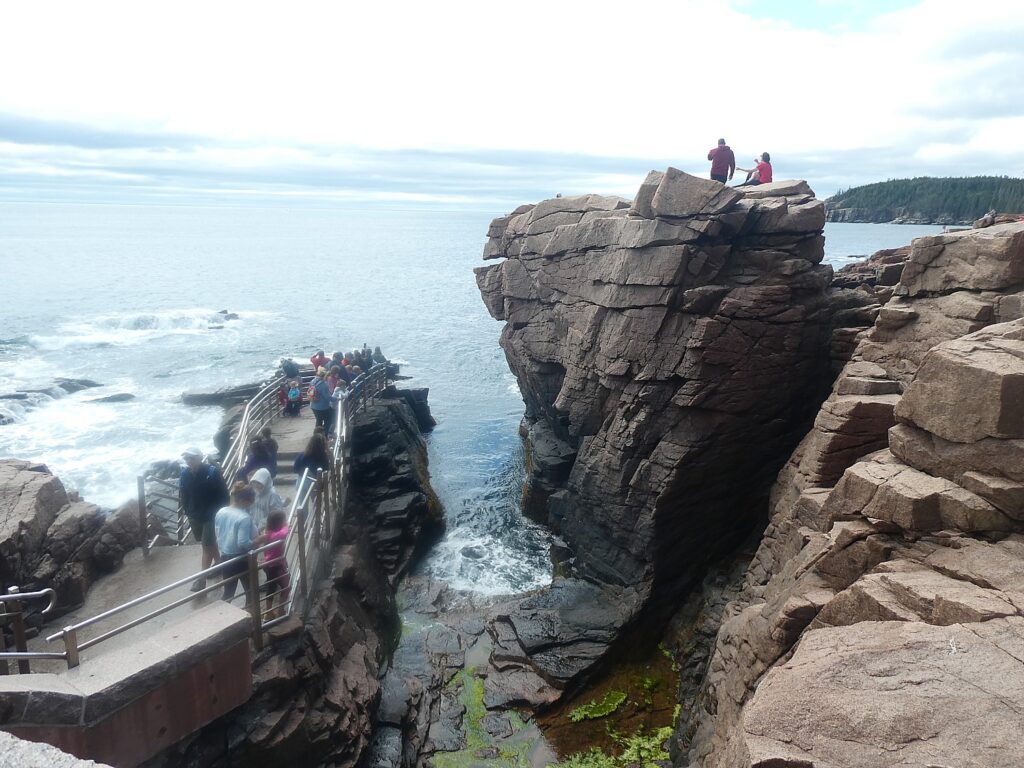
On our first day, we are encouraged to arrive by 1 pm for an orientation, getting fitted to our bikes, and then an optional 9.9-mile “Schooner Head Overlook Warm-up Ride” on the Park Loop Road in Acadia – except that it is raining. We decide to do it anyway and even when the rain becomes a real downpour, it is wonderful fun (and so fantastic to go into the Bar Harbor Inn’s heated pool and hot tub after). And it shows us, yes, we can ride hills in the rain!

For our Day 2 ride, we are ferried in the van to the start at Seal Cove Auto Museum, where they have pre-arranged our admission. I walk in and am completely enthralled. The museum has an outstanding collection that includes automobiles that are the last of their kind (a 1913 Peugeot is worth $3-5 million; a 1905 Pierce Great Arrow is very rare). But what makes the visit even more fascinating is its special exhibit, “Engines of Change: A Suffrage Centennial.”
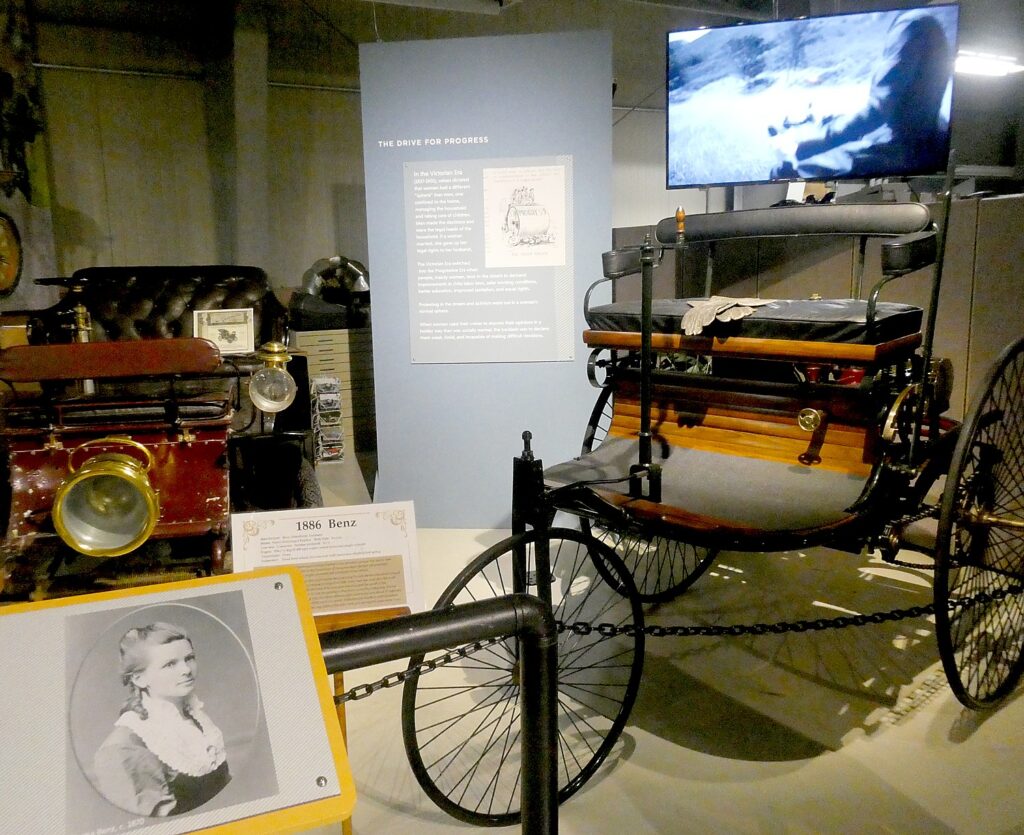
Here I learn that Bertha Benz, inventor, business partner and wife of Karl Benz, got fed up with her husband’s endless tinkering so on August 5, 1888, grabbed her children and became the first person to drive an automobile over a long distance (65 miles), field testing the Benz Patent-Motorwagen. Her trip brought worldwide attention for the vehicle and got the company its first sales. (We actually see the 1886 Benz Patent-Motorwagen in the exhibit.)
The notes for the exhibit are fabulous: “In 1873, Harvard doctor Edward Clarke claimed that stimulating a woman’s brain would enfeeble her reproductive organs. Later, when automobiles were invented, it was a common belief that they were far too complicated for women to operate.”
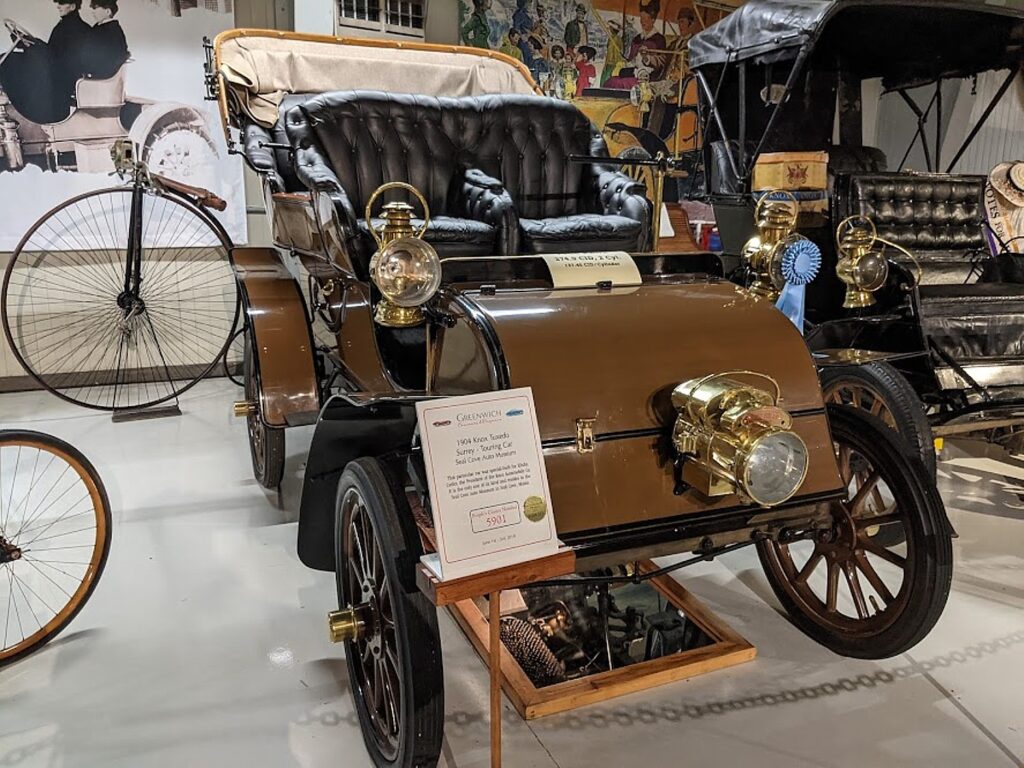
Indeed, by giving women mobility, independence and an opportunity to demonstrate their capability, bicycles and automobiles were the “engines of change” that directly resulted in liberating women and winning the right to vote. Indeed, automobiles were even used in petition drives (we see examples of these cars and photos in the exhibit).
“Before 1900, few women would have had Bertha Benz’s access to an automobile. They did, however, gain greater geographic freedom through the invention of the safety bicycle in the 1880s…Early suffrage leaders credited the bicycle with doing more for women’s emancipation than anything else in the world. Women could more easily go beyond the limited areas where they could walk. This glimpse of a larger world appealed to many women and paved the way for embracing the automobile.”
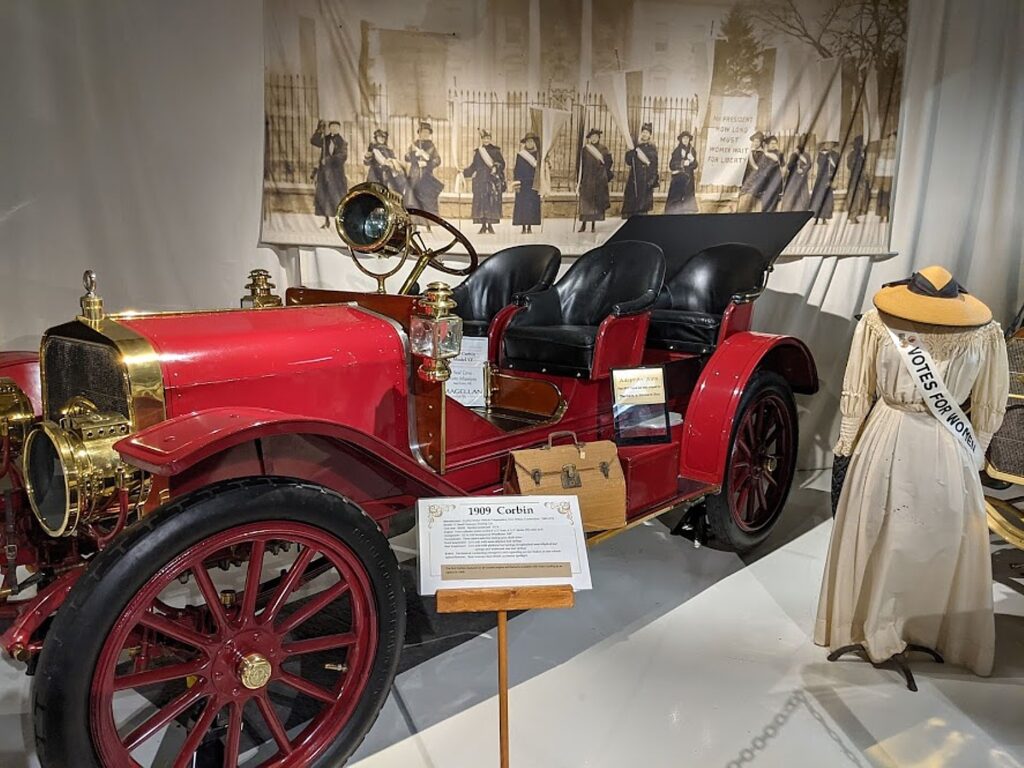
“A girl who rides a wheel is lifted out of herself and her surroundings,” Ellen B. Parkhurst wrote ca. 1890. (Bicycles also paved the way for new, liberating fashion – bloomers, bicycle pants, and pants that converted to a skirt.)
“The bicycle did more for woman’s equality than anything” and automobiles further bolstered that. On the other hand, the notes say, “the 1917 Spanish flu almost put suffrage out of business.
Meanwhile, automobiles were designed to appeal to women – the electric automobile was clean, noiseless, and slow, versus the fast, loud, gasoline cars oriented to men. (Seal Cove Auto Museum, 1414 Tremond Road, Seal Cove, Maine, 207-244-9242, sealcoveautomuseum.org).
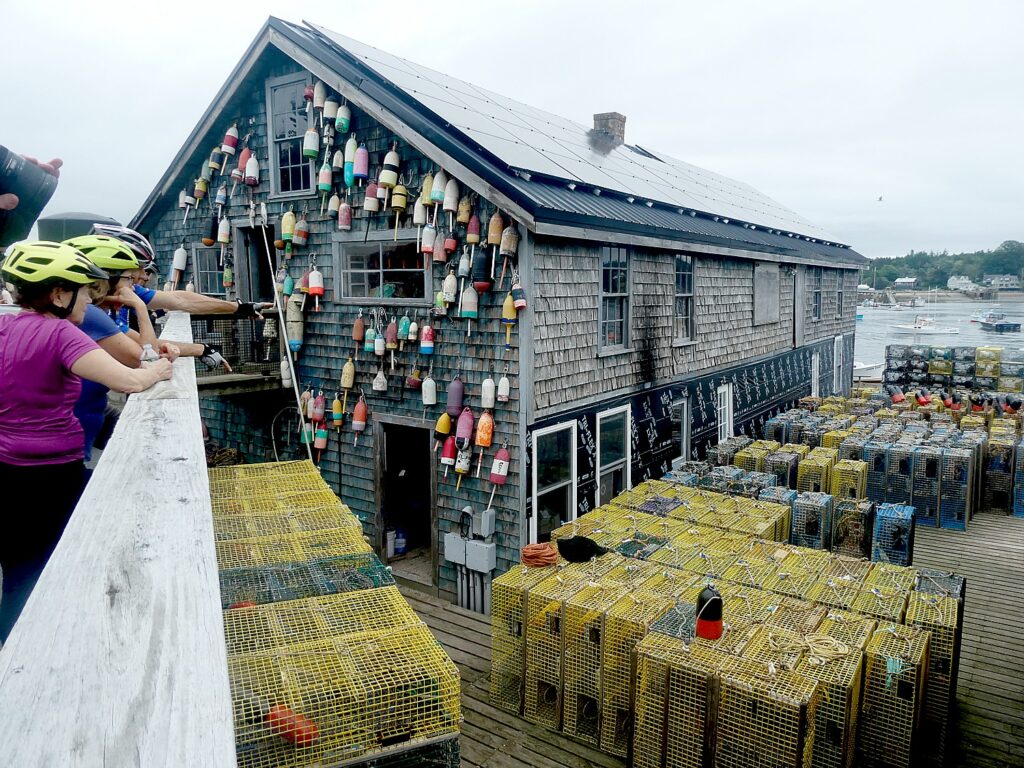
I spend a fair amount of time in the museum before heading out for the day’s mile ride, which takes us to charming coastal villages. A stunning scene is at Thurston’s Lobster Pound.
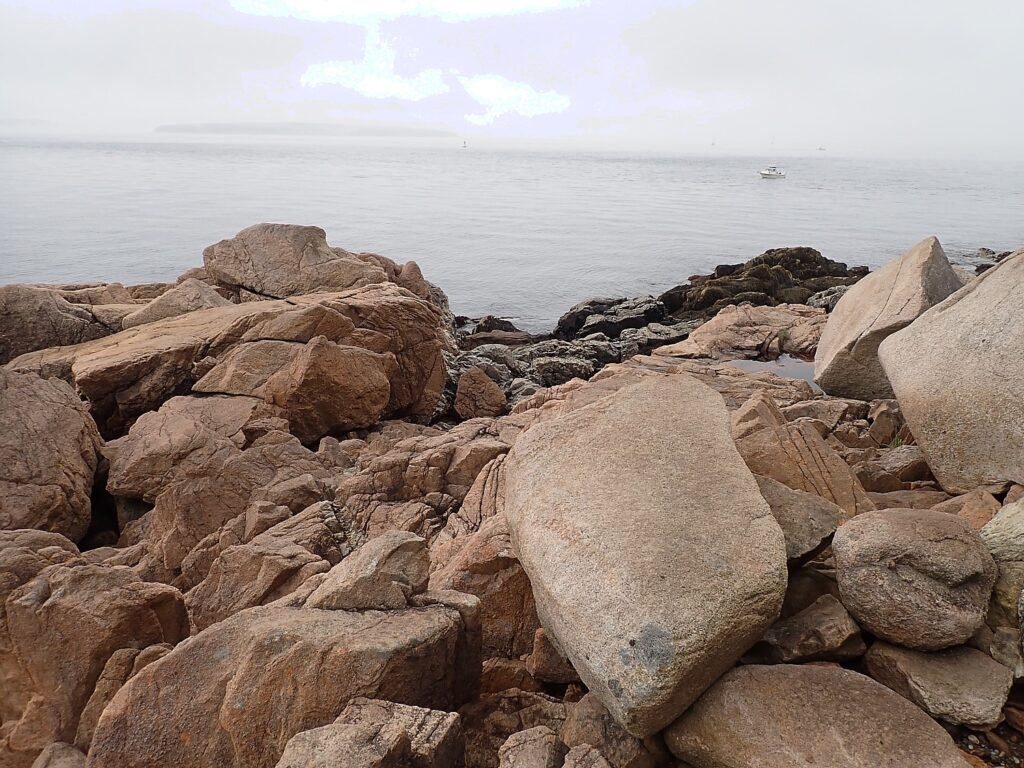
Another highlight is the Bass Harbor Head Lighthouse, the only lighthouse within Acadia National Park (one of the most photographed in Maine). I walk a beautiful trail to a rocky area below the lighthouse where you have to scramble over the boulders to get any view at all of the Lighthouse (the best view here would have been to get further down to the water, but it starts to rain again).
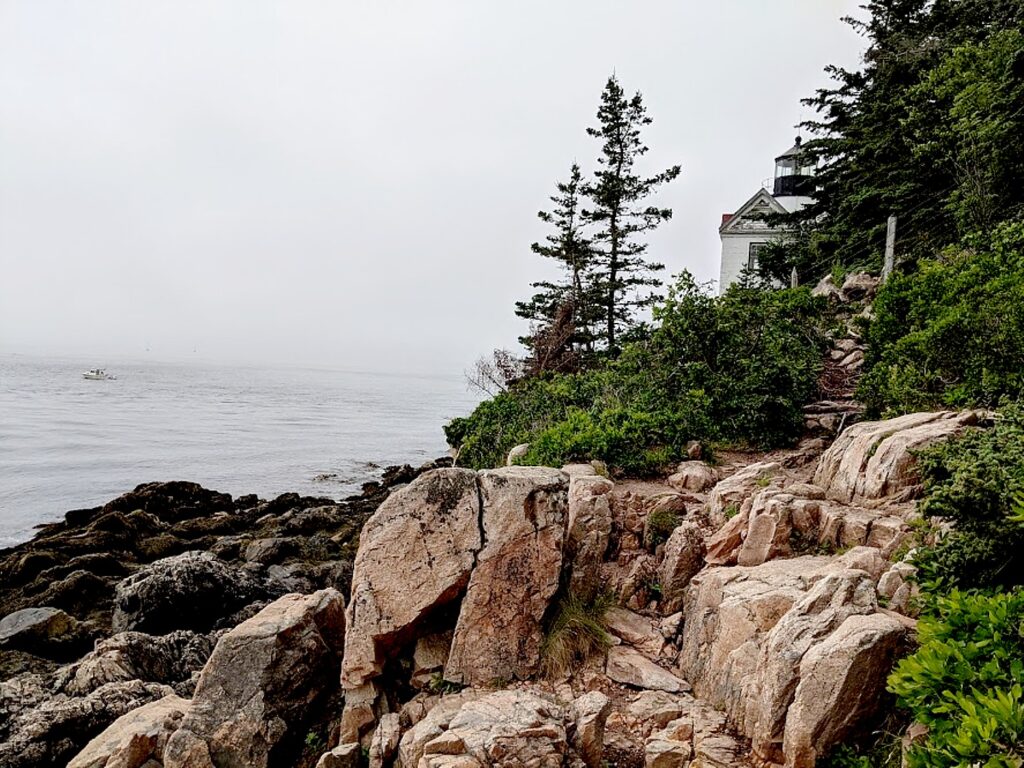
I continue riding, stopping to hike the Ship Harbor trail, pass by the Wonderland Trail, and ride into the scenic Seawall picnic area, where, we are told, Nor’easters have been so powerful, they spray the rocks onto the road.

Our ride ends in charming Southwest Harbor, where the van returns us to the Bar Harbor Inn.
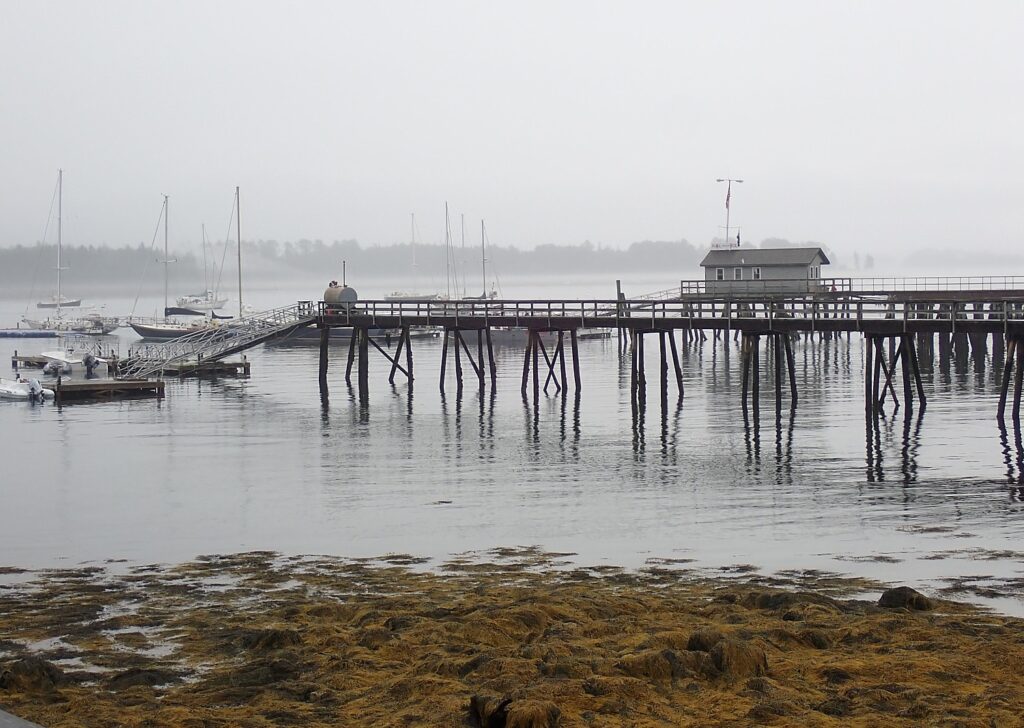
Almost all the rides include Acadia on the Park Loop road and on the marvelous carriage trails.
Built so that horses pulling carriages would not be strained (we even see one of the carriages as it returns to the stables in the park), much like rail-trails, they are not particularly steep but are a bit steeper and hillier than rail-trails. A good portion of the rides are also on the roads which can have longer, somewhat steeper climbs.
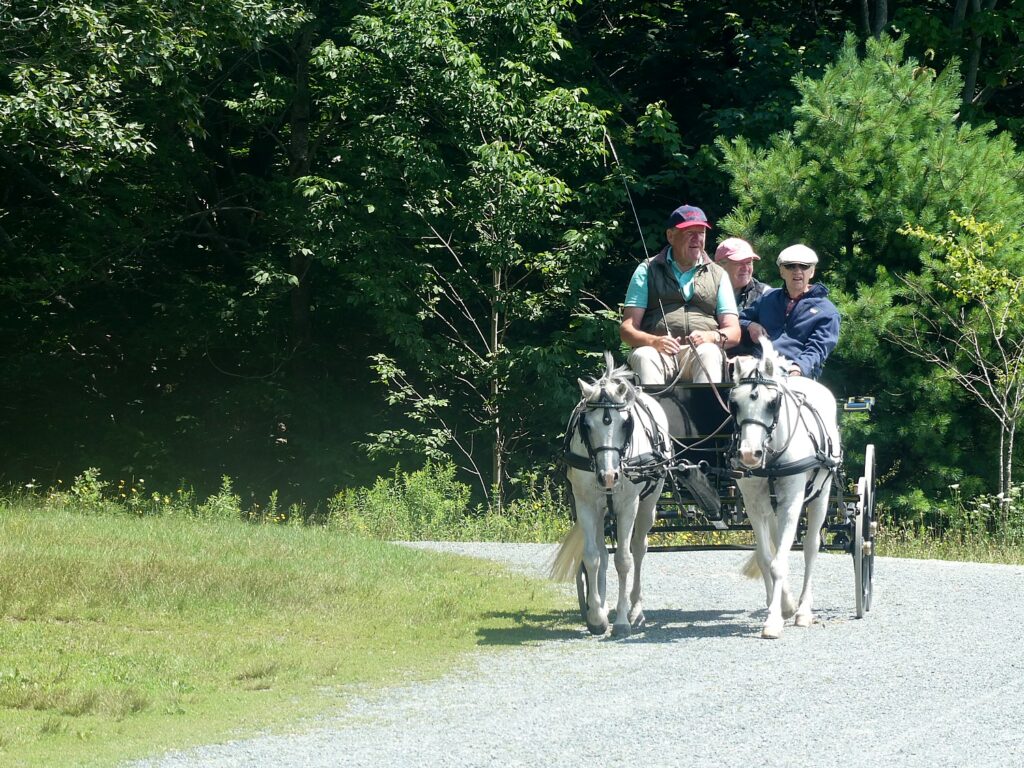
There are 45 miles of gravel carriage trails in Acadia – the gift of philanthropist John D. Rockefeller Jr. who wanted to travel on motor-free byways through the mountains and valleys by horse and carriage. Today, the opportunity to bike through forest is one of Acadia’s special draws.
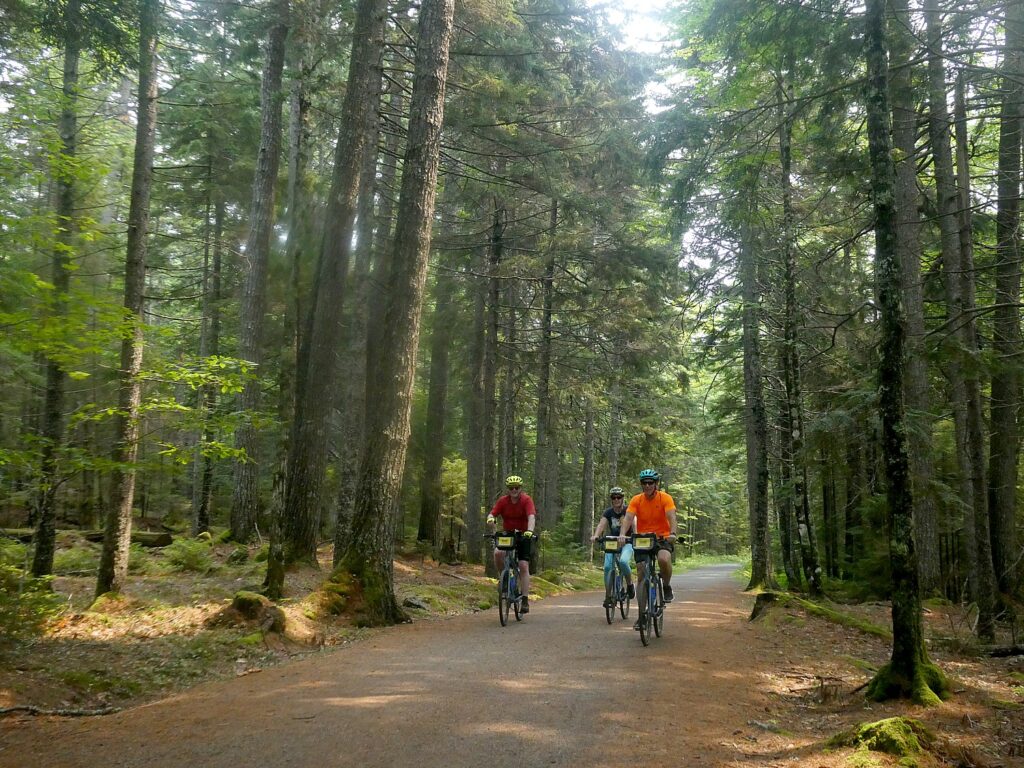
Constructed between 1913-40, the roads were designed to preserve the line of hillsides and save trees, align with the contours of the lands, and take advantage of scenic views – hence the ups and the downs. Some 16 feet wide, they are in the style of broken-stone roads commonly used at the turn of the 20th century. Tom points out the magnificent architecture of the stone bridges that span streams, waterfalls, motor roads and cliff sides (there are 17 of them), the two gorgeous gate lodges, and the granite coping stones used as guardrails that line the roads (which Rockefeller complained were too precise, not natural enough), affectionately nicknamed “Rockefeller’s teeth.”
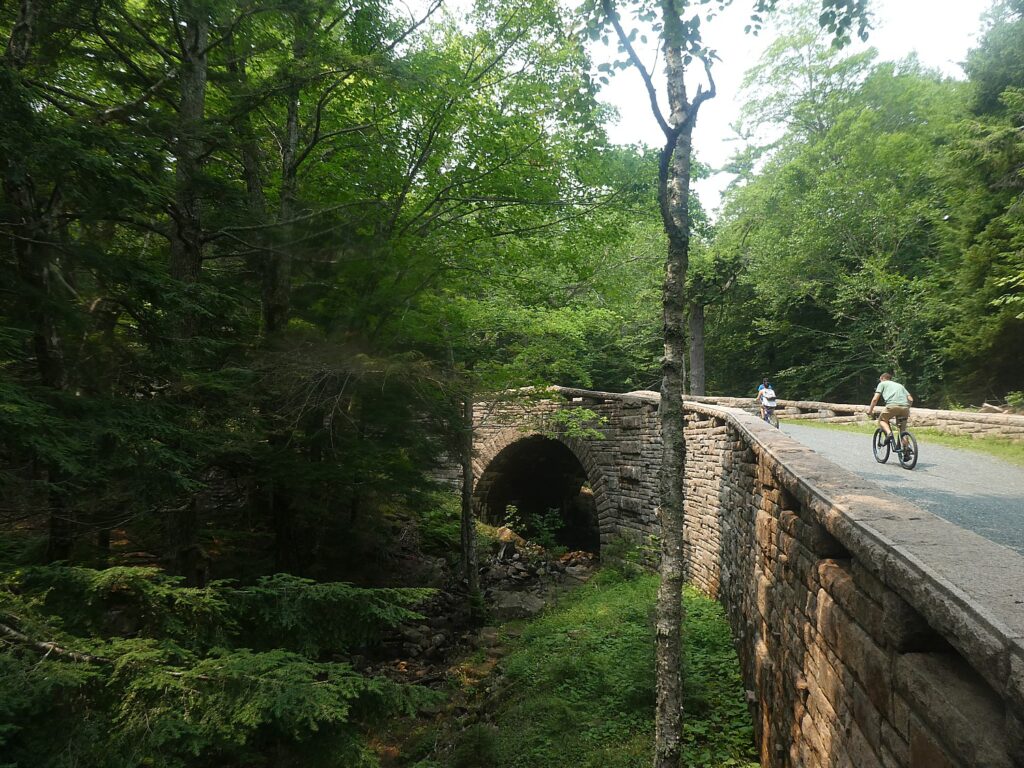
Tom and Cindy had to re-jigger rides almost on the fly because sections of the carriage roads (notably the Eagle Lake carriage roads) they normally ride are closed for re-construction after a major June storm (but we hardly noticed, though I had to almost sneak through a barrier to get a photo of picturesque Eagle Lake). Of the 47 miles of carriage roads, Tom estimates we bike almost half. (I try to imagine how I would have figured out where to go in Acadia without their route maps that say, “Sharp left onto Around-Mountain Carriage Road, Post #14. Stay right at Post #1, right at Post #20, left at Post #19, right at Post #18, Left on Post #13, Left on Post #11, straight at Number #6”)
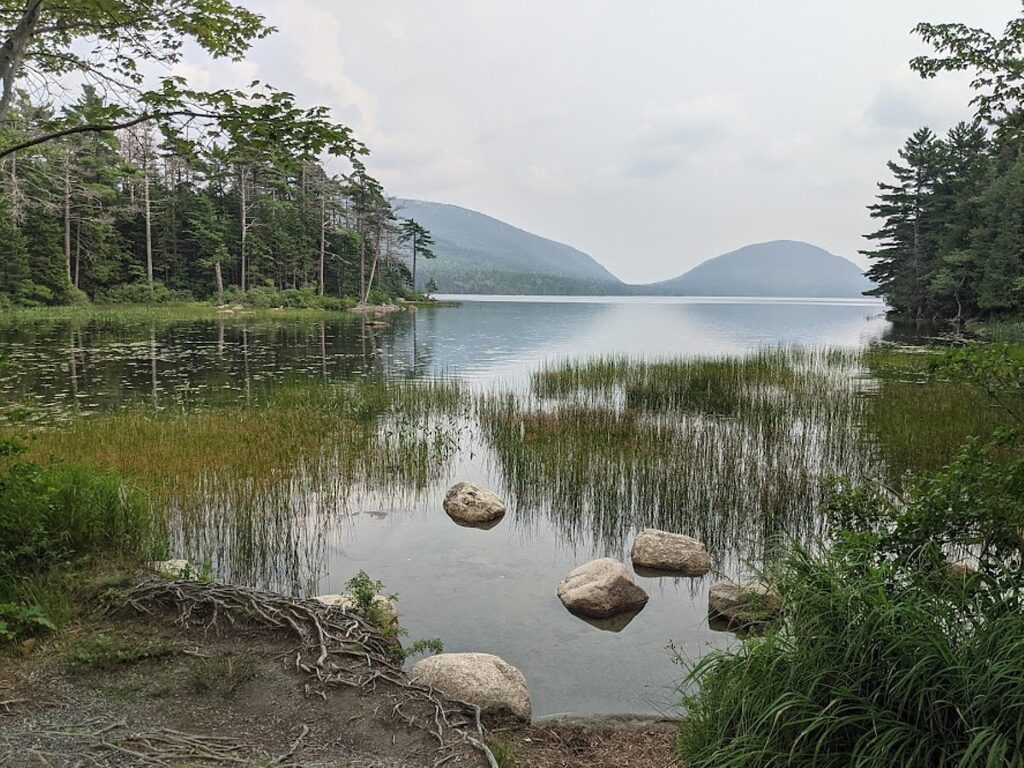
Day 3’s ride also begins with us being ferried to the start – on the “quiet side” of Mount Desert Island, for a delightful ride along the scenic coastal Sargeant’s Drive, passing lovely “cottages” into Northeast Harbor, a quick visit to the Asticou Azalea Gardens before we enter Arcadia National Park and ride the Carriage Roads. We get to the renowned Jordan Pond House (famous for popovers, but the crowds are ridiculous) and here we can choose to take an 8.2 mile extension to Day Mountain, with a 694-foot elevation. (No one does the extension because there is some possibility of rain.)

Wednesday, Day 4, breaks up biking with a sensational day of kayaking and hiking. National Park Sea Kayak Tours does a marvelous job. We kayak about 6.5 miles, spotting harbor seals, porpoise, loons, bald eagles, and are back just in time for low tide which lets us walk the land bridge to Bar Island. (There is something very magical about a land bridge appearing every day, then disappearing back under the water, especially so when as we return, fog rolls in, blanketing the scene.). Walking back to the Bar Harbor Hotel, you see the same image as depicted in the historic photos, from the 1940s.

Day 6 (Friday), which is the getaway day, offers a mild 10-mile ride on the Duck Brook Carriage Roads, passing beaver ponds and the scenic Eagle Lake. I take my time, really taking in the landscapes.
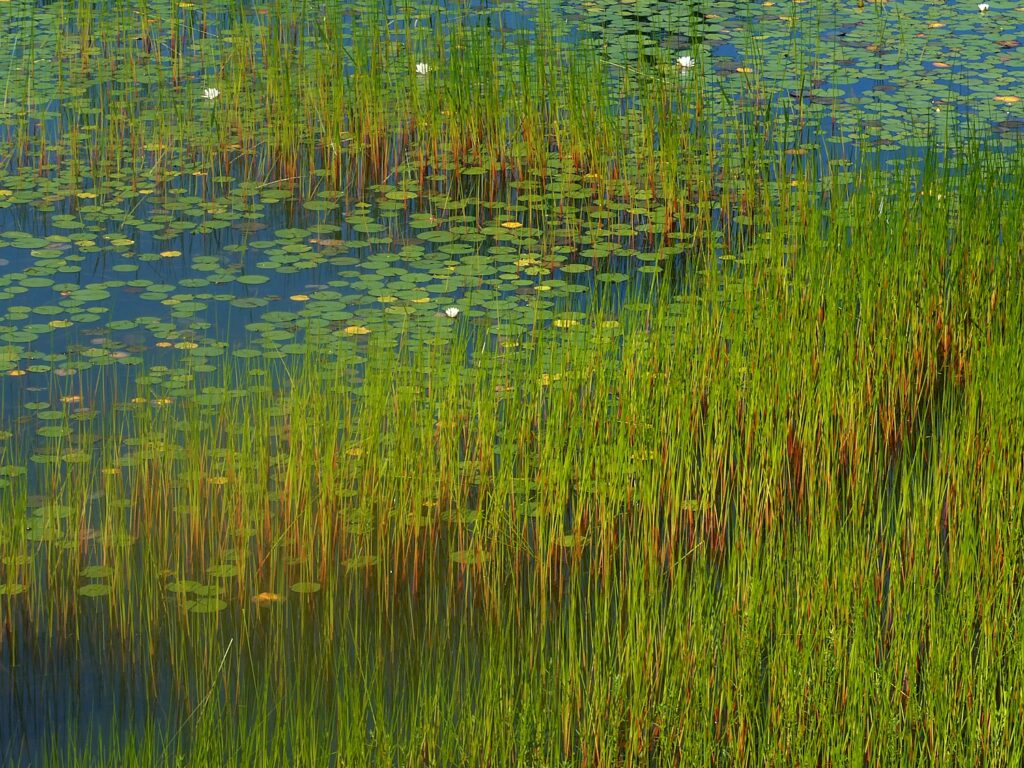
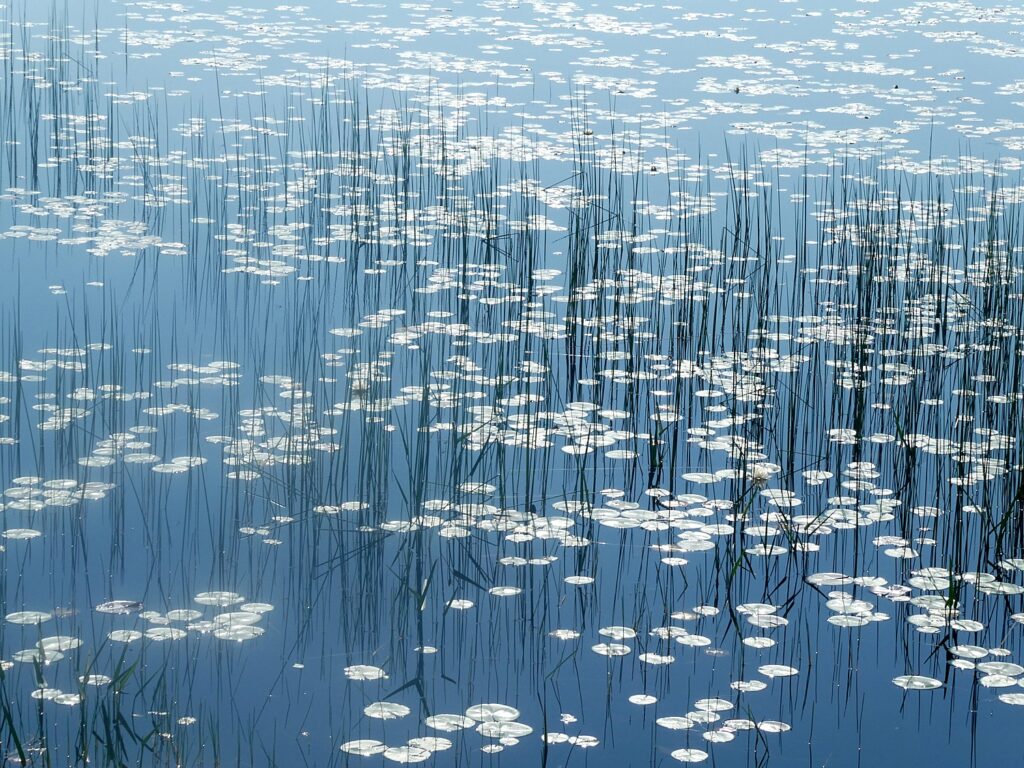
But before, they have organized a ride up to Cadillac Mountain for sunrise, which means meeting at the van by 4:30 am (my phone dies and I miss the wake-up, but get up on my own at 5 am for sunrise, so walk along the shore path).
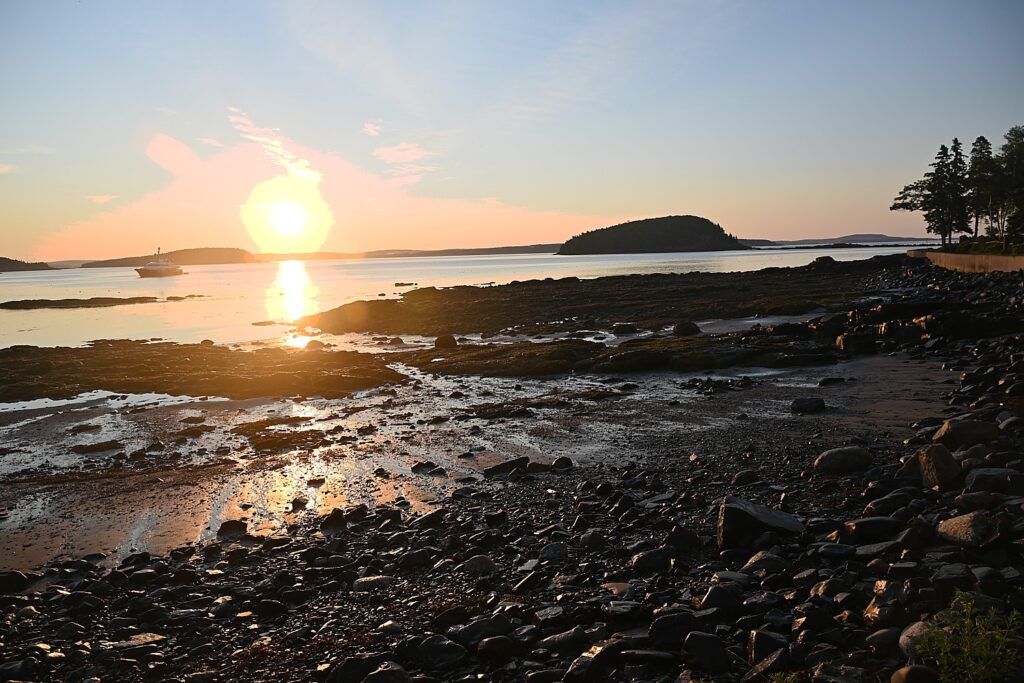
We have enough time each afternoon to really enjoy the historic Bar Harbor Inn (it dates from 1887), which hands down has to be one of my very favorite places to stay in Bar Harbor – luxurious but cozy, exquisitely landscaped, a stunning (heated) infinity pool with one of the prettiest views in the world, a spa, a dining room with picture windows out to the water where we have lavish breakfasts (and a choice to have continental-style breakfast in the pool house), magnificently poised on the point overlooking Frenchman Bay and the Shore Path, walking distance to Bar Harbor’s shops and restaurants, and all our rooms are oceanfront with a balcony (www.barharborinn.com).
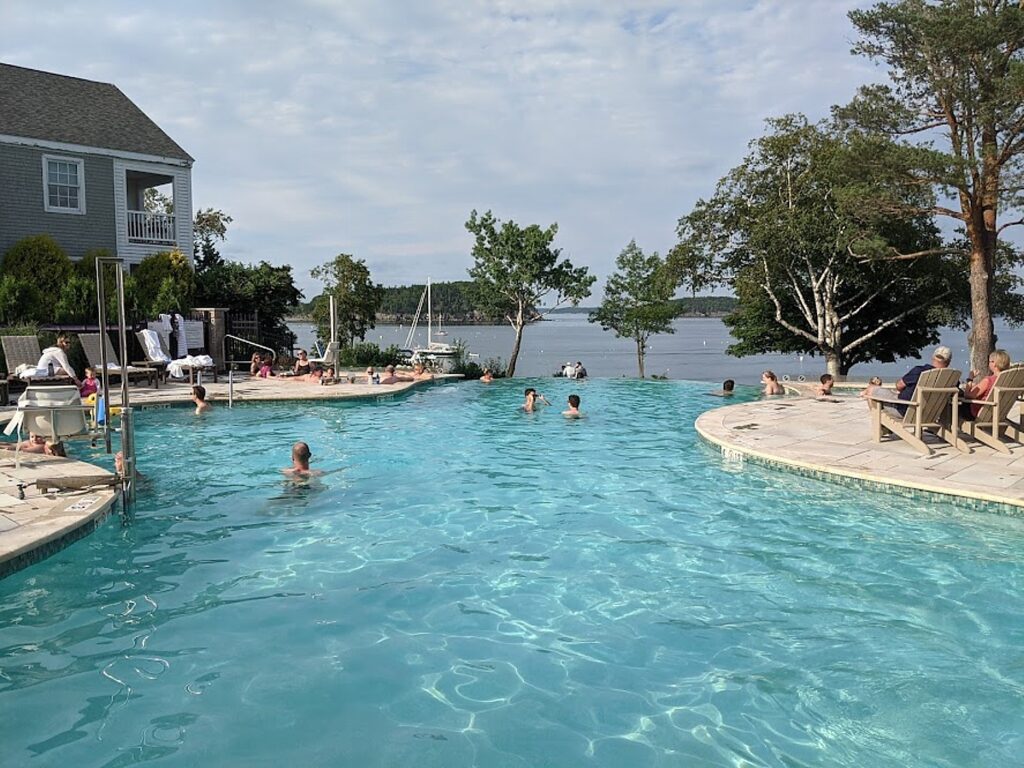
Bar Harbor is bustling – some say it is the busiest summer in this popular tourist town since perhaps forever with people making up for last year and not taking a chance on putting off experiences – but we just breeze passed the crowds and the line of cars. Well, maybe “breeze pass” is an exaggeration. We pedal passed at whatever speed we can muster or choose. Also, because our lodging (in the absolutely gorgeous Bar Harbor Inn) and dinner reservations are booked well in advance, we have both when it is obvious that others, traveling on their own, do not.
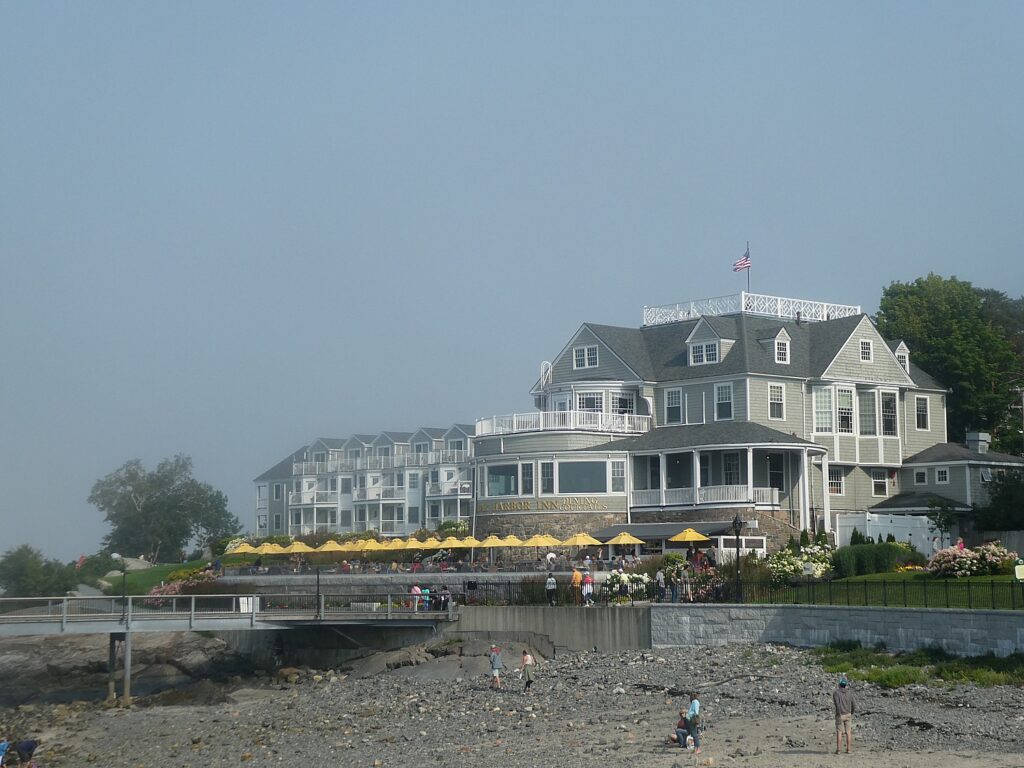
The historic Bar Harbor Inn occupies the most beautiful setting on the point and looks much as it has since 1887 © Karen Rubin/goingplacesfarandnear.com
Cindy, who is a history buff, regales us with wonderful insights into the places we ride: The interesting, if disturbing, history of American Indians on Mount Desert, the Wabanaki (“People of the Dawnland”), consisting of four distinct tribes—the Maliseet, Micmac, Passamaquoddy and Penobscot – who had come seasonally to Mount Desert Island for 12,000 years to hunt, fish, harvest clams, berries and sweetgrass for basket-weaving. In the early 1900s, they had encampments on Bar Island and at West Harbor and sold baskets and goods and performed as Western Indians for tourists at the hotels. “They were allowed to stay because they had stuff the whites wanted,” Cindy says. She recommends visiting the Abbe Museum, which has a partnership with the Smithsonian Institution and holds the largest and best documented collection of Maine Indian basketry and contemporary Wabanaki craft tradition (abbemuseum.org). (I regret not having the time to visit.)
And before we head out on the Day 5 ride, which starts with a turn onto Schooner Head Road, Cindy tells the story of a woman who perished on Titanic. Her house, High Seas, on Schooner Head Road, may be haunted, Cindy says, relating her personal experience.
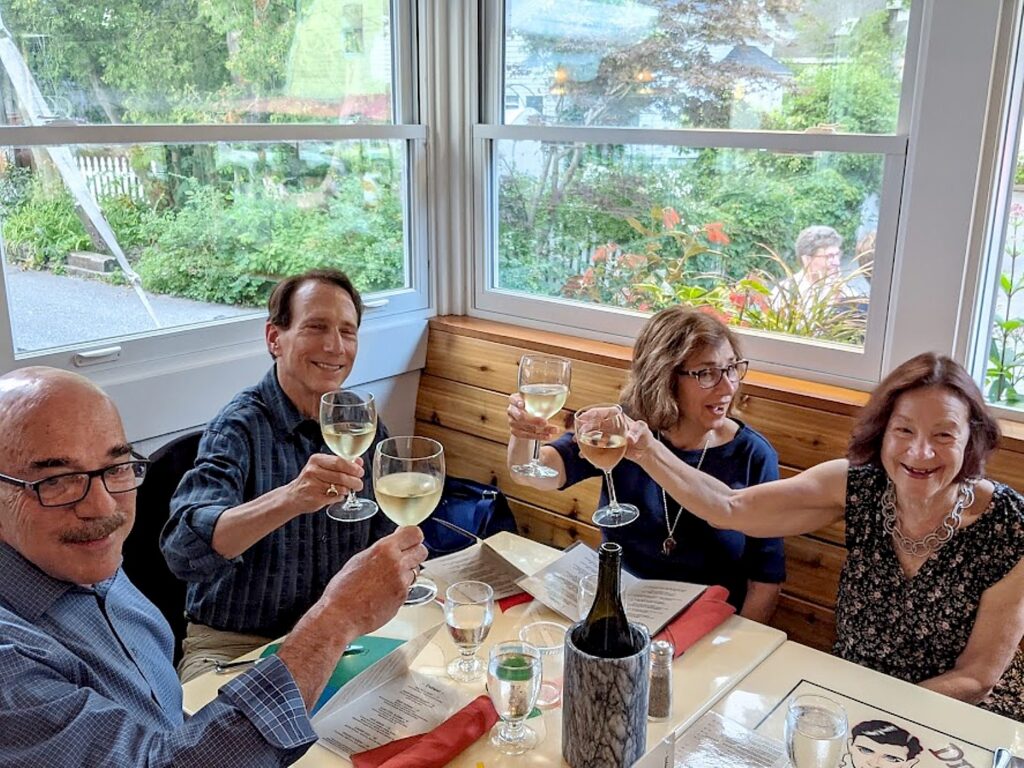
Everything about the Discovery Bicycle tour is topnotch – on three nights, we enjoy wonderful dinners in some of Bar Harbor’s best restaurants and for two of our rides, we are provided box lunches we pre-ordered to take with us.
The ride is billed as “easier to intermediate,” but it is best if you do not expect the rides to be easy or expect that “coastal Maine” has anything “flat.” There are lots of ups and downs – mostly short – and the rides are definitely do-able if you have the right mental framework (“I can do it.”) and the guides do their best to accommodate riders’ ability.
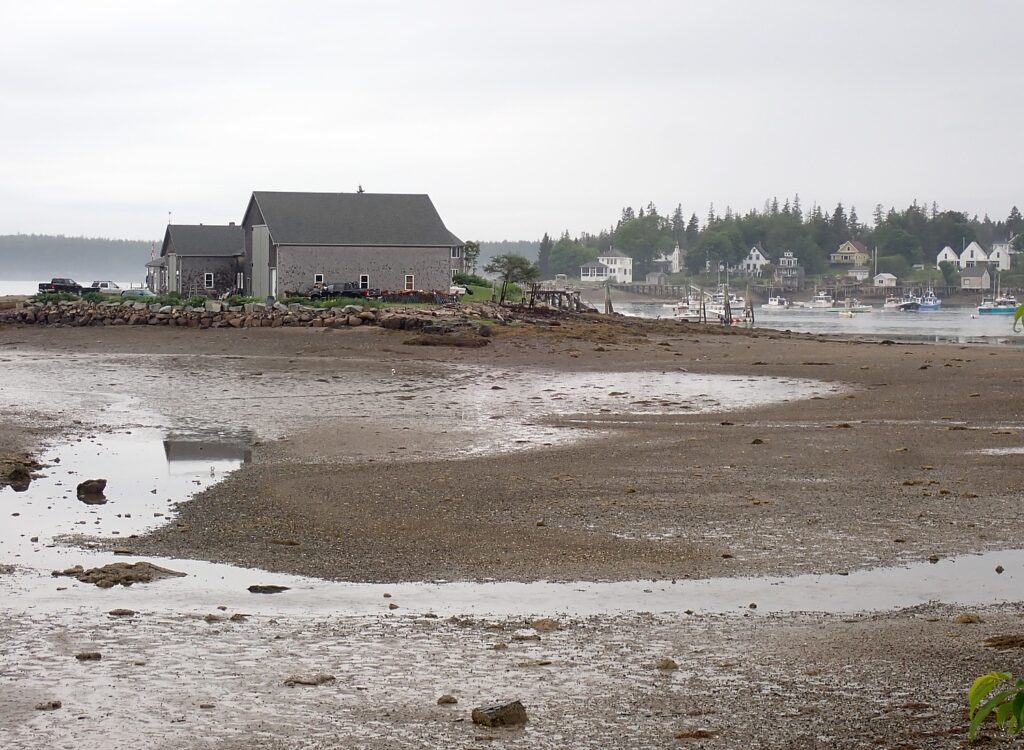
Coast of Maine is a particularly relaxing bike tour – because as much as I enjoy inn-to-inn (or supported camping trips) so that every day you are moving forward to a new destination, this trip spends all the nights at the Bar Harbor Inn. That means we don’t have to pack up each morning to get our luggage out to the van and no matter how thoroughly wet we get, we can luxuriate and relax in a heated infinity pool and hot tub. (Boat/bike tours have the best of both worlds).
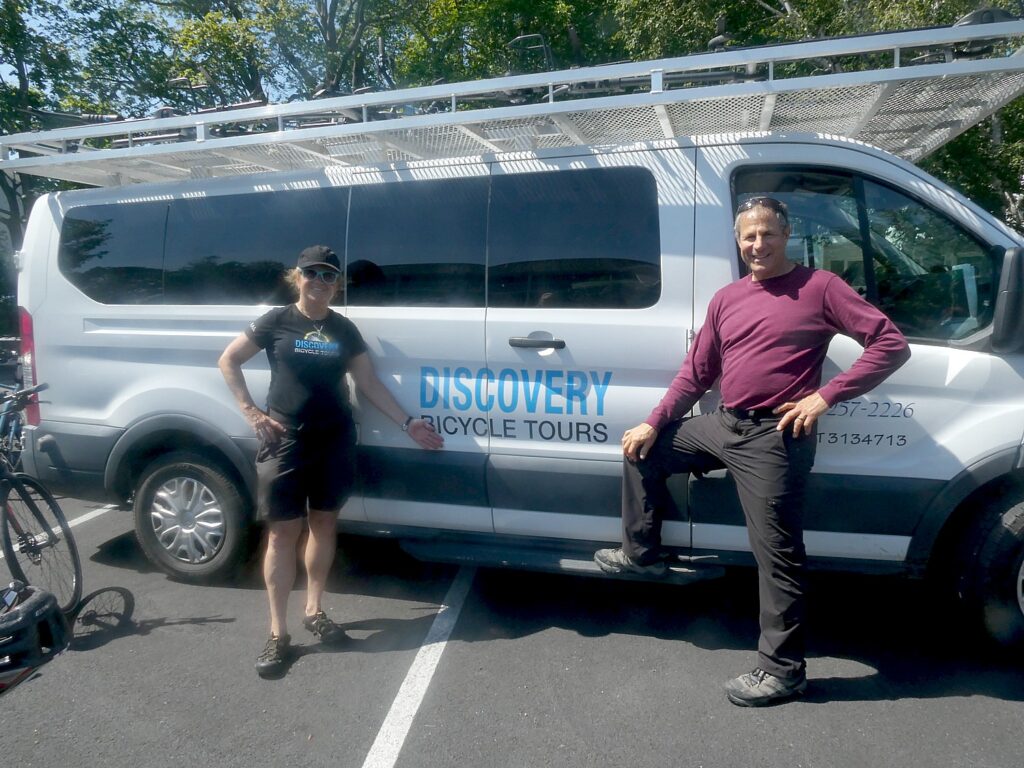
A bike tour is also one of the best ways to enjoy traveling in these times of concern over COVID-19.
Notably, Thistle Cone surveyed all the tour participants as to our COVID-19 vaccine status and reported back to us that we were all fully vaccinated (which I appreciated knowing). A bike tour also maximizes our time out of doors, socially distanced; our hotel rooms all had our own access and really, the only times we were gathered together inside was for breakfast (if we chose), the morning meeting and the dinners in restaurants, which, notably, were also following COVID restrictions of distancing and capacity.
They are also monitoring and reacting to changes in conditions, for example, recently asking guests to wear masks in the van and where social distancing isn’t practical. “The good news is that your tour deposits are completely refundable (with no penalties for changes) until the final payment date. So you can reserve with confidence.”
There are still several departures of the Coast of Maine bike tour this season.
Also, Discovery Bicycle Tours offers what may be the first to design an itinerary on New York State’s new Empire State Trail, from the tip of Manhattan to Albany (the trail continues north to the Canadian border, and connects with the 353-mile east-west Erie Canalway).
In addition, Discovery has bike tours to Cape Cod; Idaho; Mickelson Trail & Black Hills, South Dakota; Tucson & Saguaro National Park; Lake Champlain Islands; Crater Lake & Scenic Bikeways; Texas Hill Country; as well as abroad including Bike & Barge Moselle River; Catalonia Trails; Chile’s Lakes & Volcanoes; Cotswolds & Stonehenge; and New Zealand Trails.
Discovery Bicycle Tours, 2520 W. Woodstock Rd., Woodstock, VT 05091, 800-257-2226, [email protected], www.discoverybicycletours.com.
______________________
© 2021 Travel Features Syndicate, a division of Workstyles, Inc. All rights reserved. Visit goingplacesfarandnear.com, www.huffingtonpost.com/author/karen-rubin, and travelwritersmagazine.com/TravelFeaturesSyndicate/. Blogging at goingplacesnearandfar.wordpress.com and moralcompasstravel.info. Send comments or questions to [email protected]. Tweet @TravelFeatures. ‘Like’ us at facebook.com/NewsPhotoFeatures
